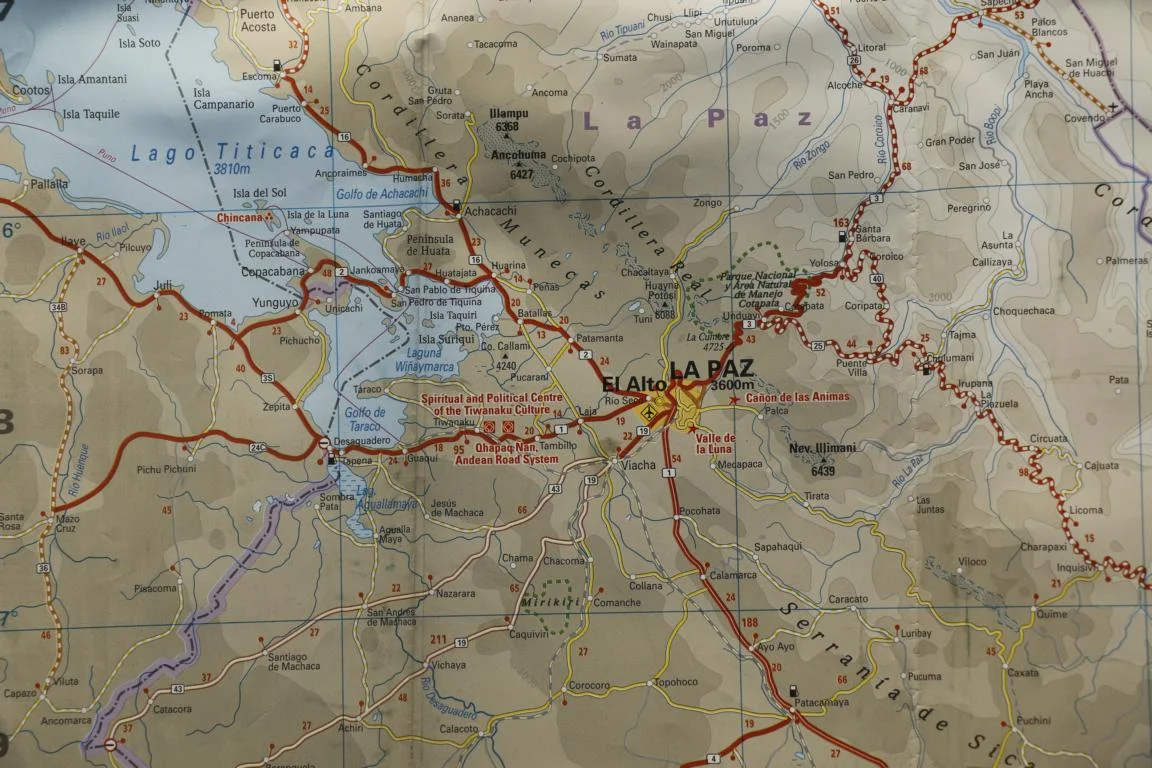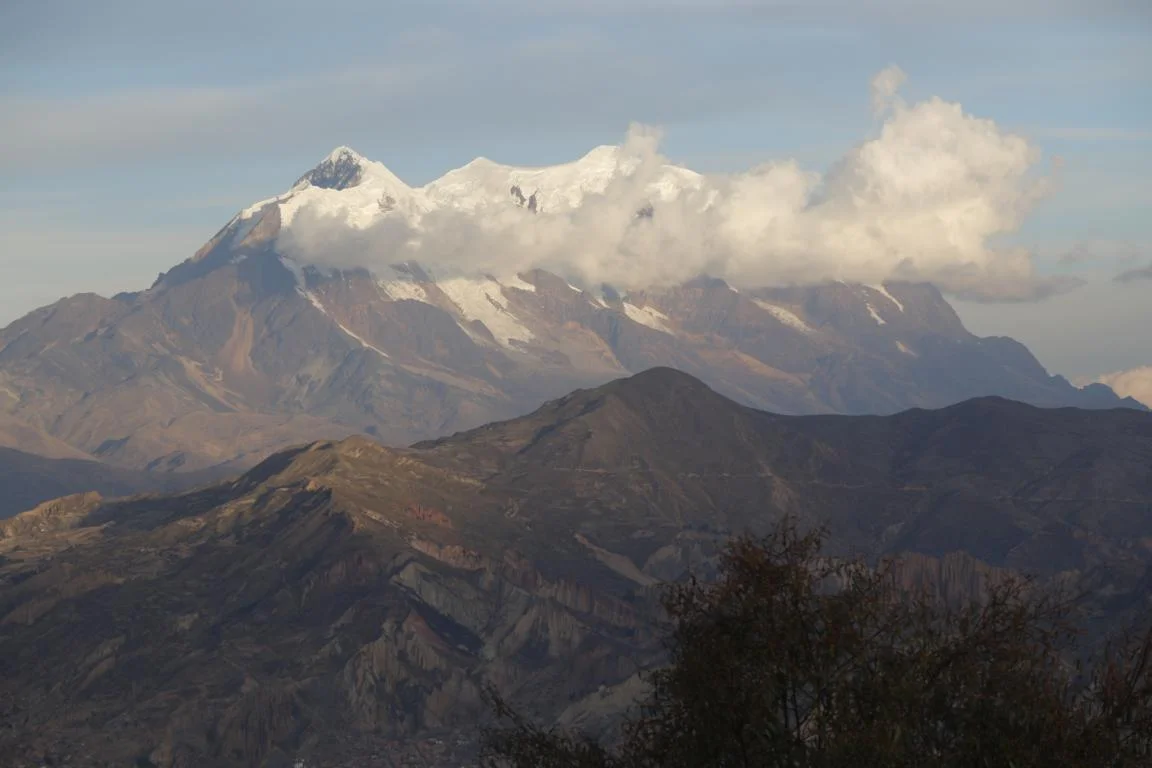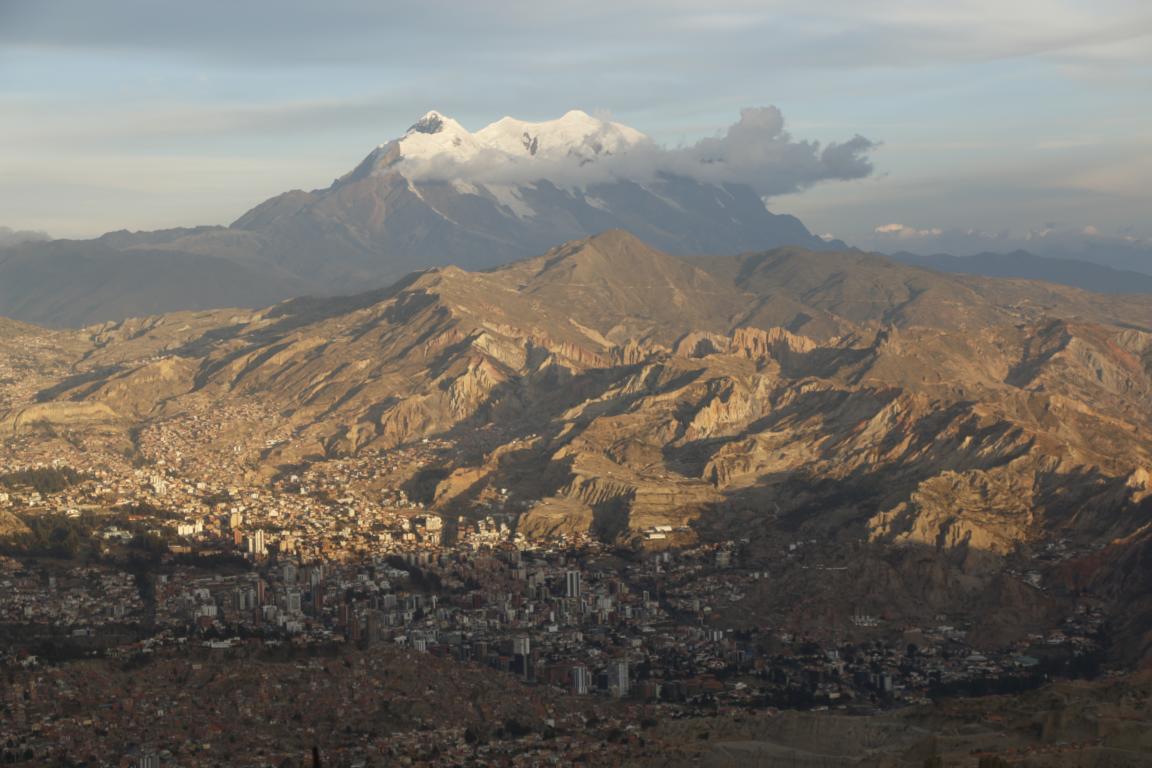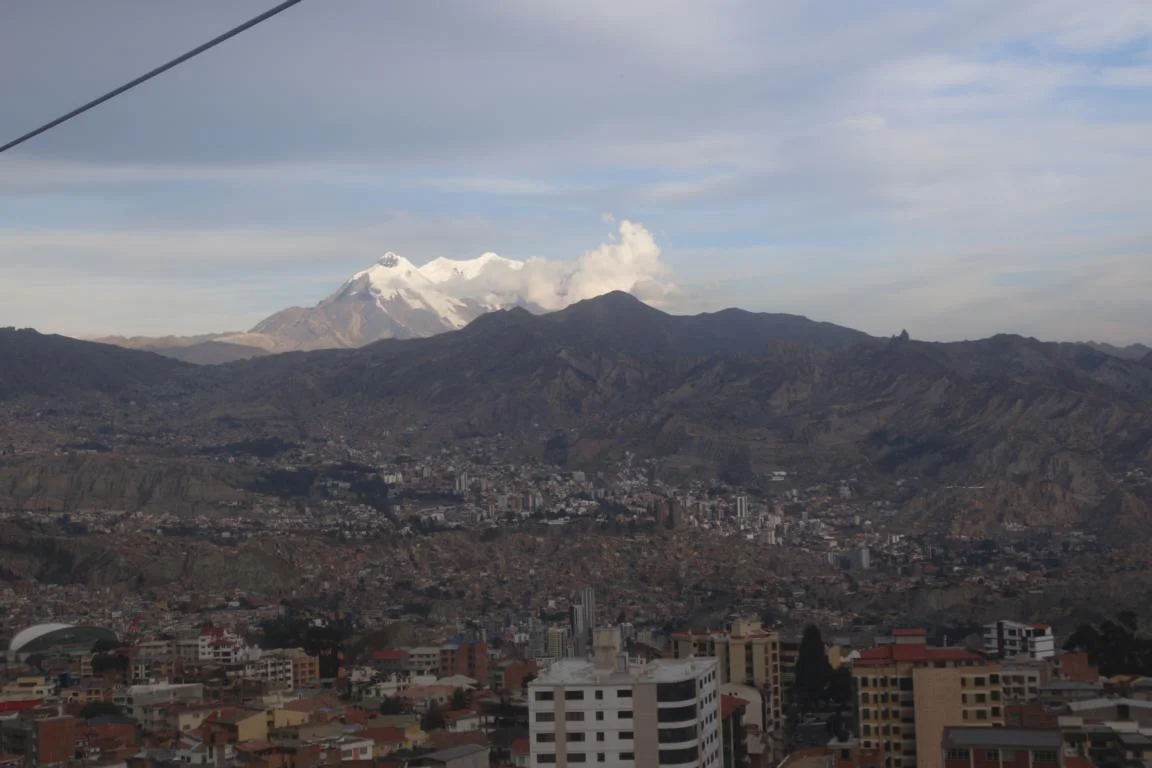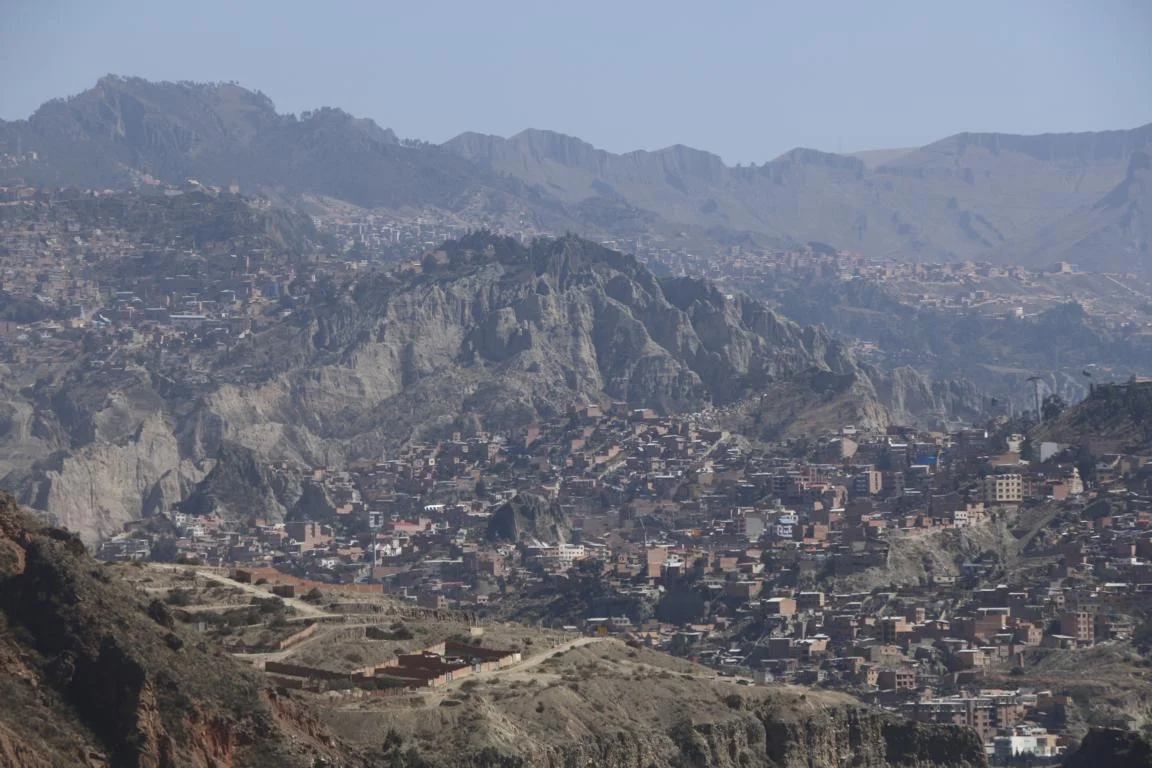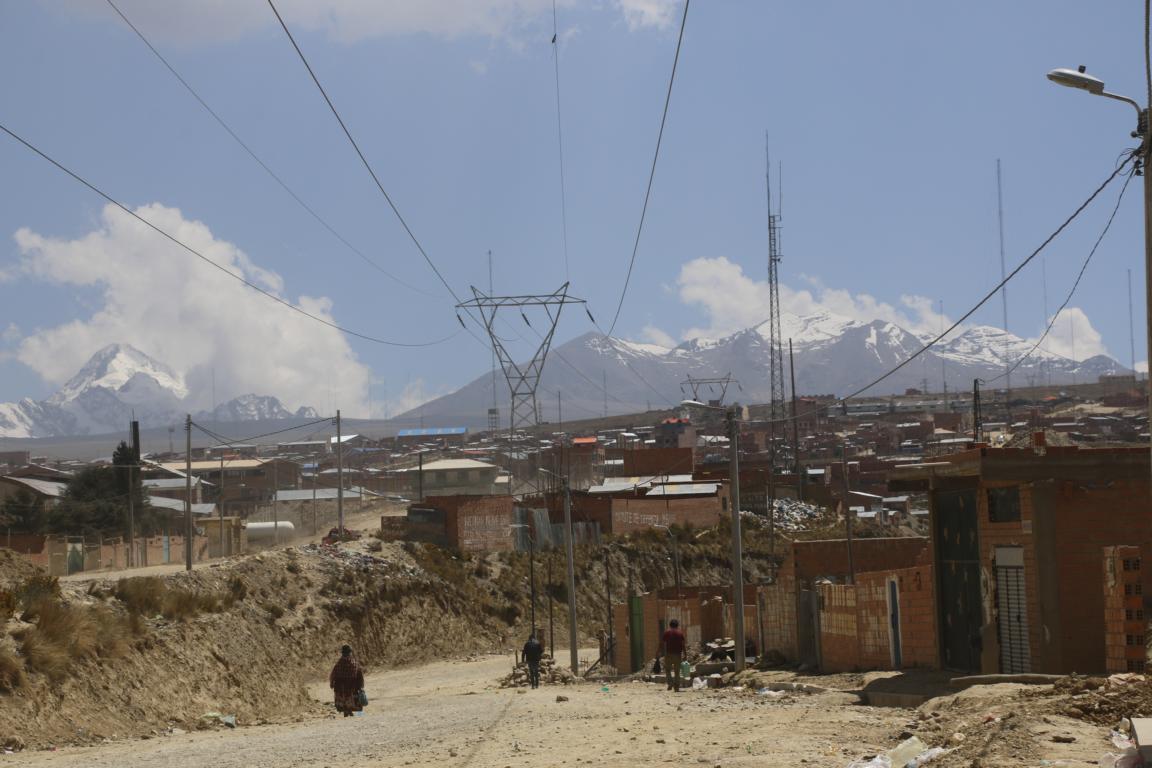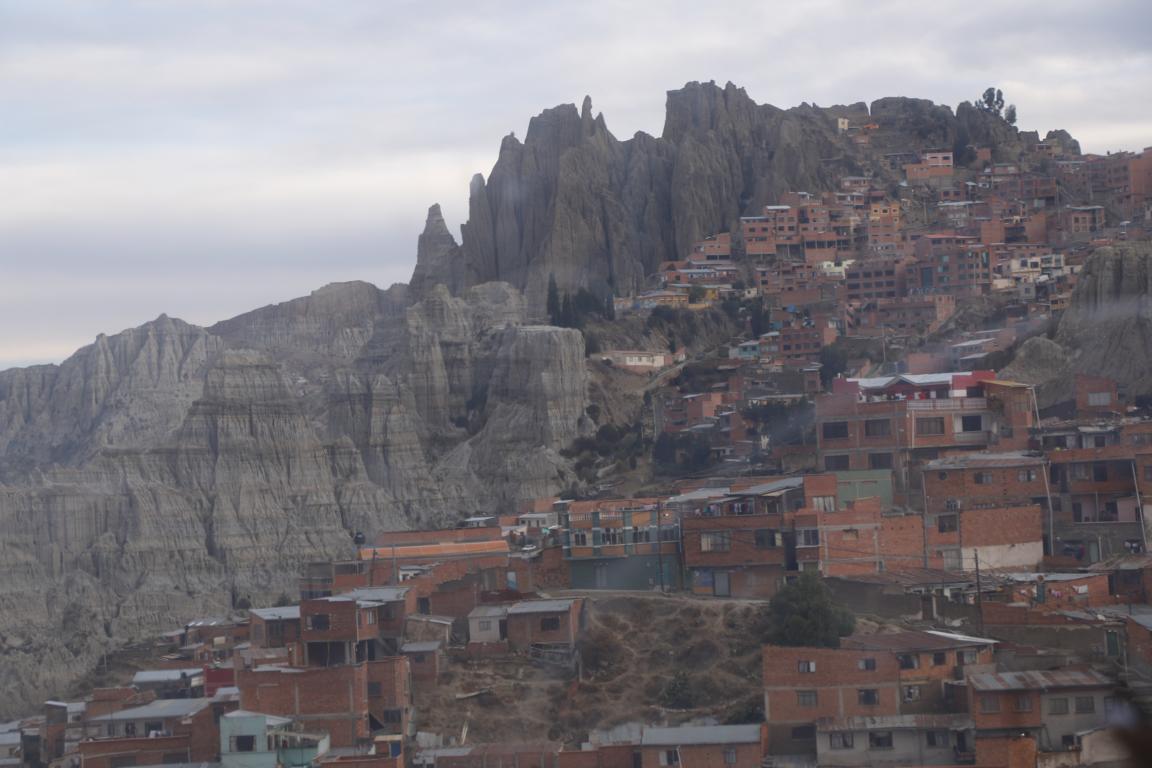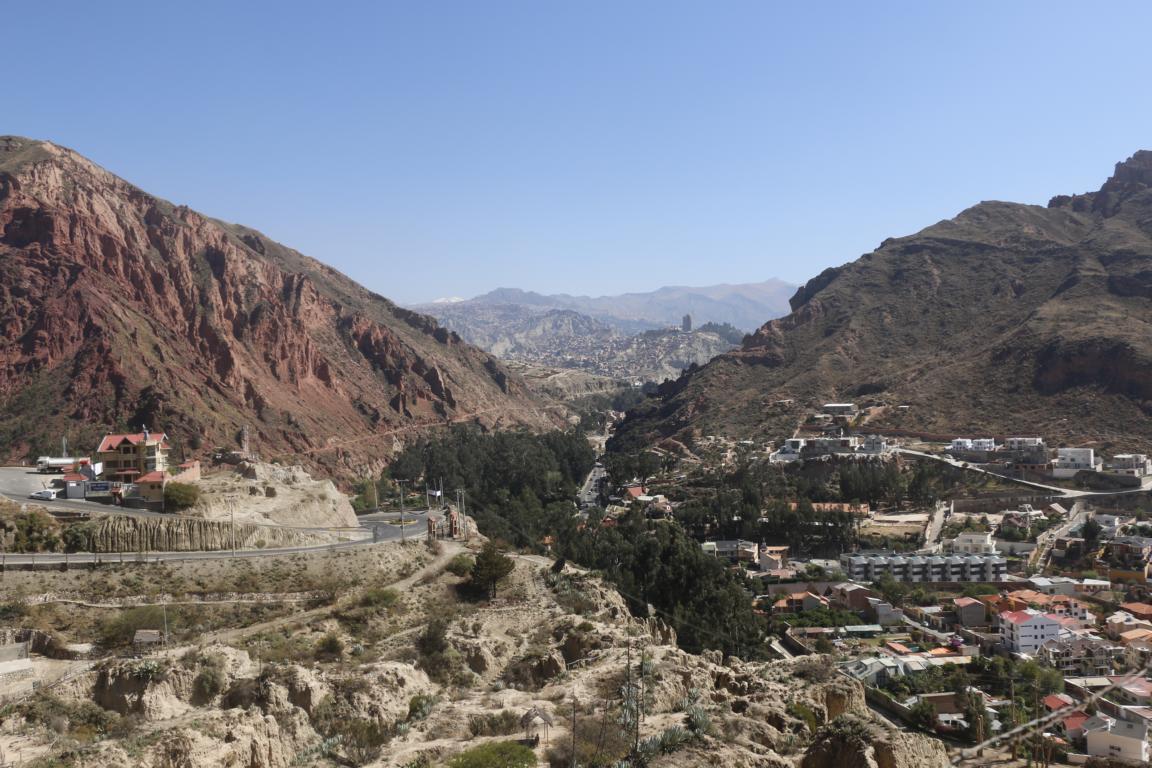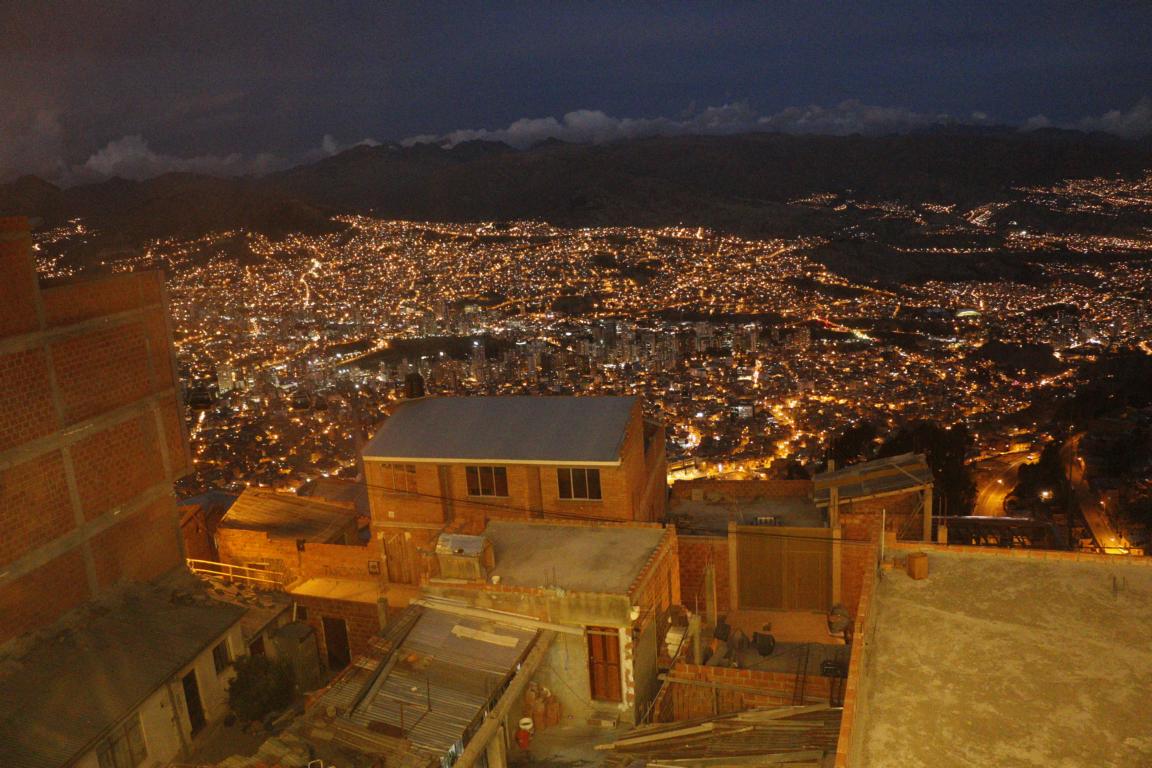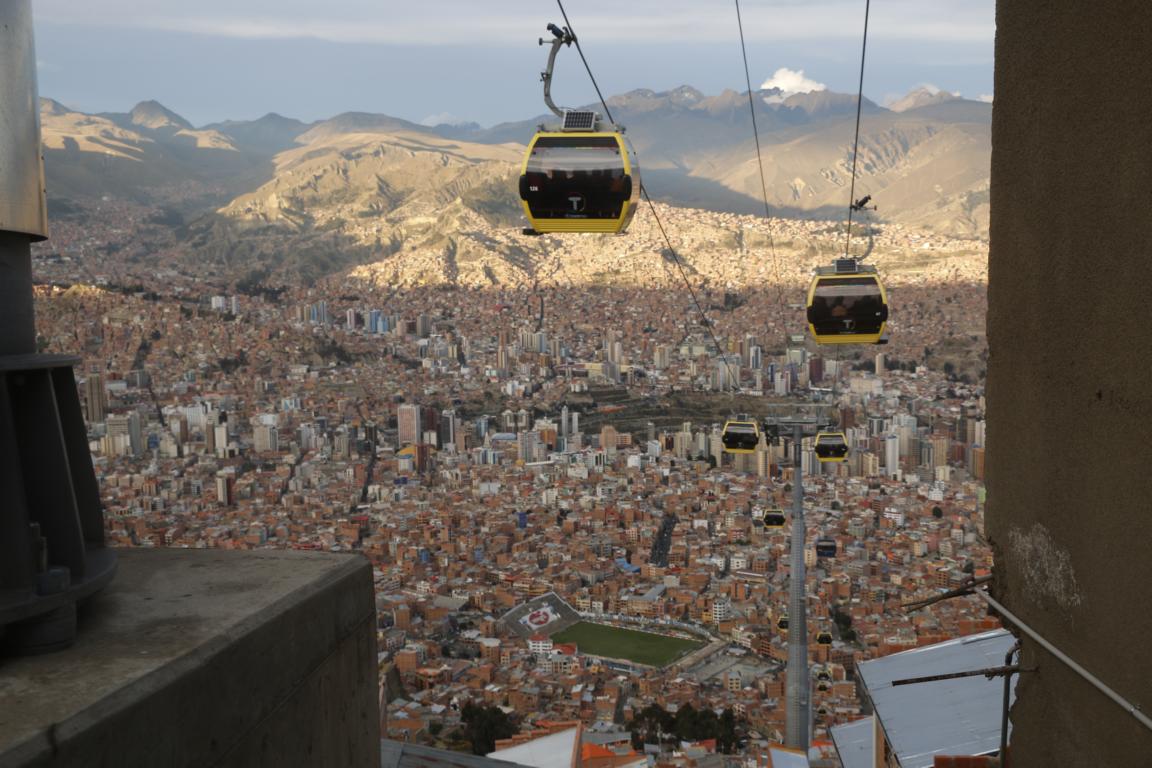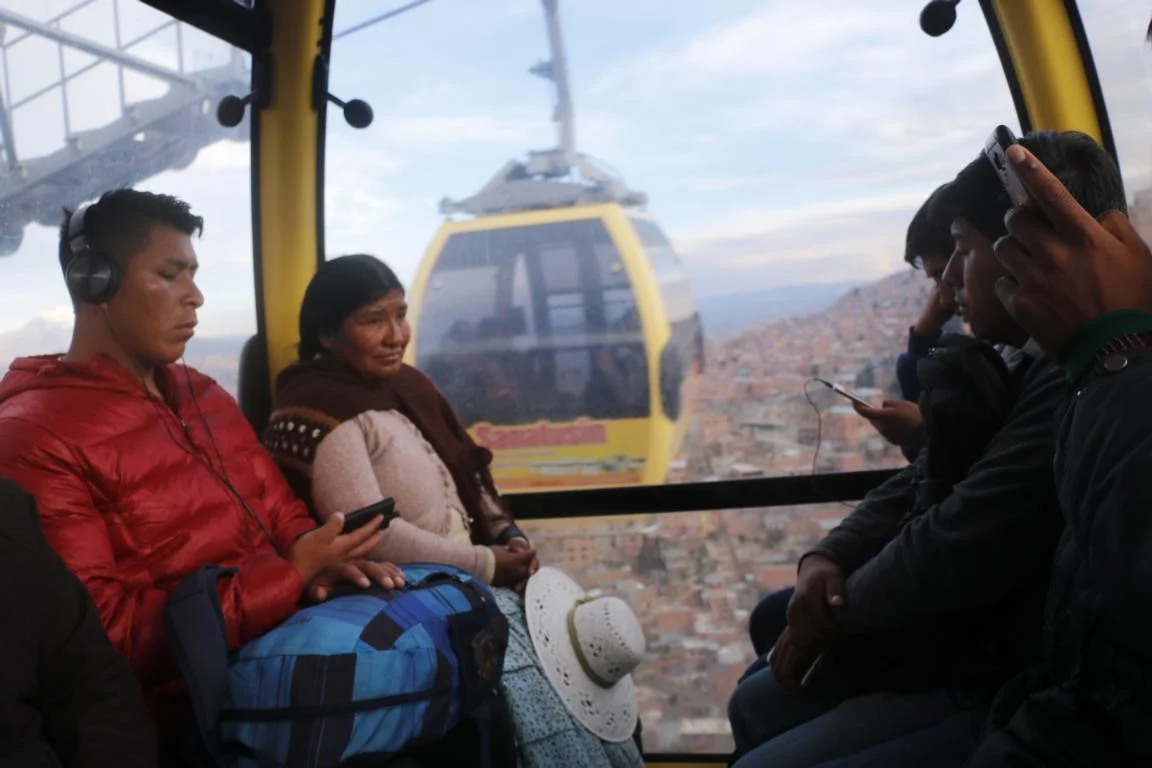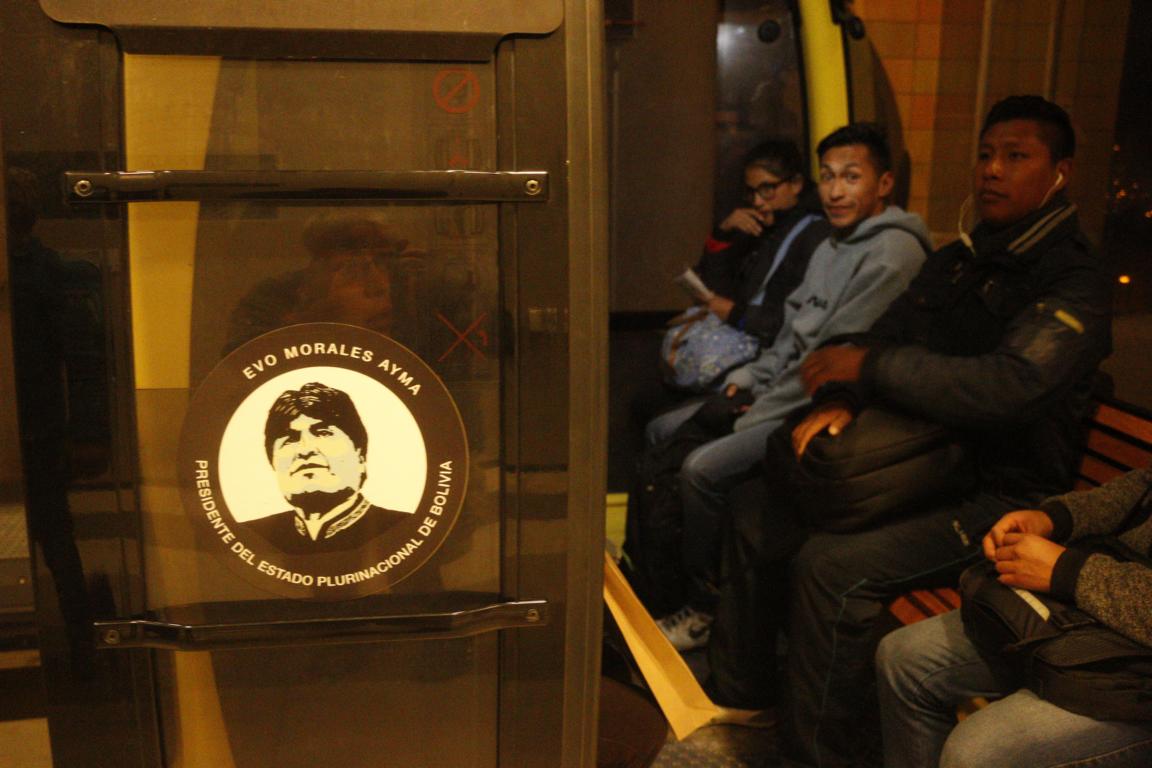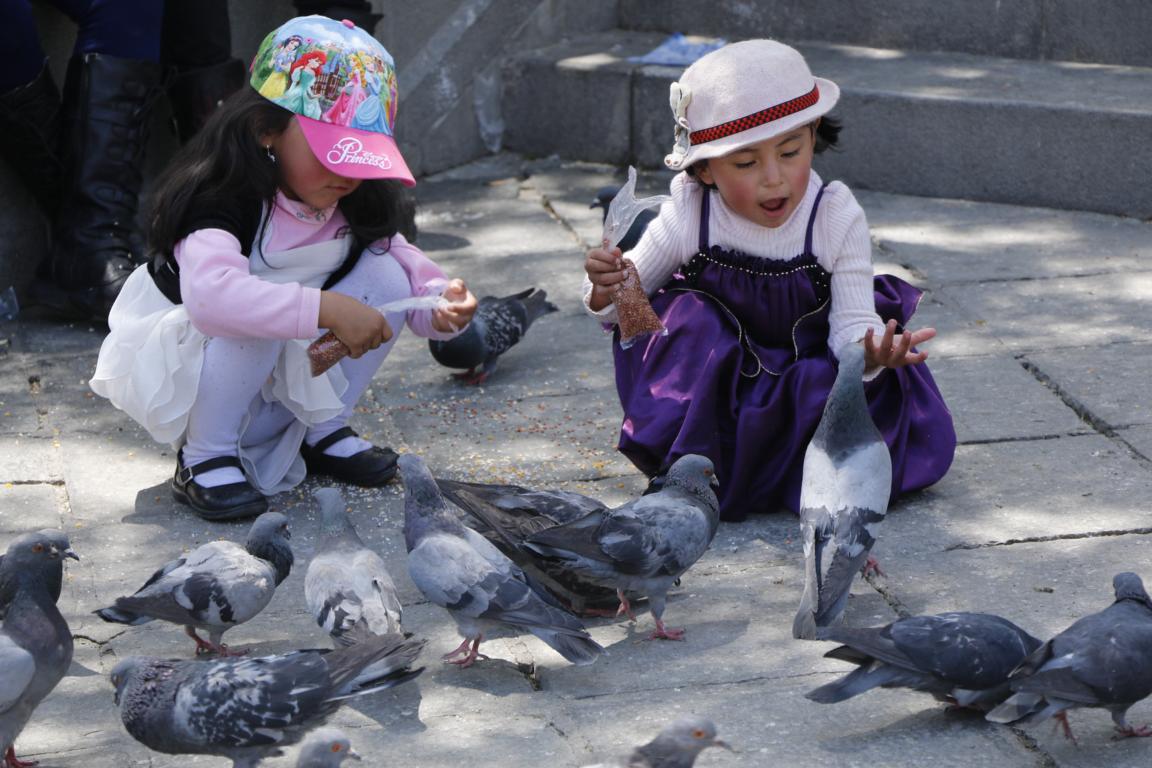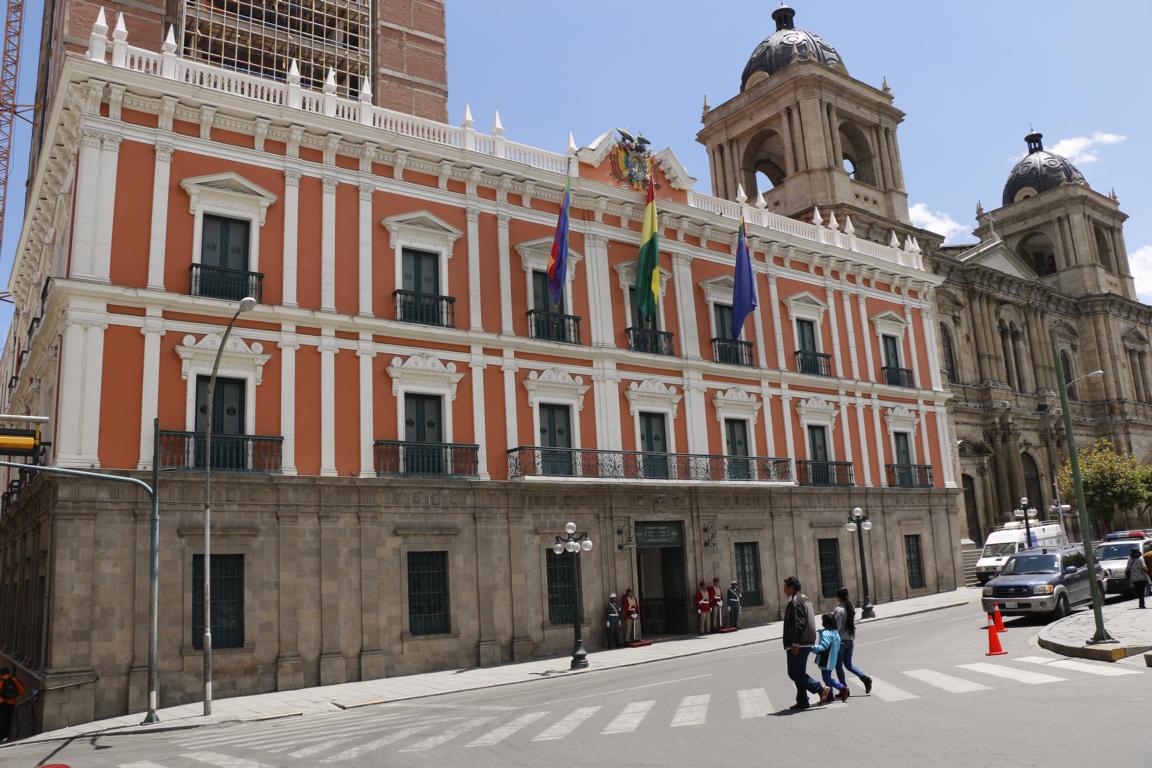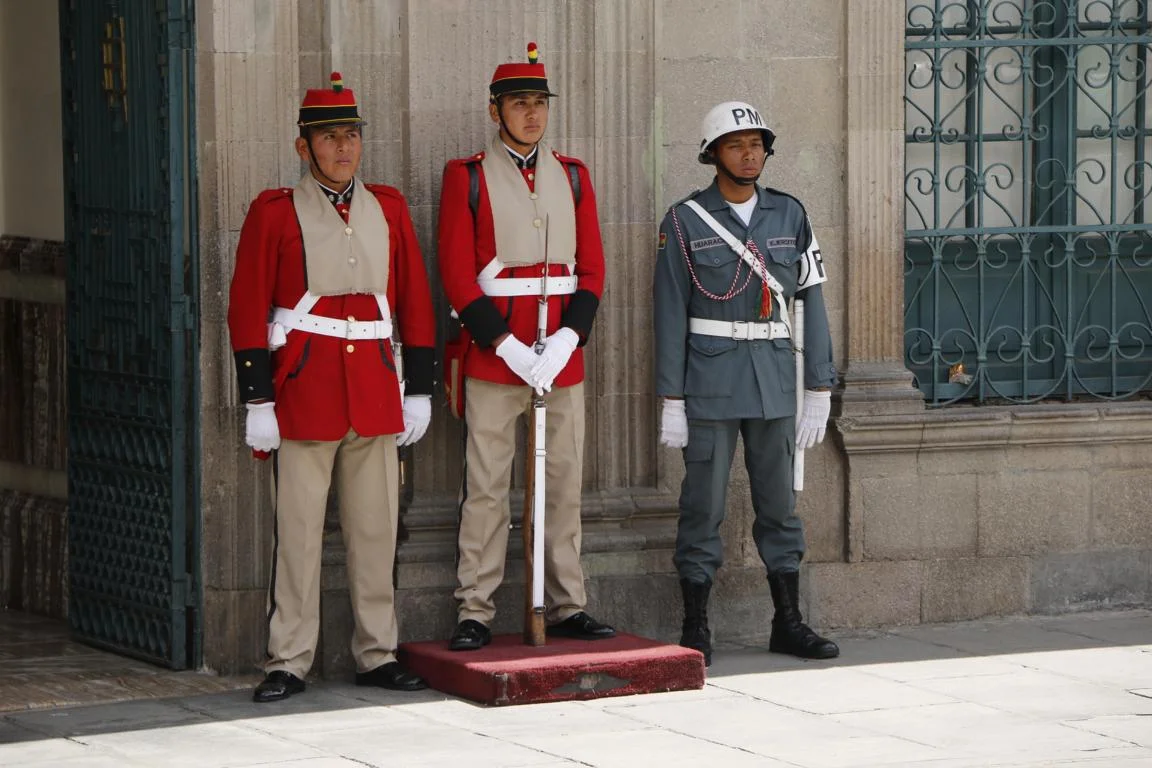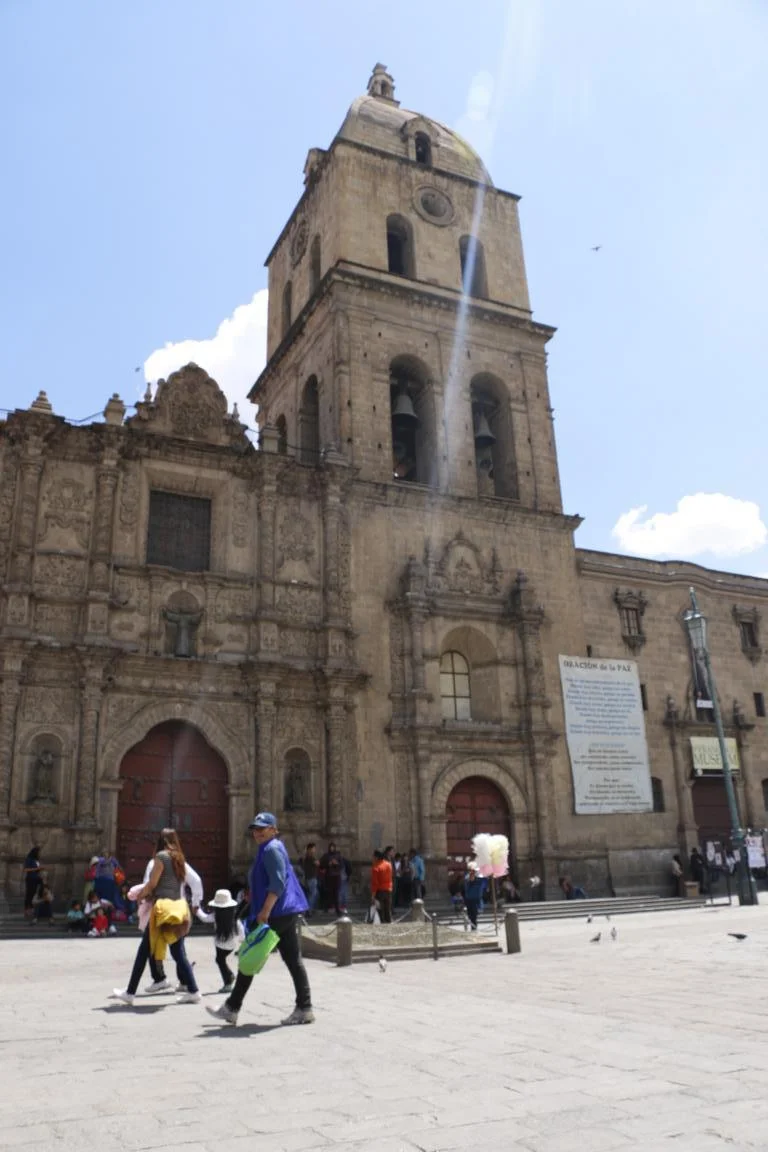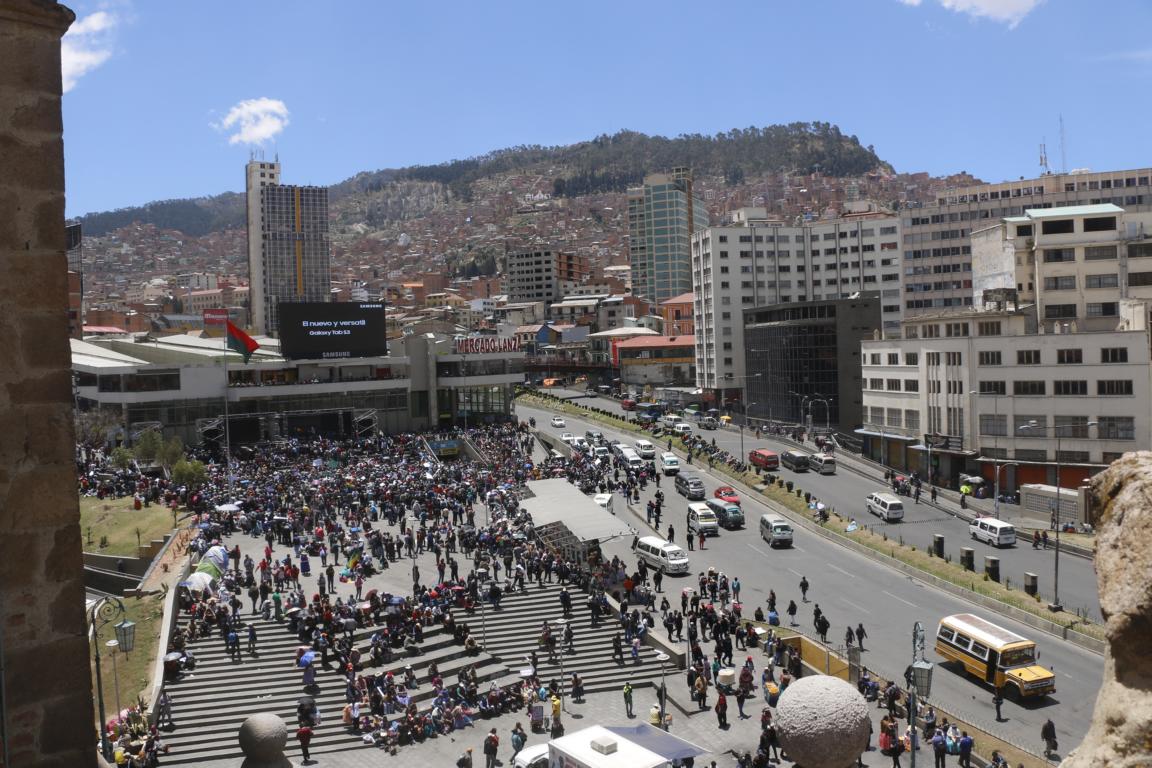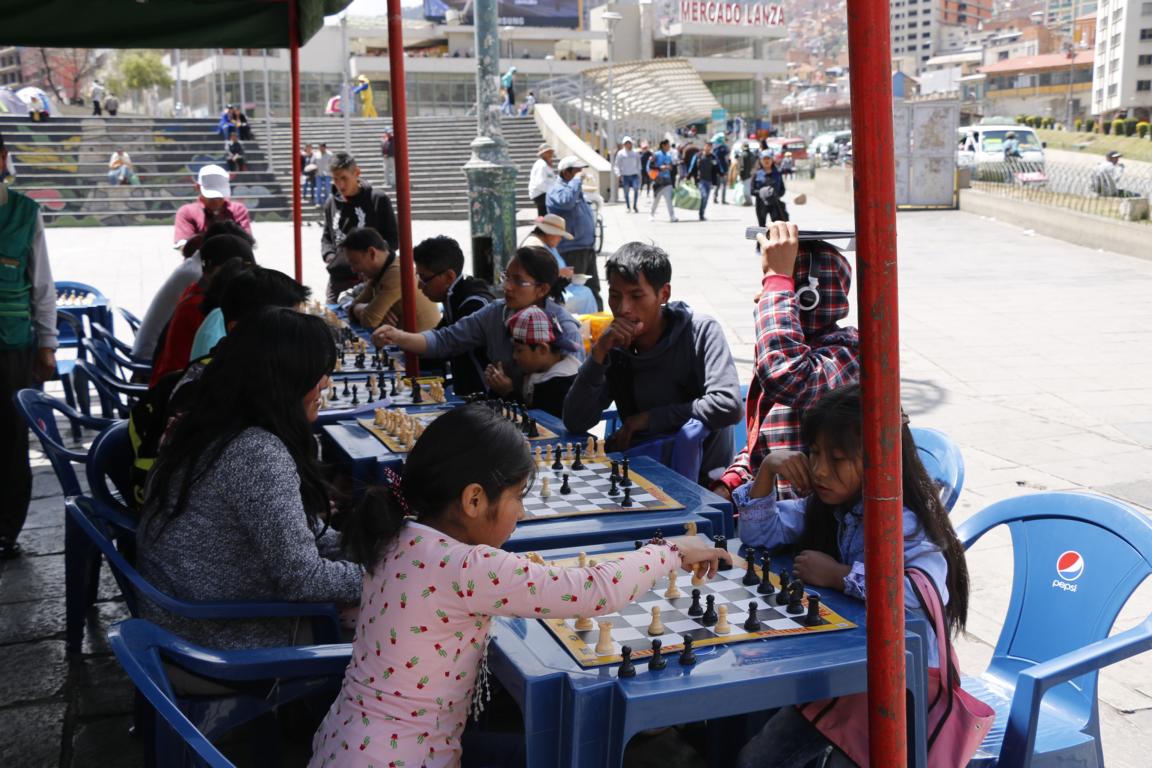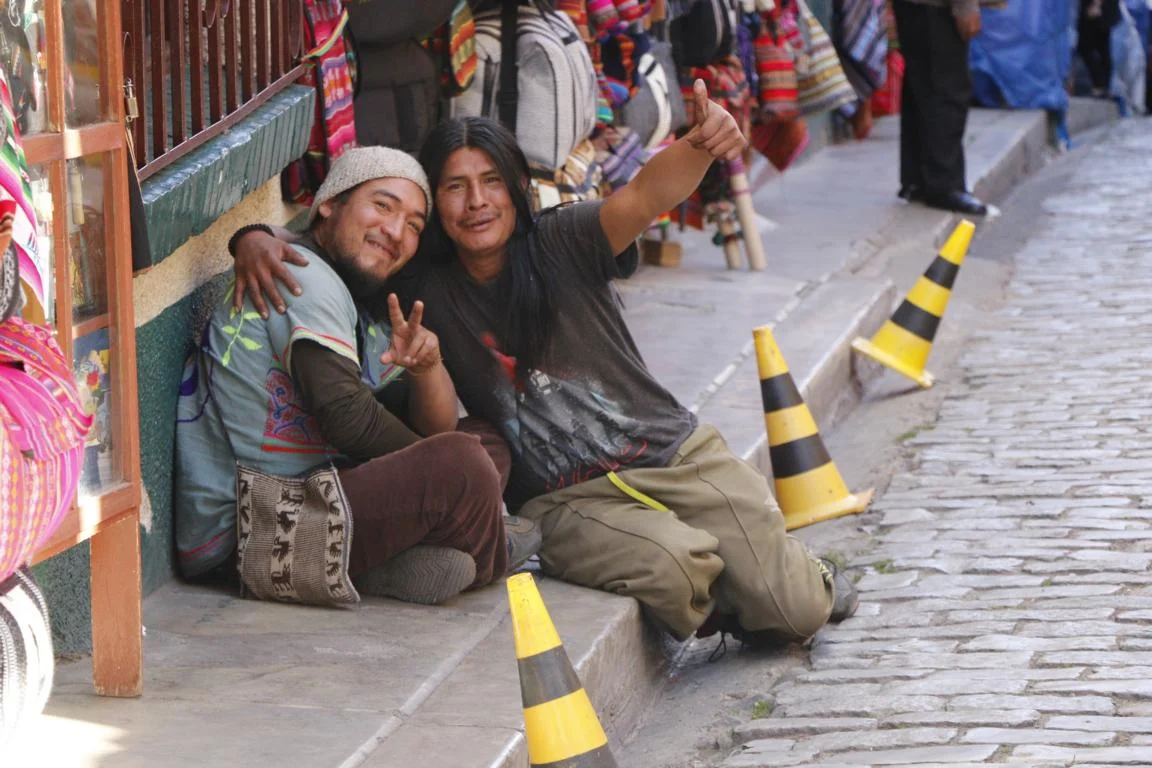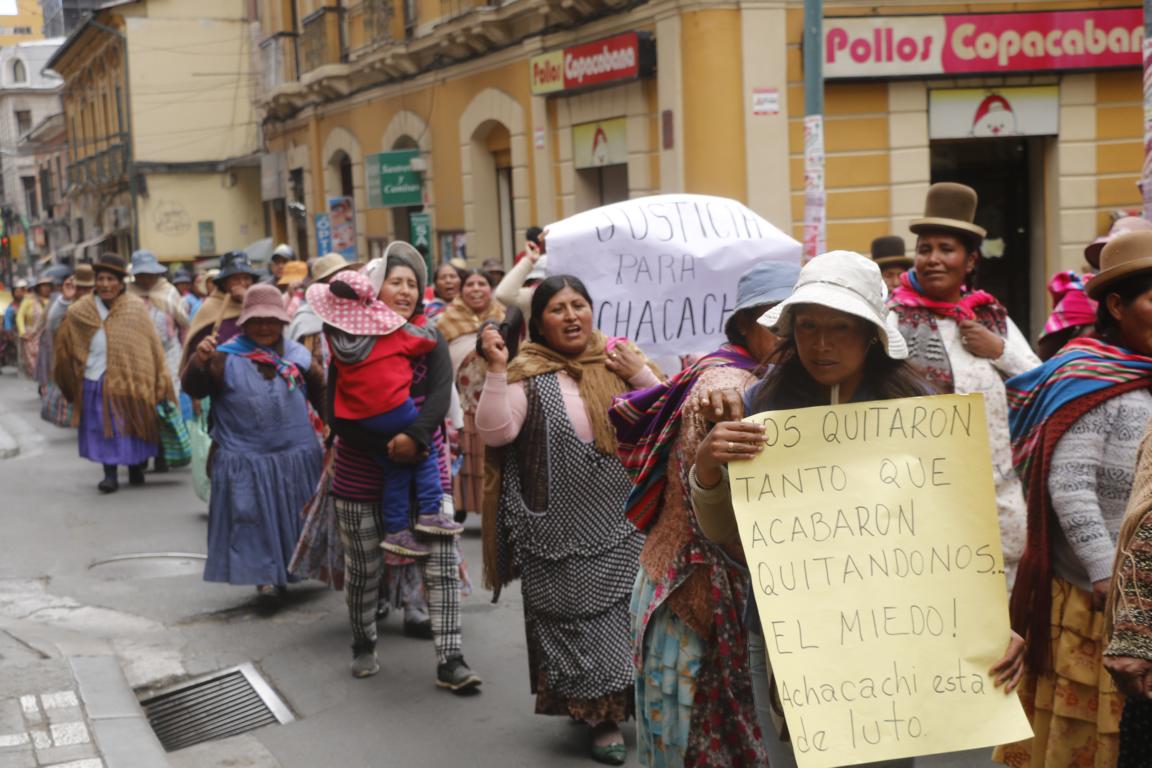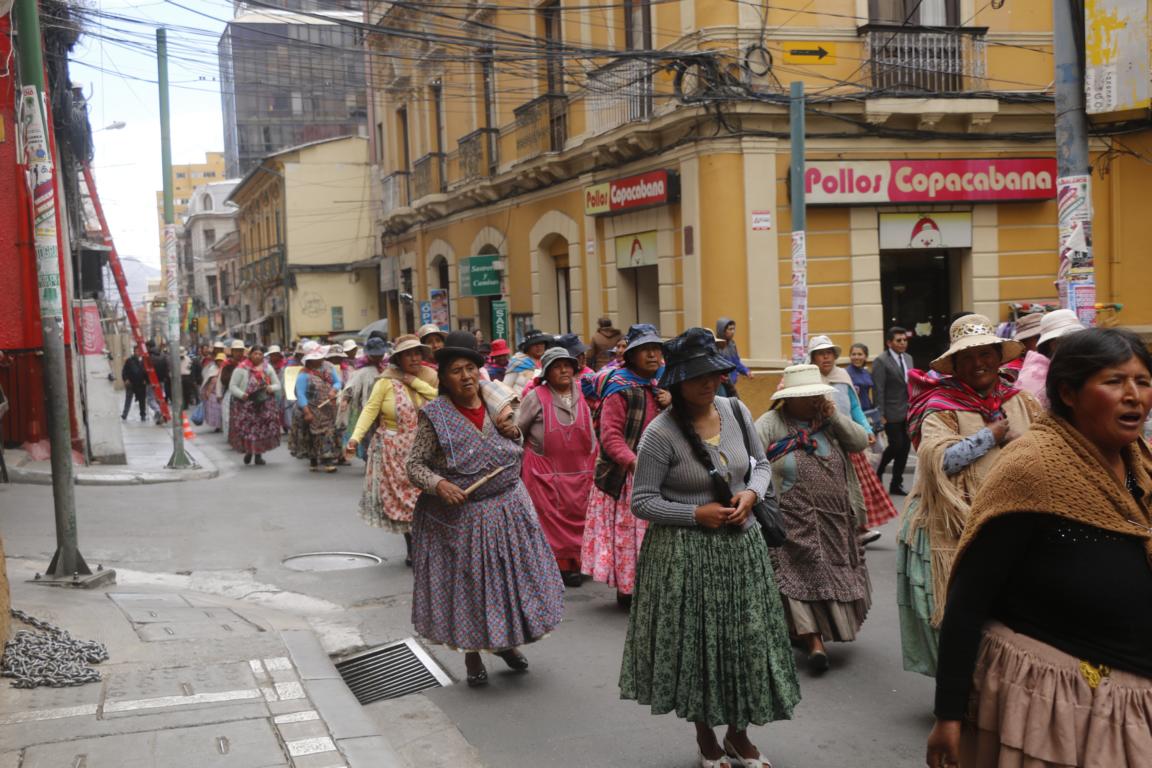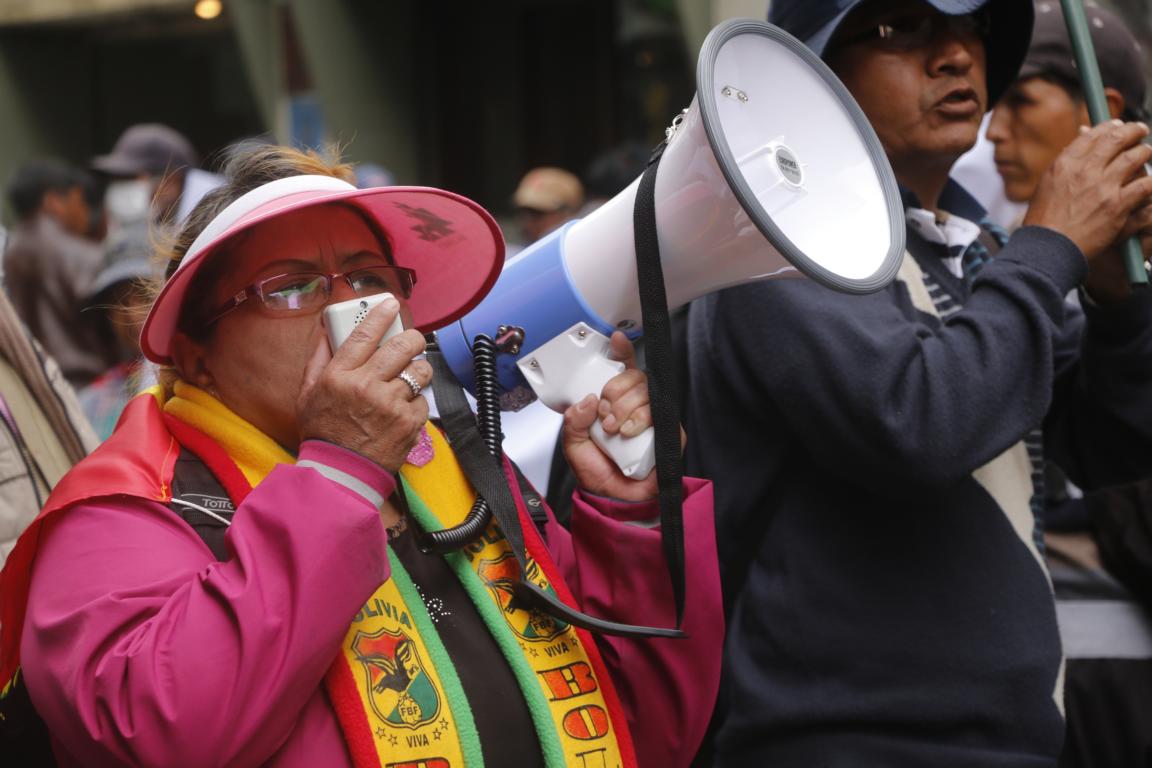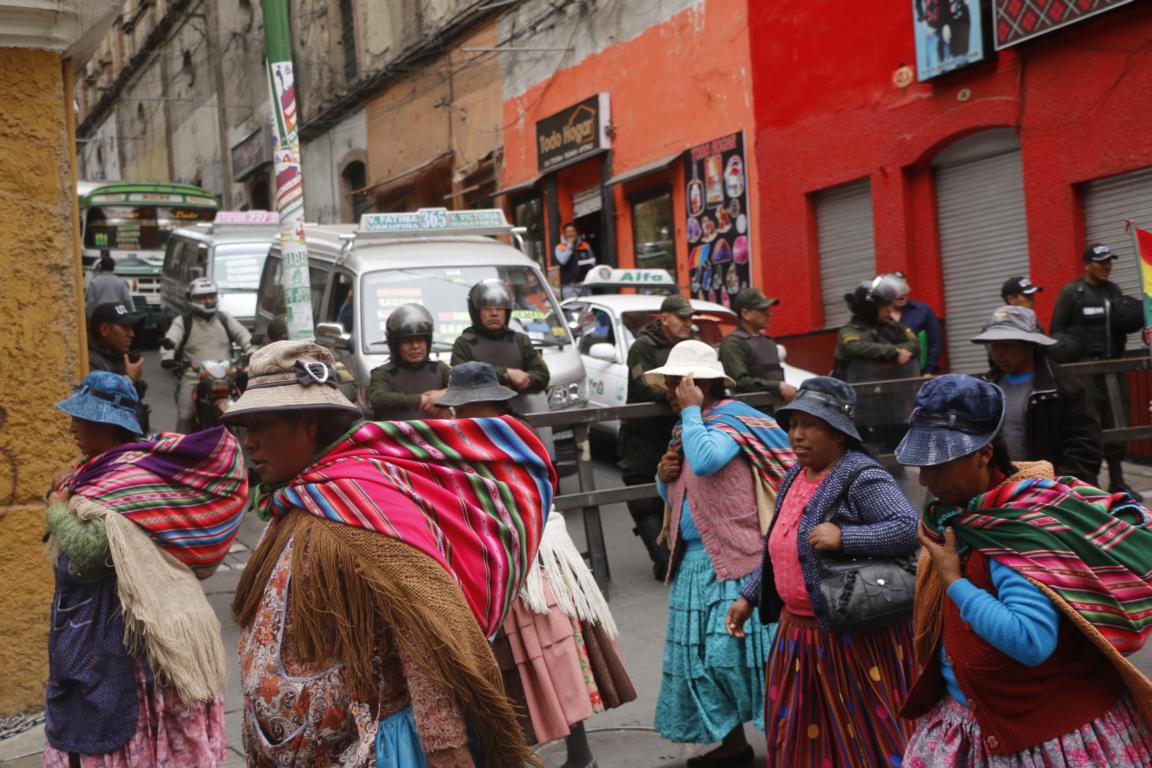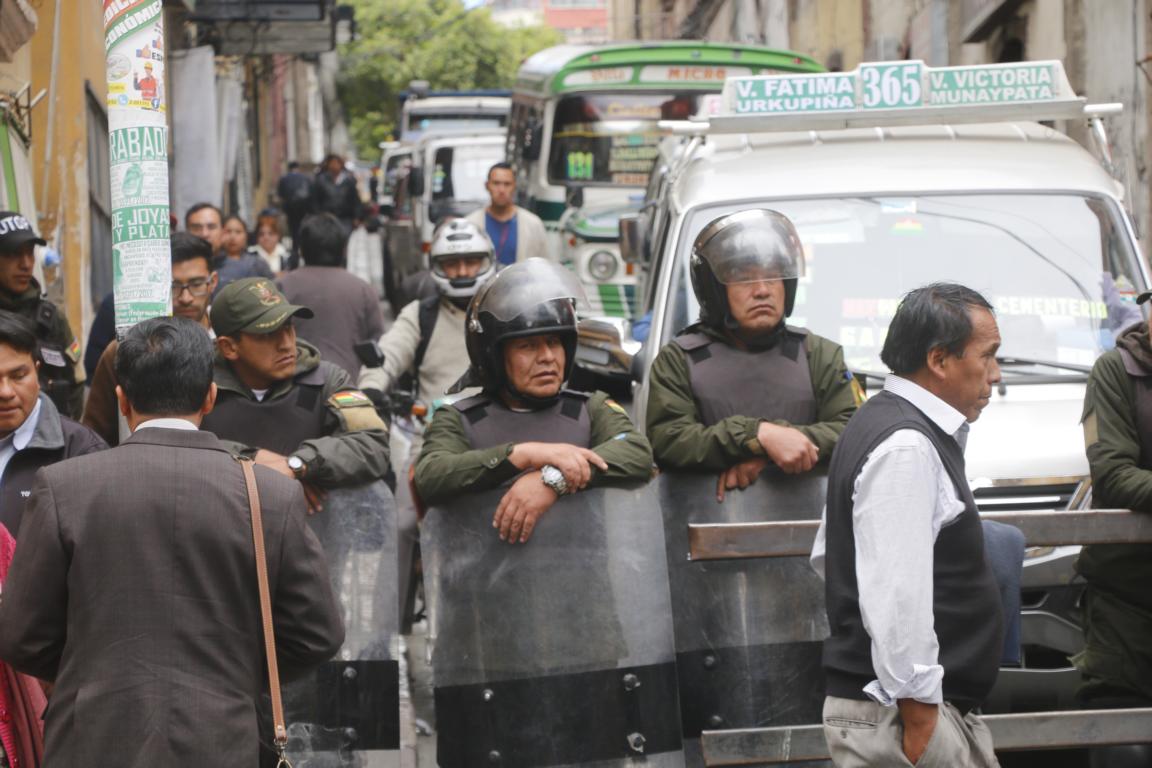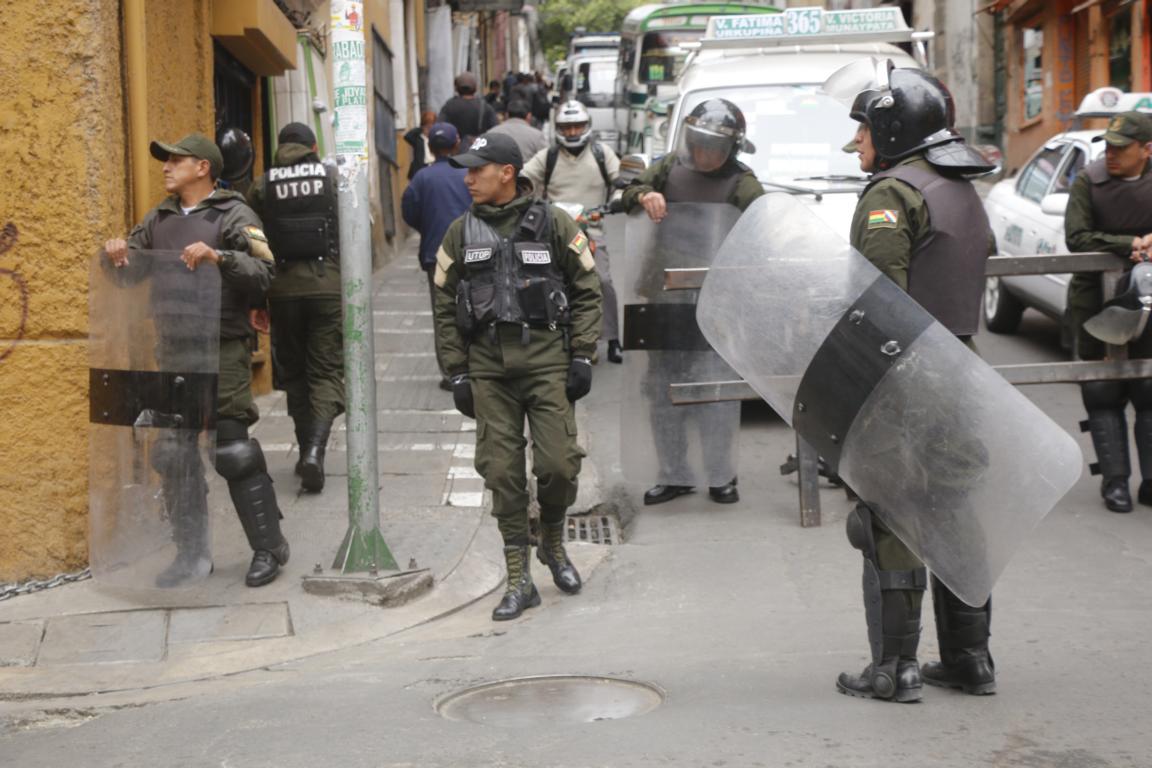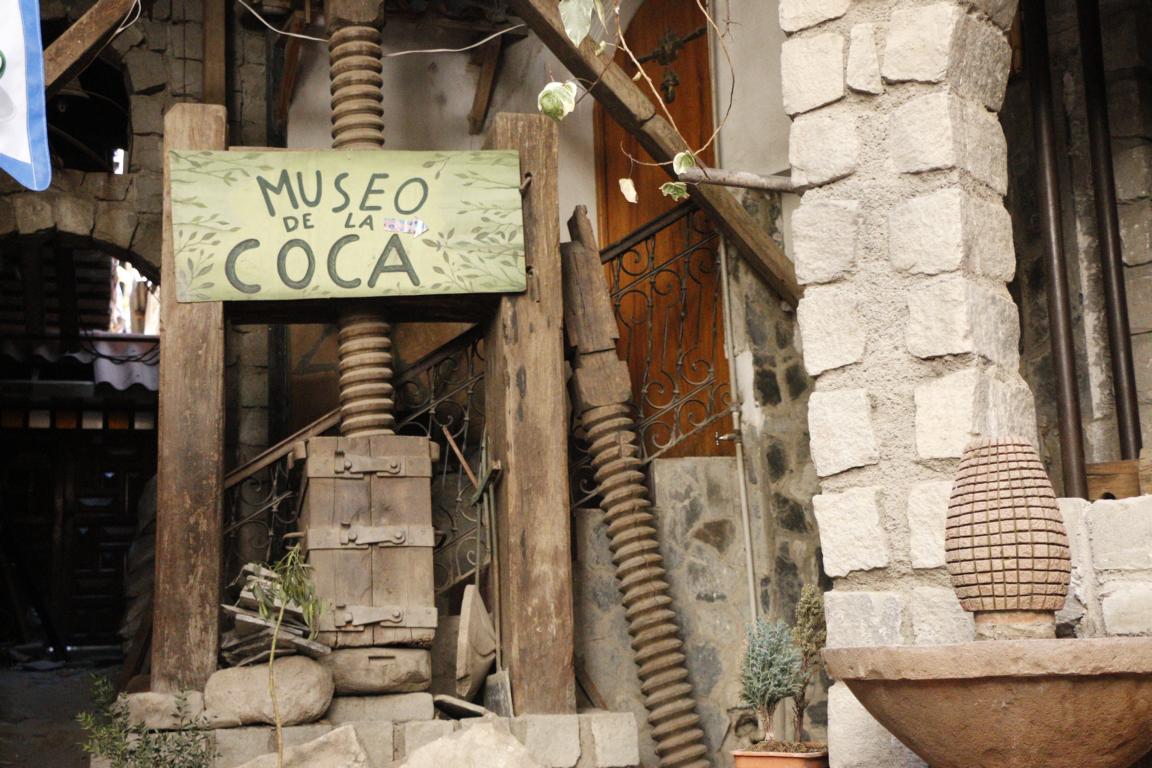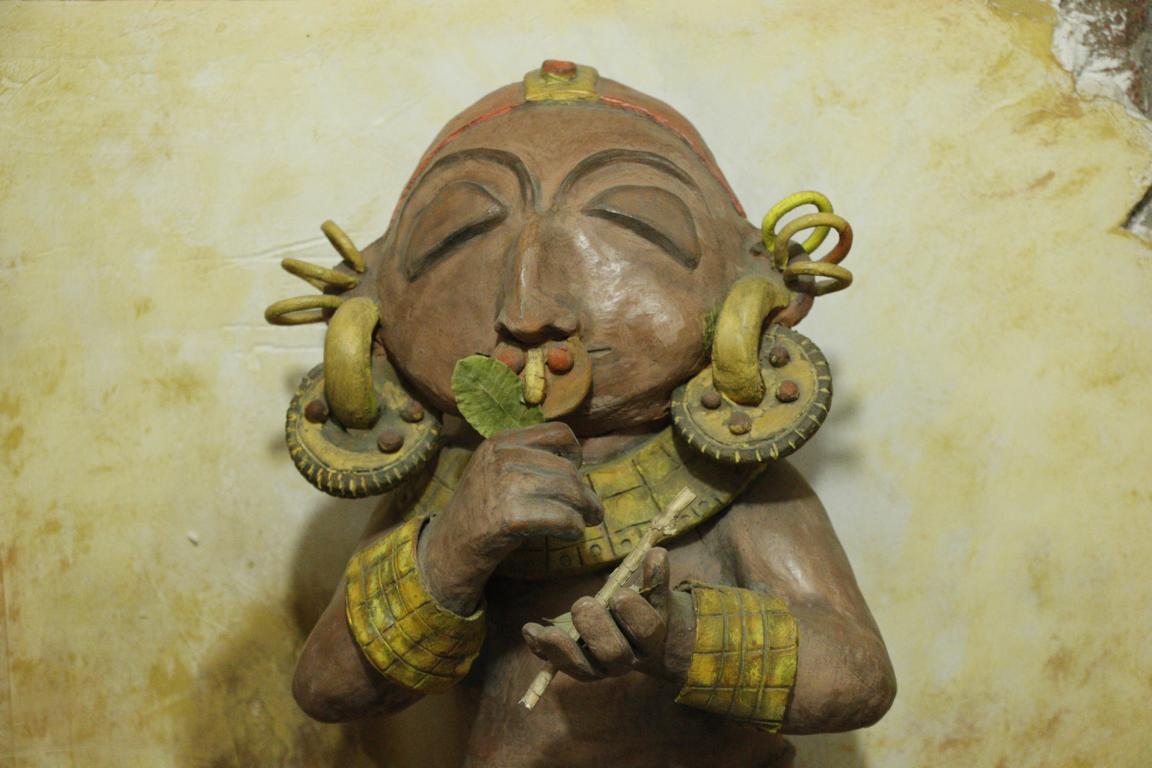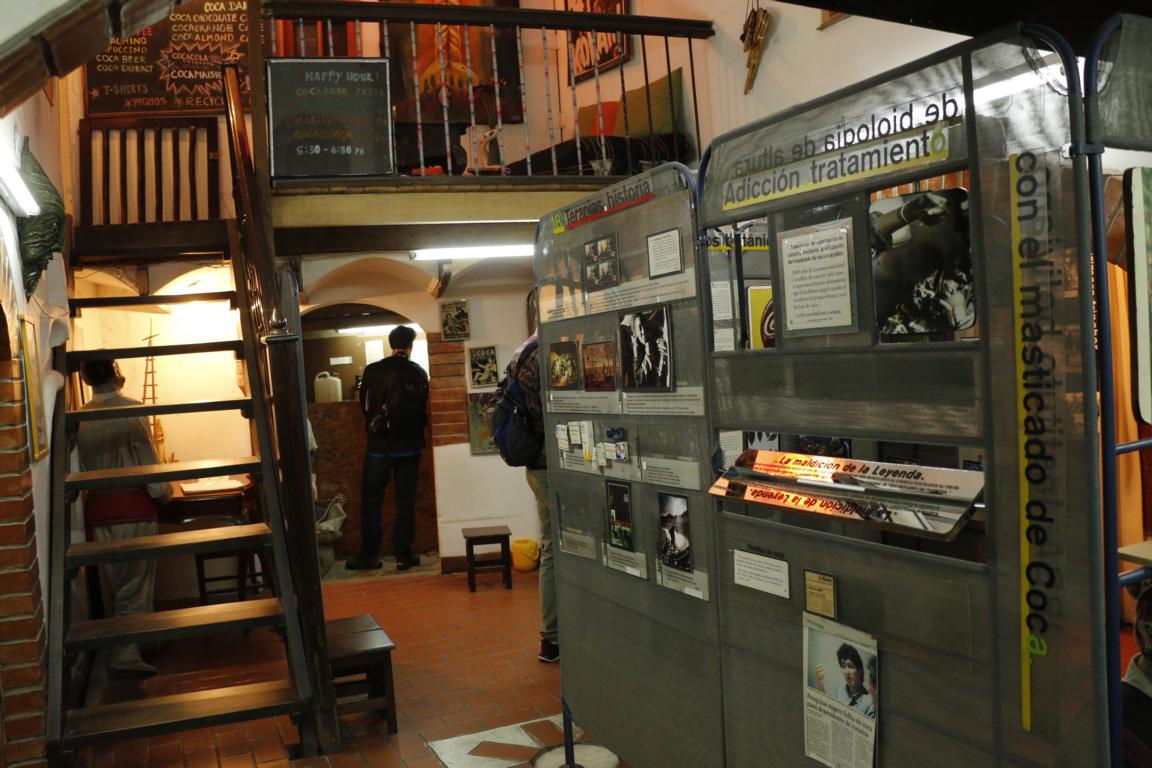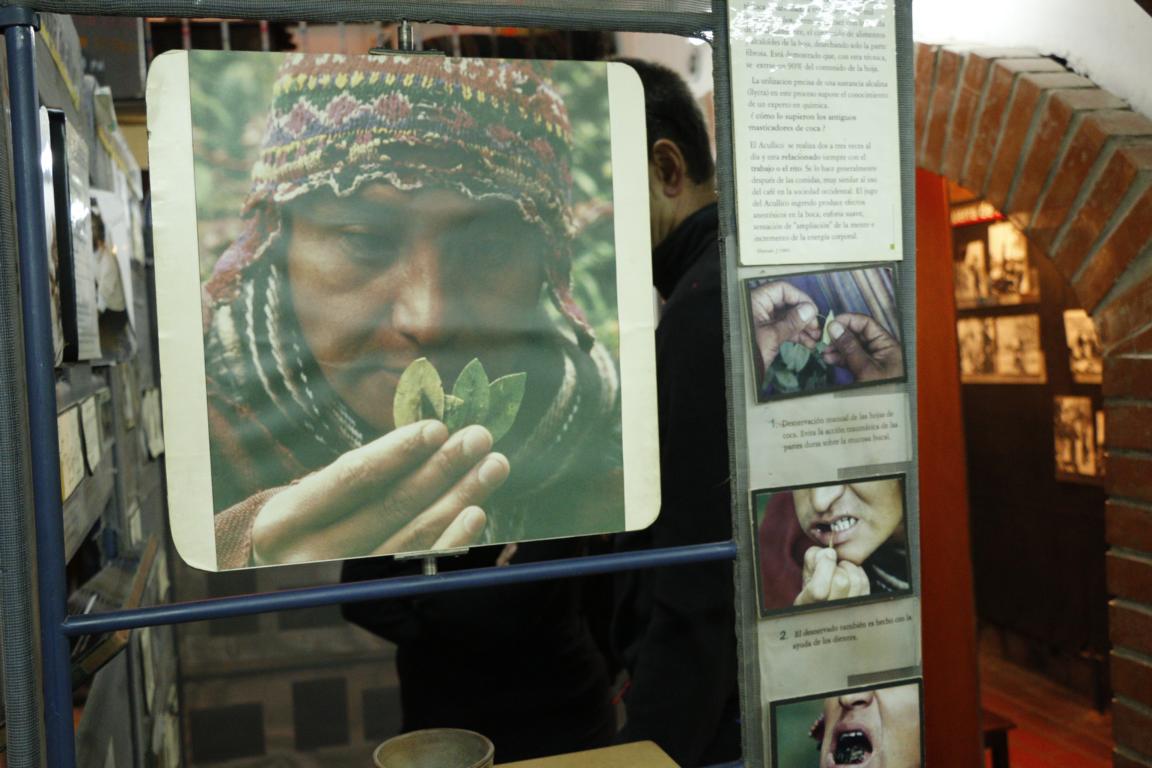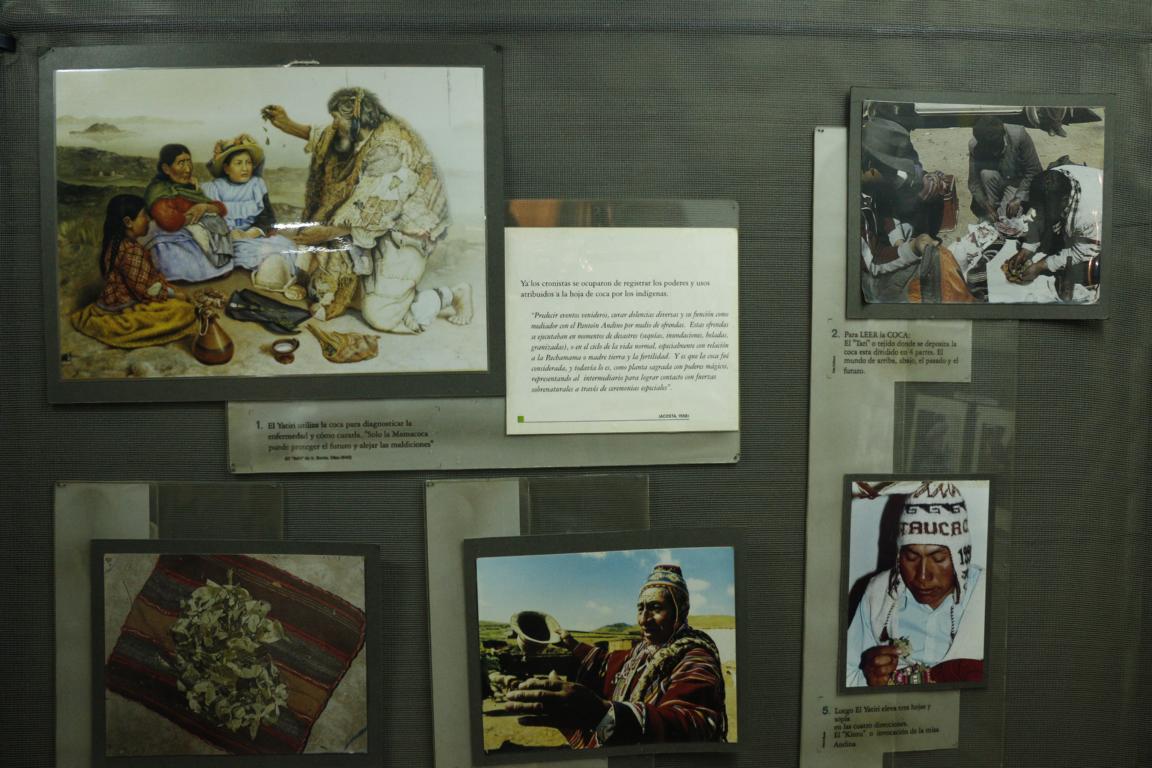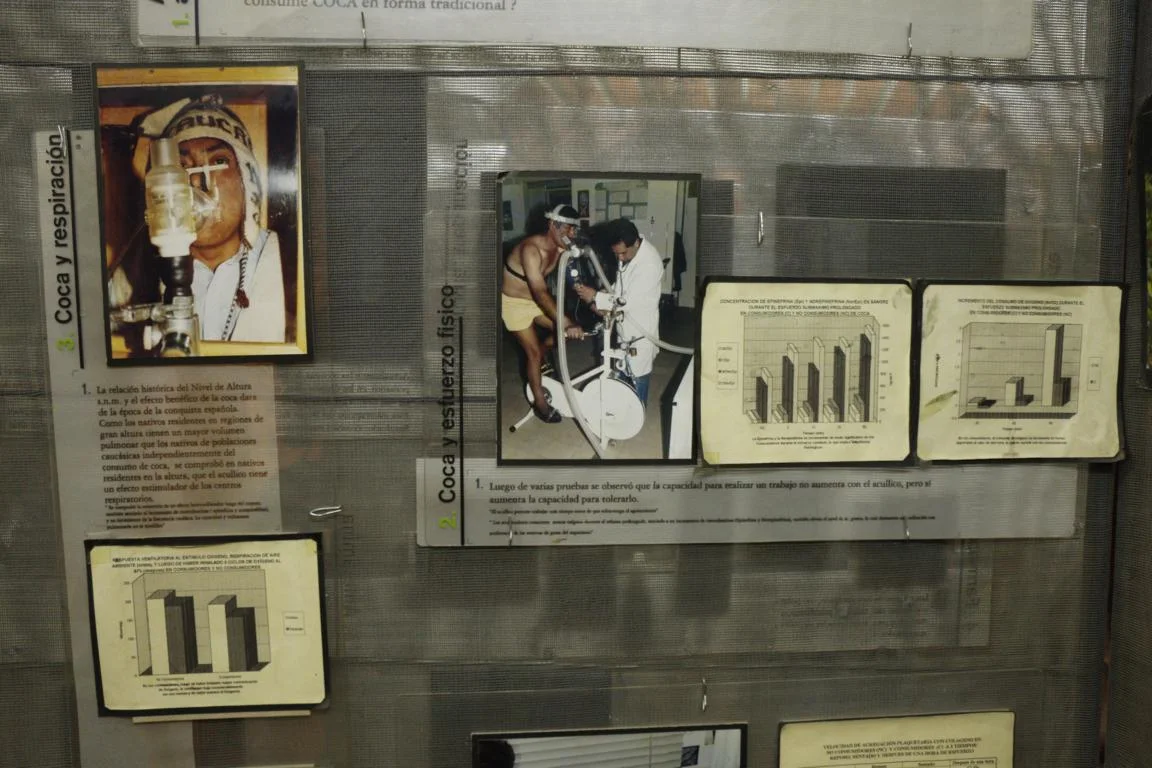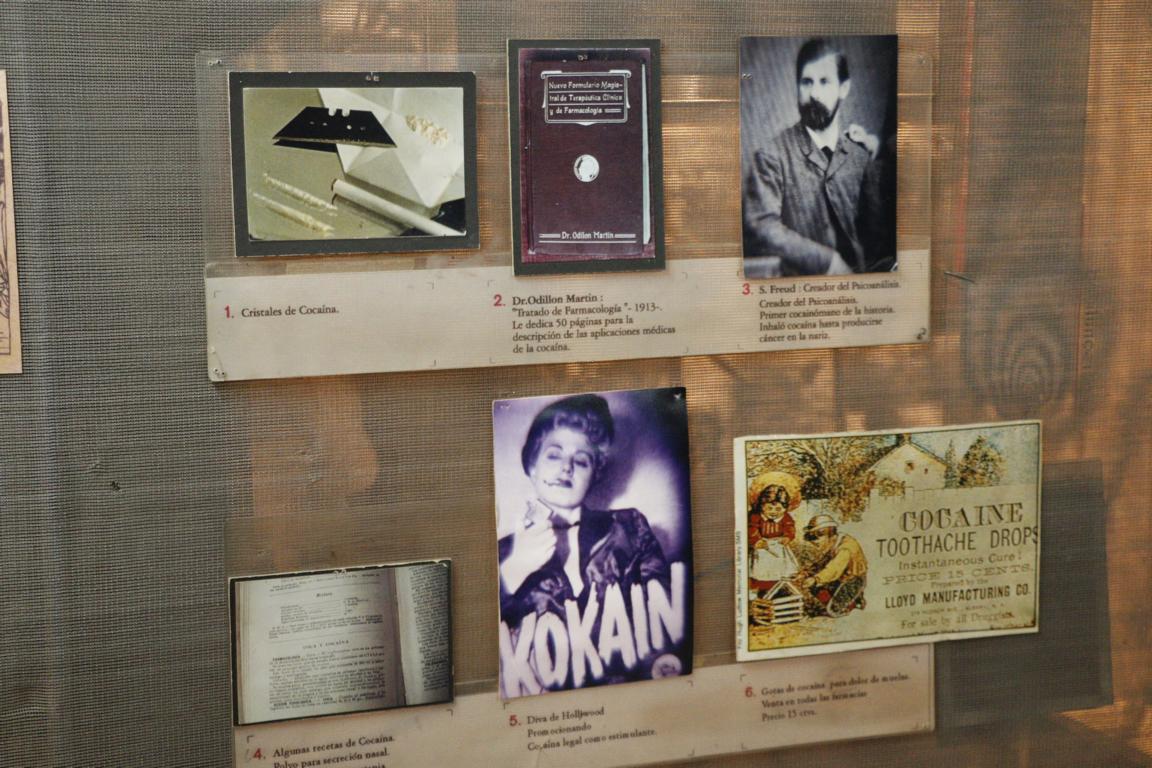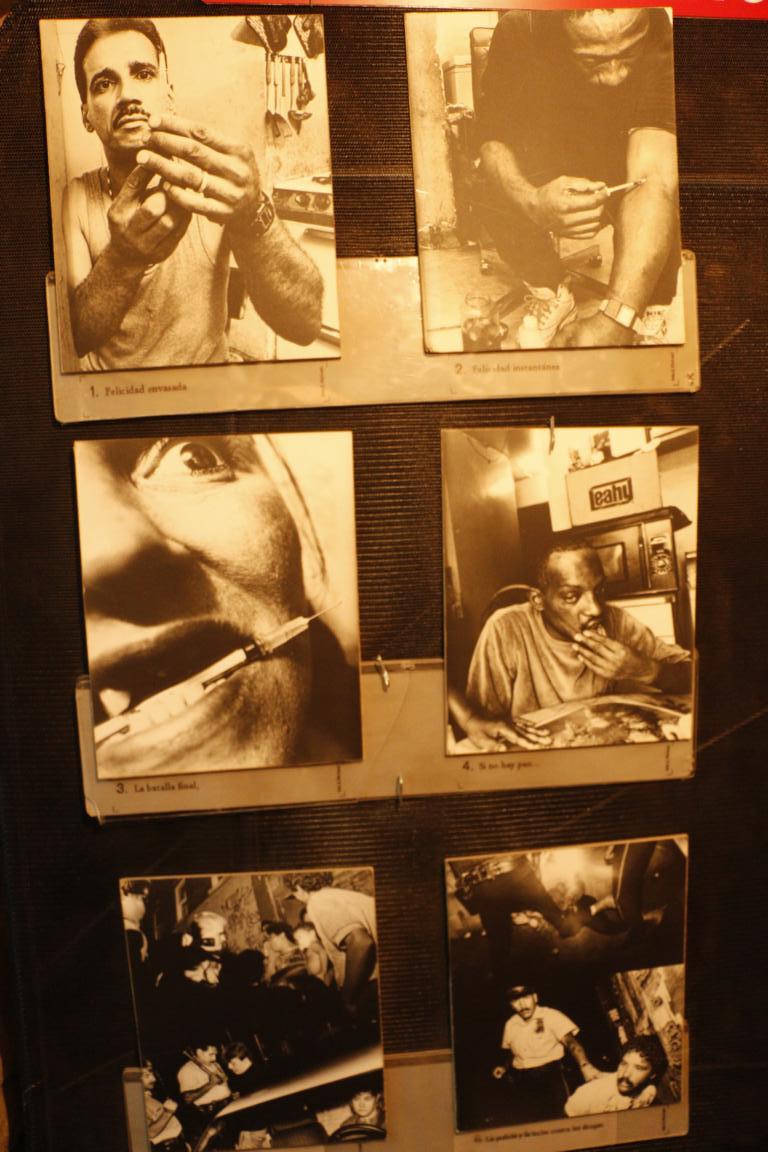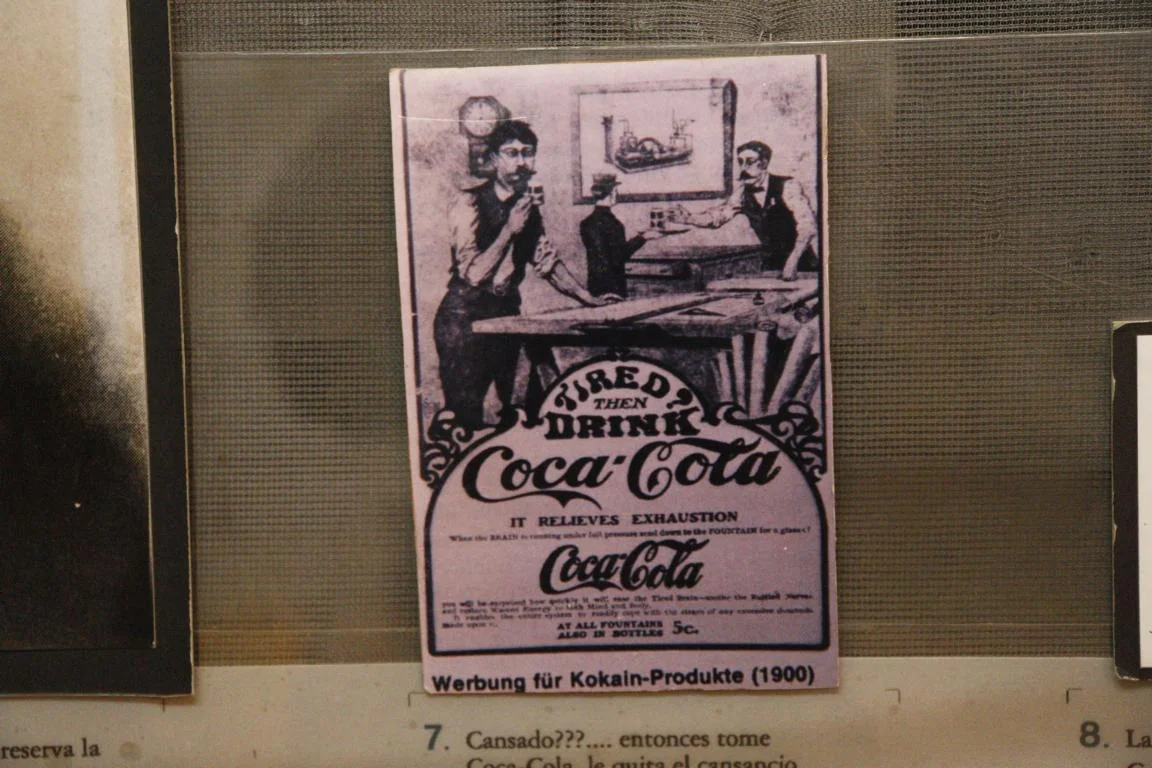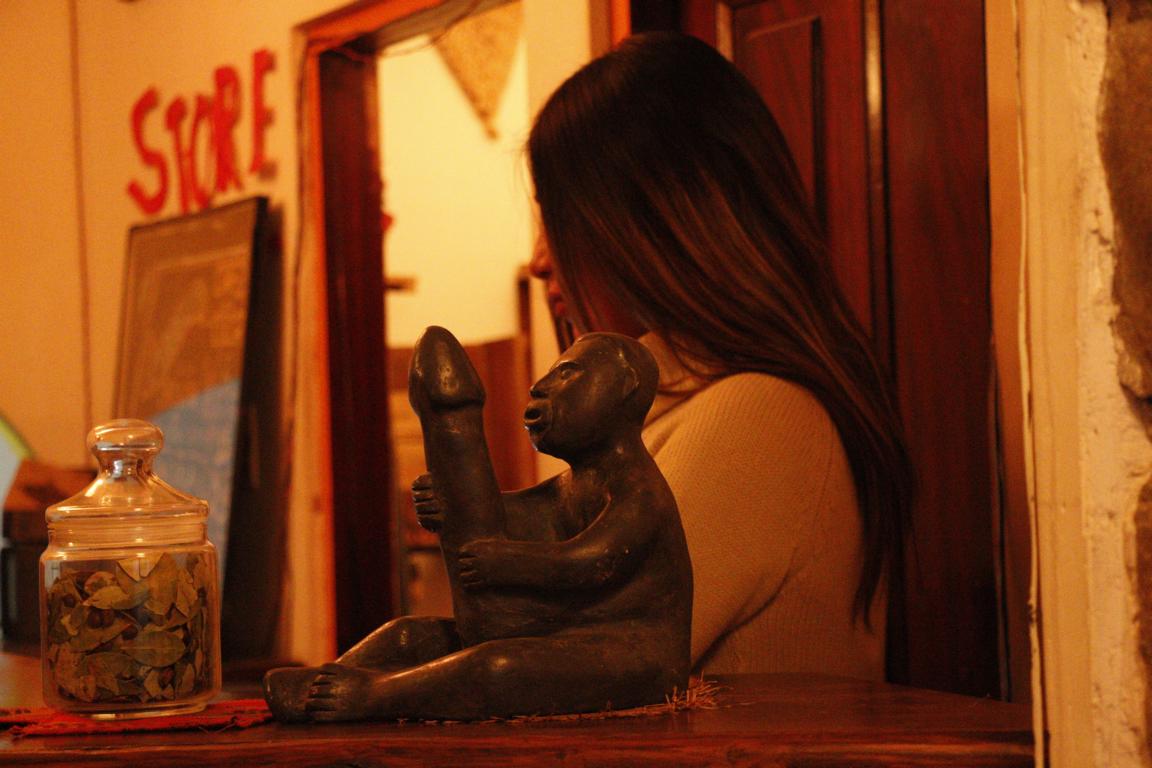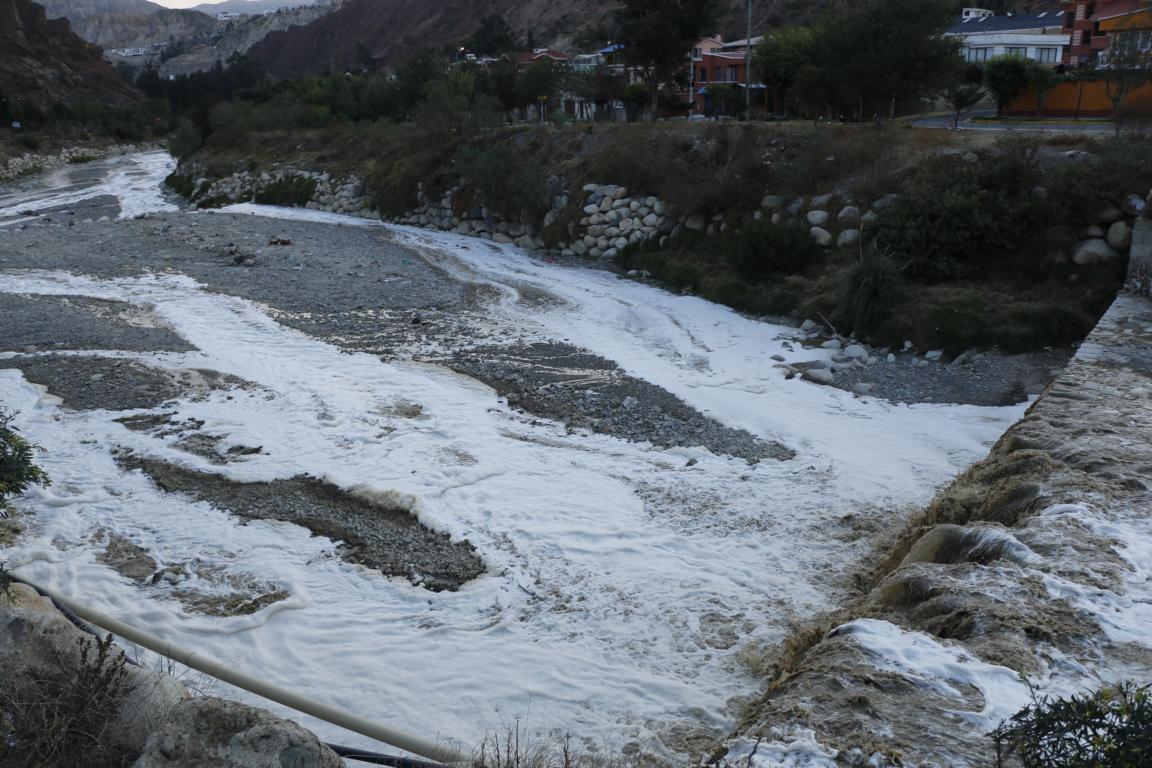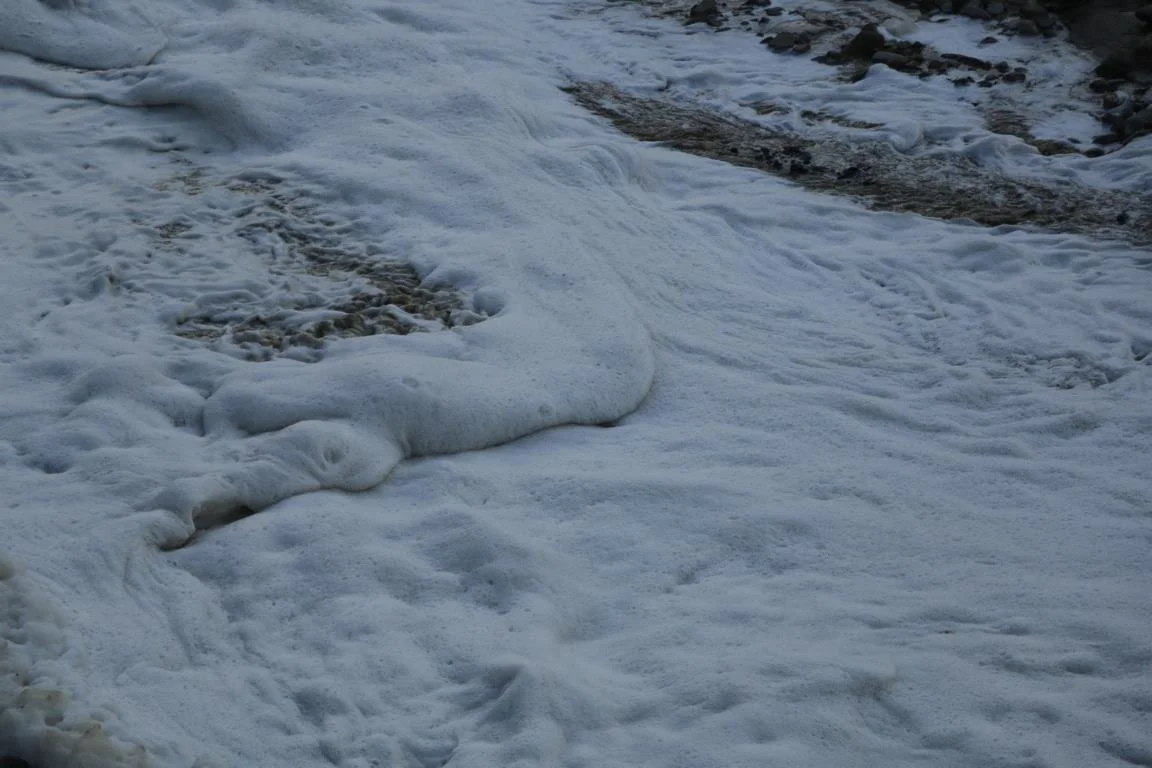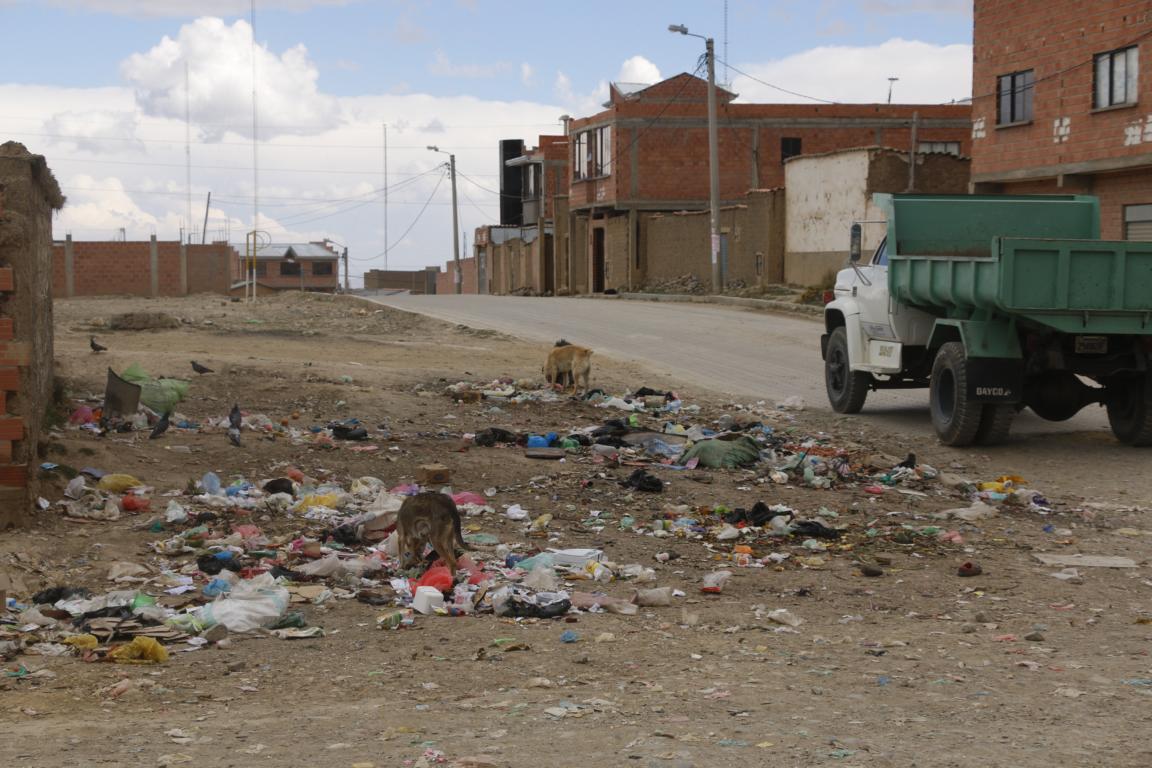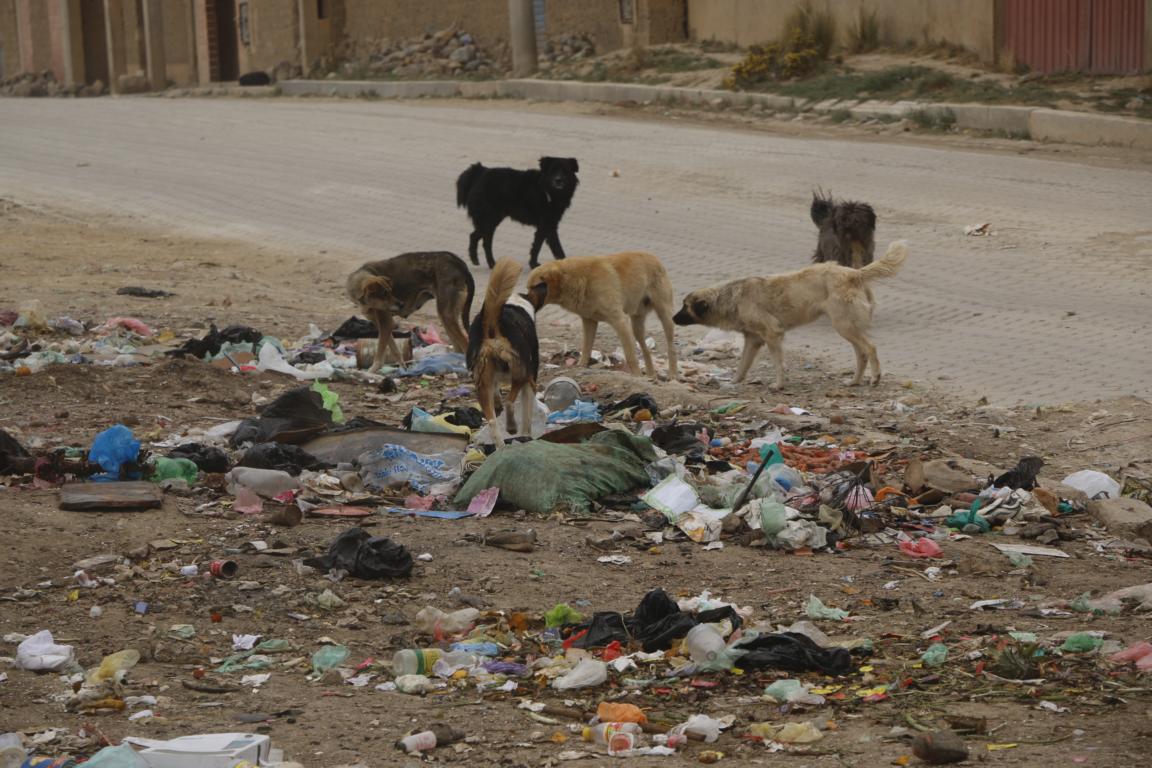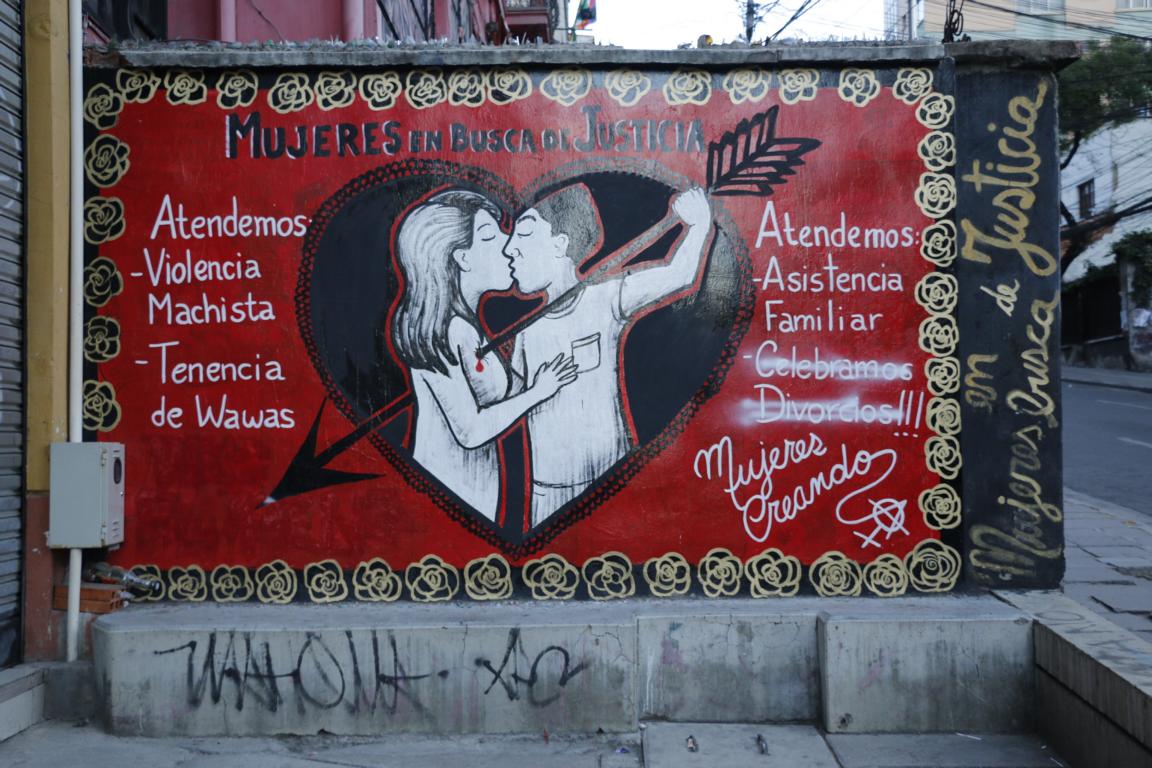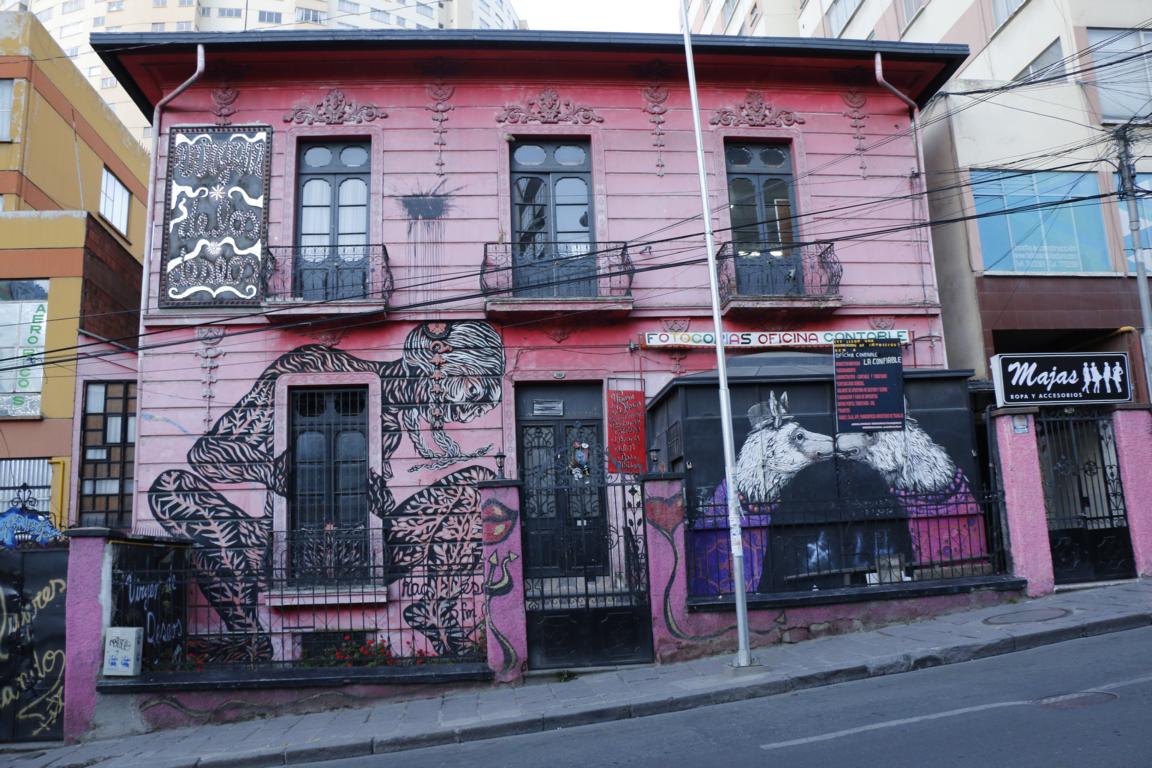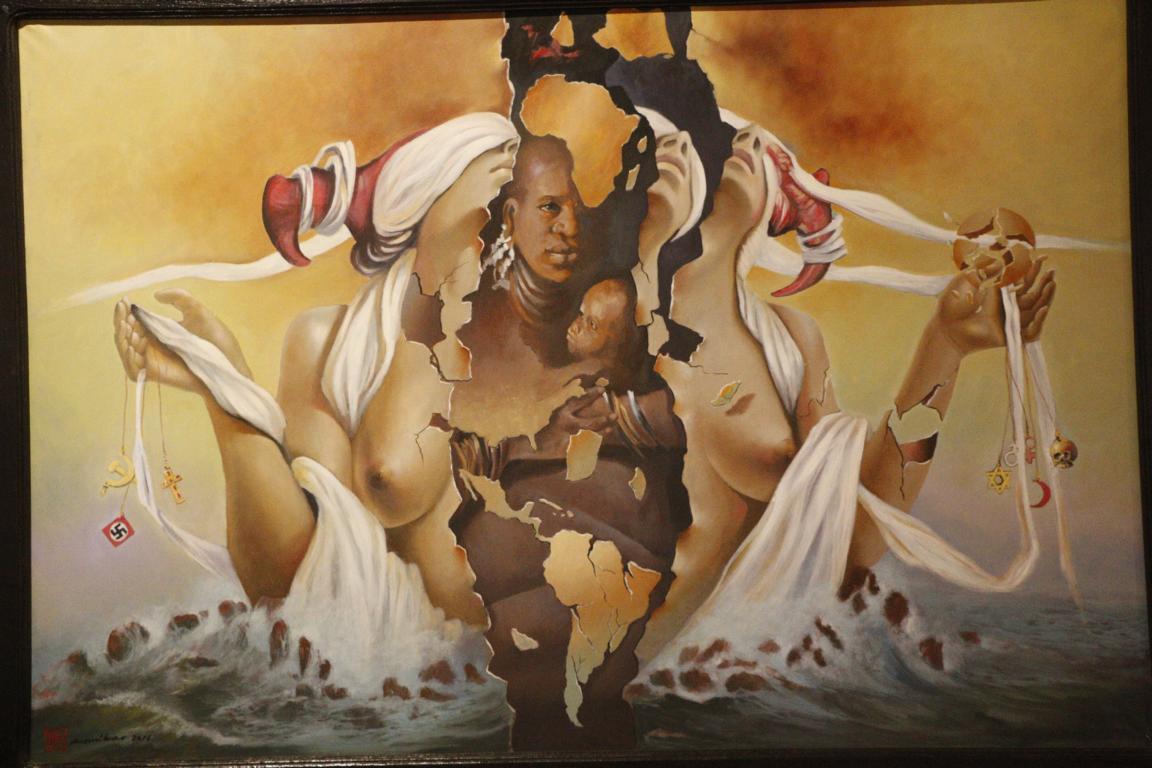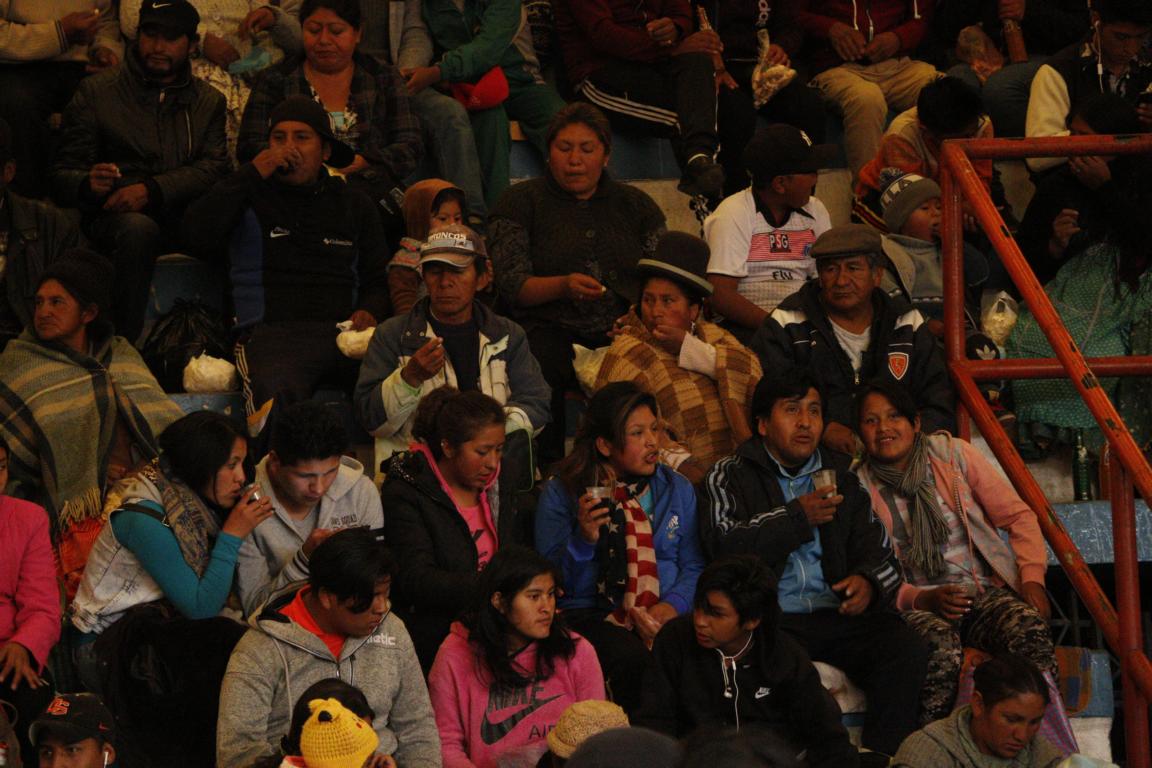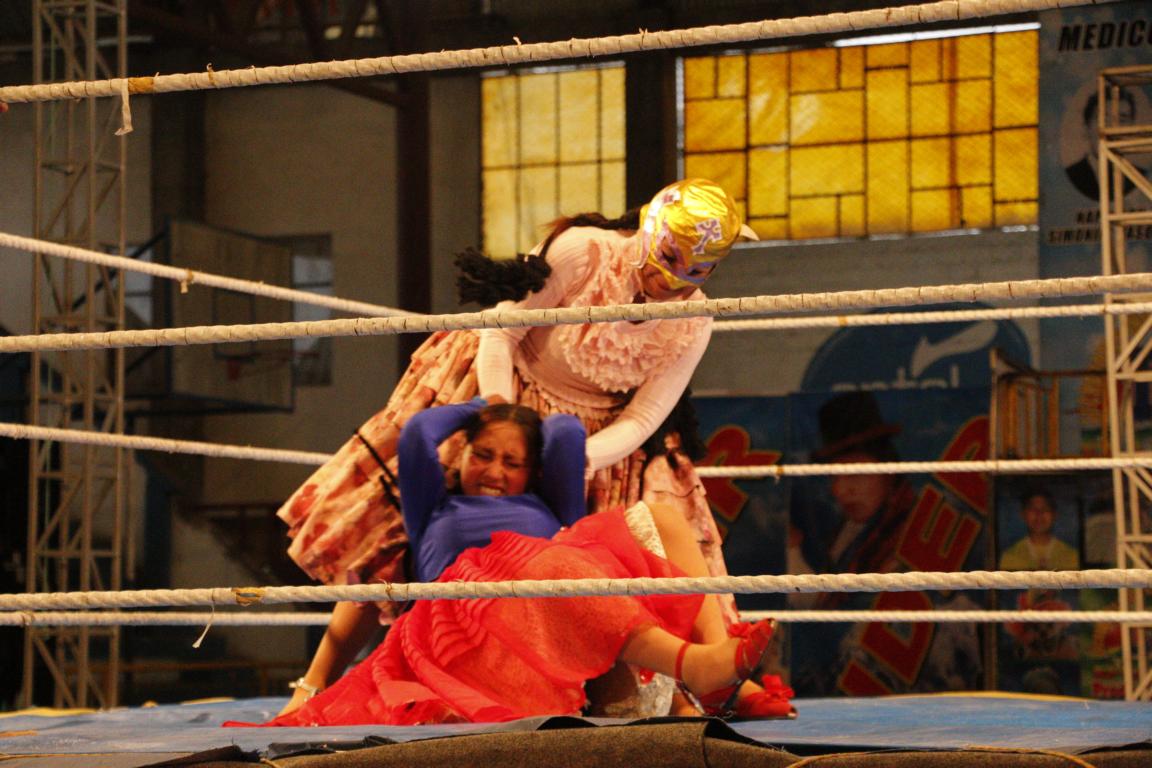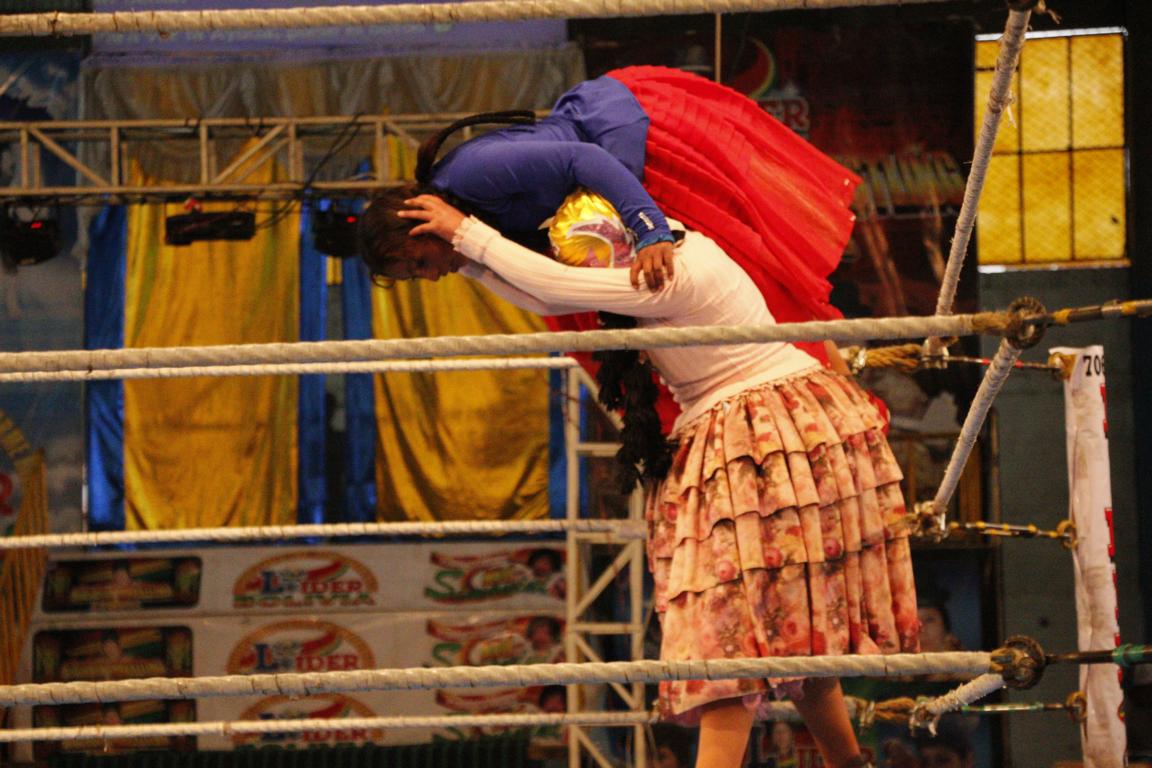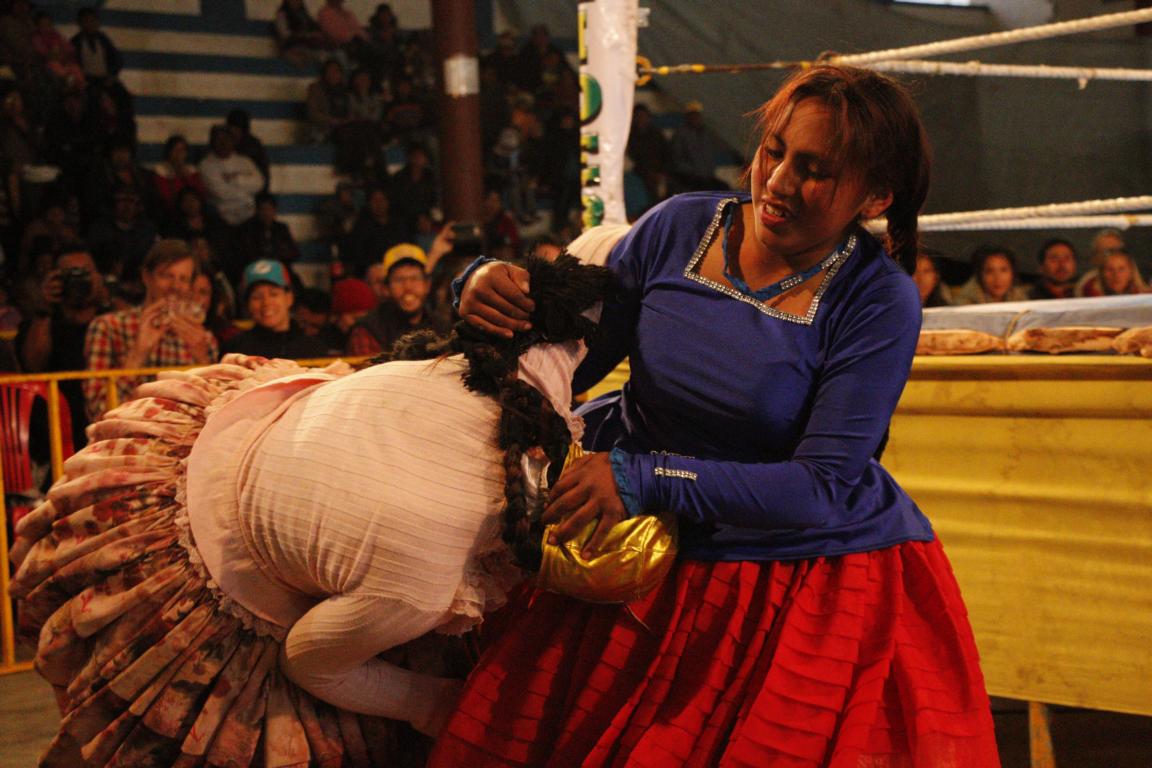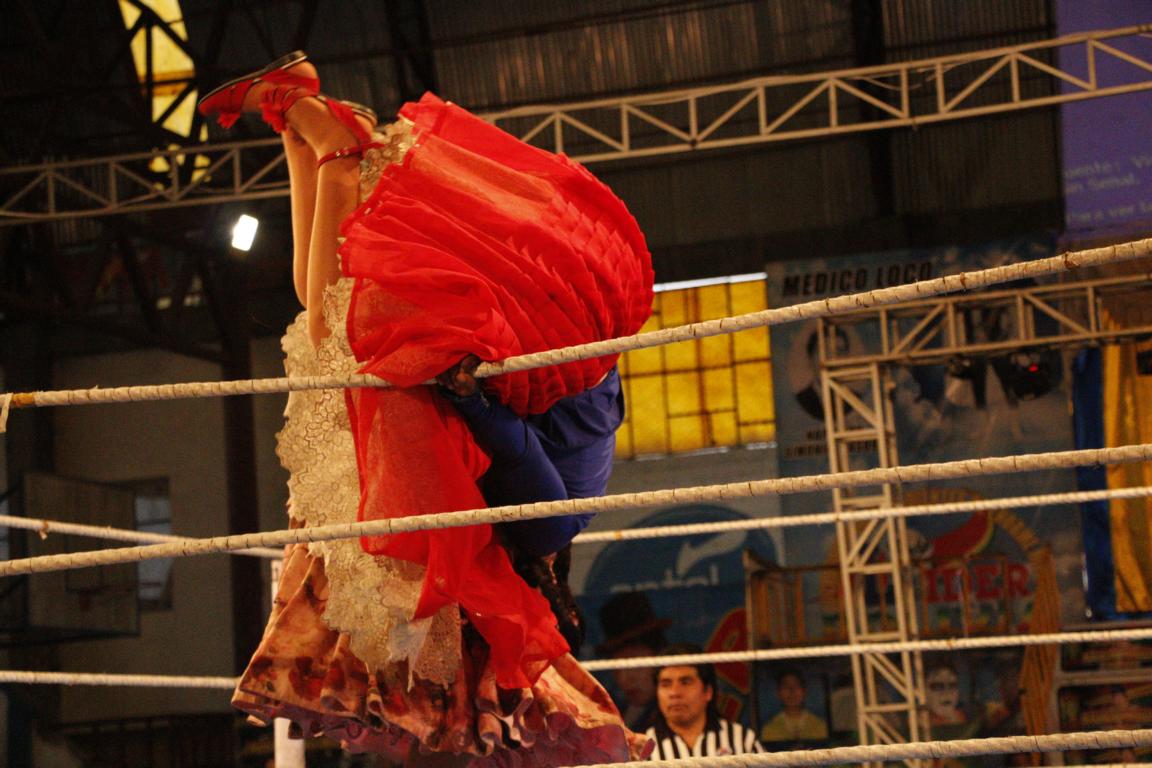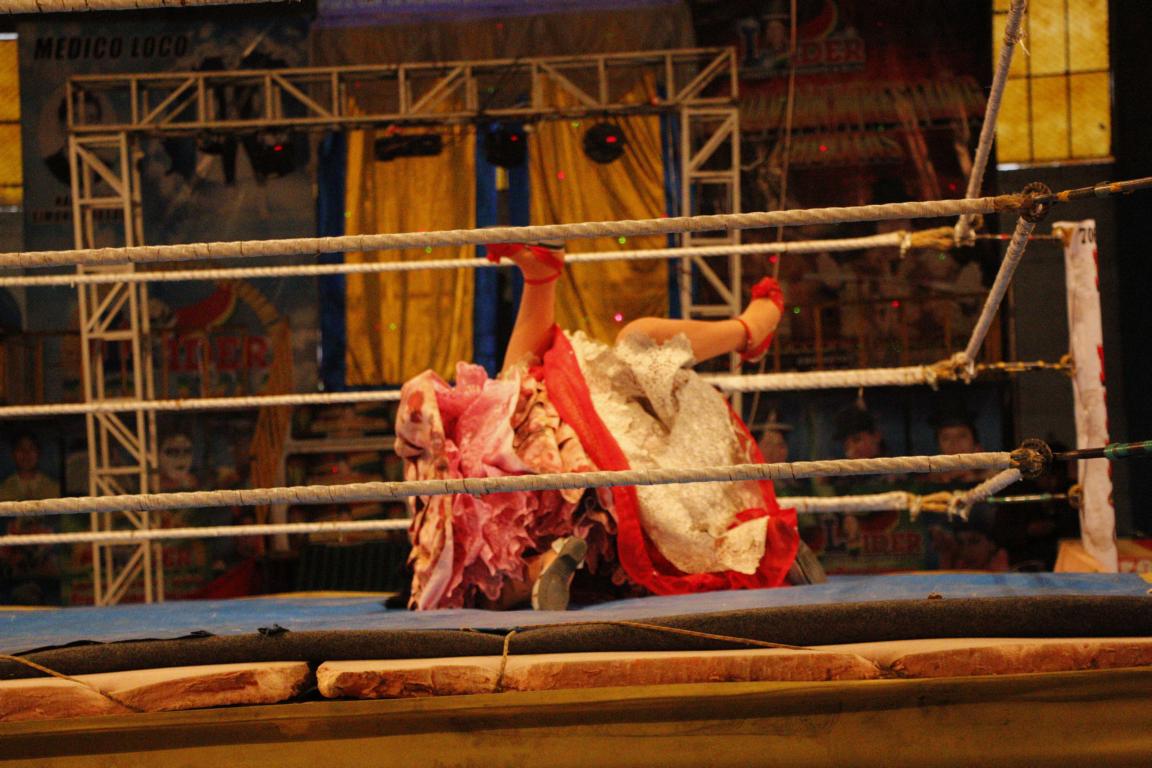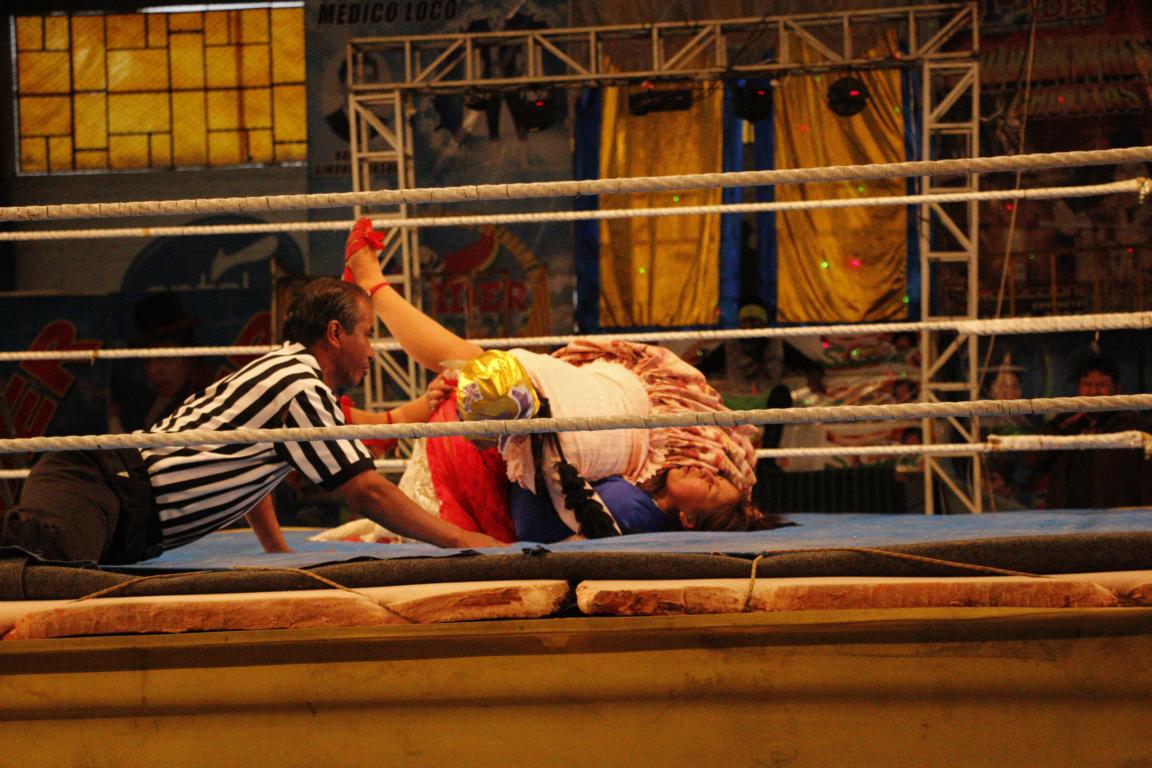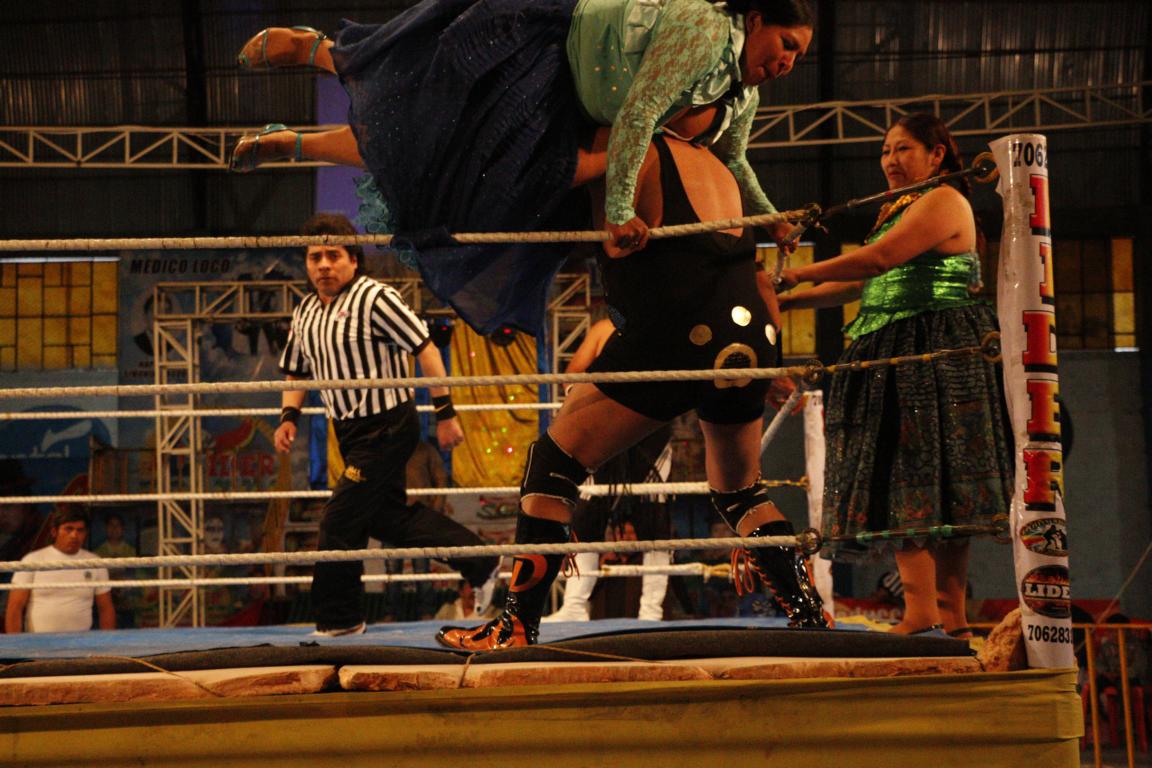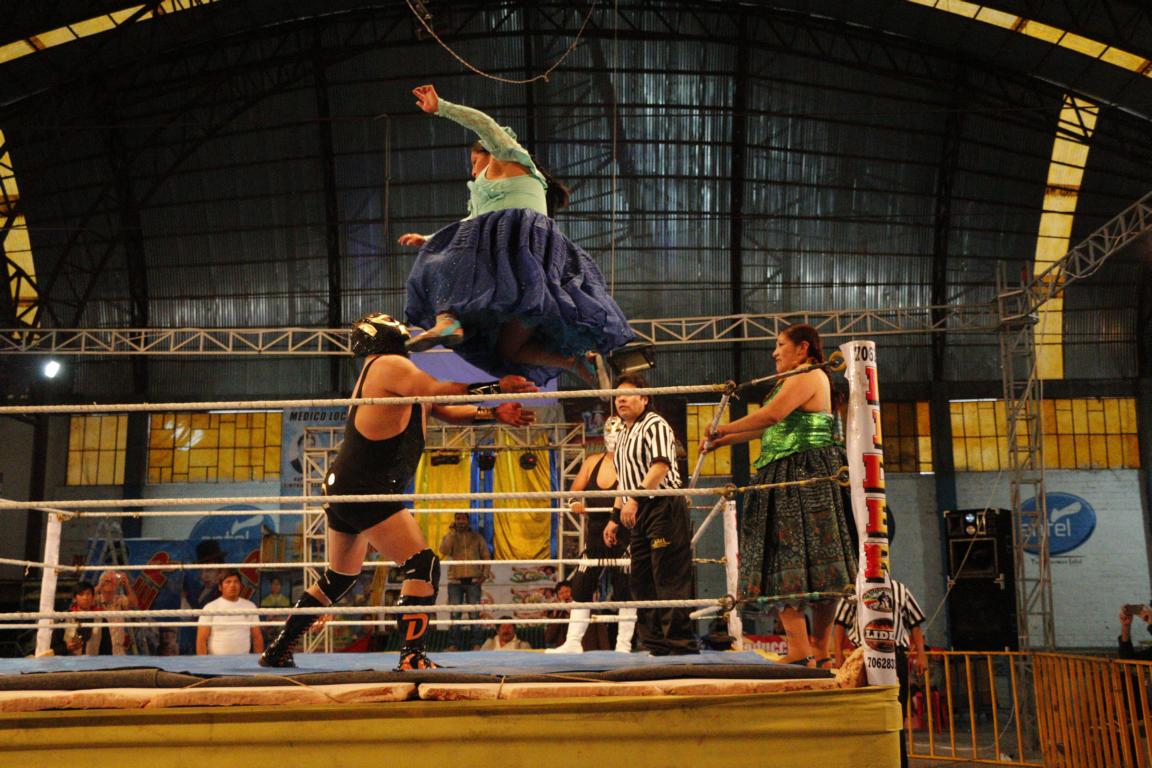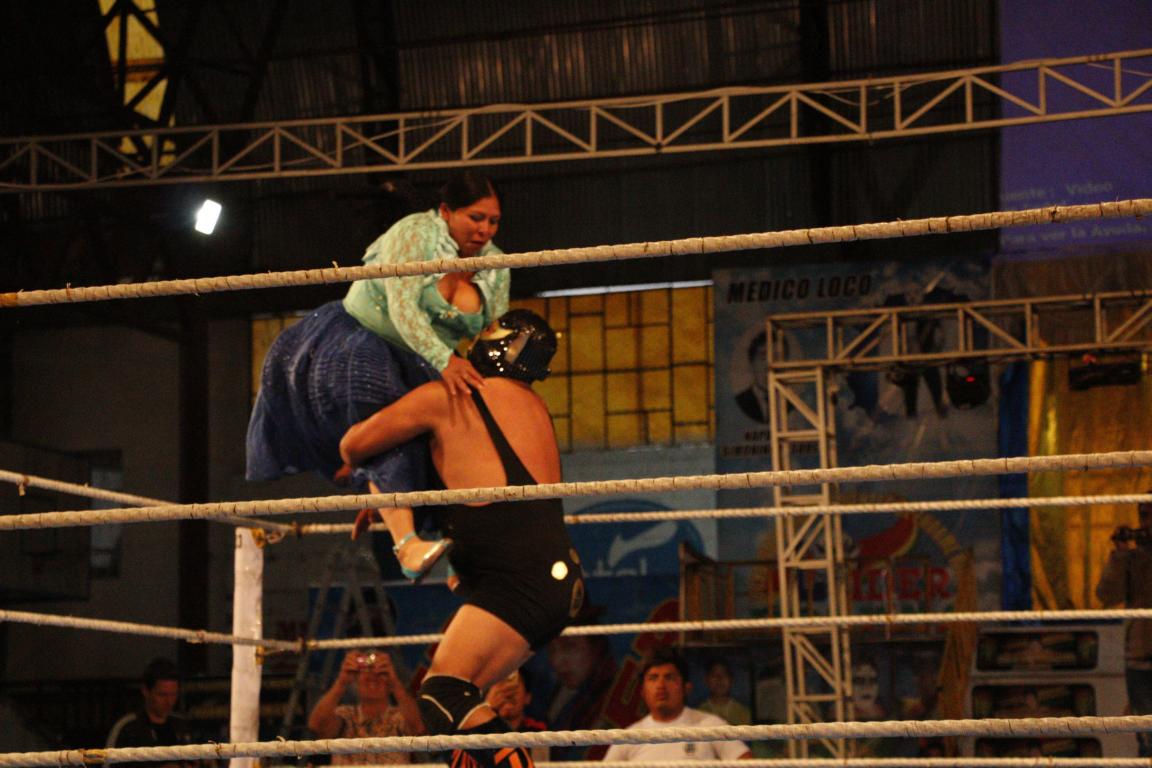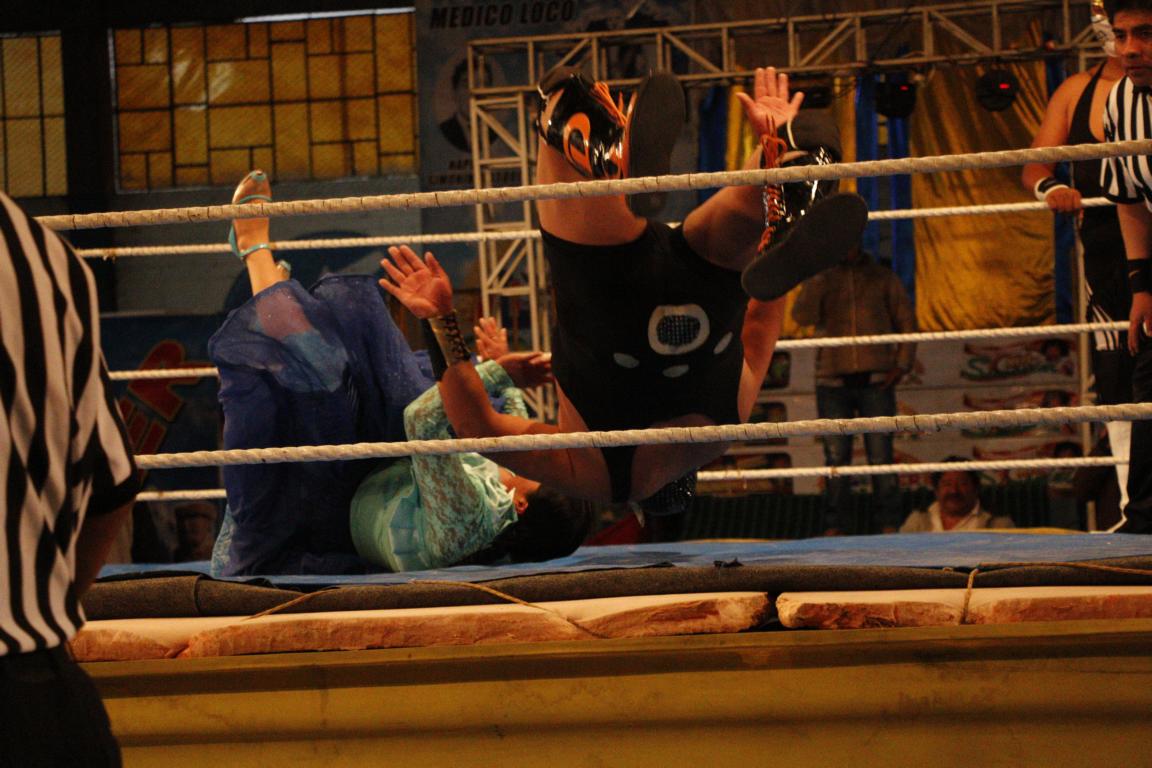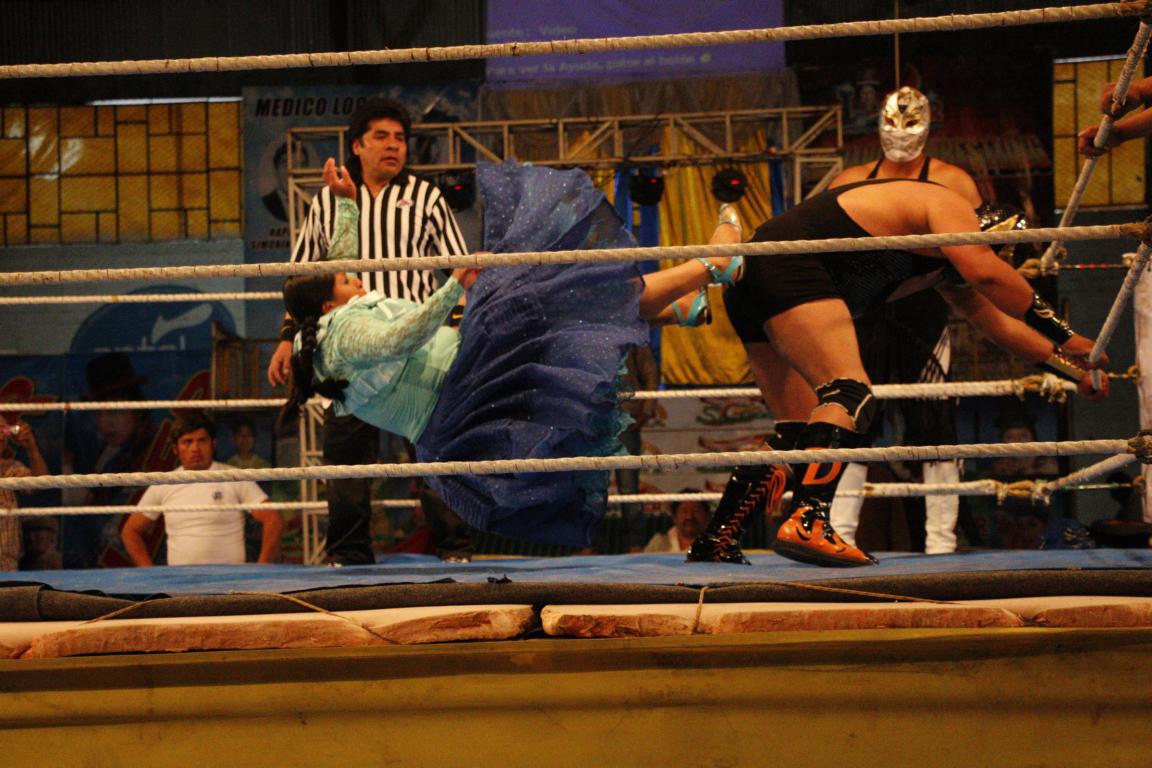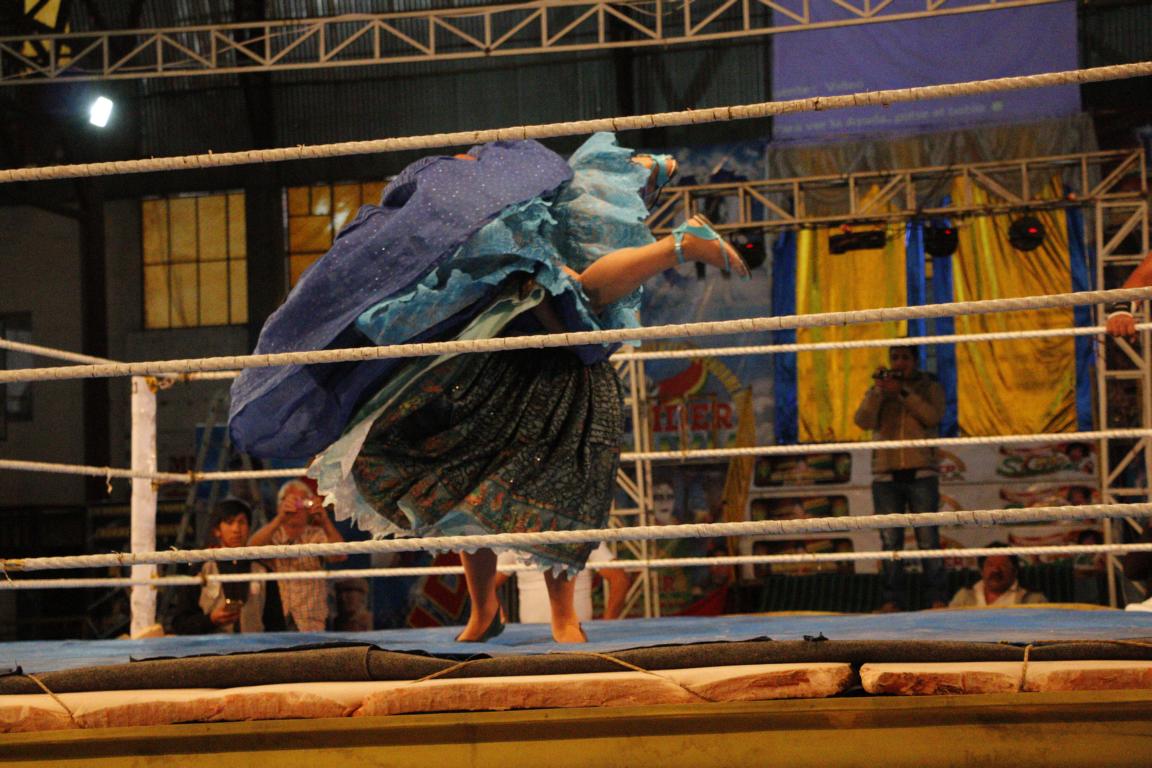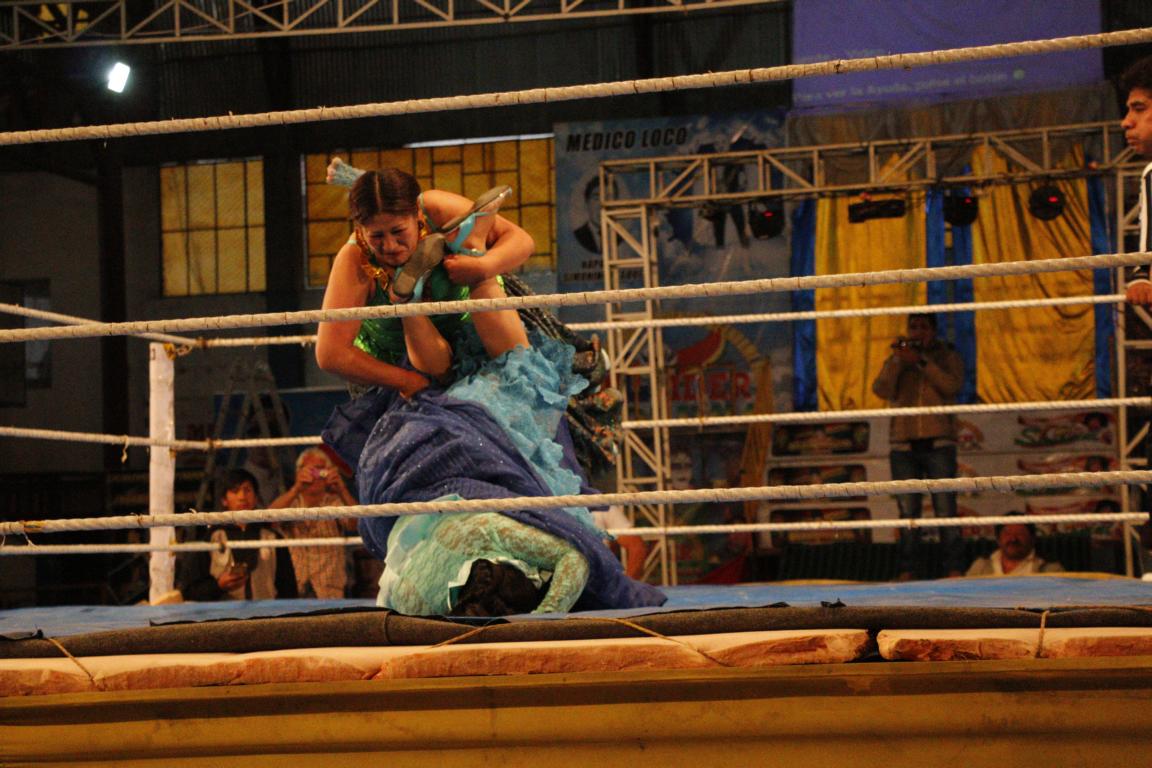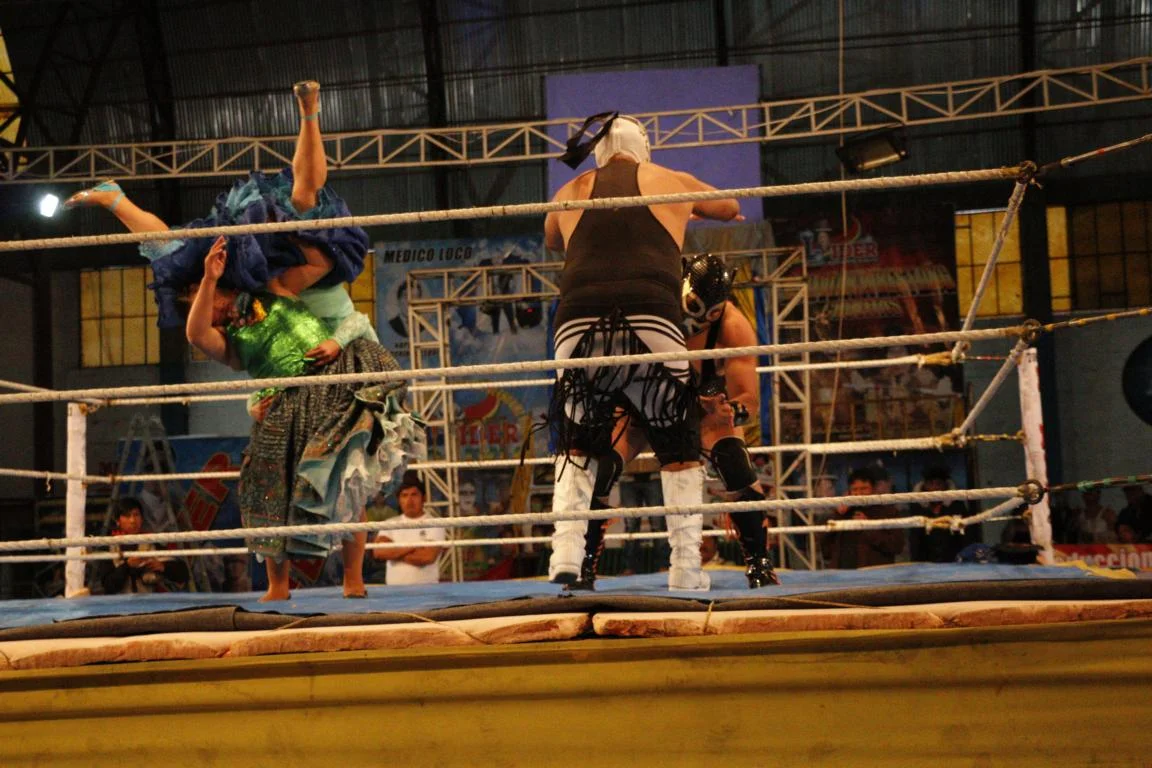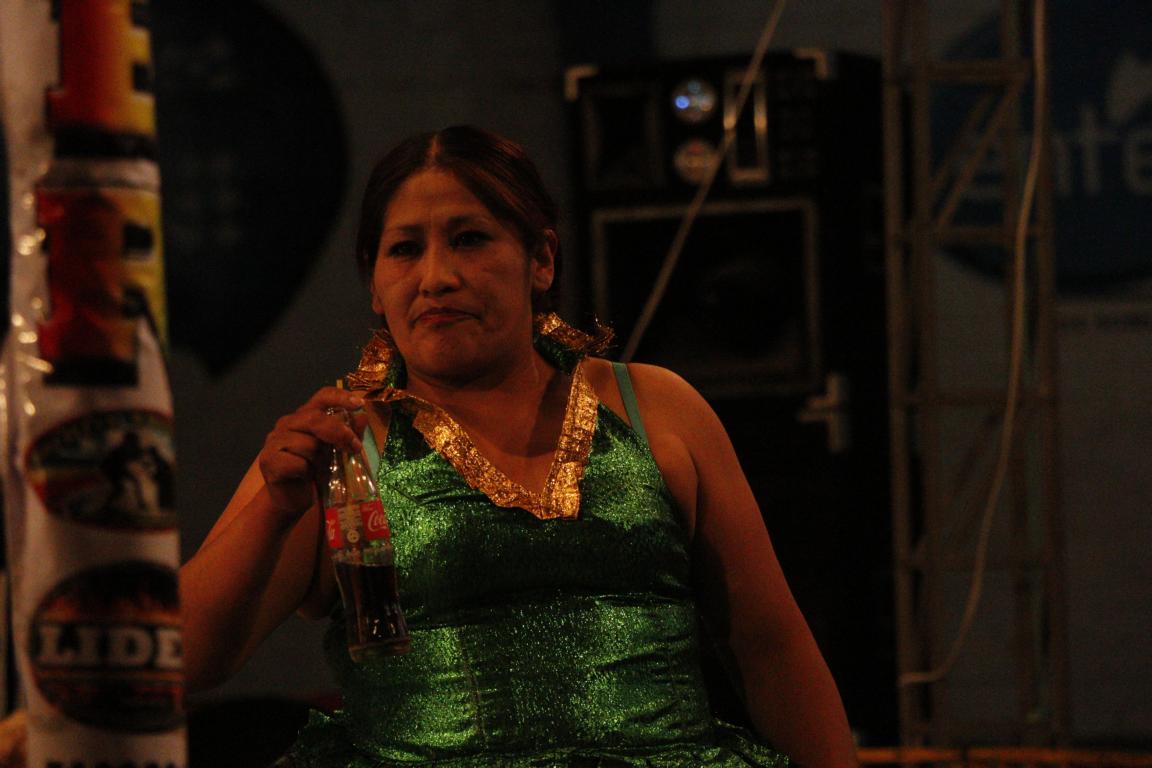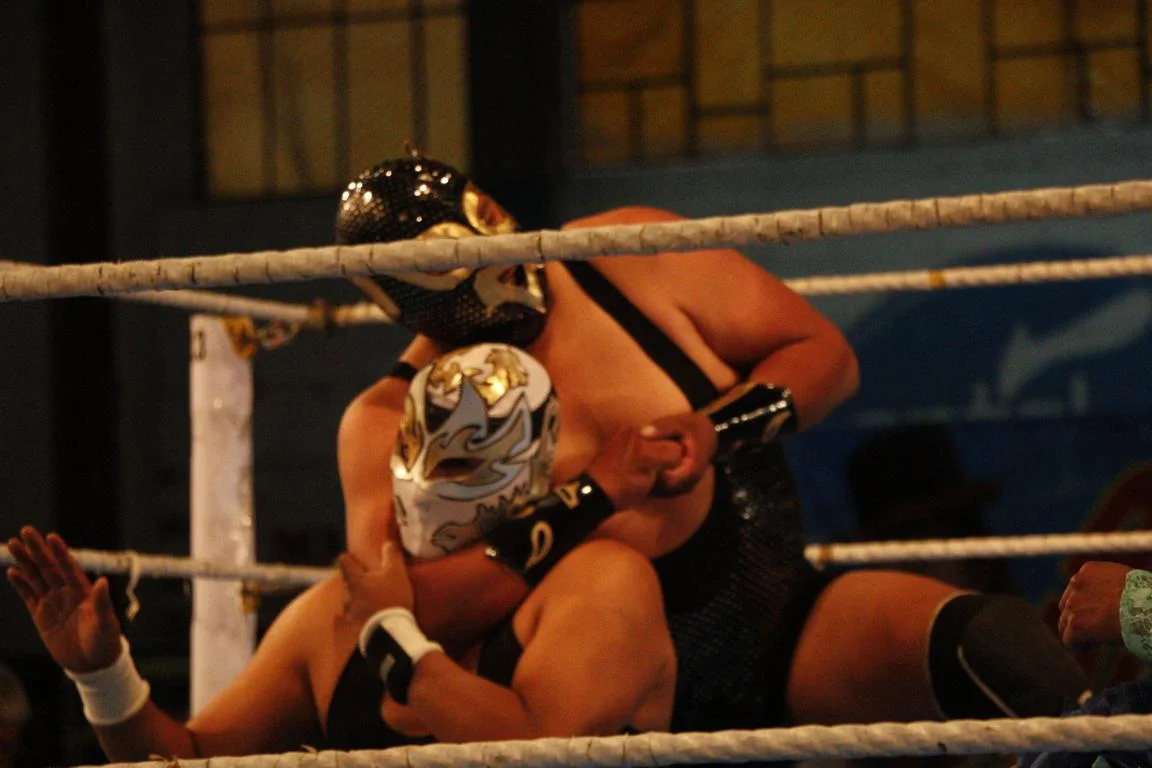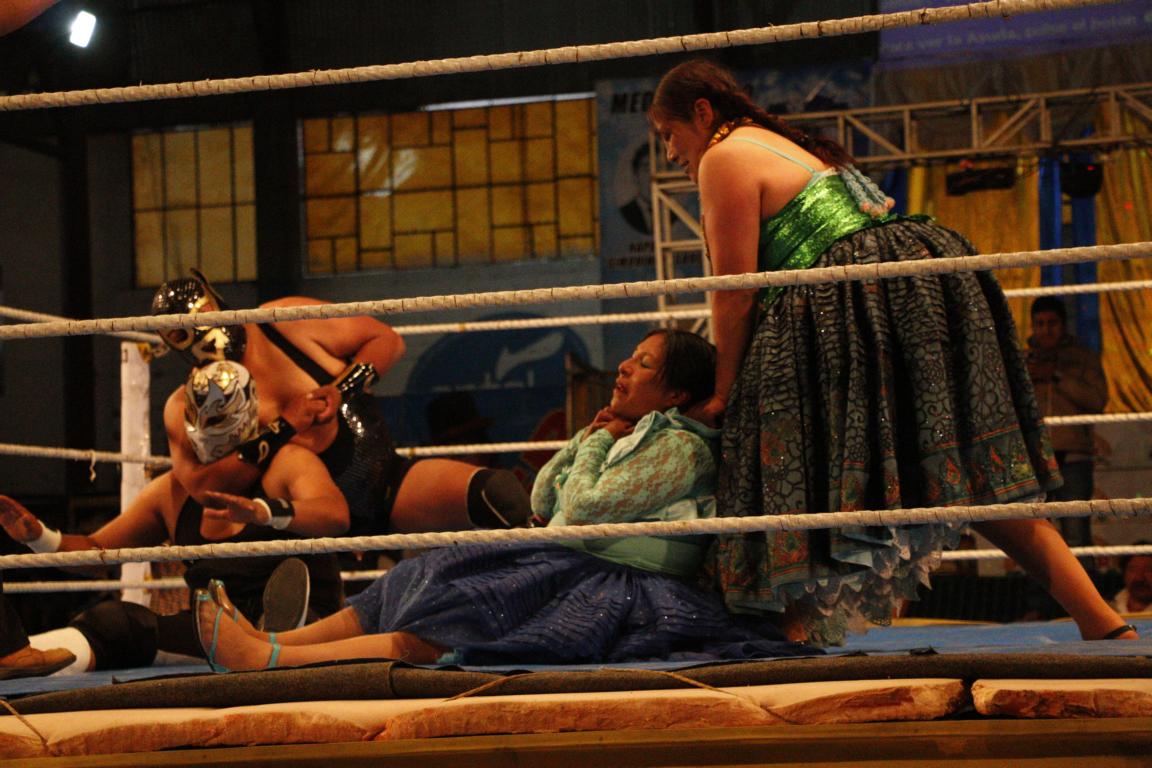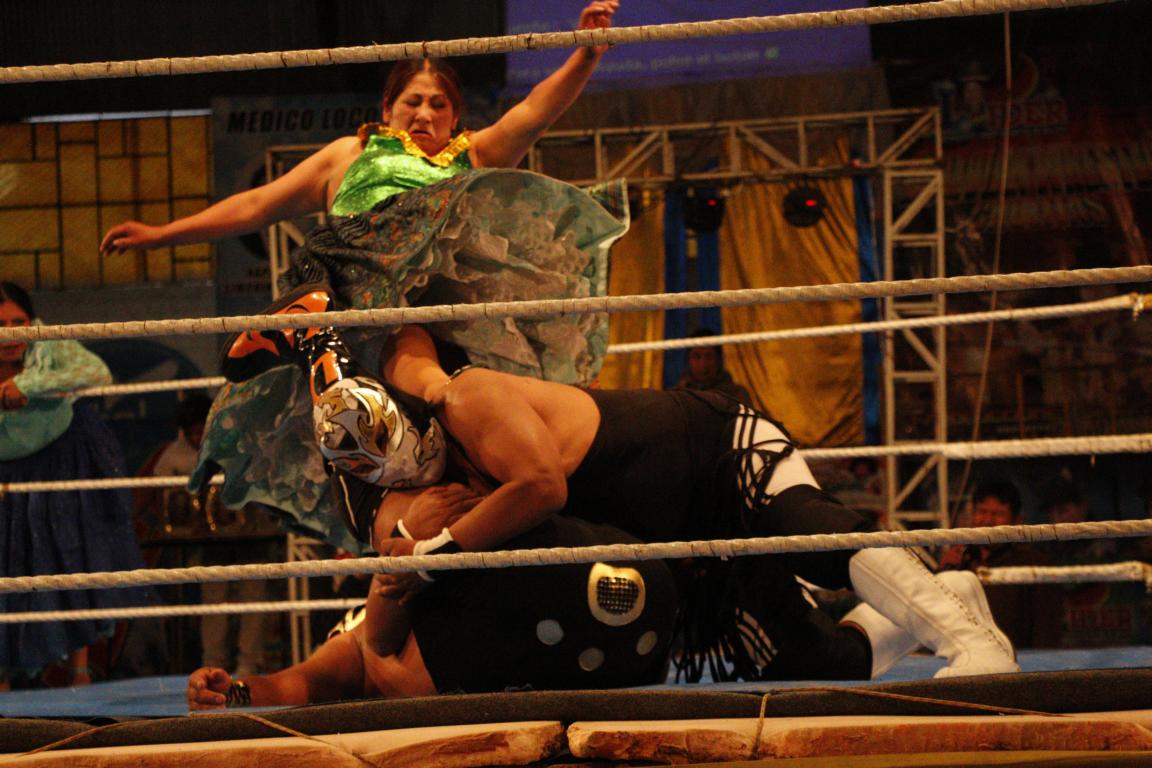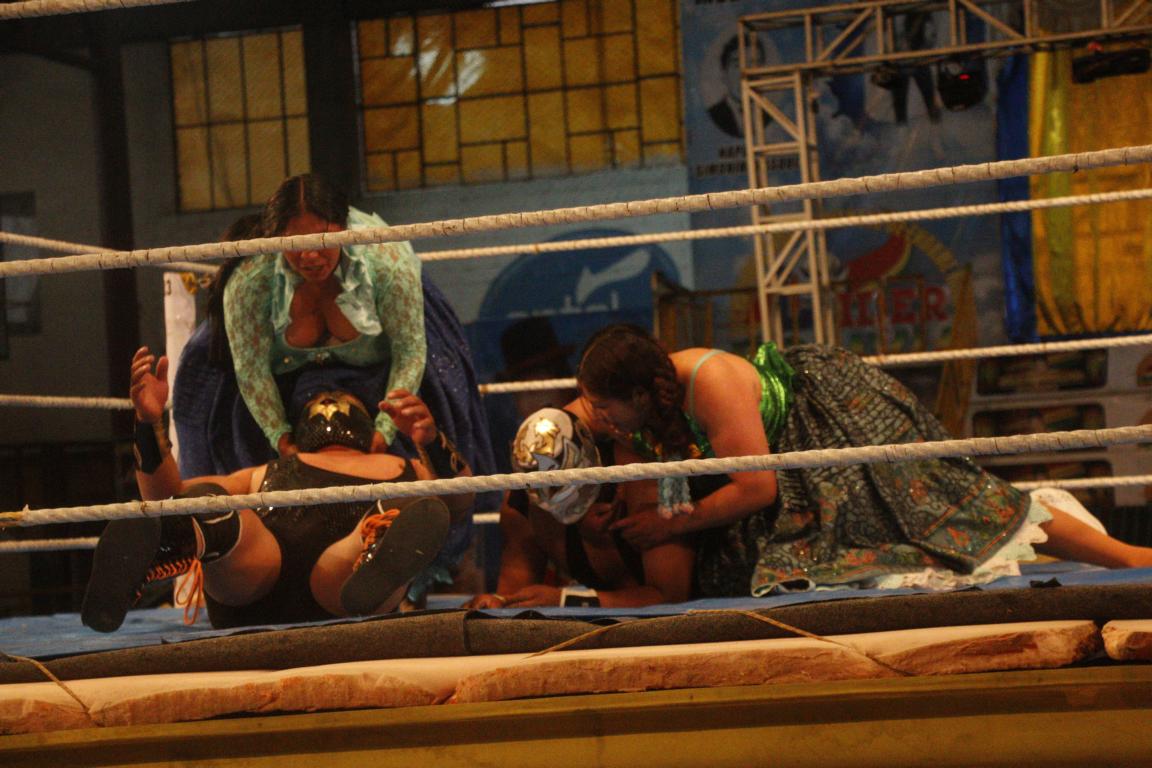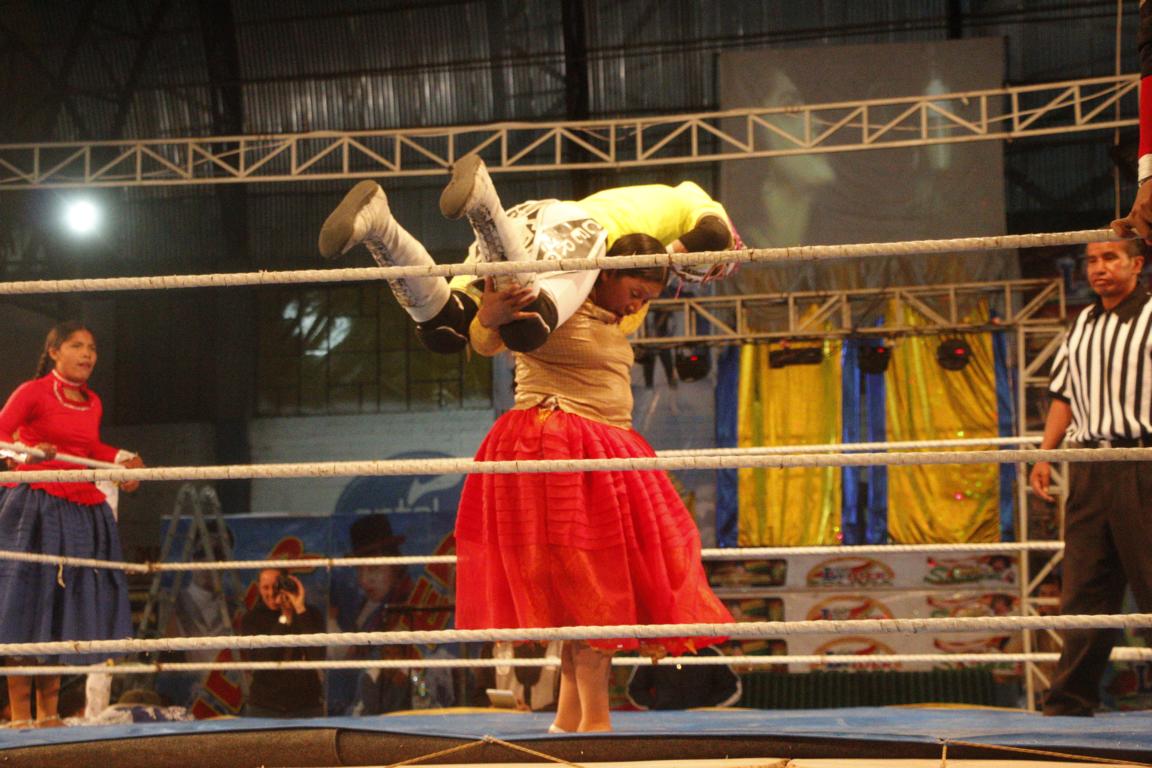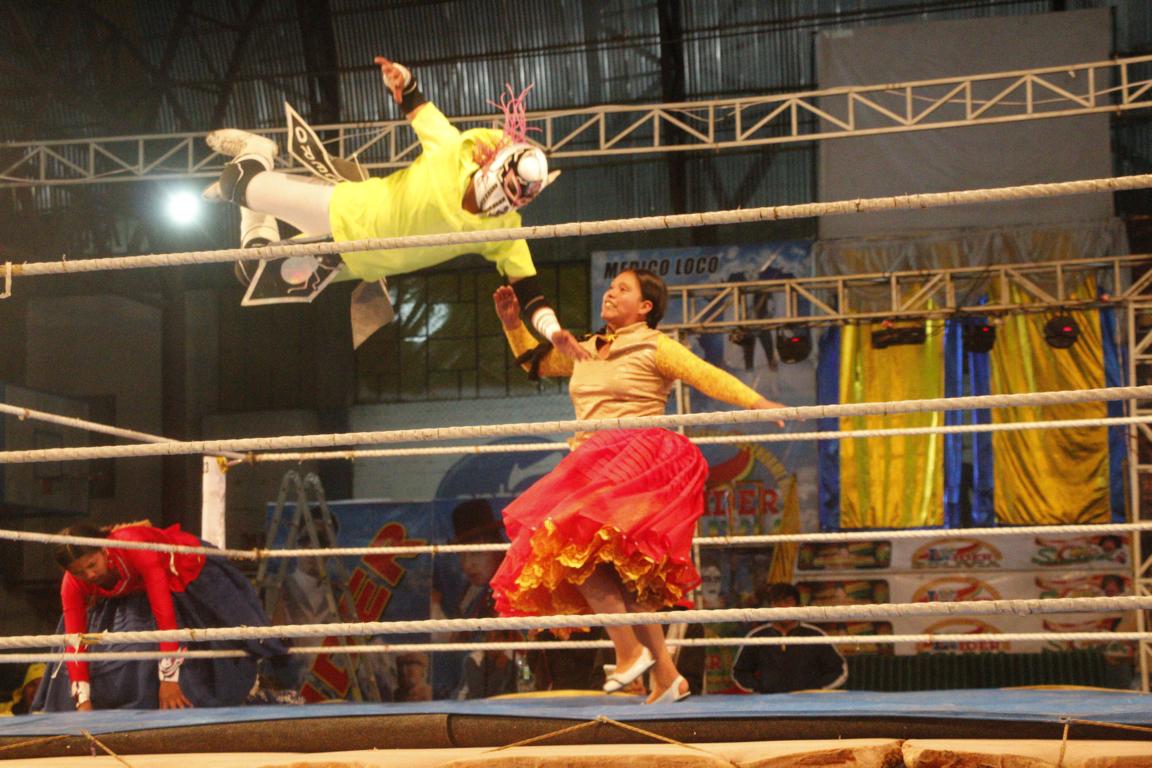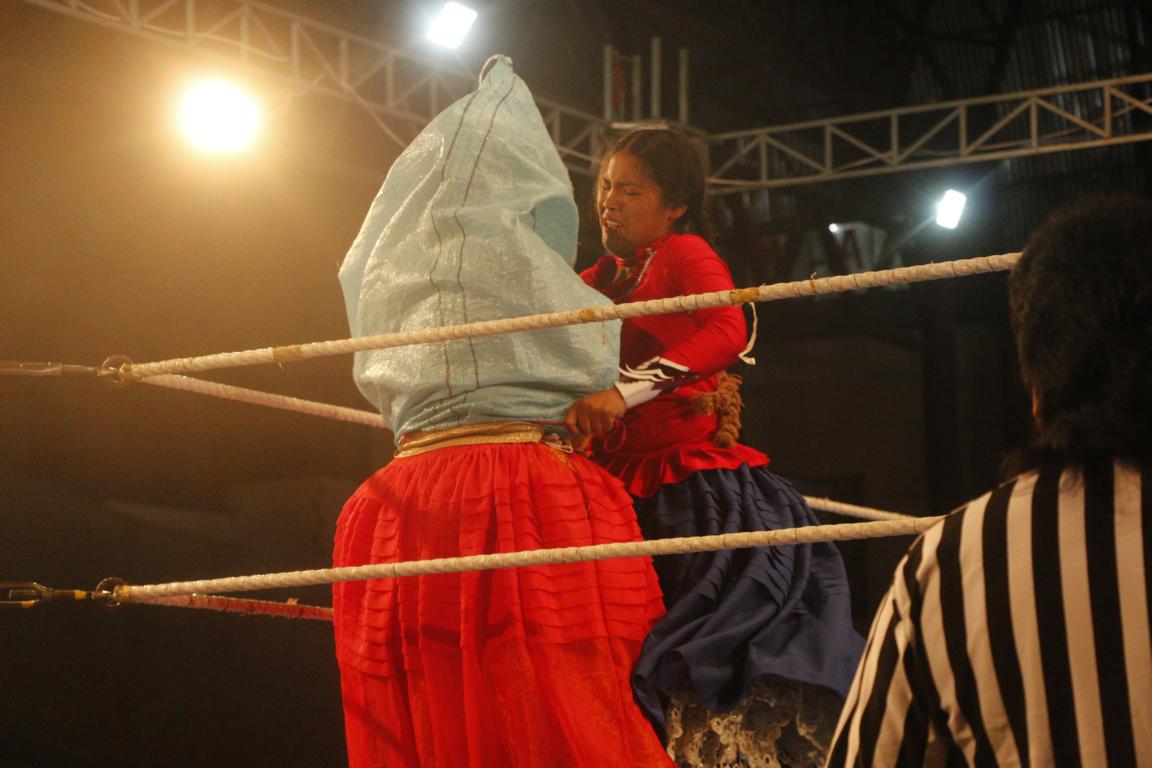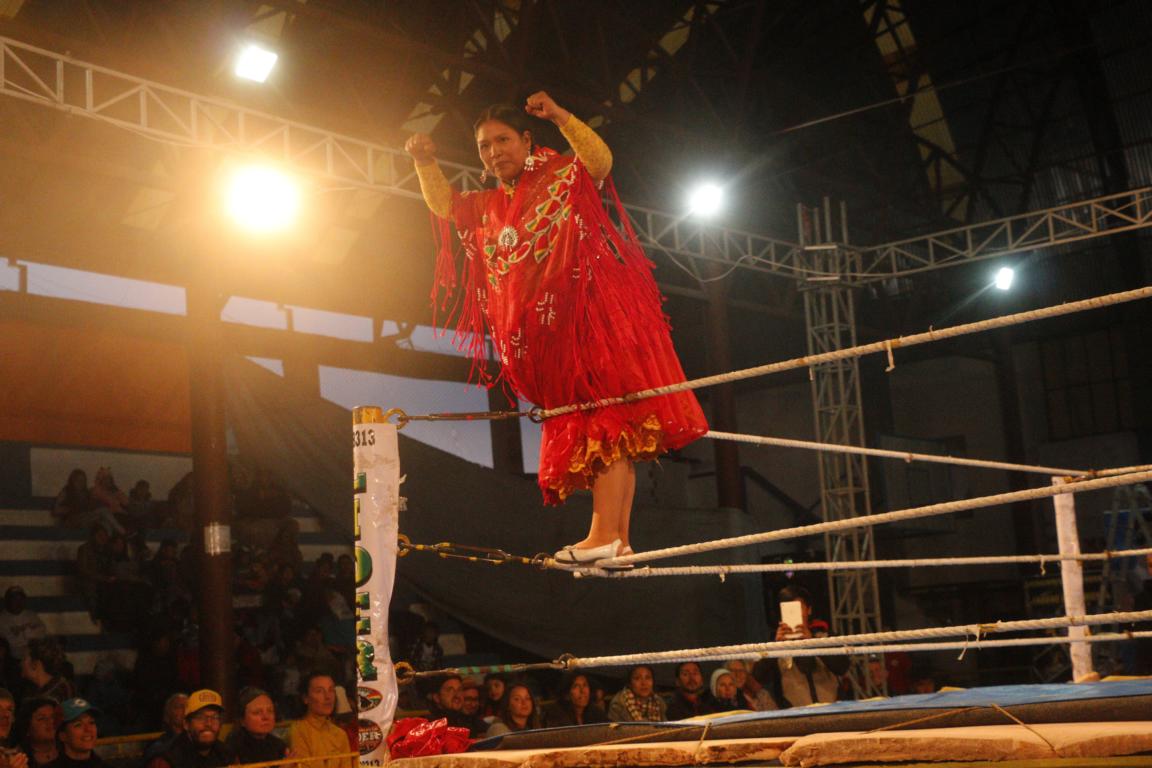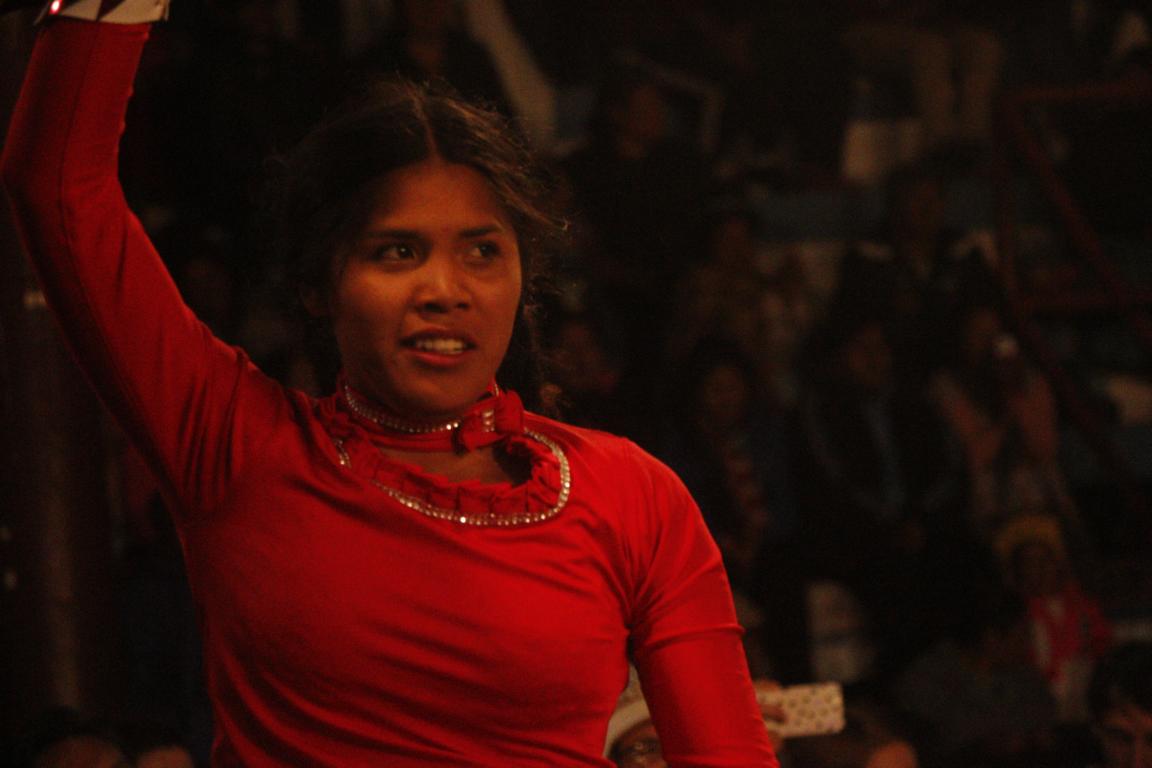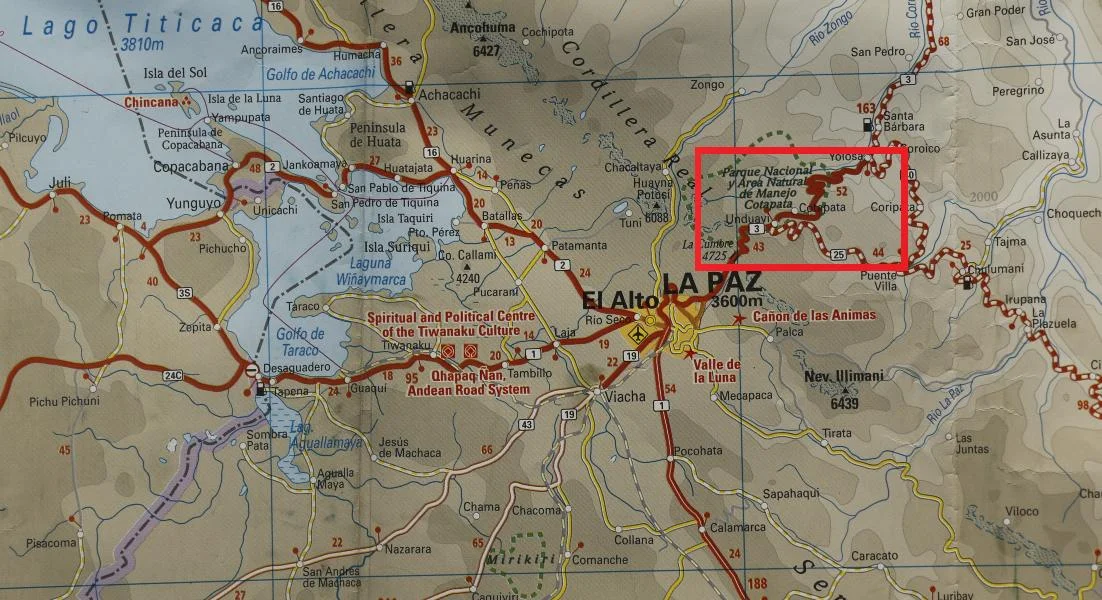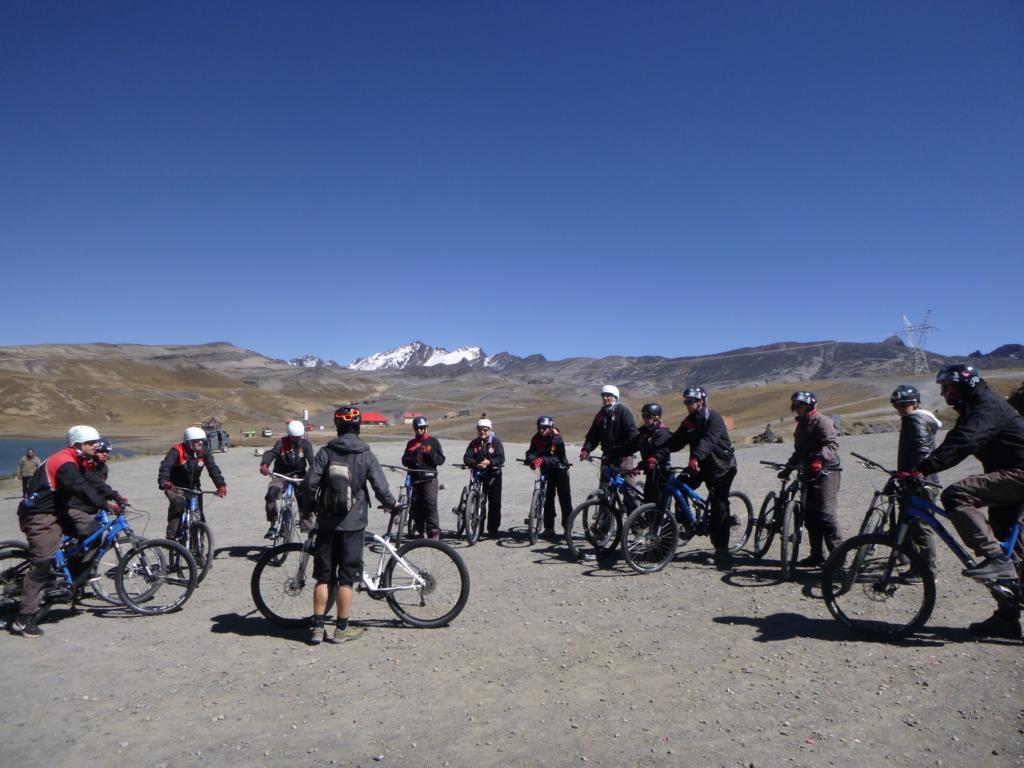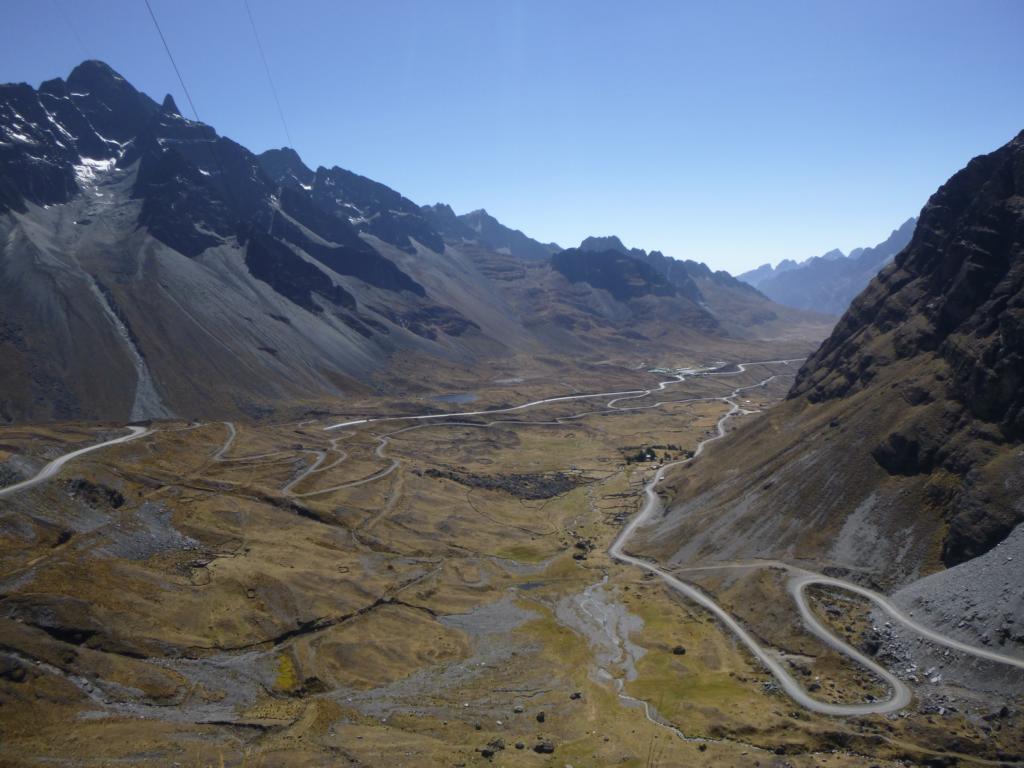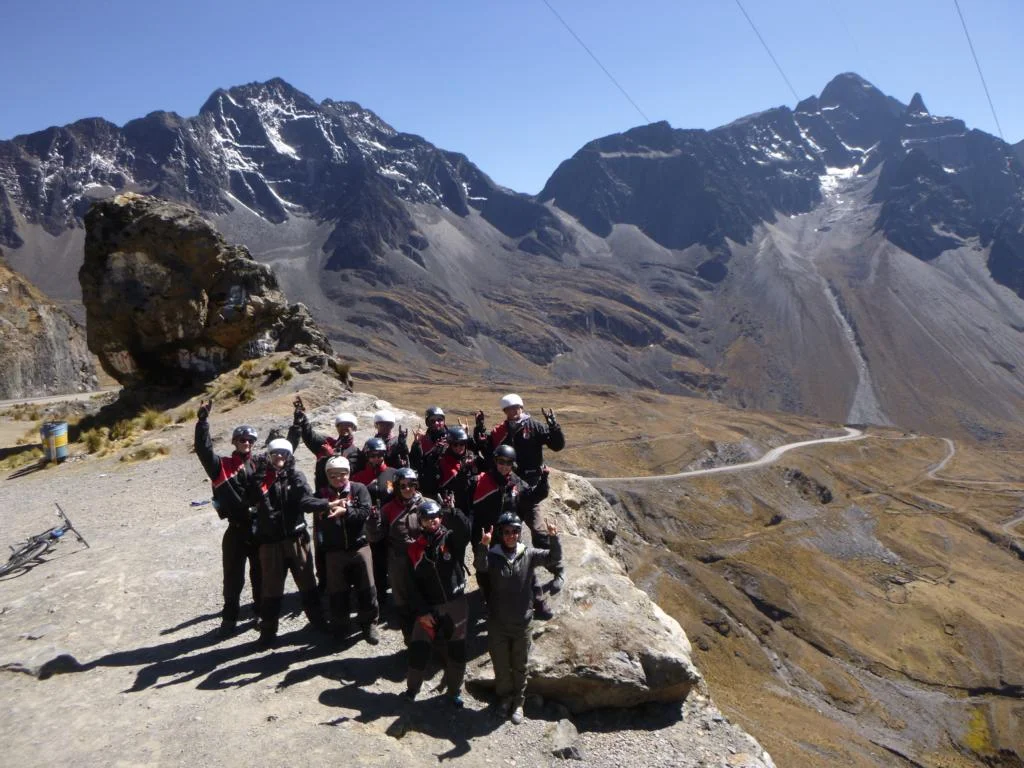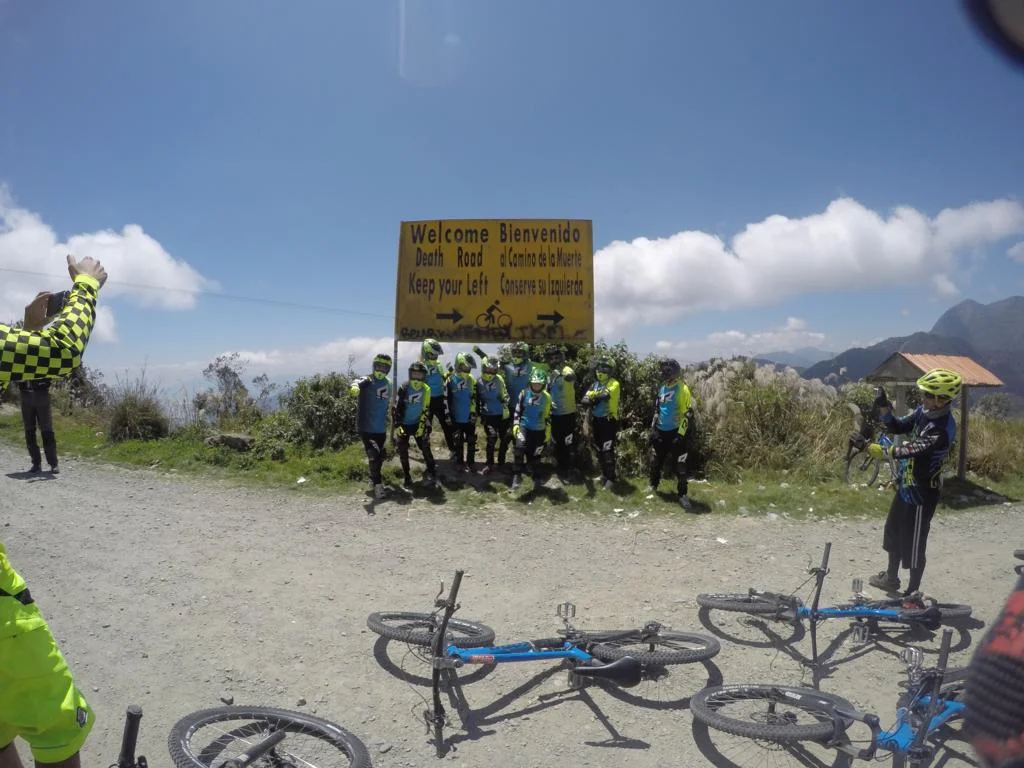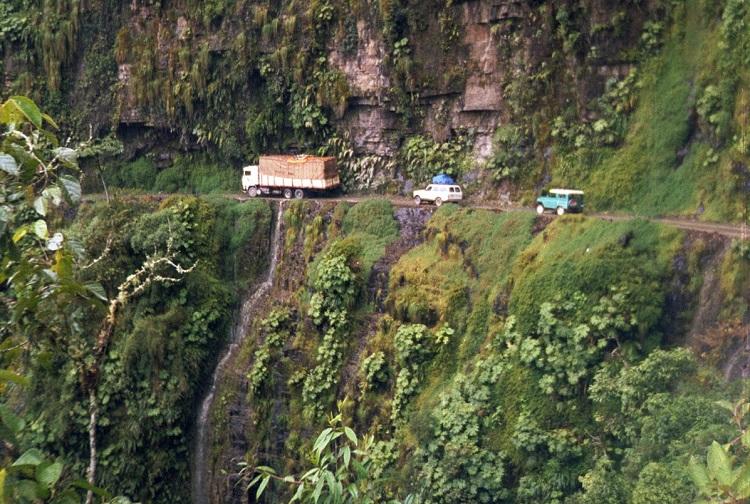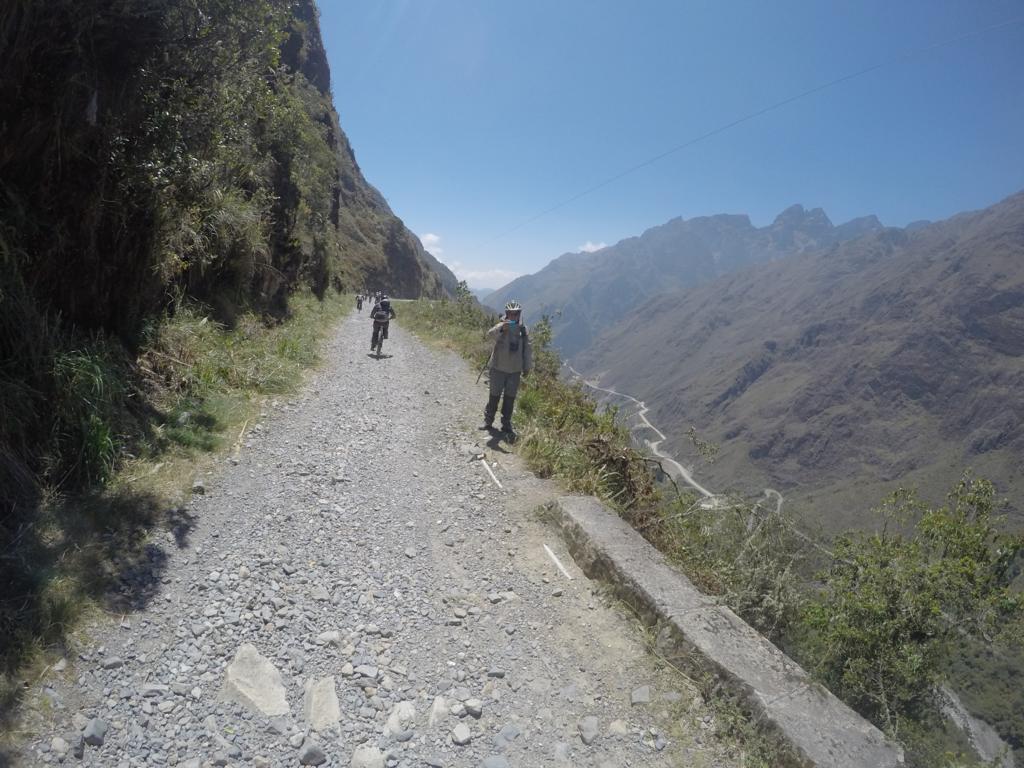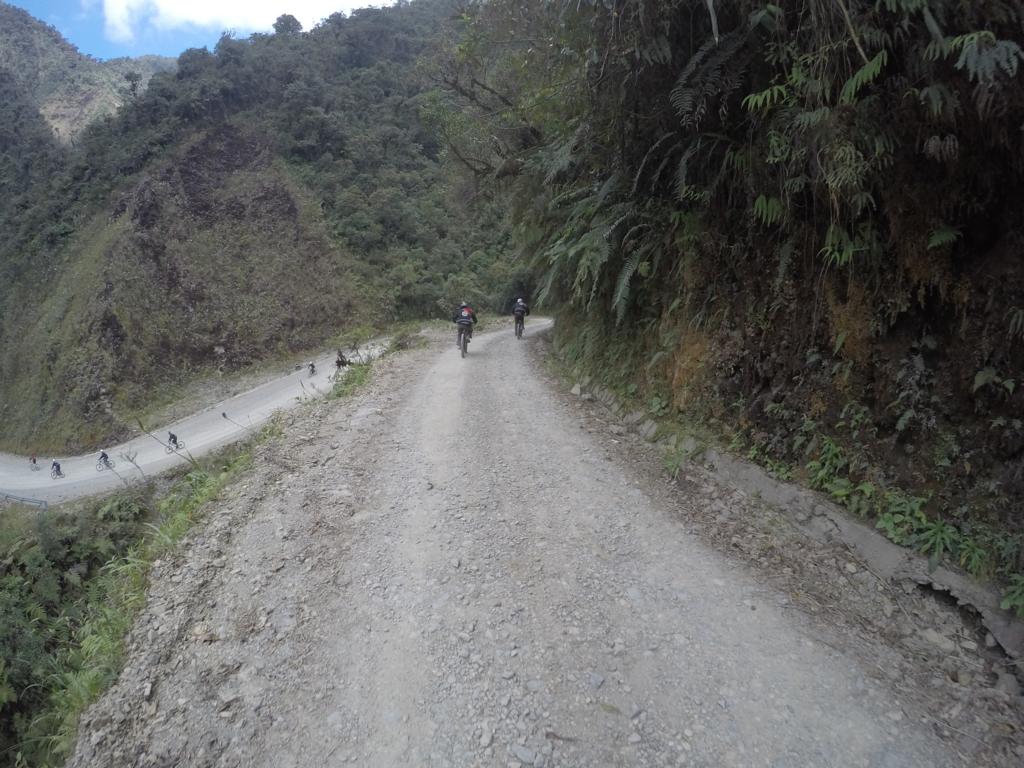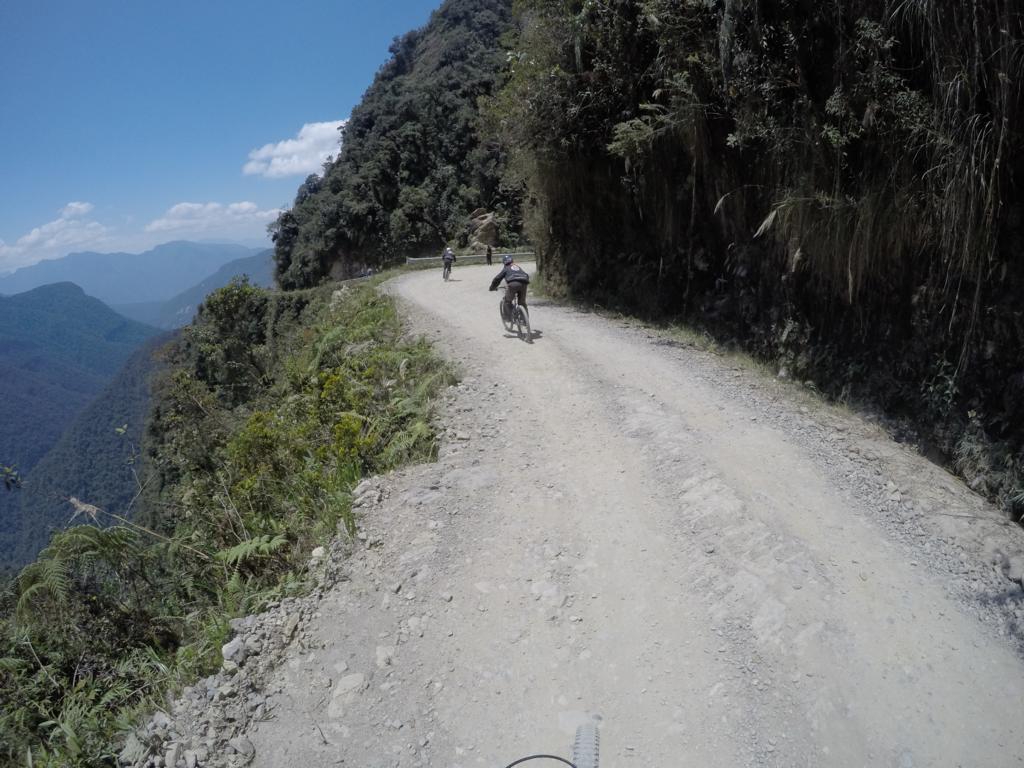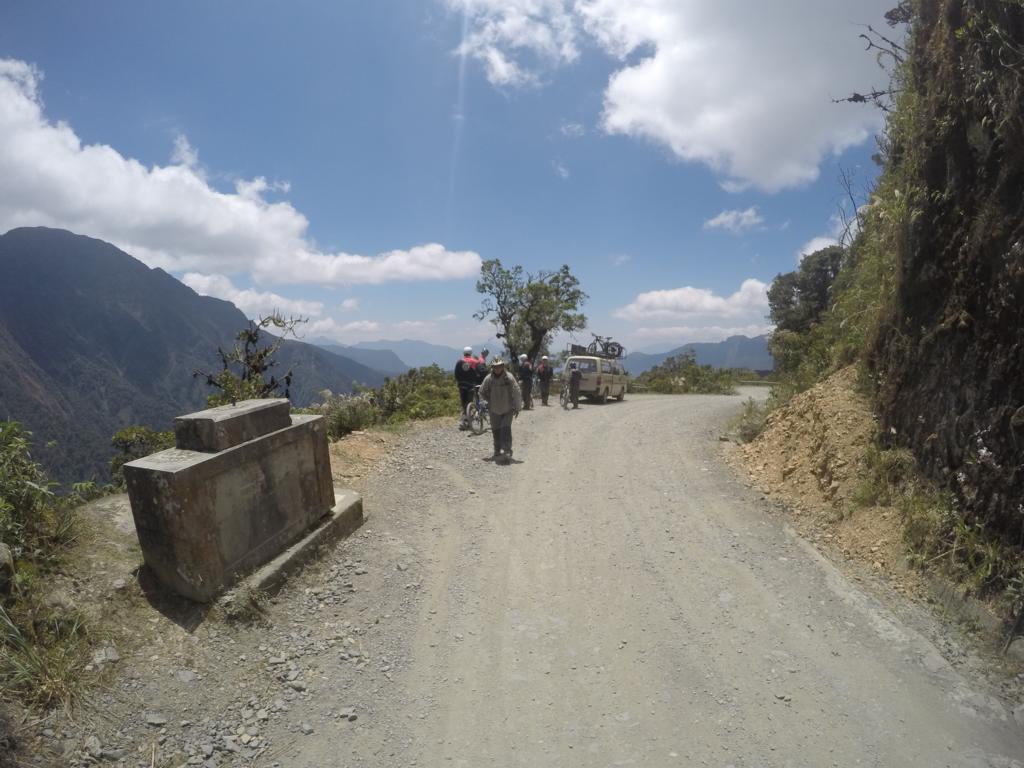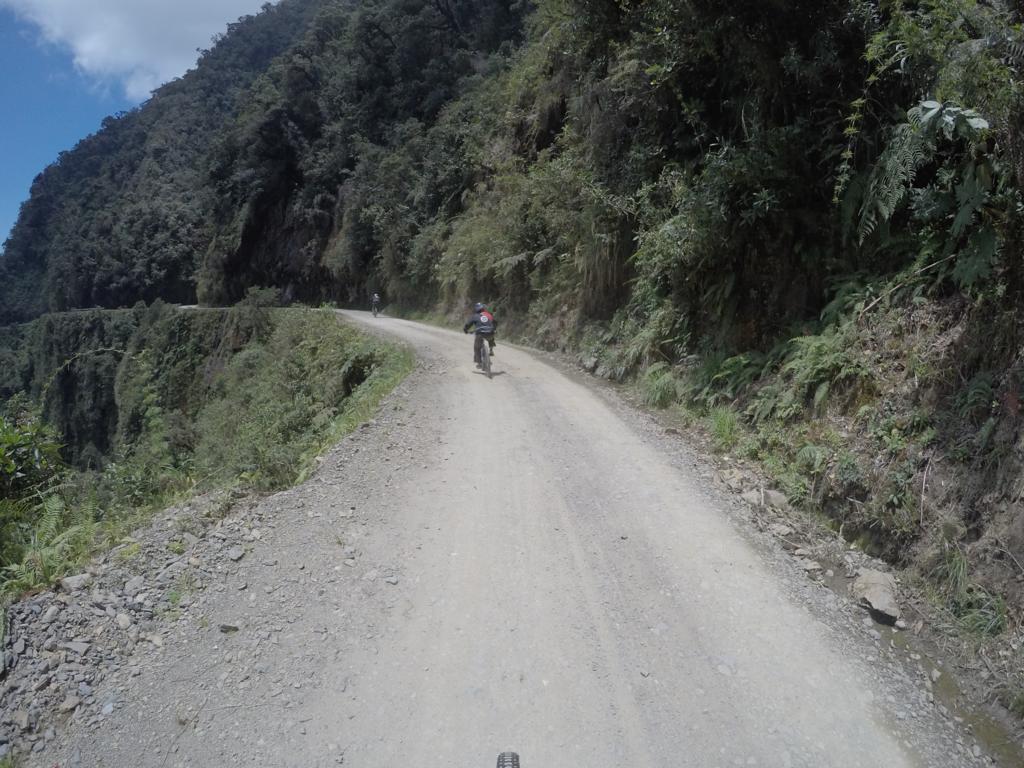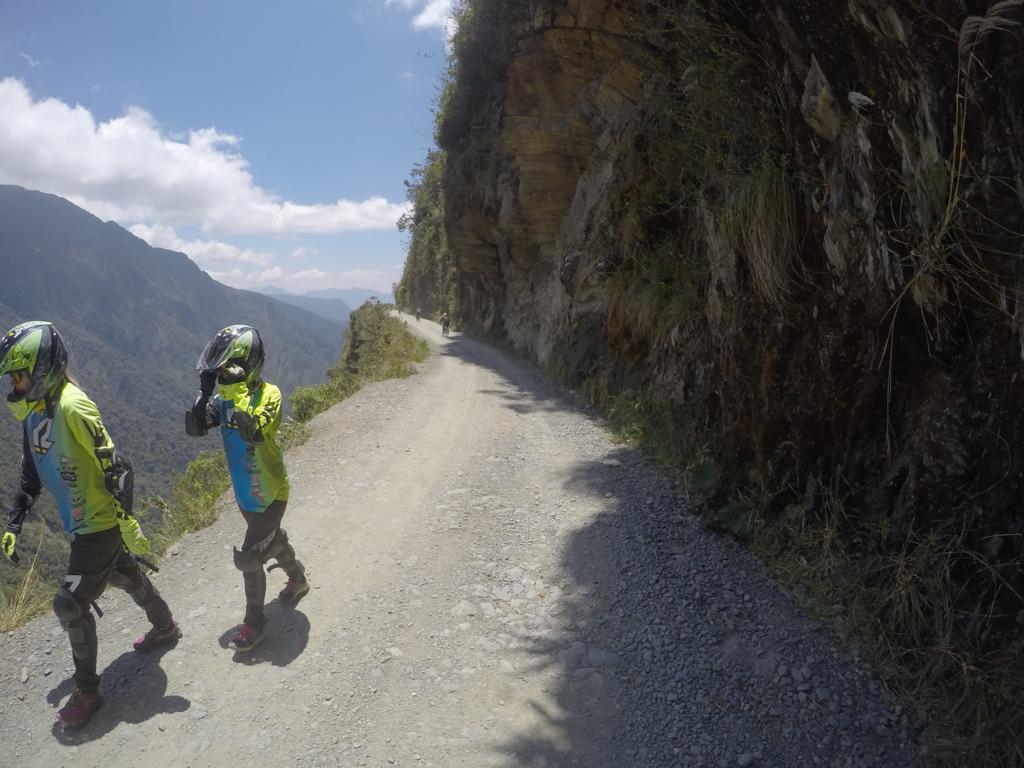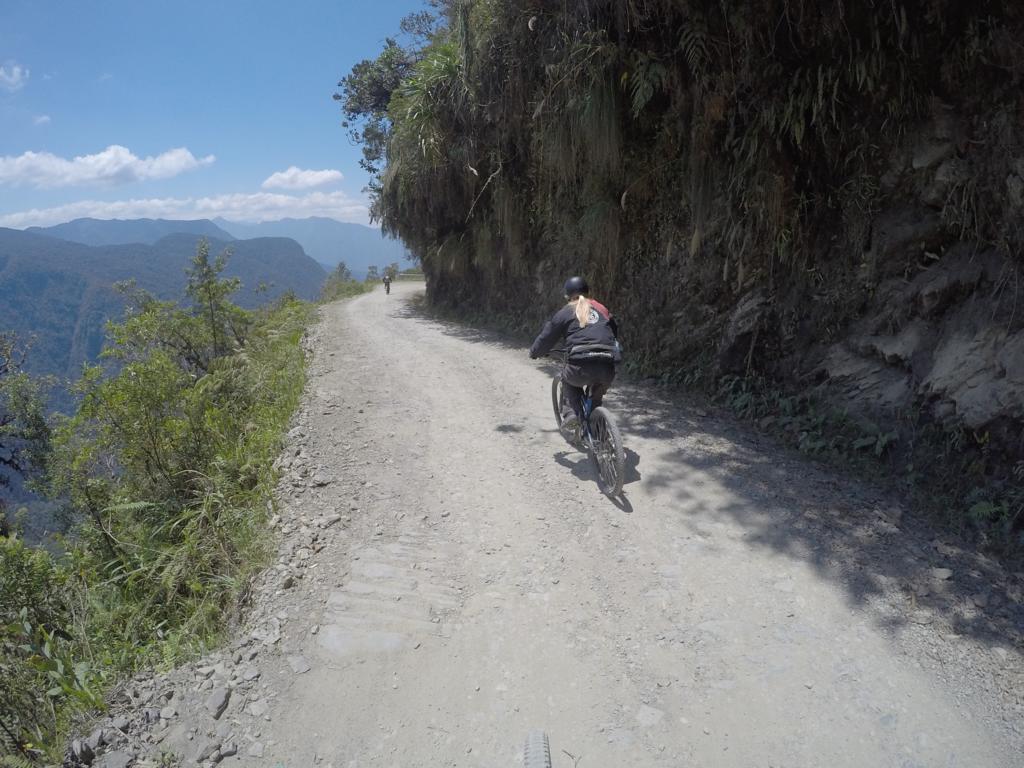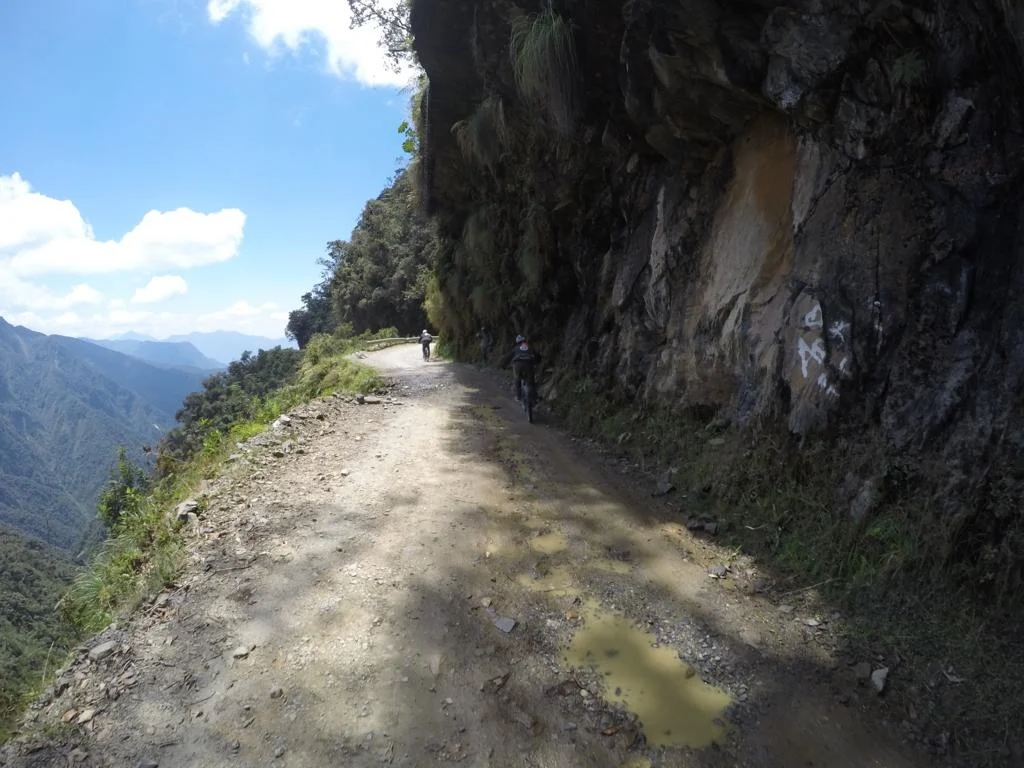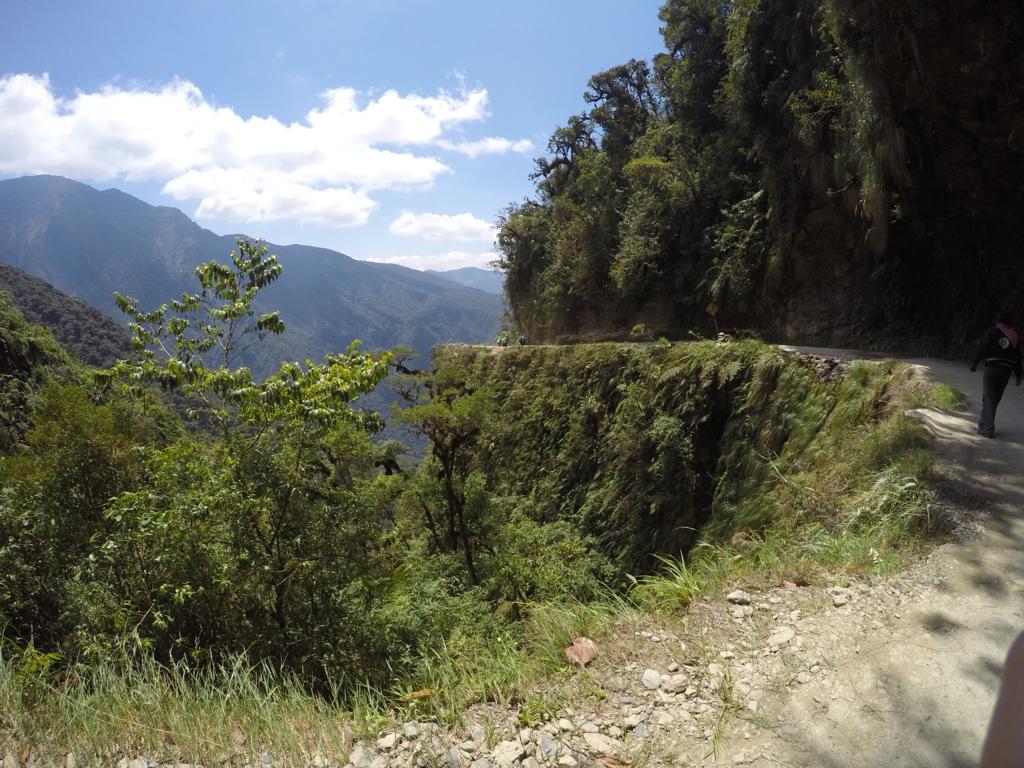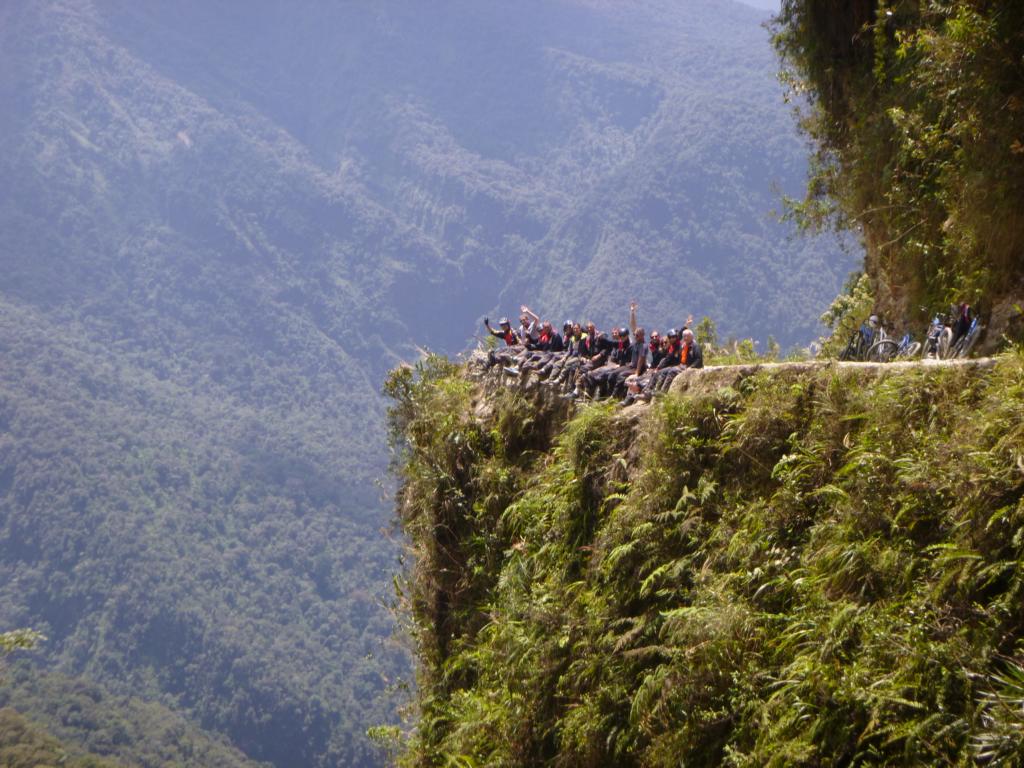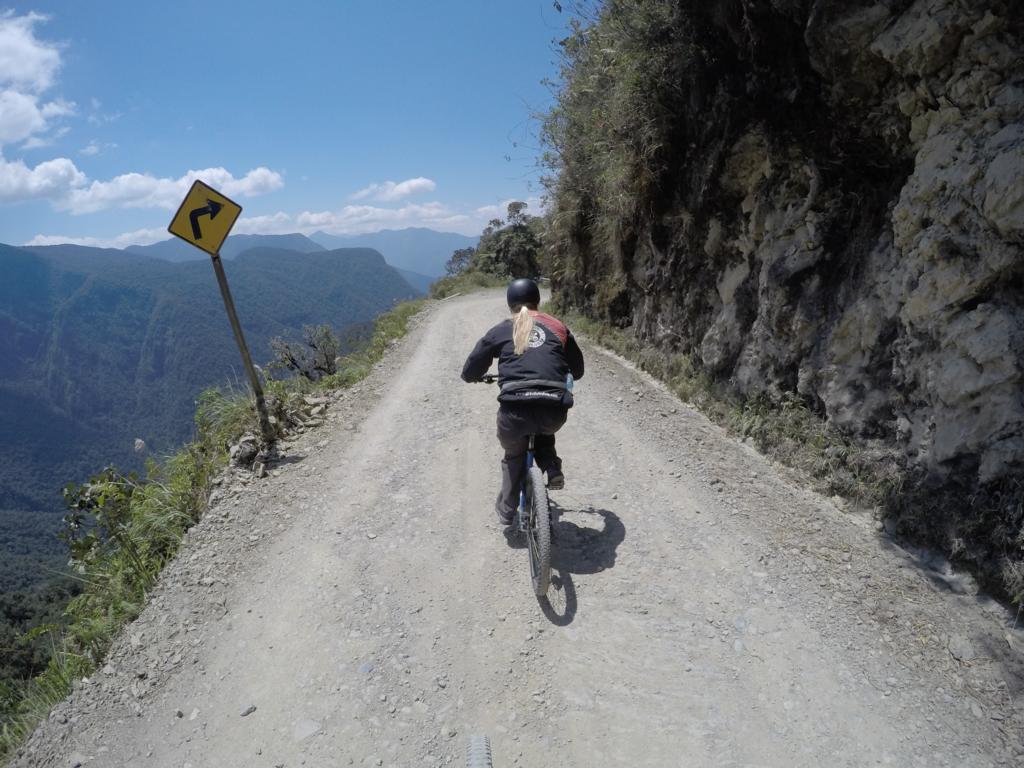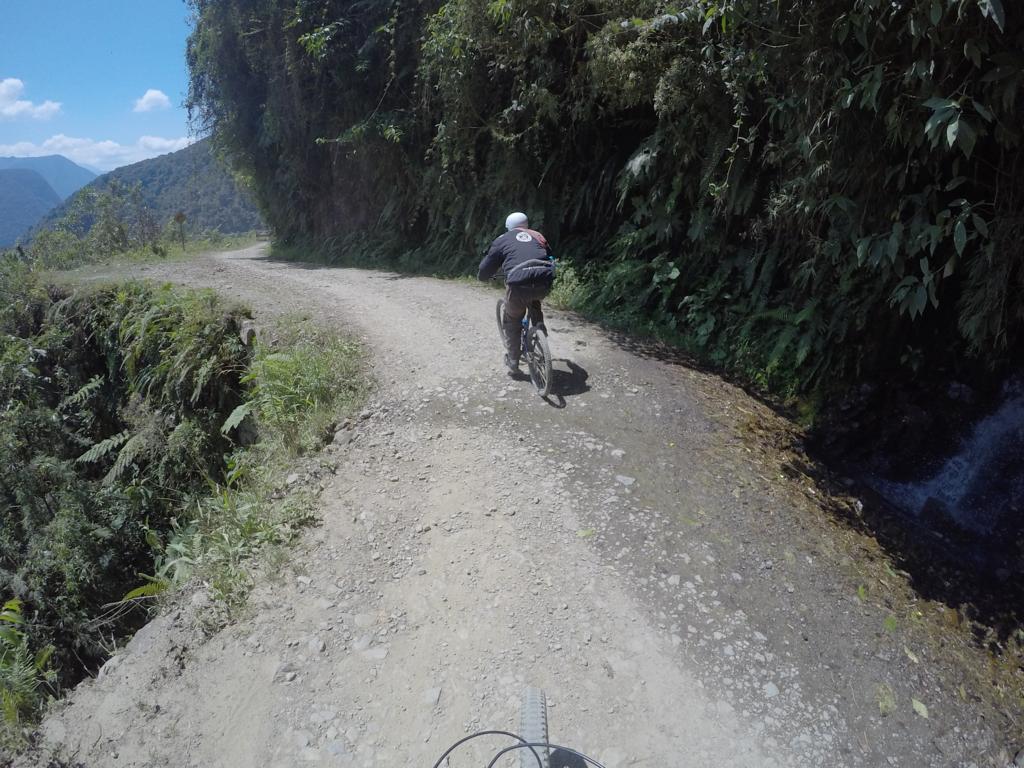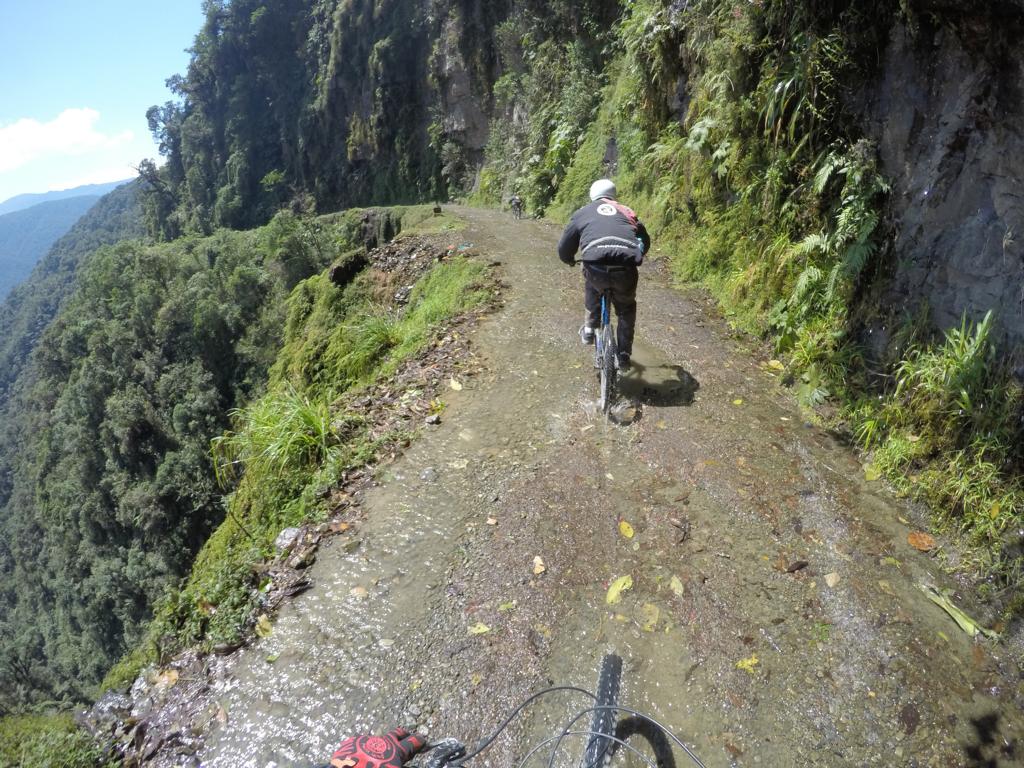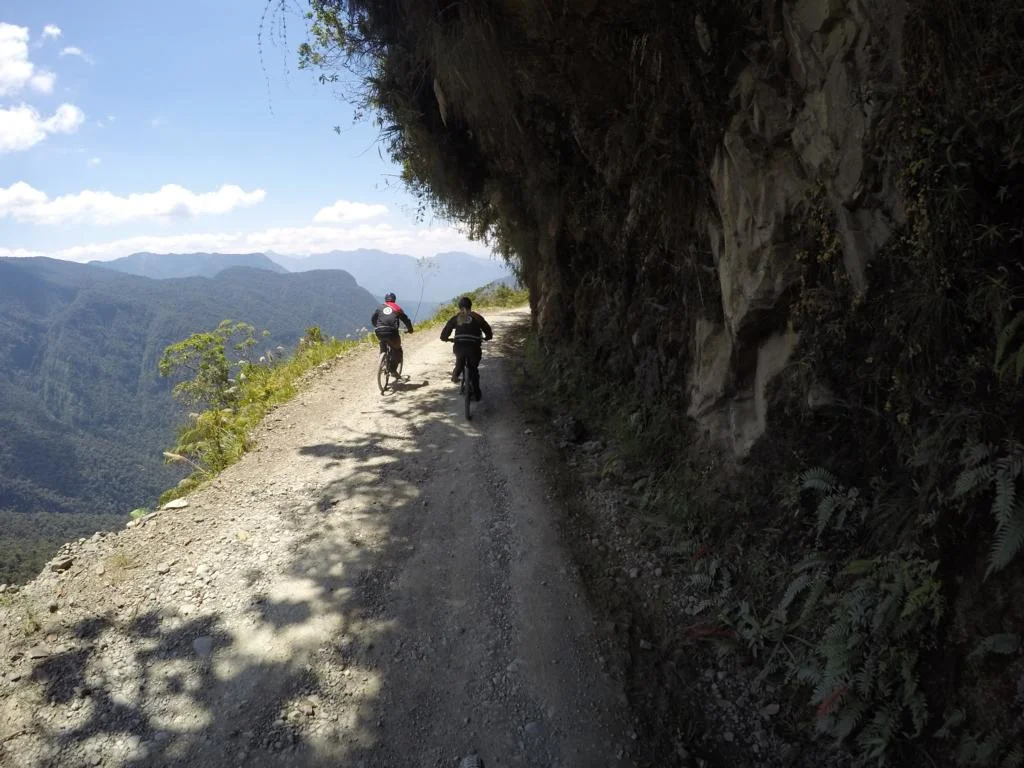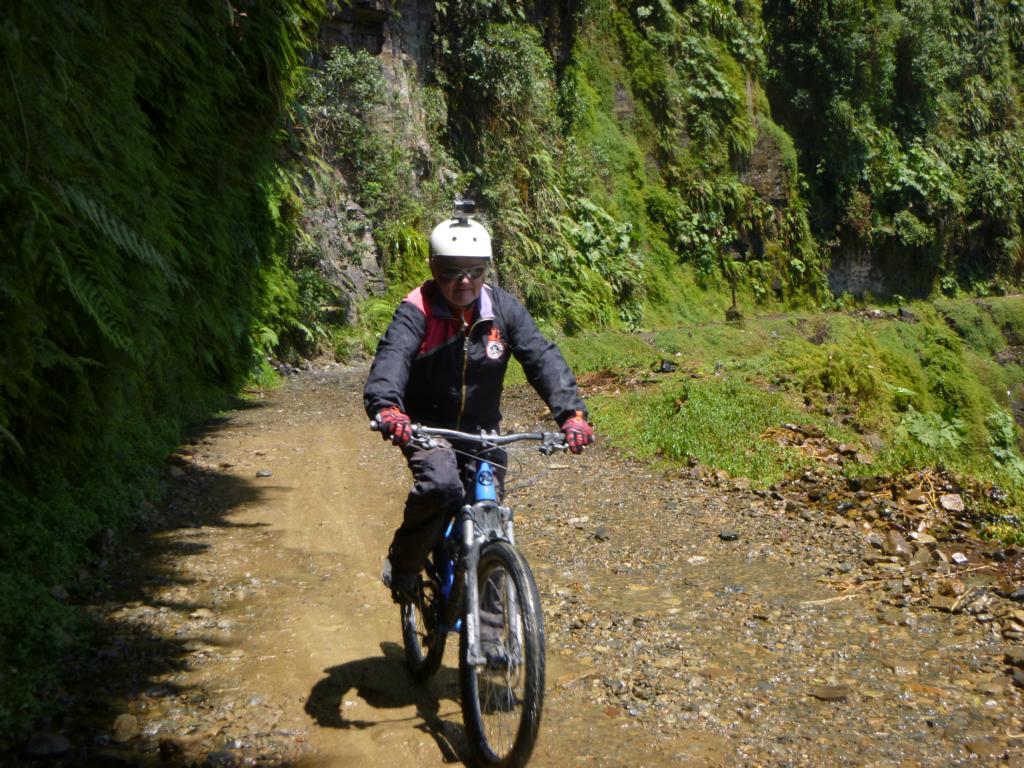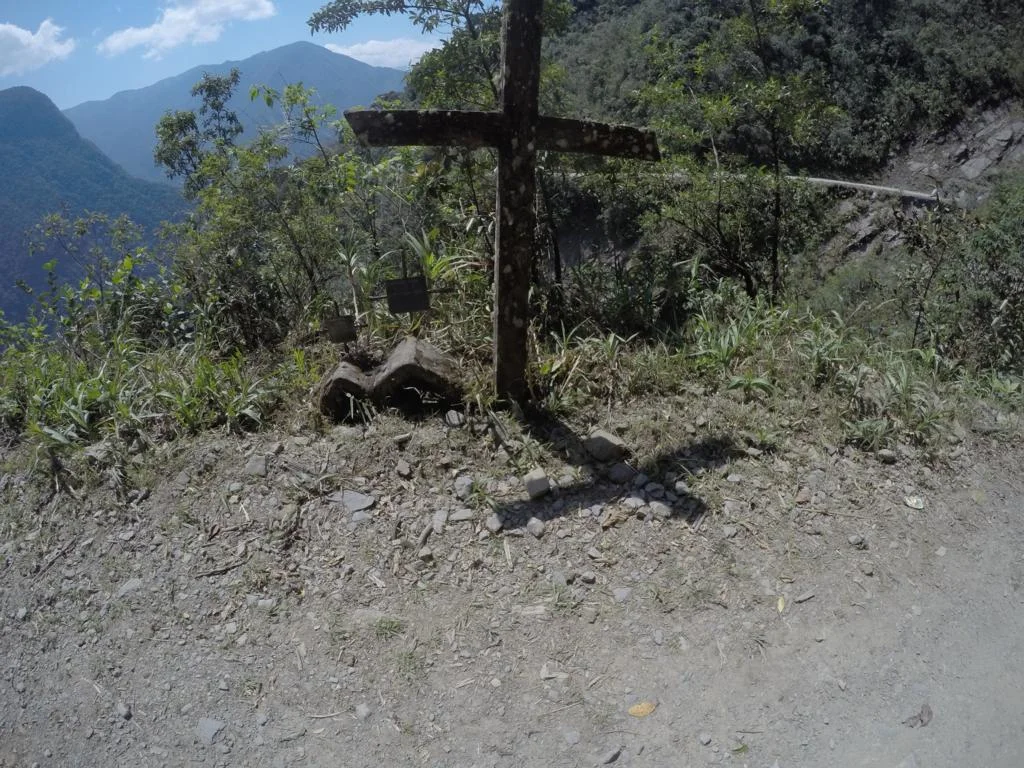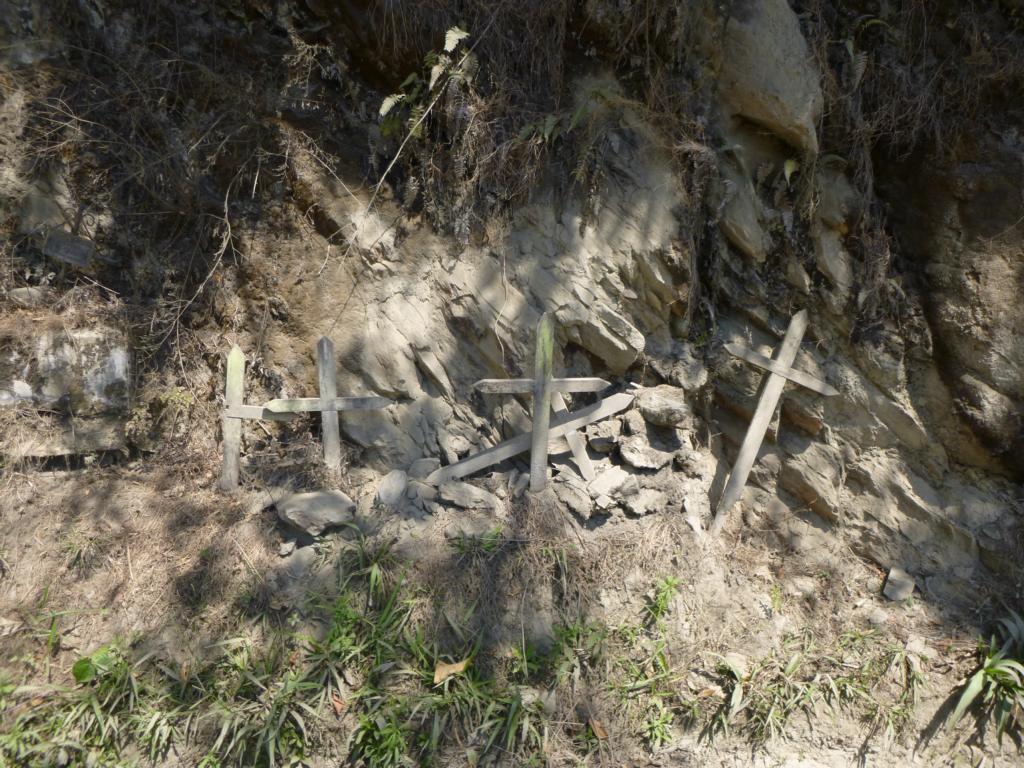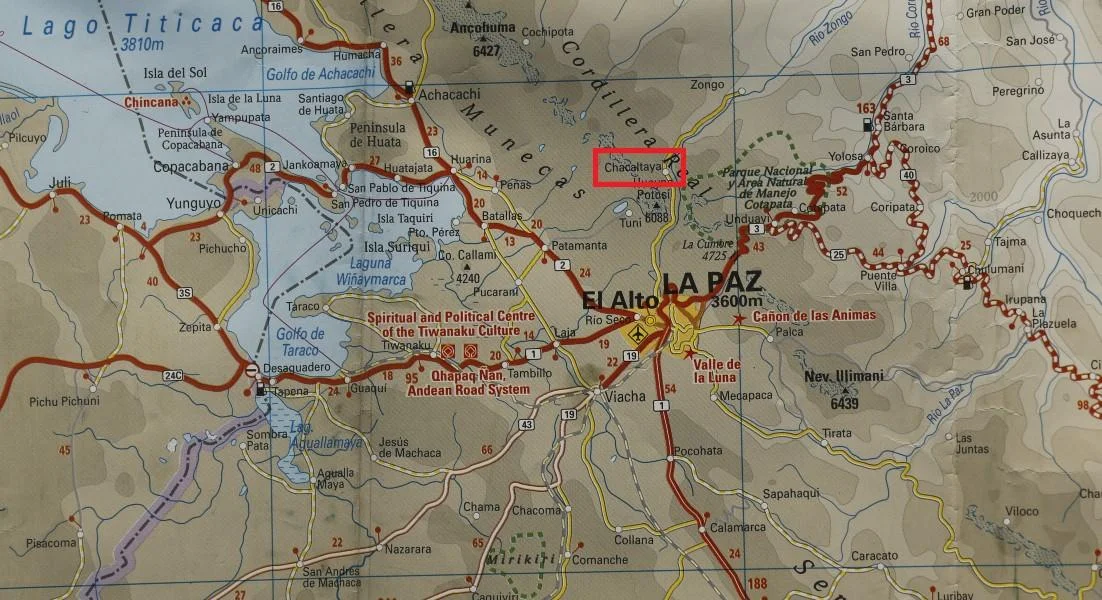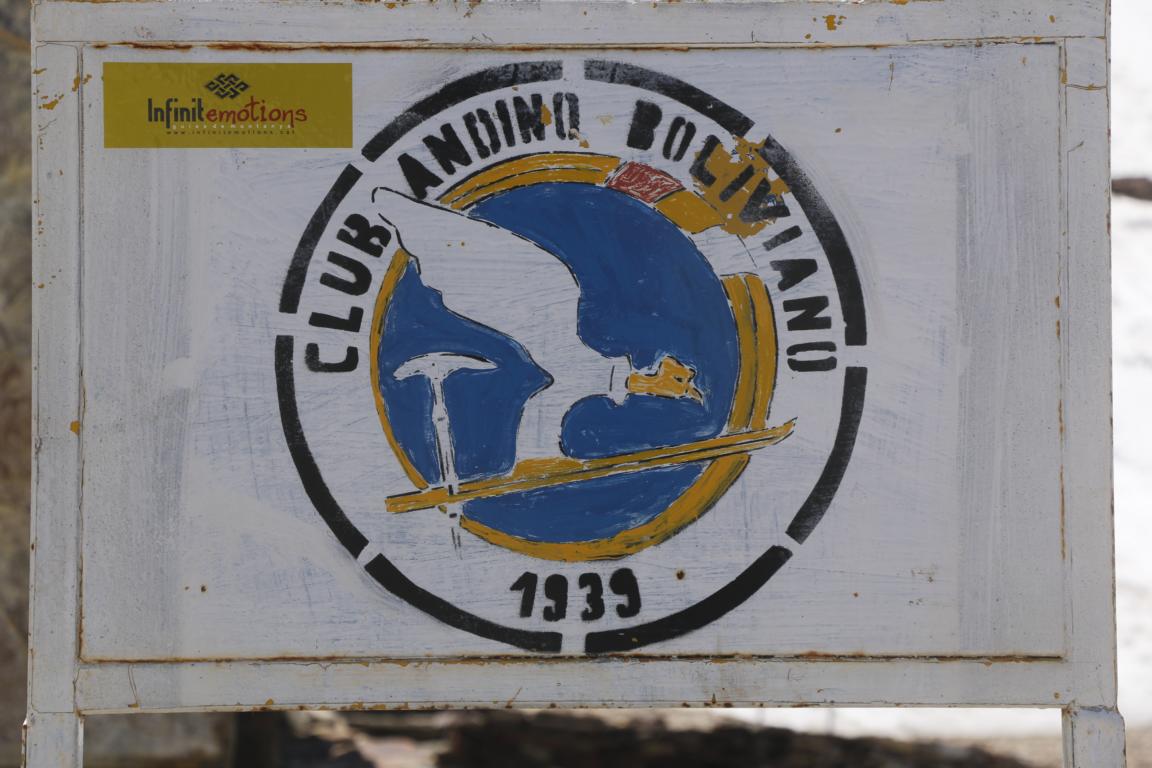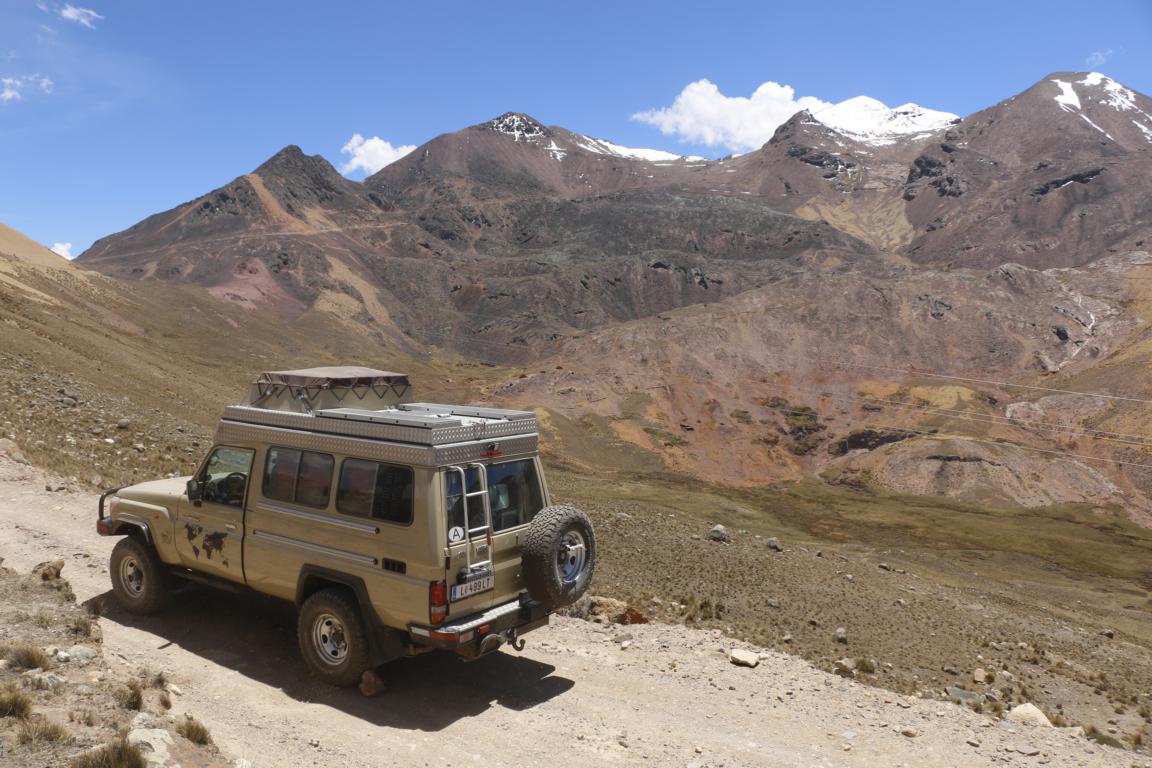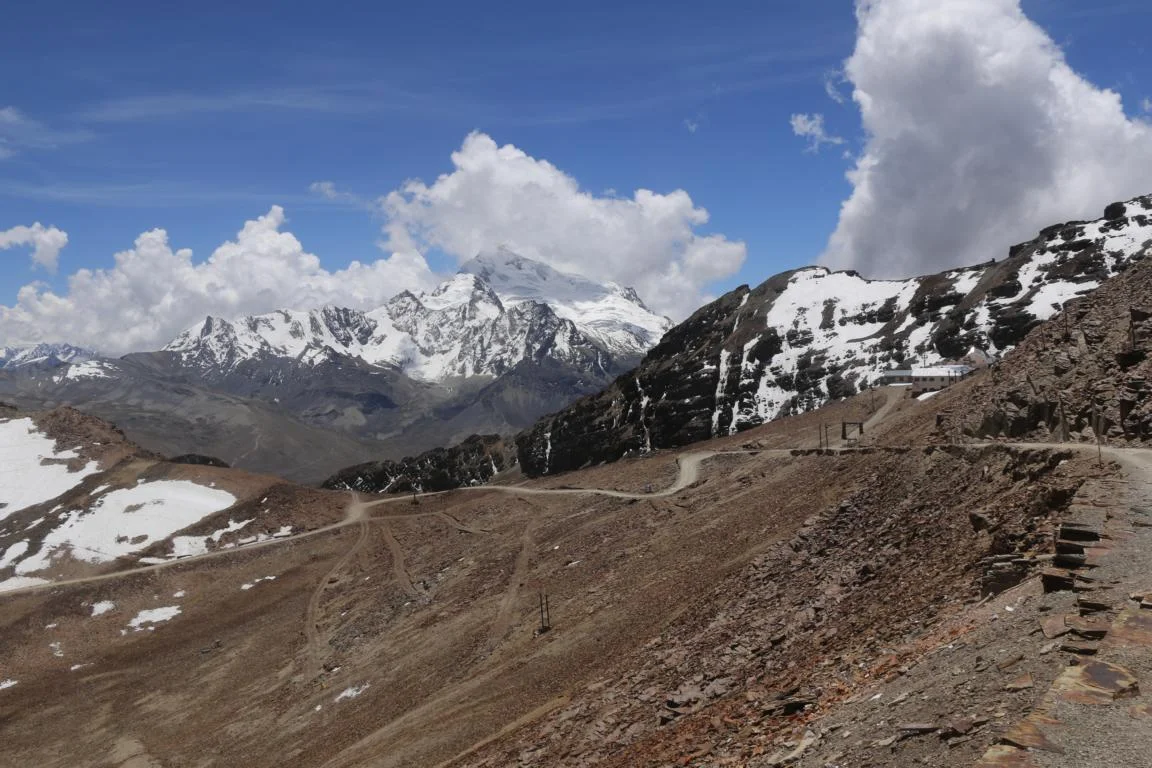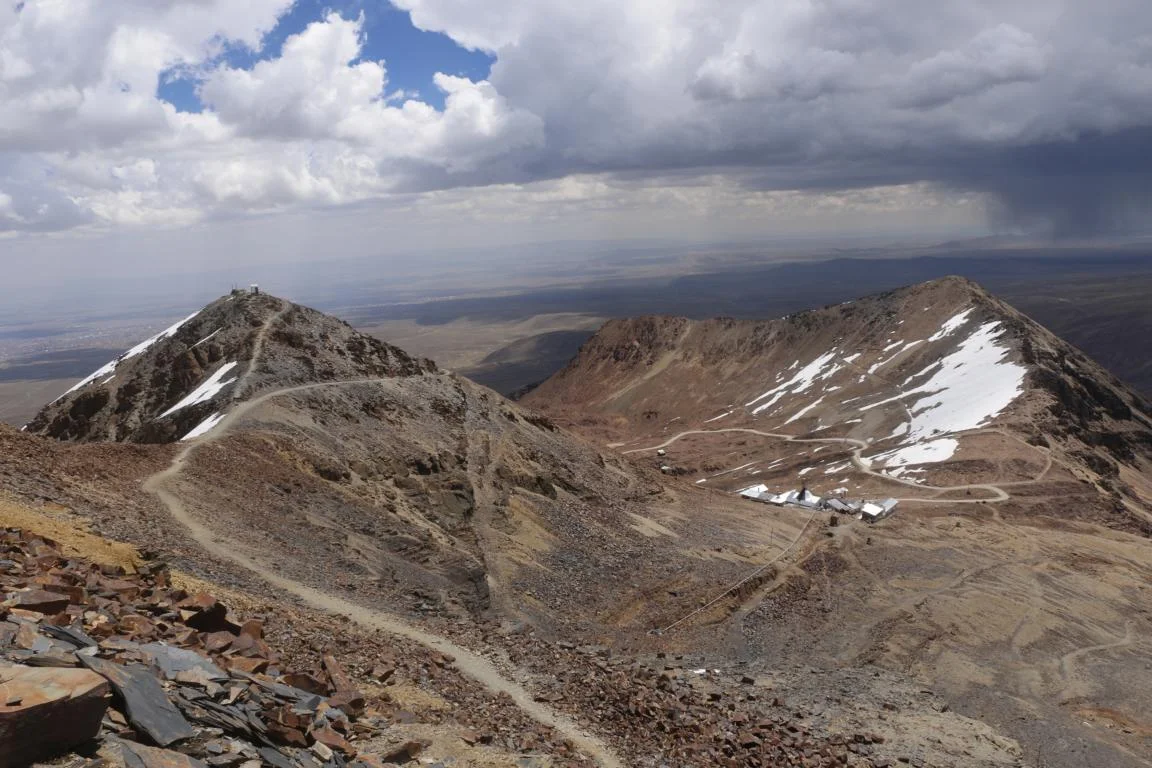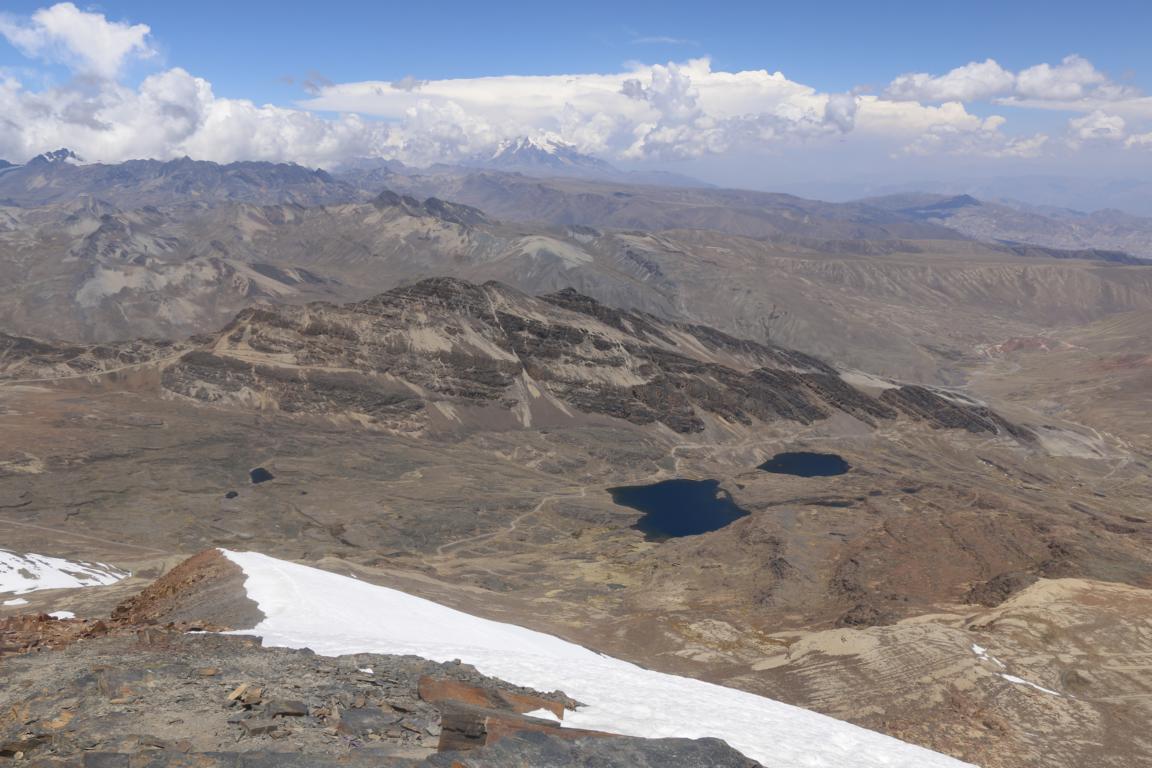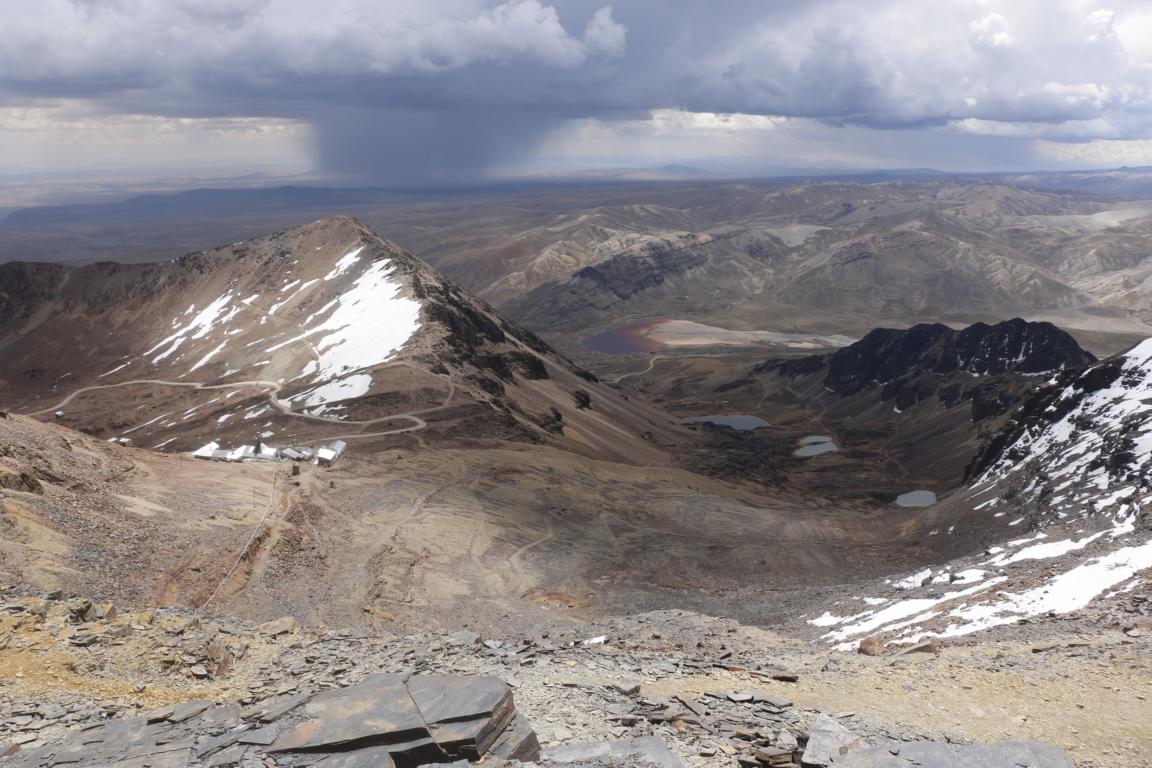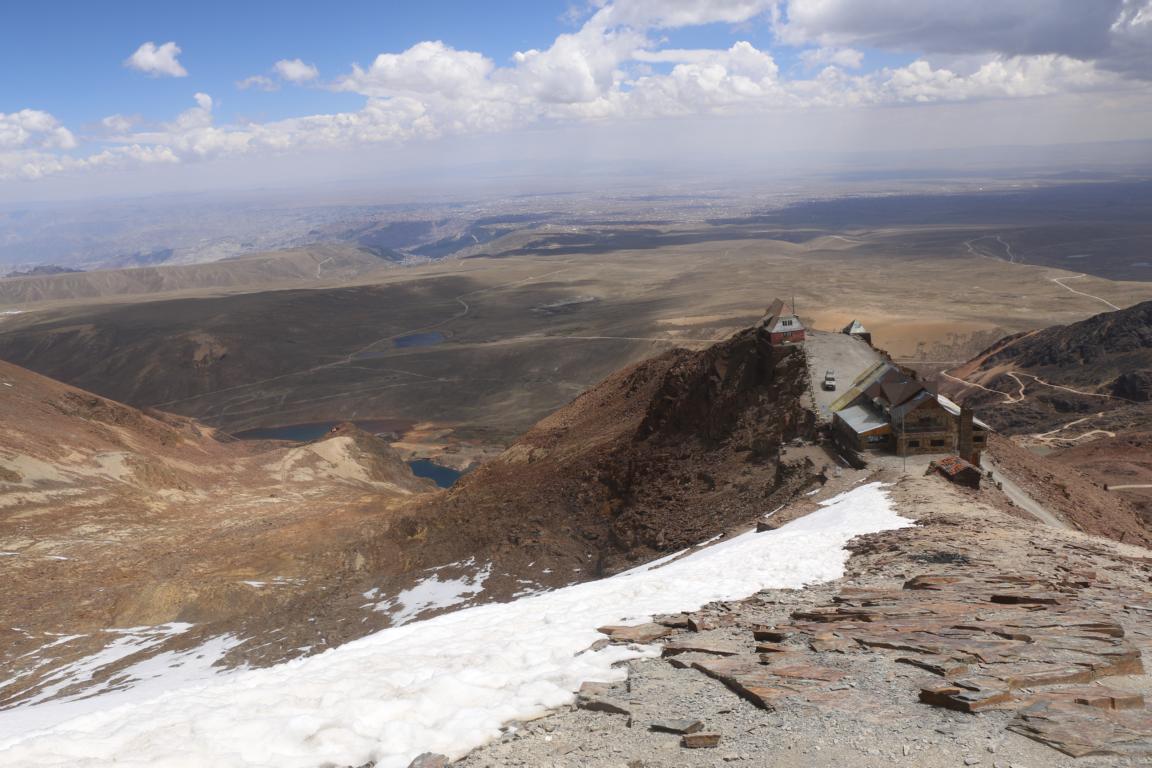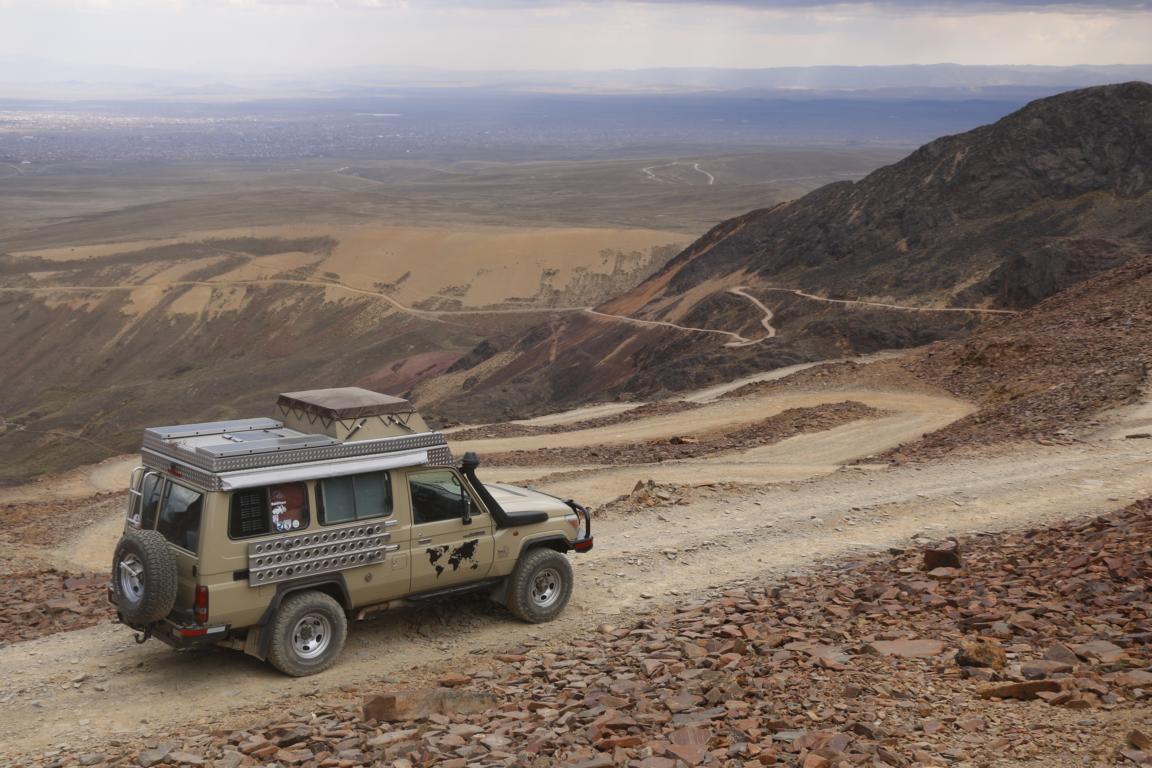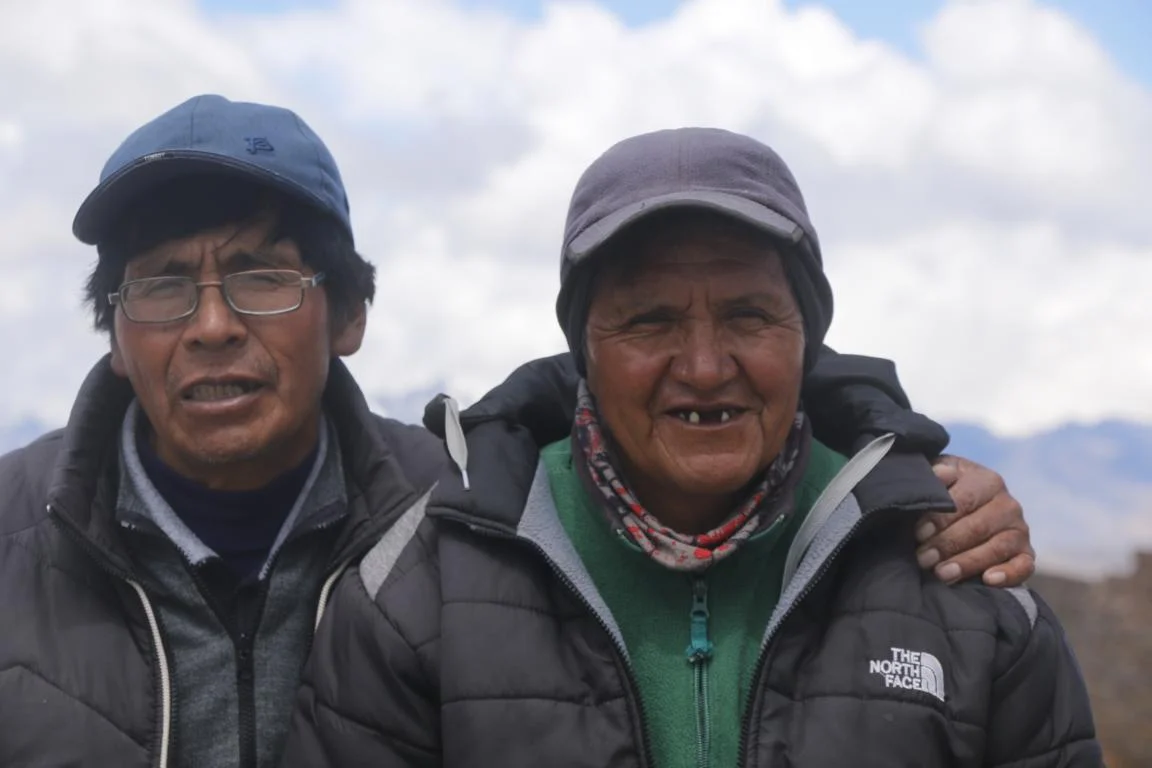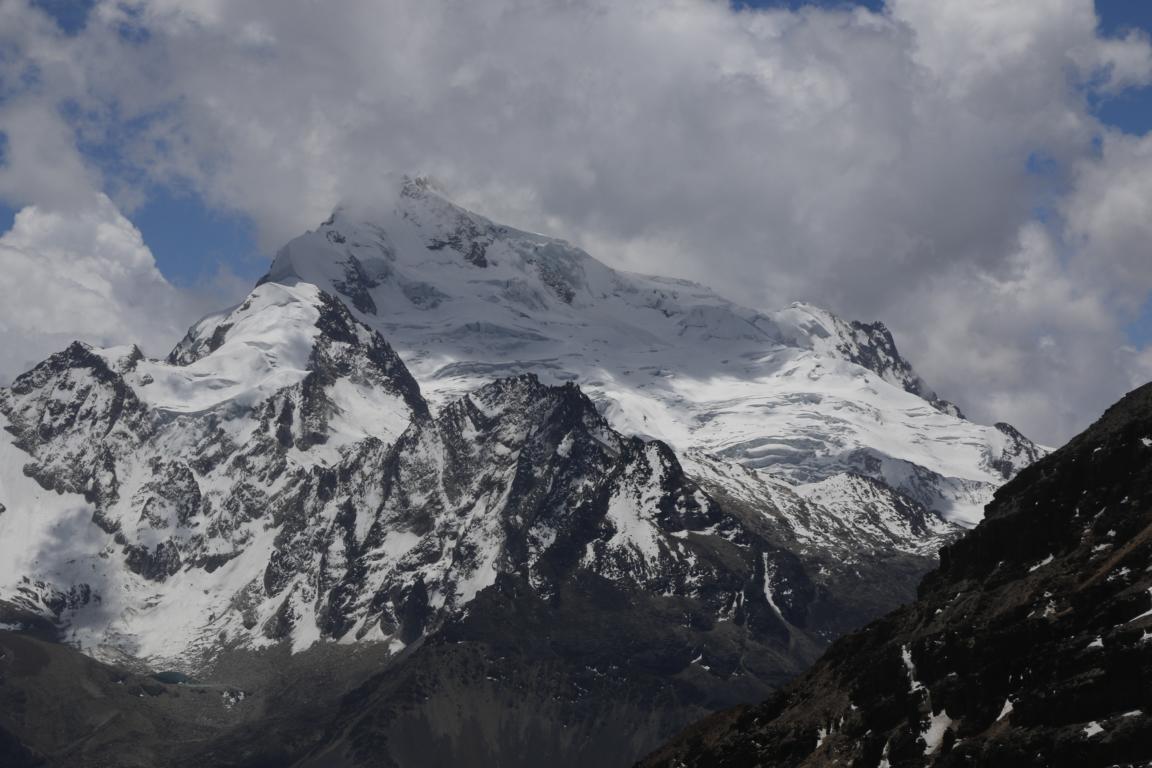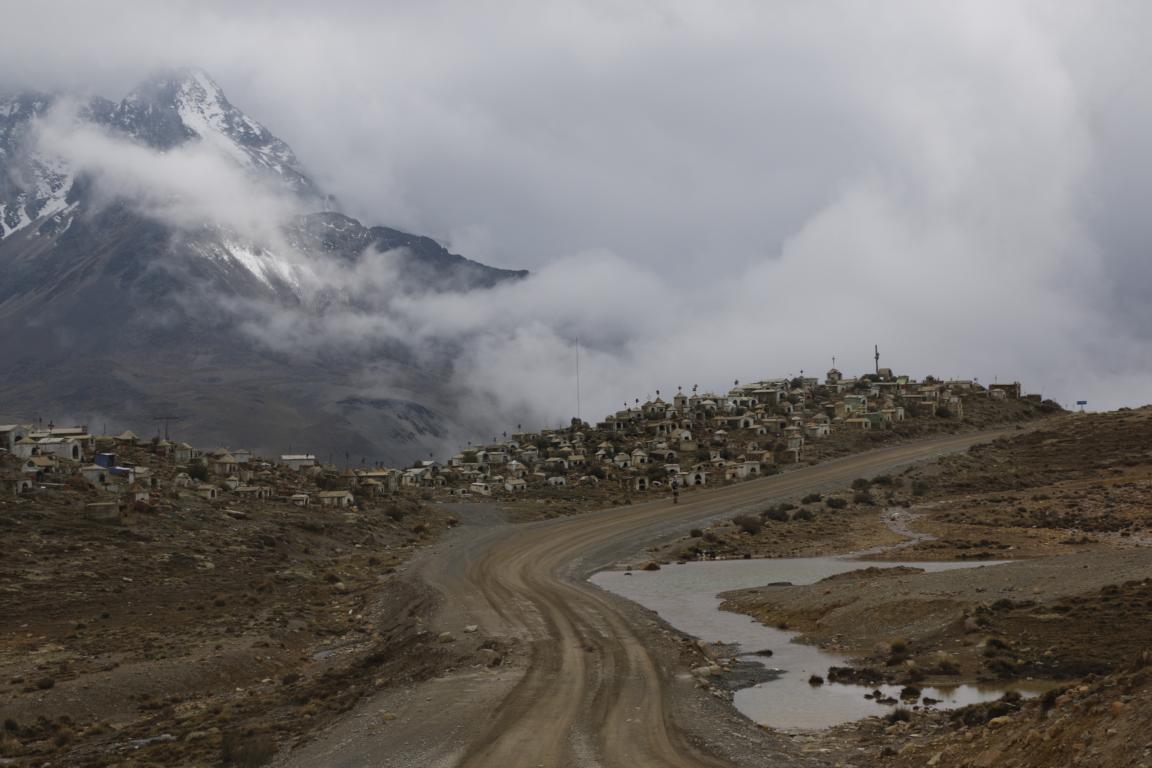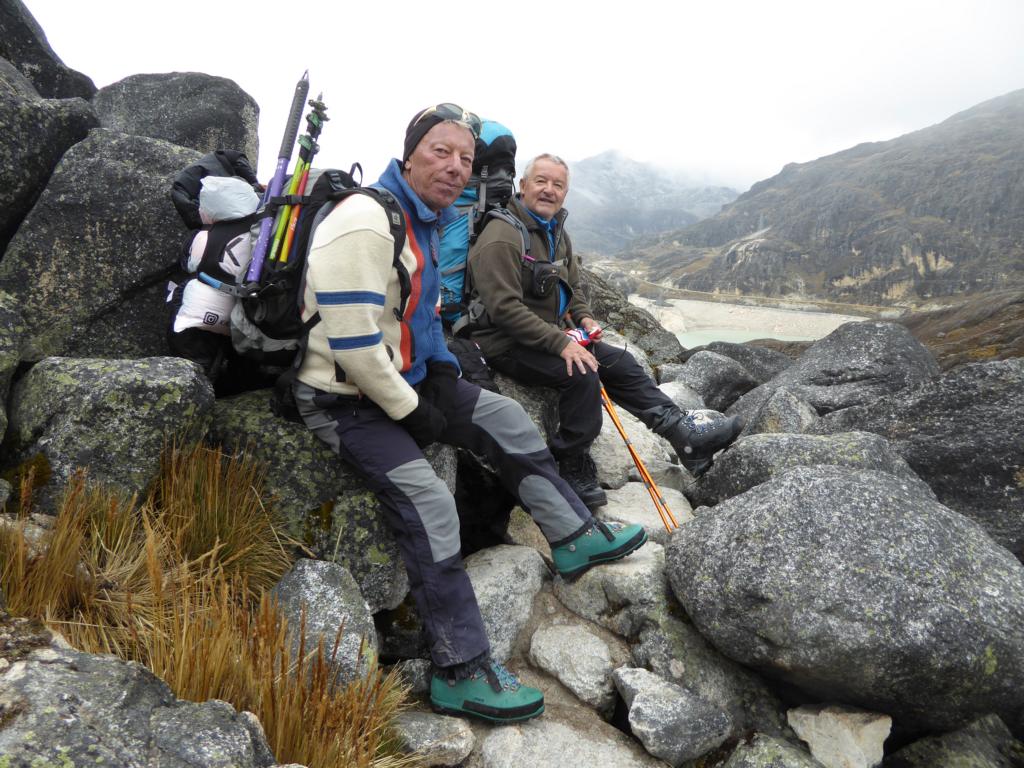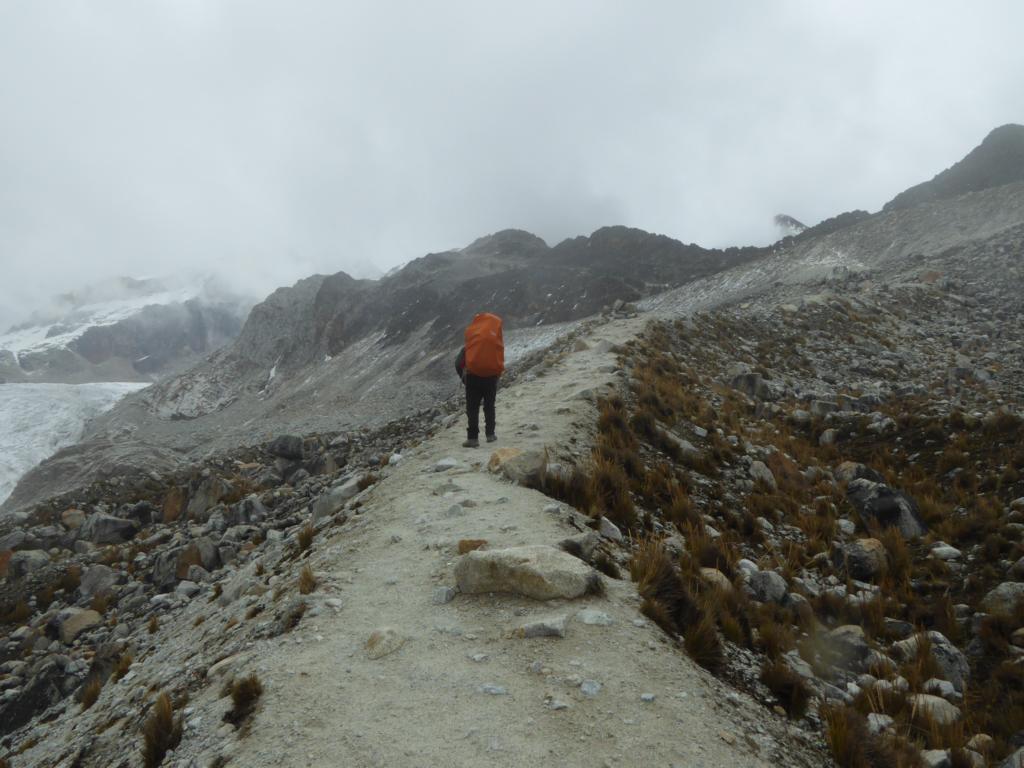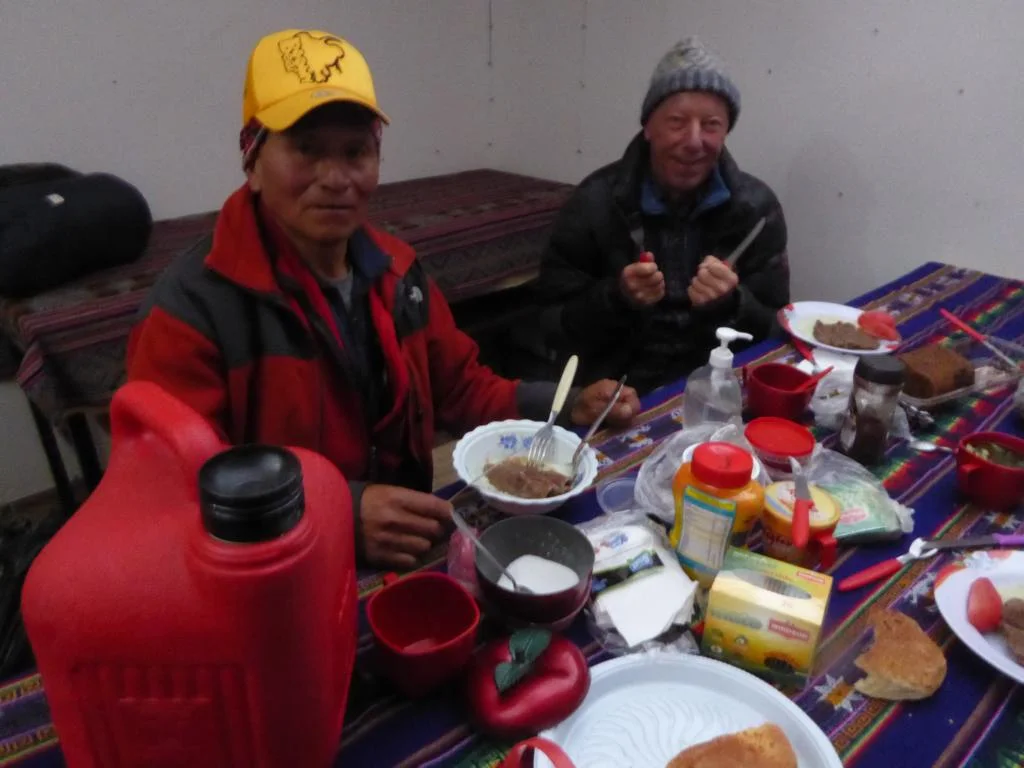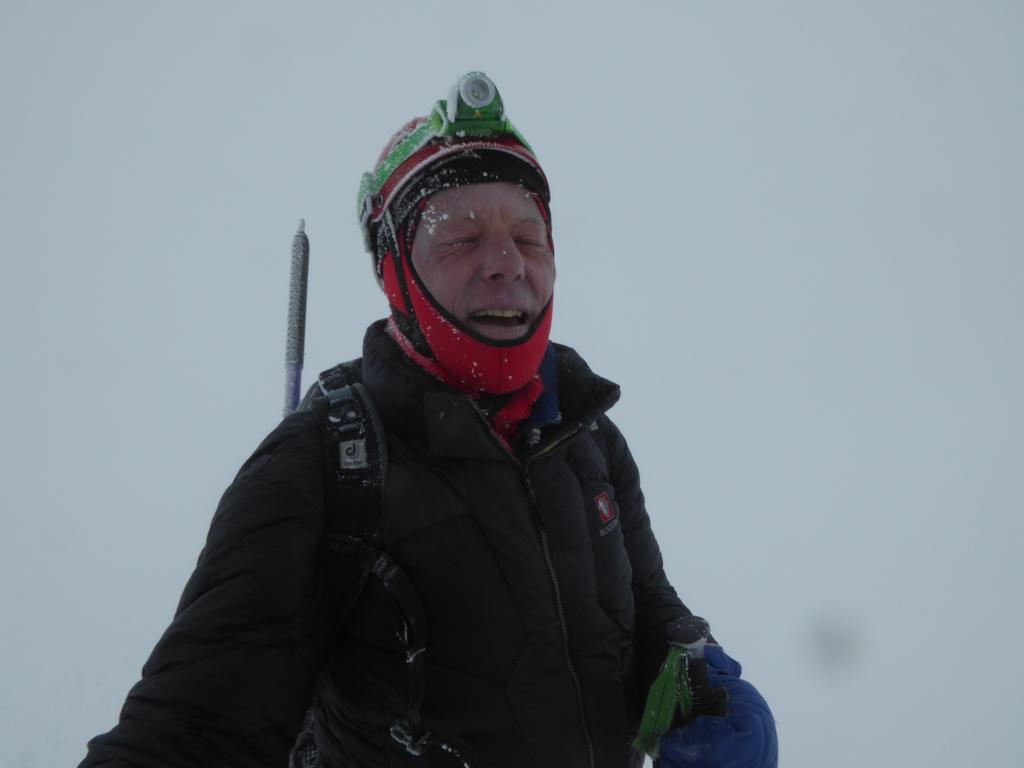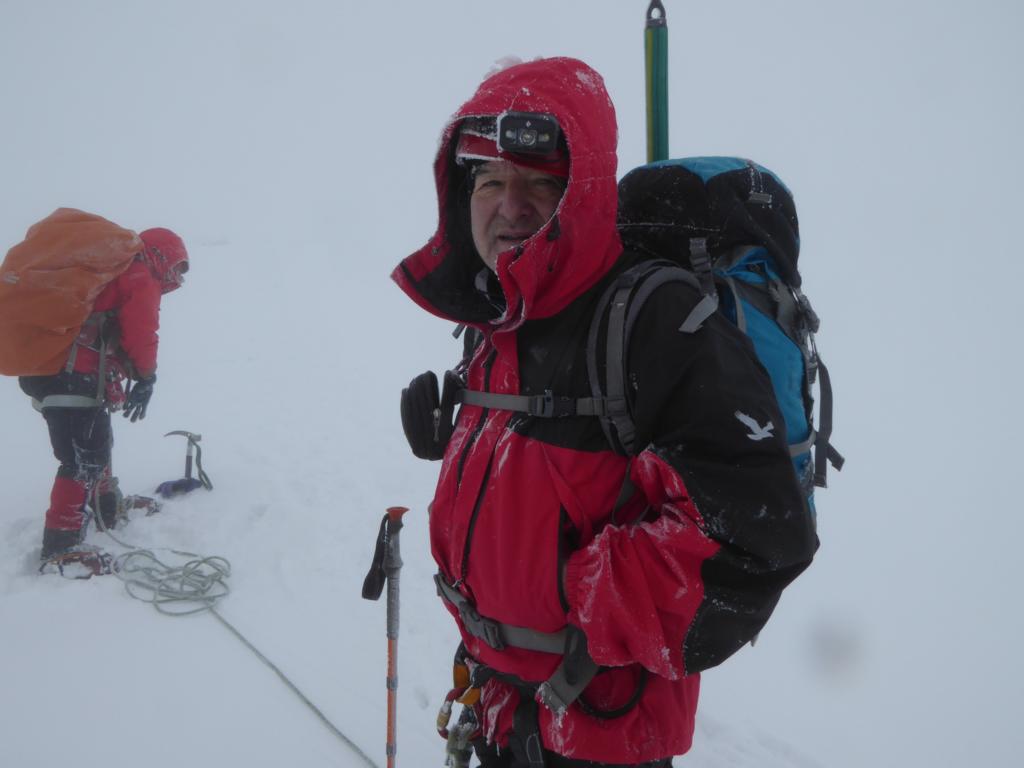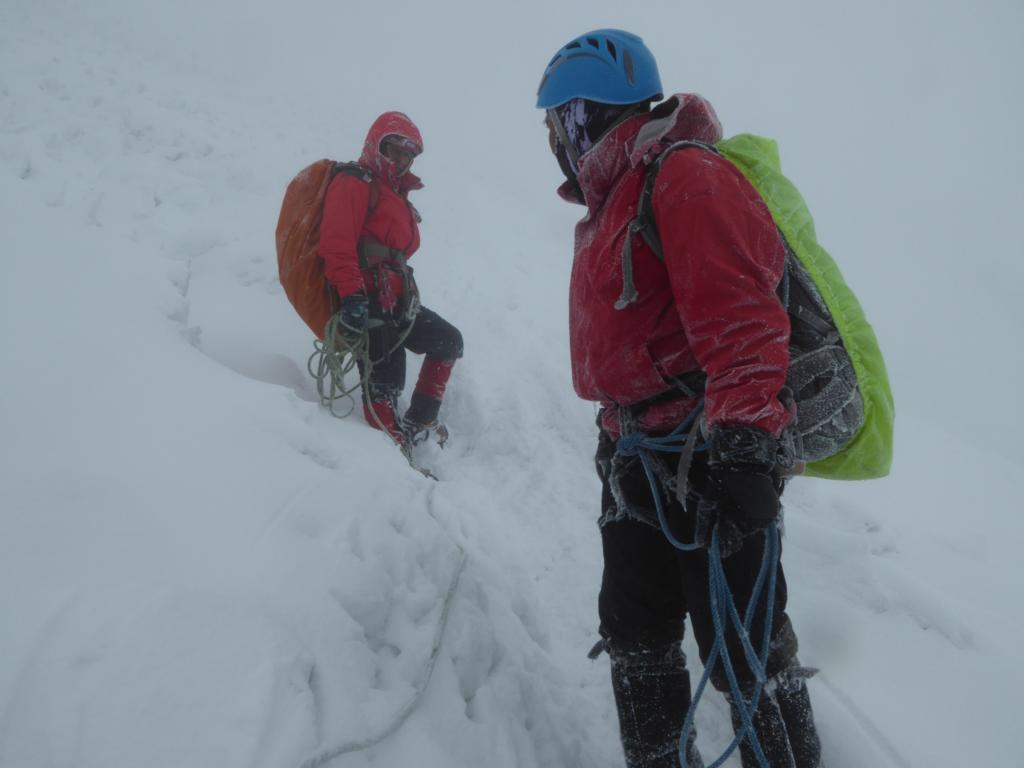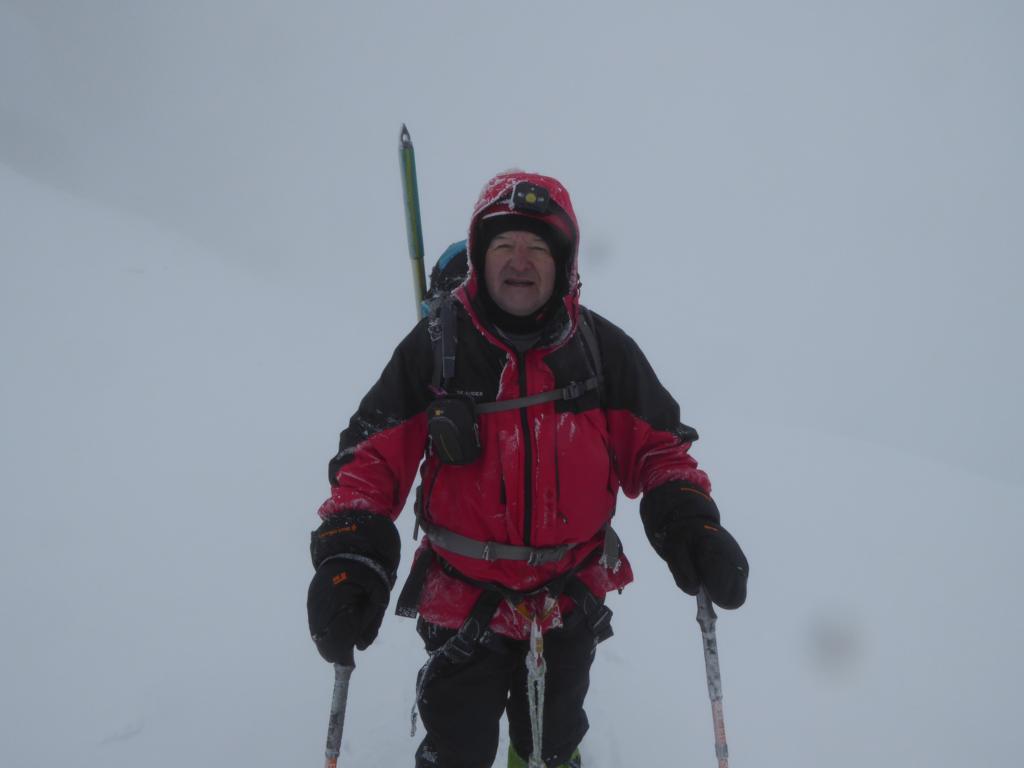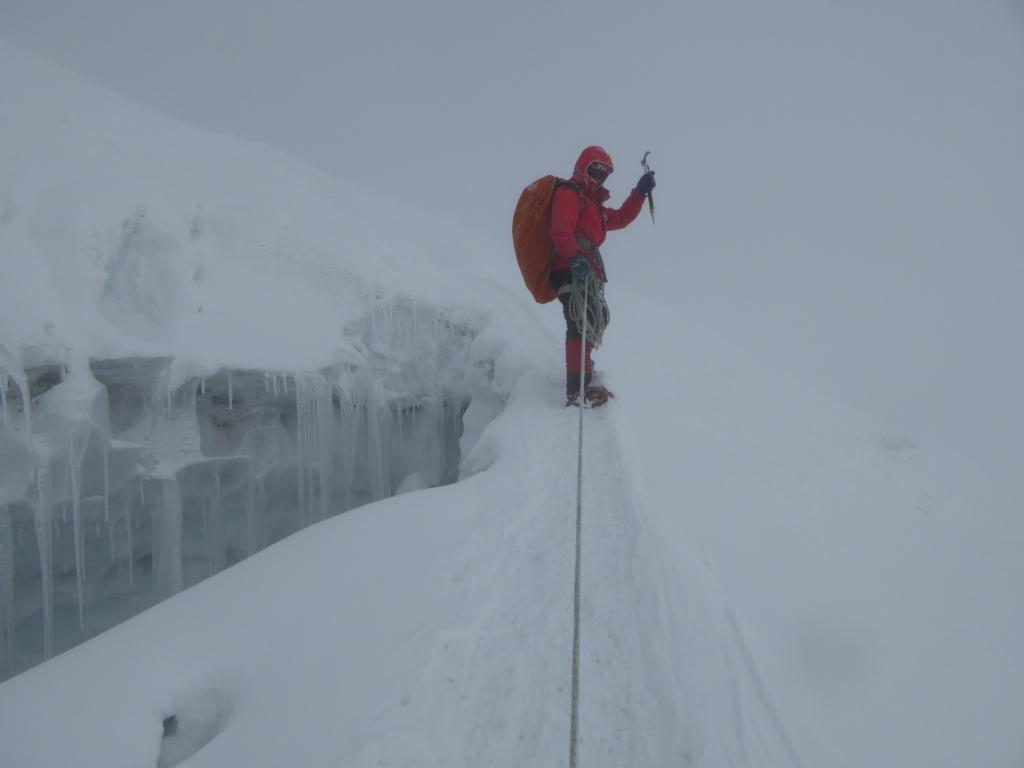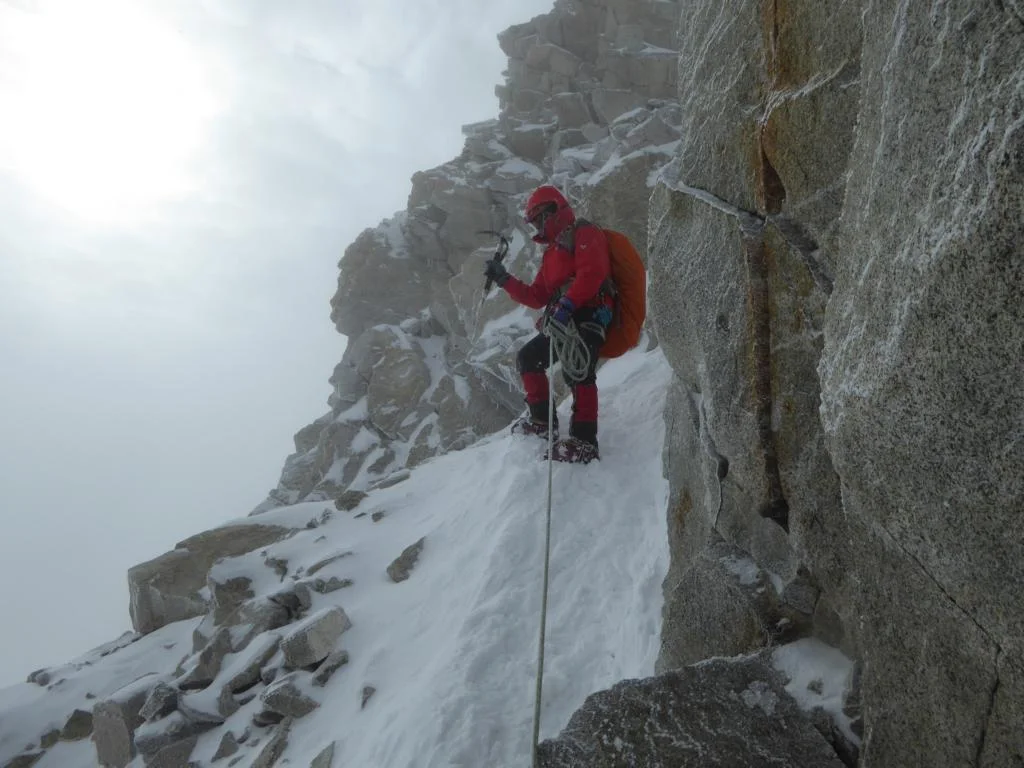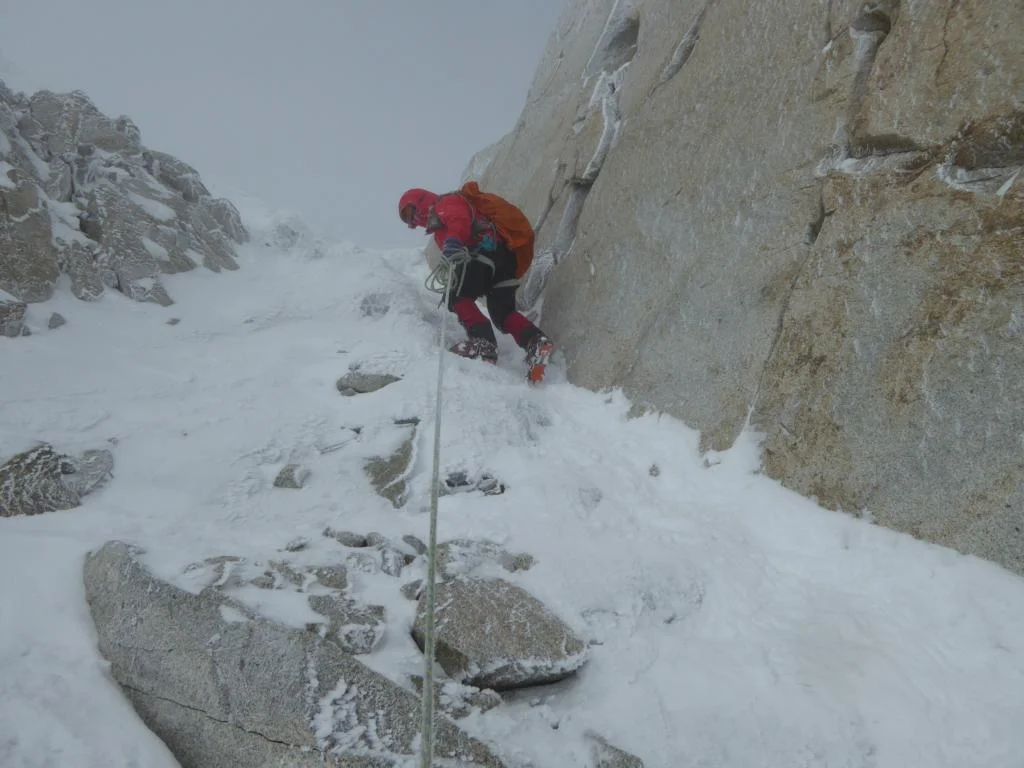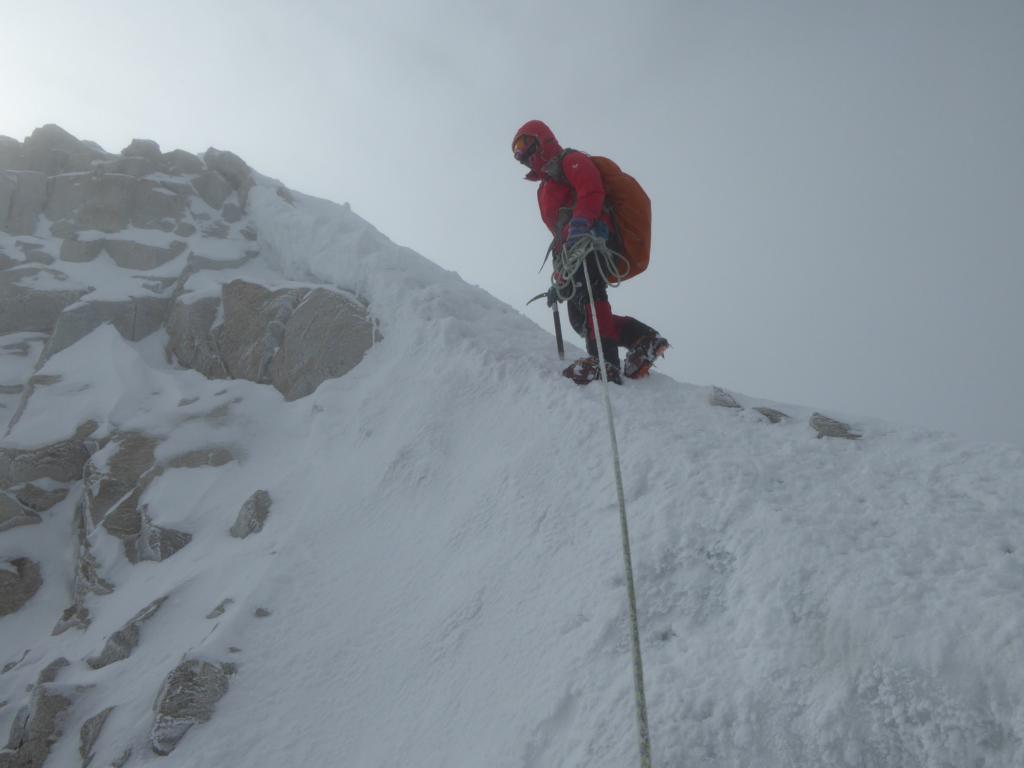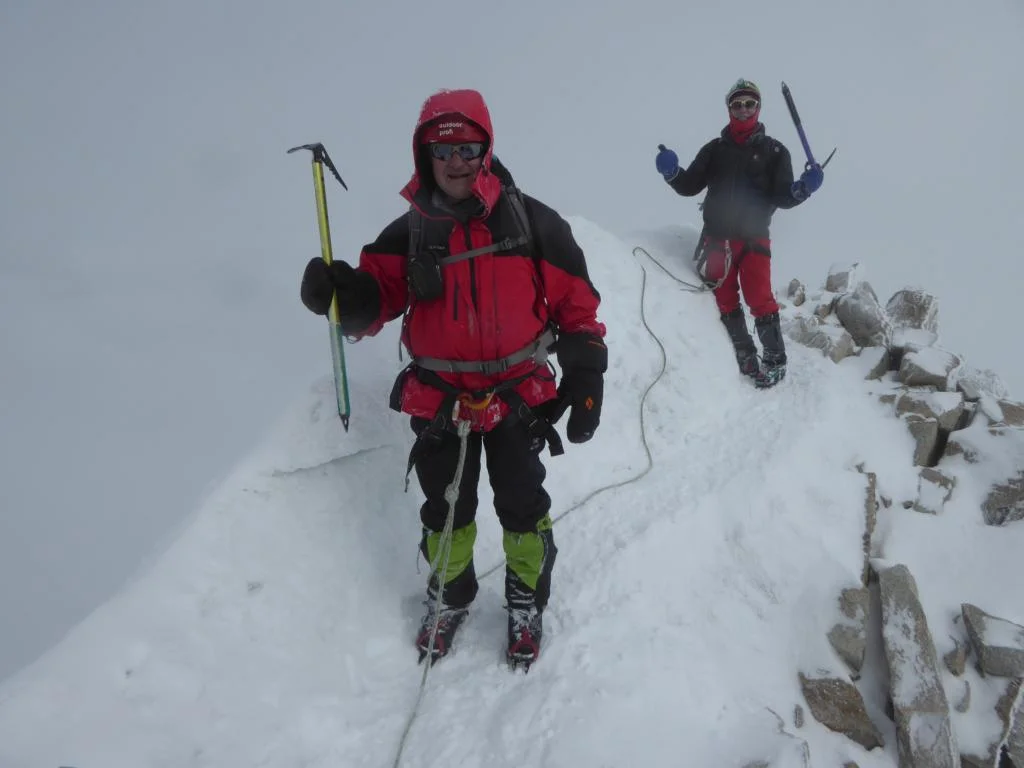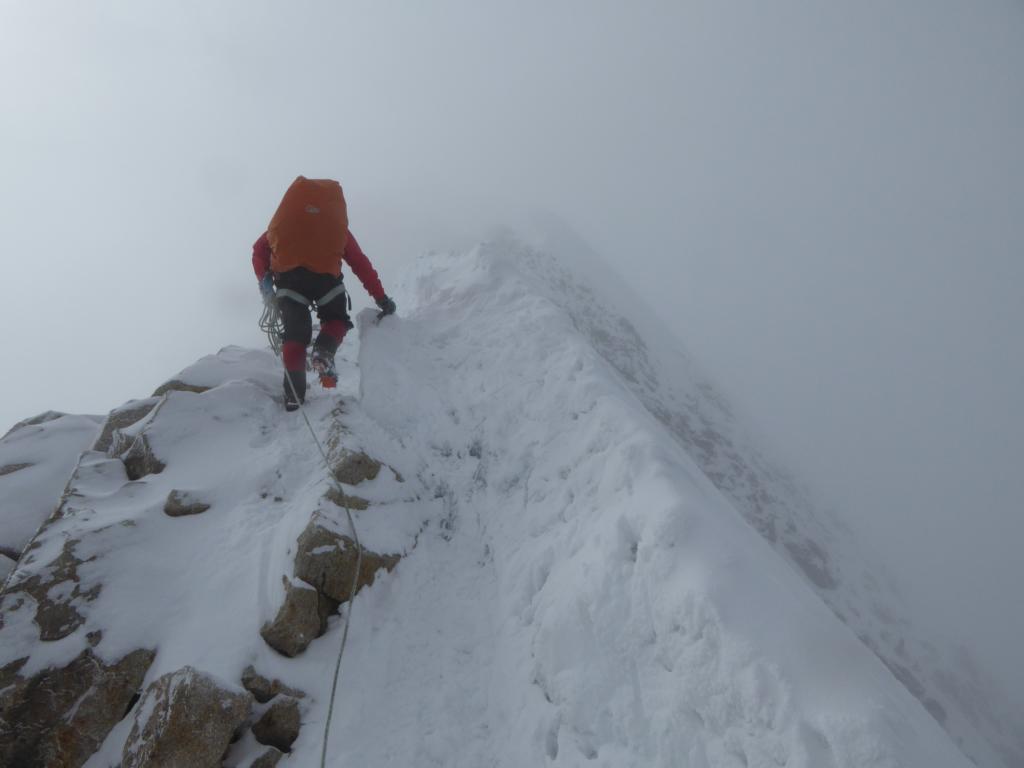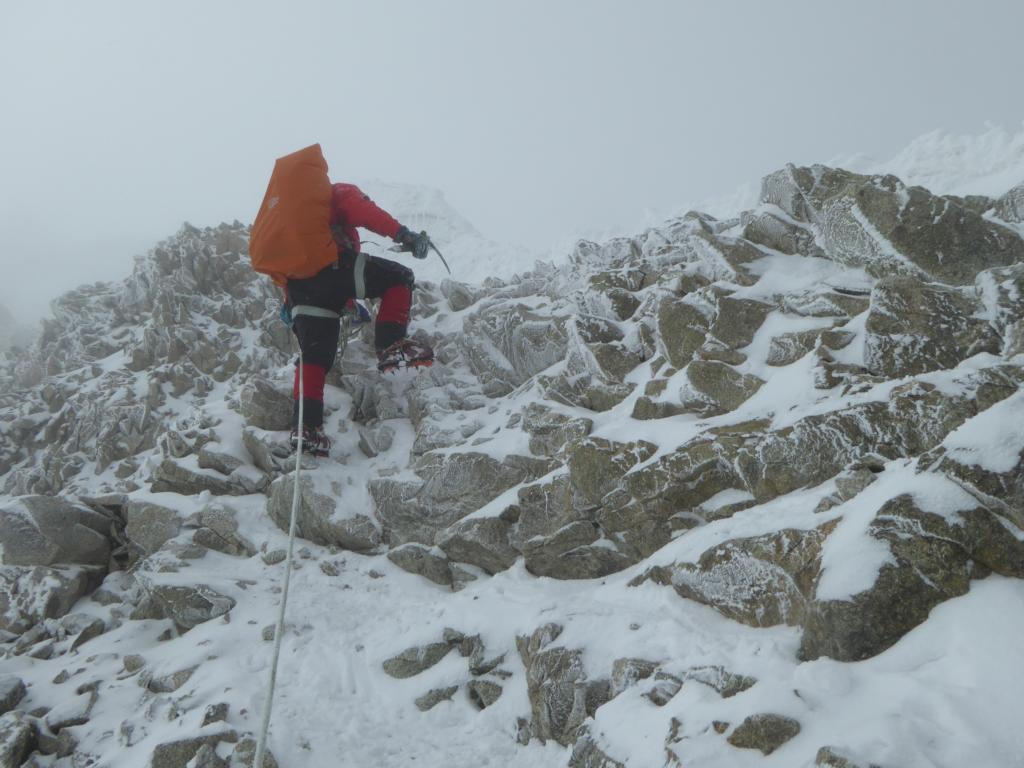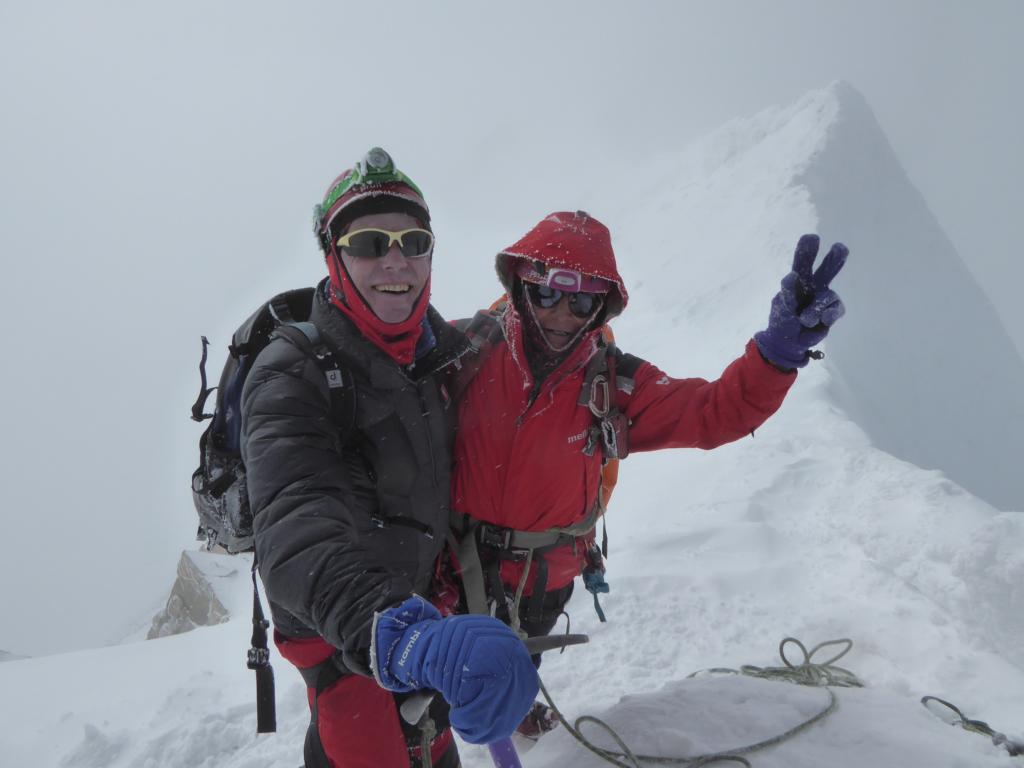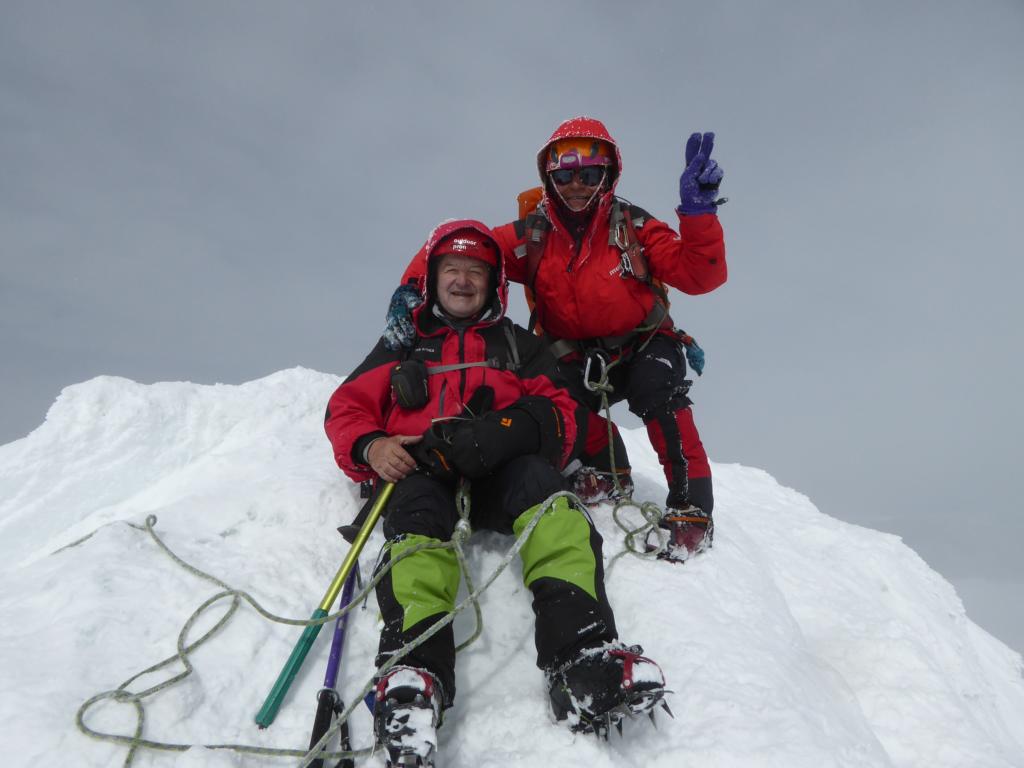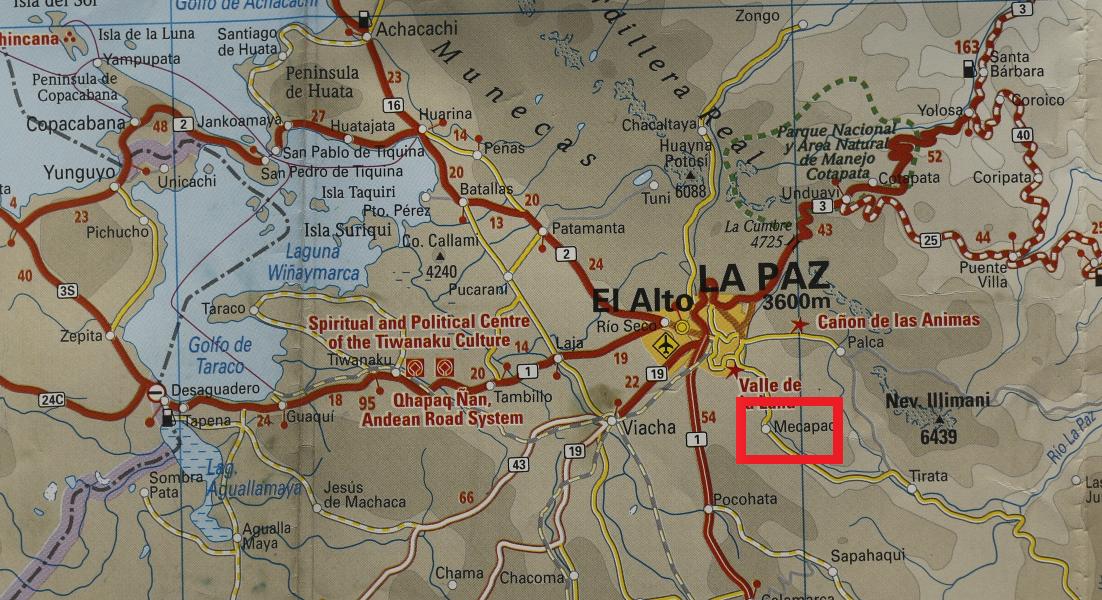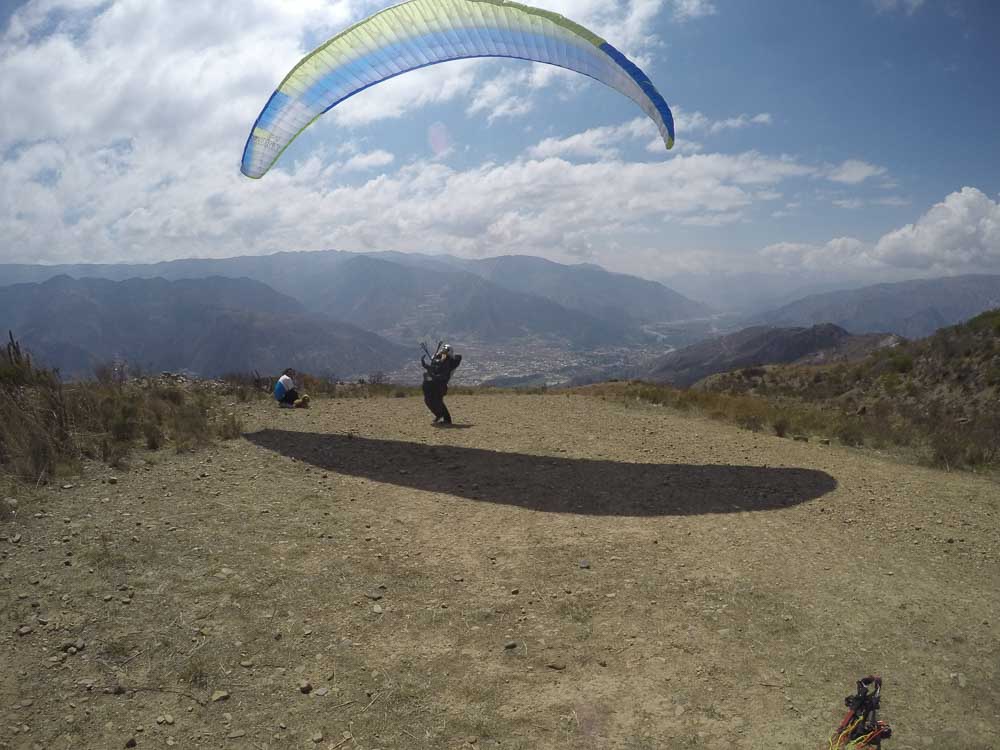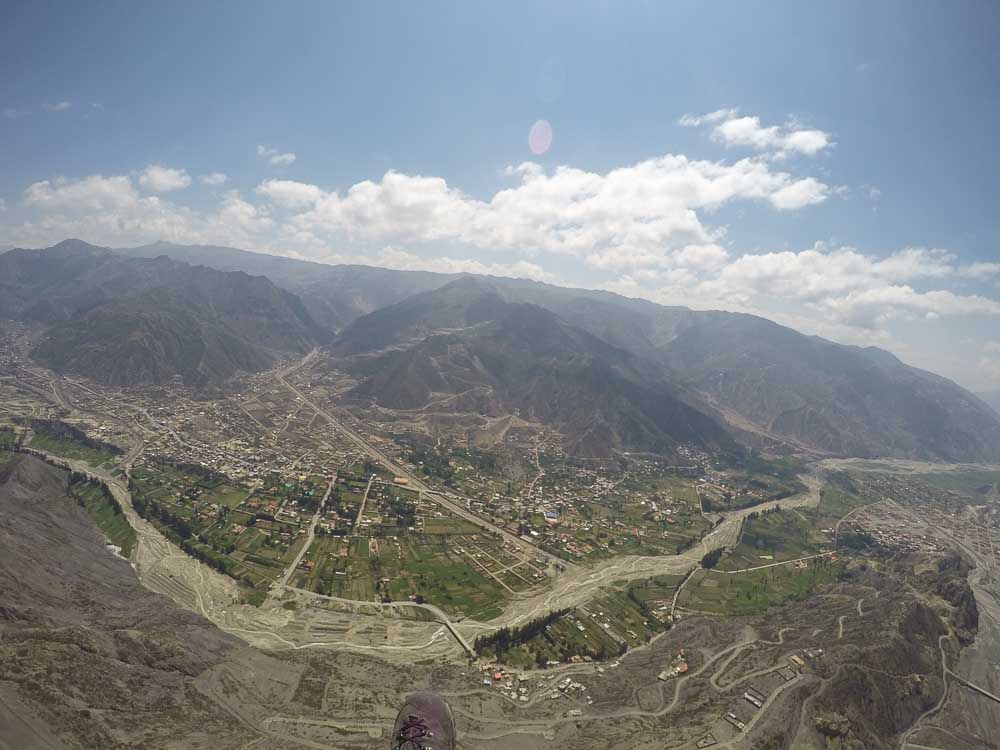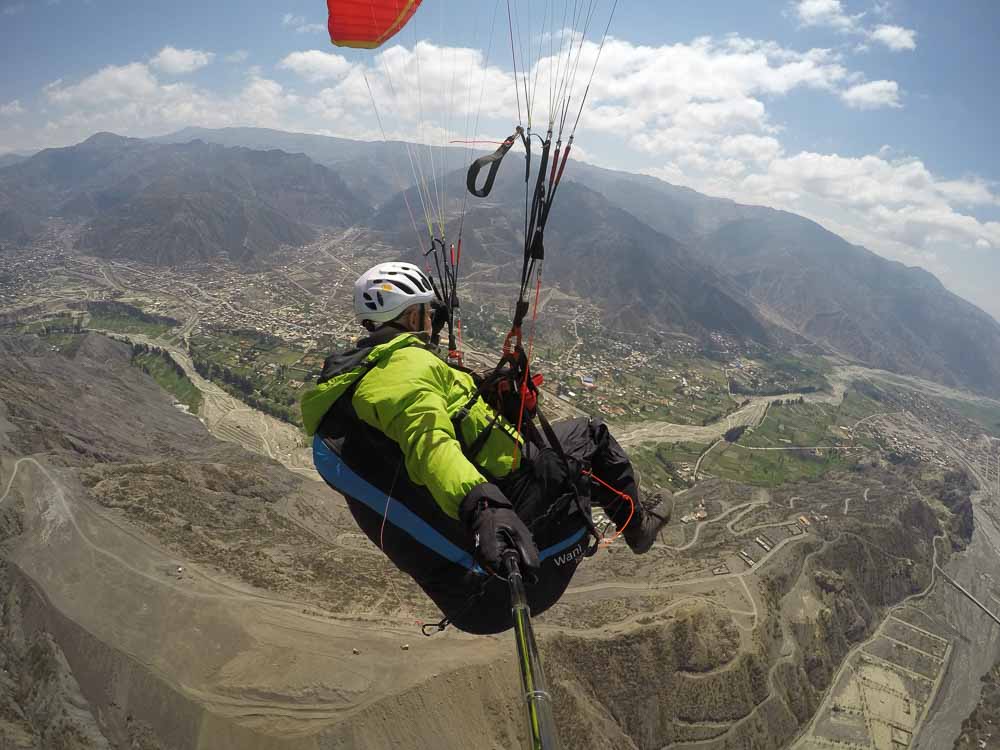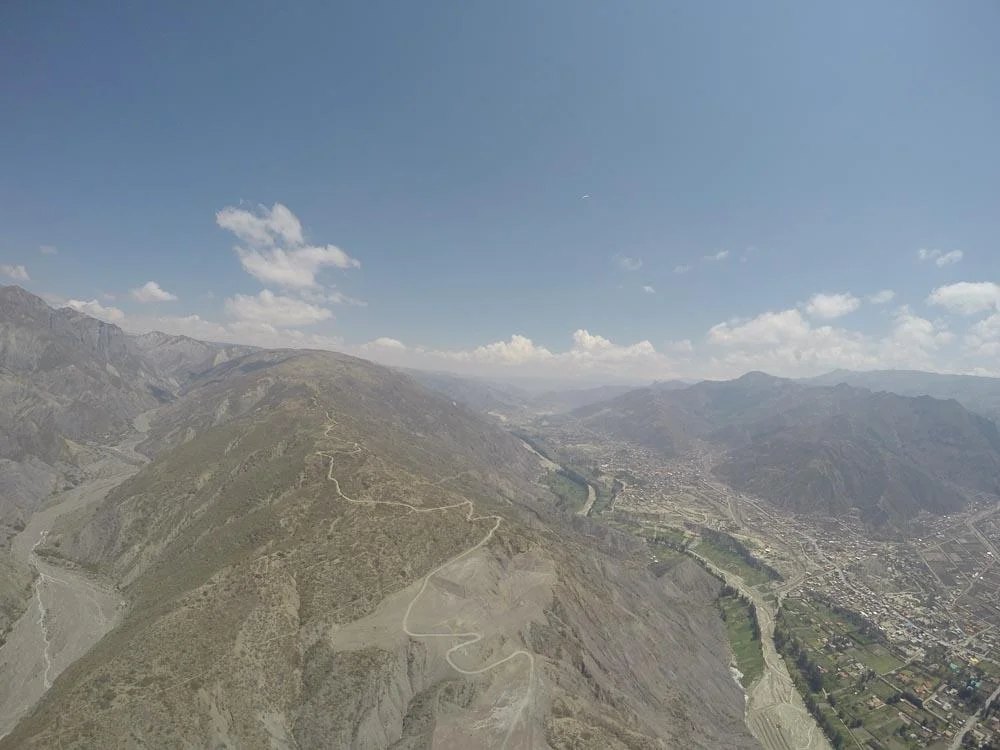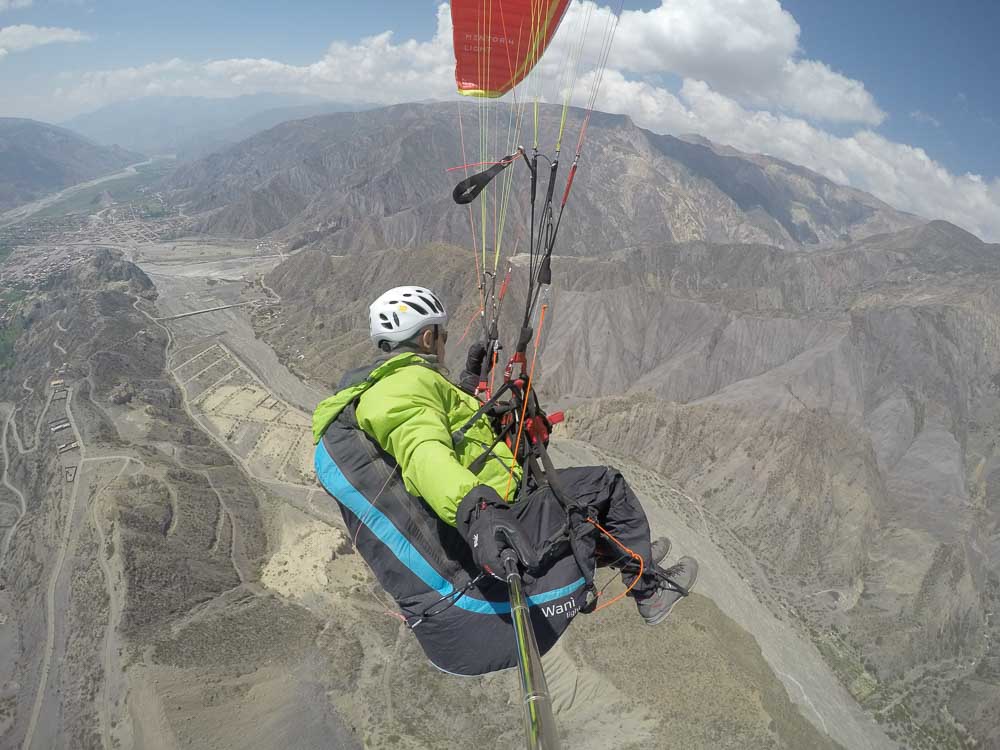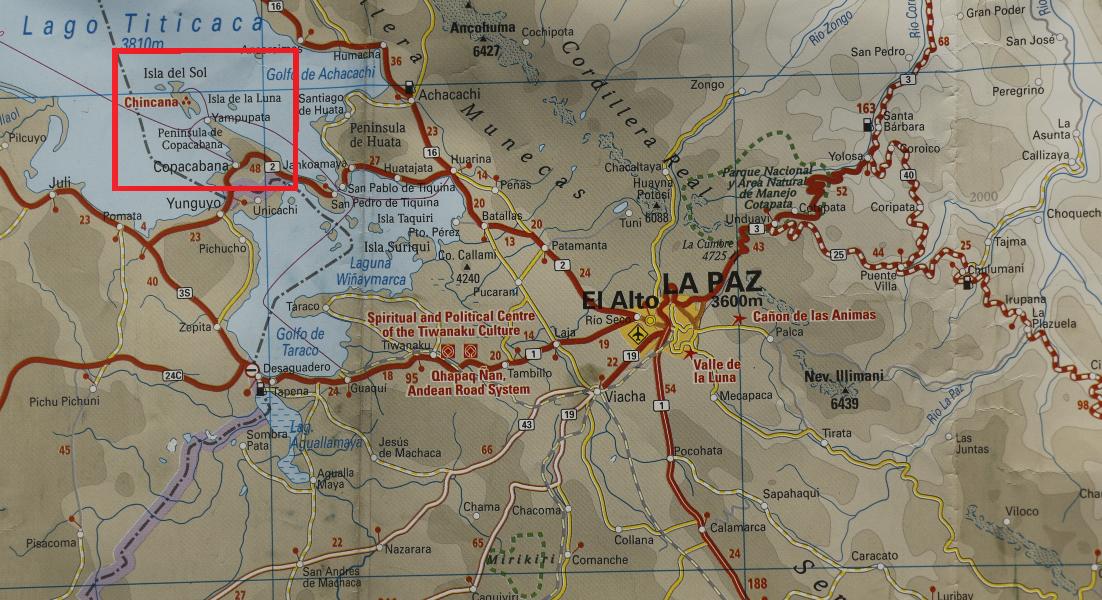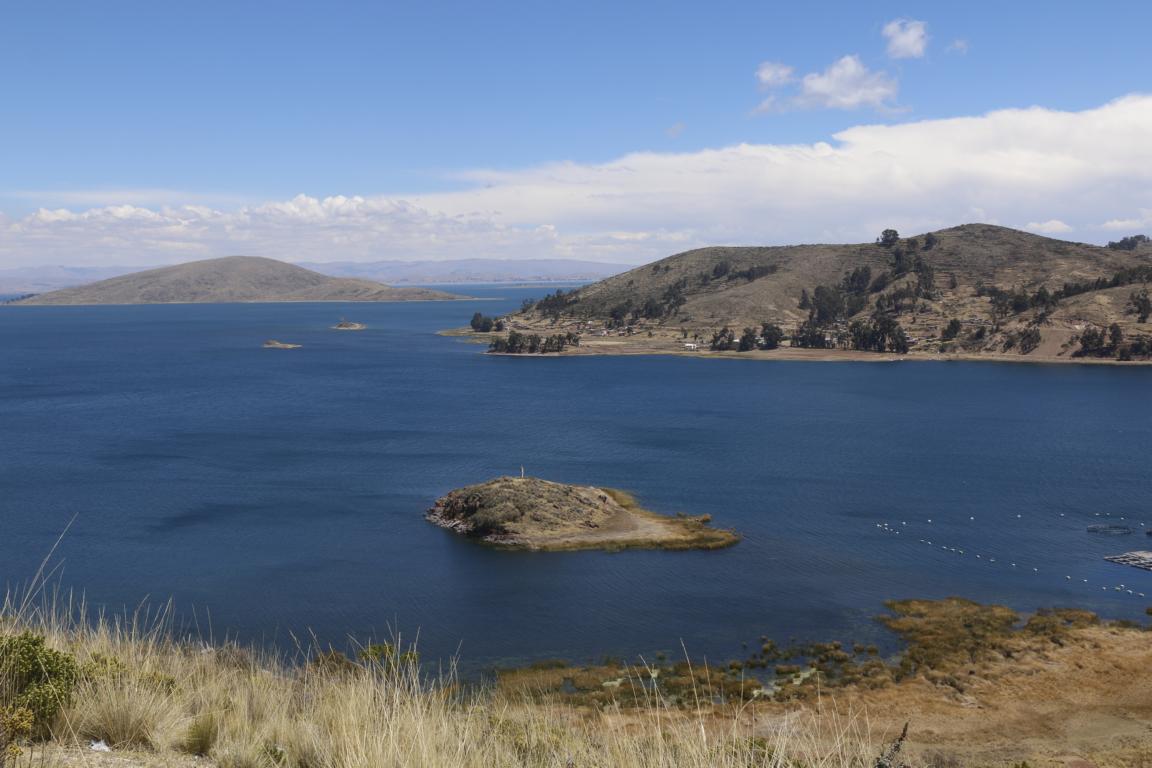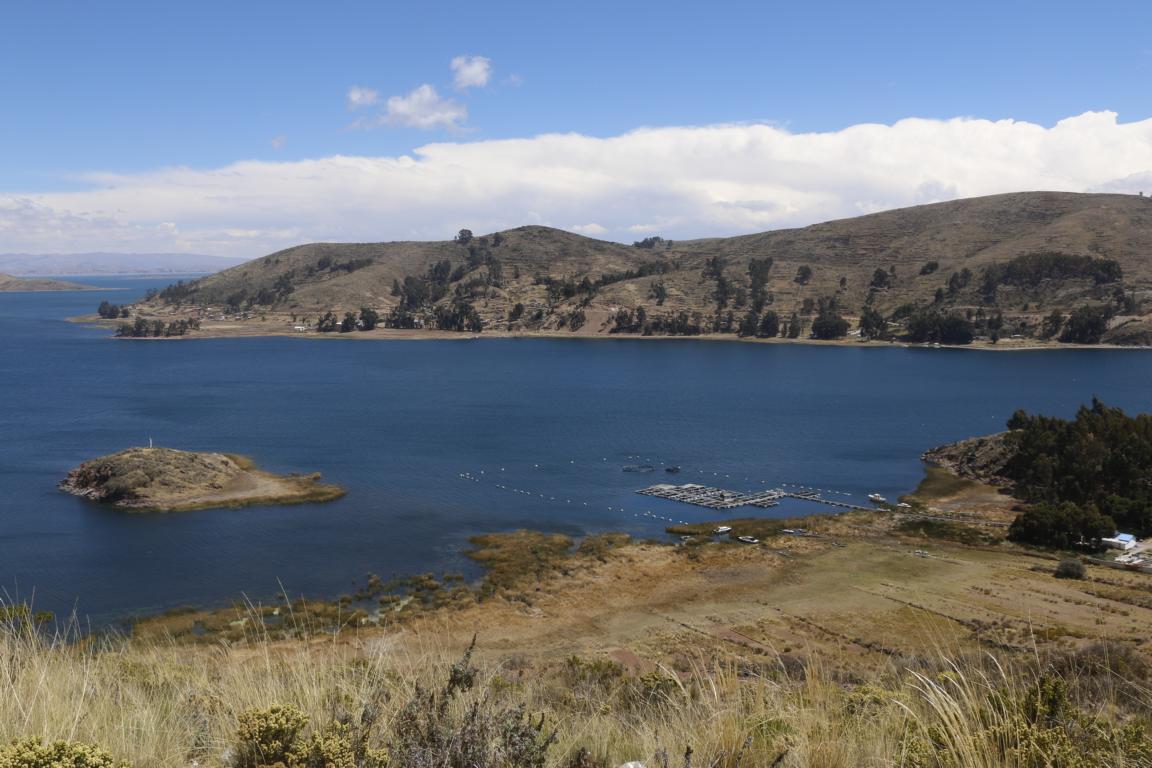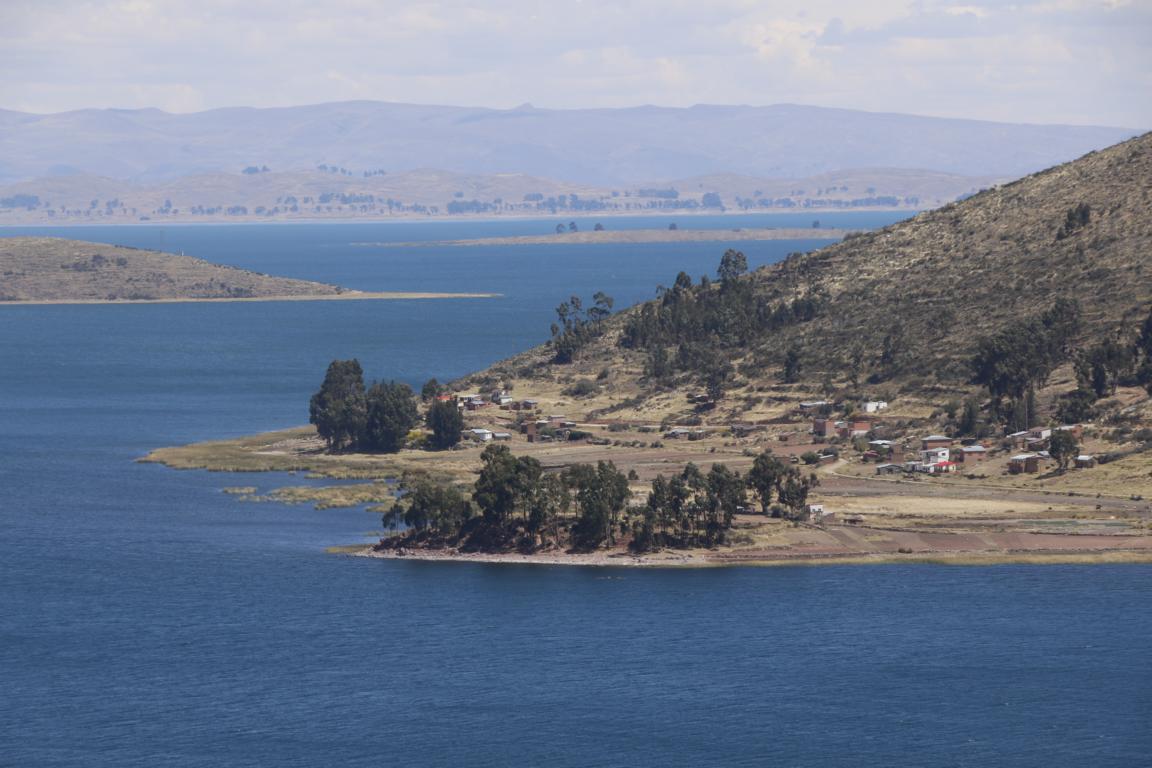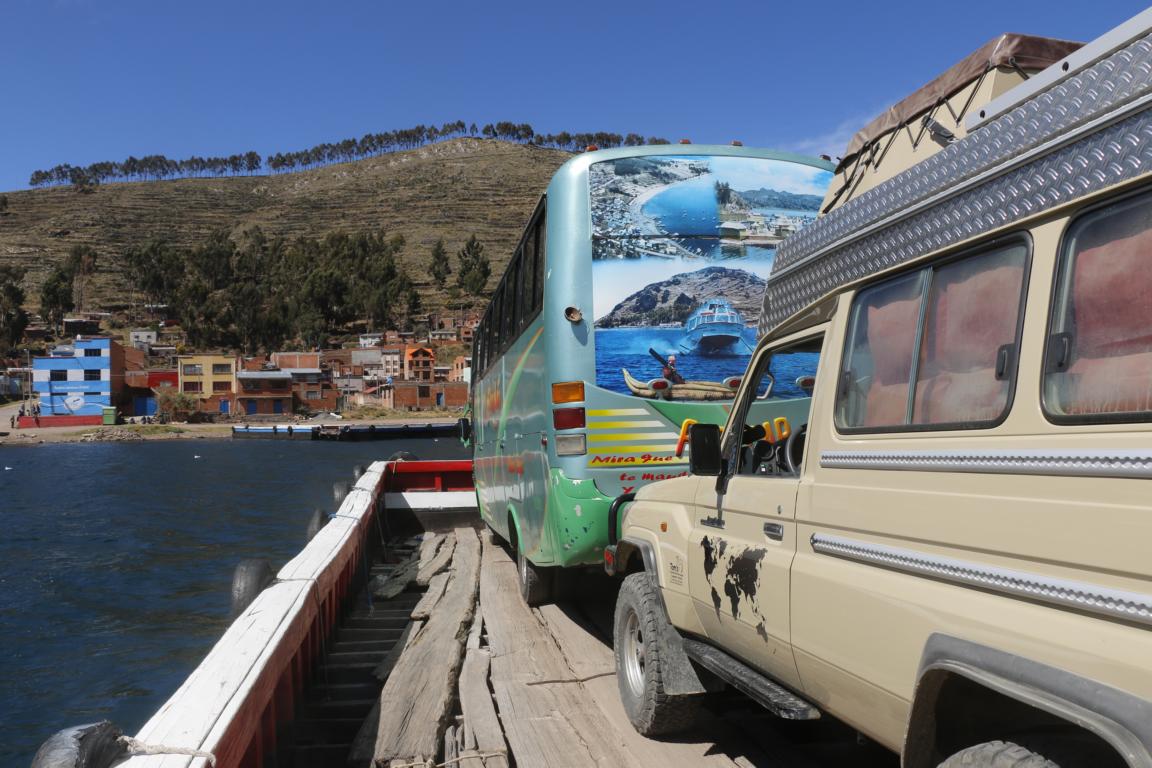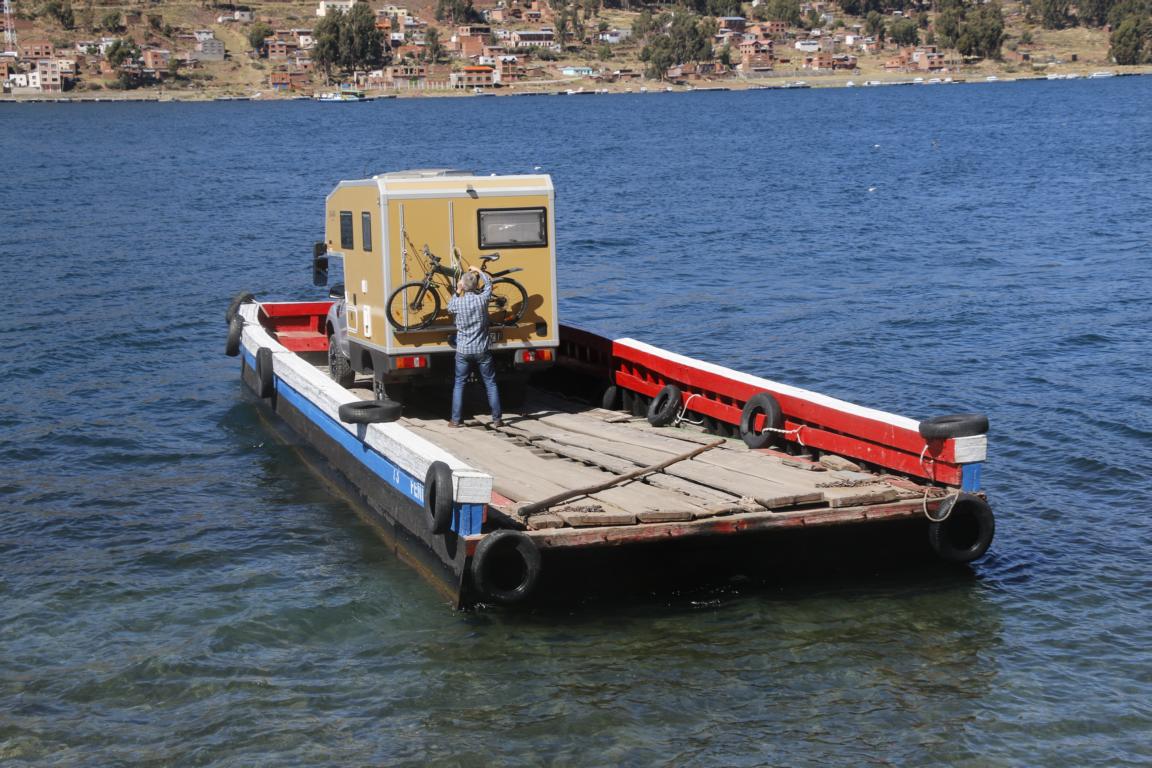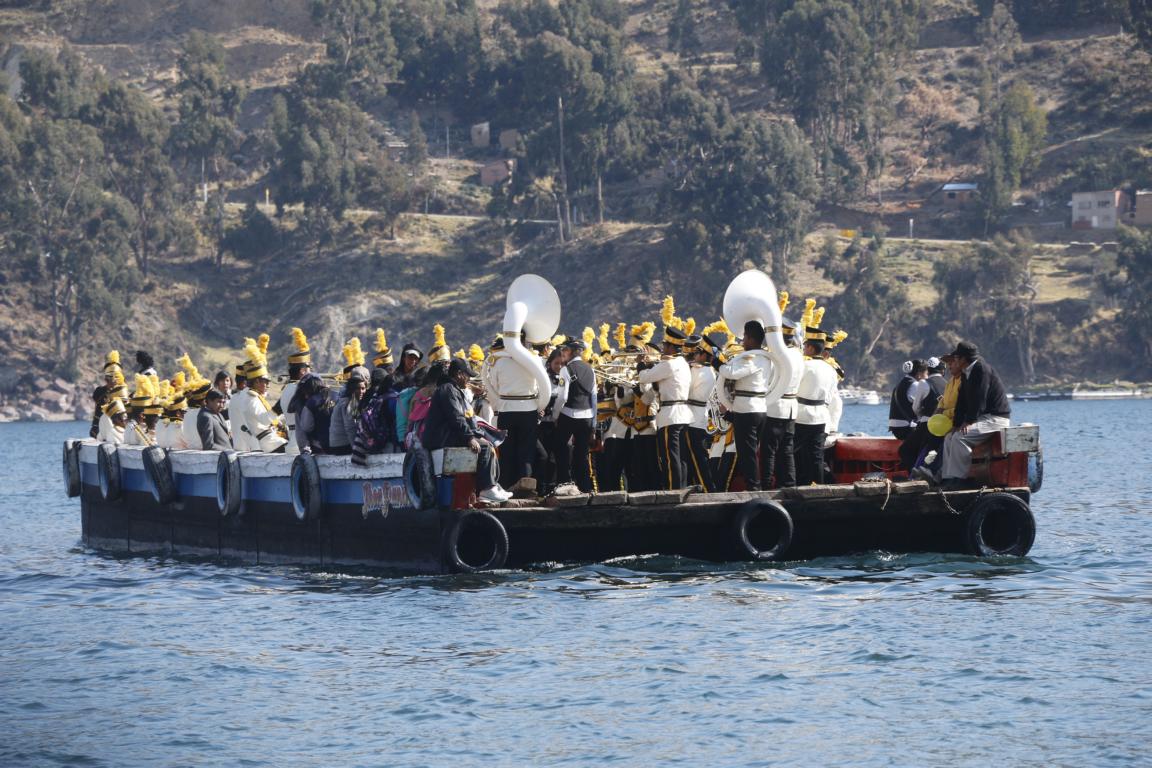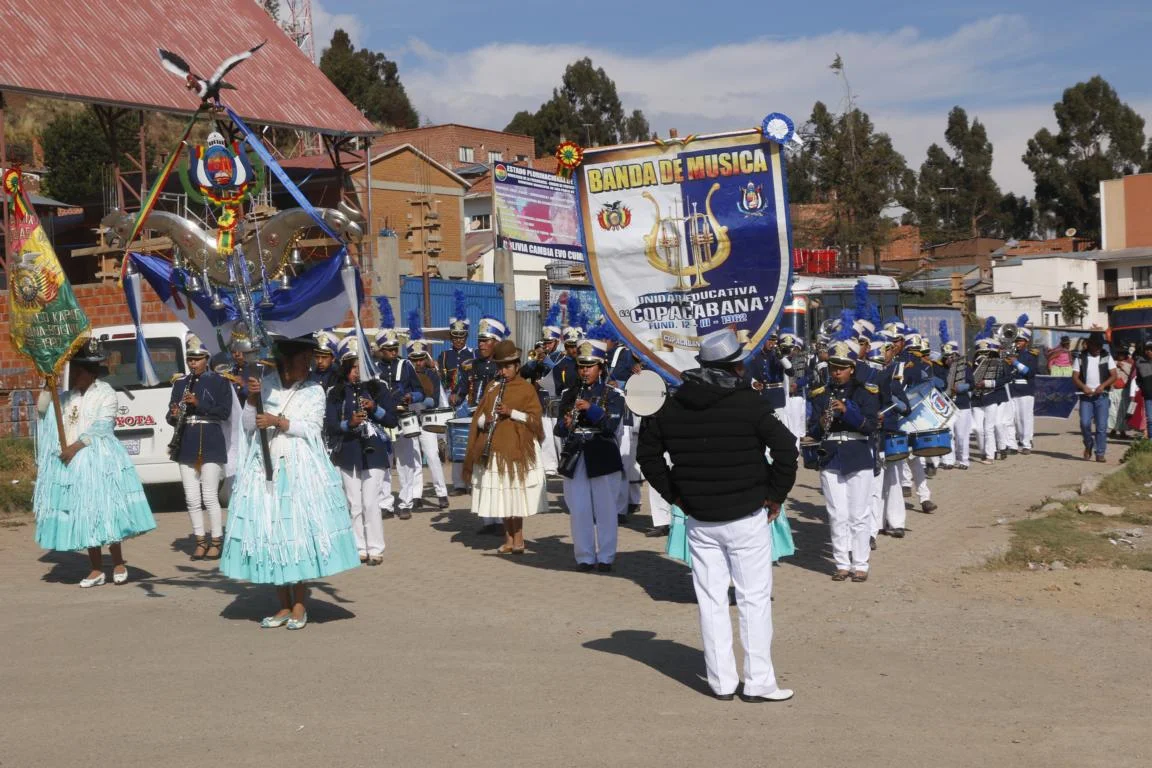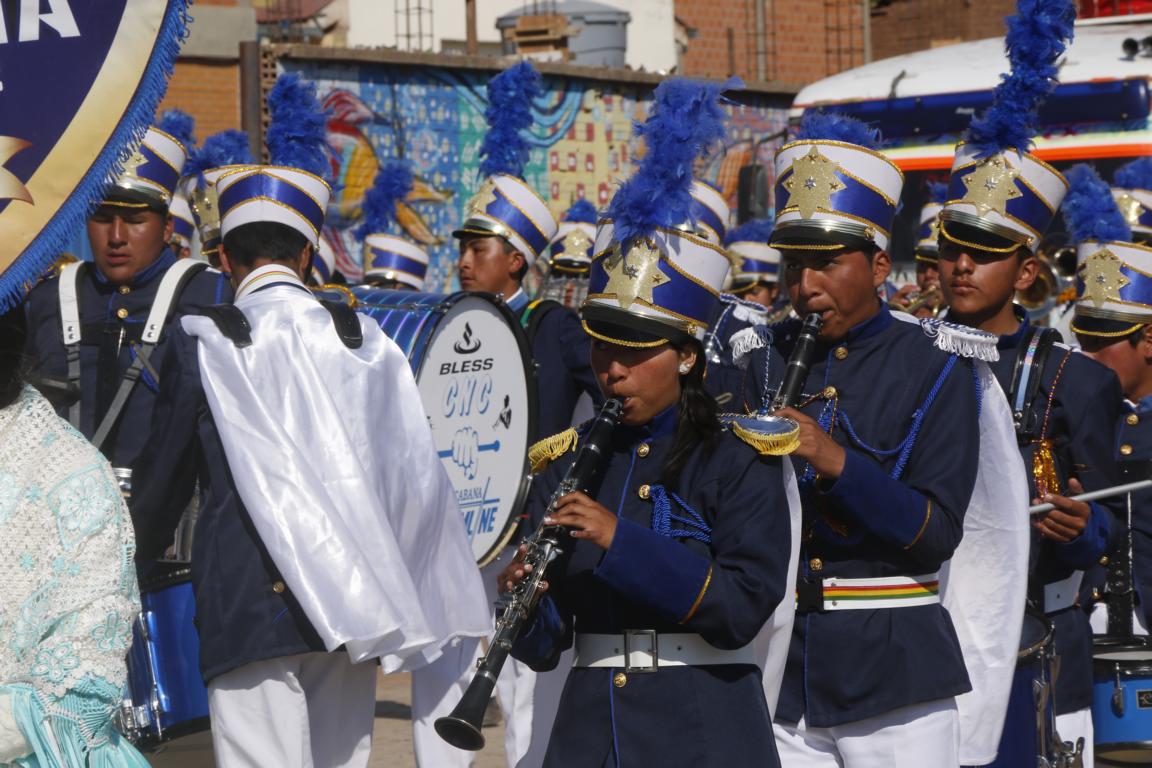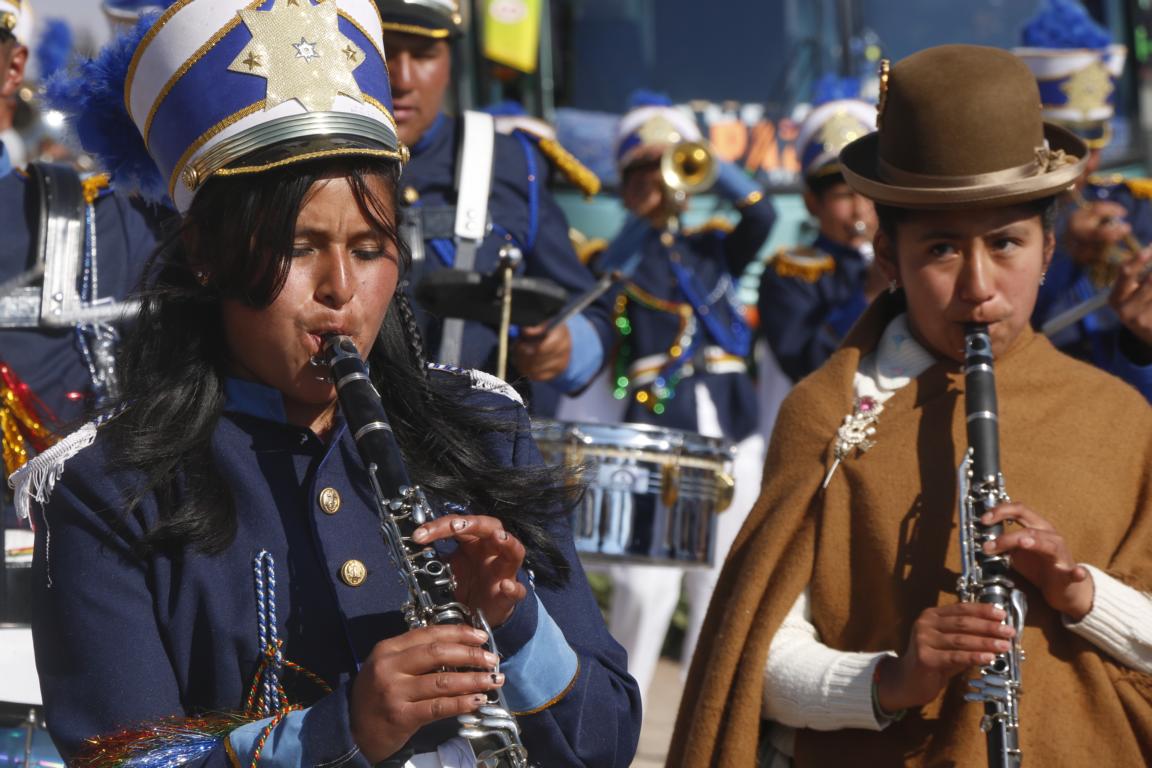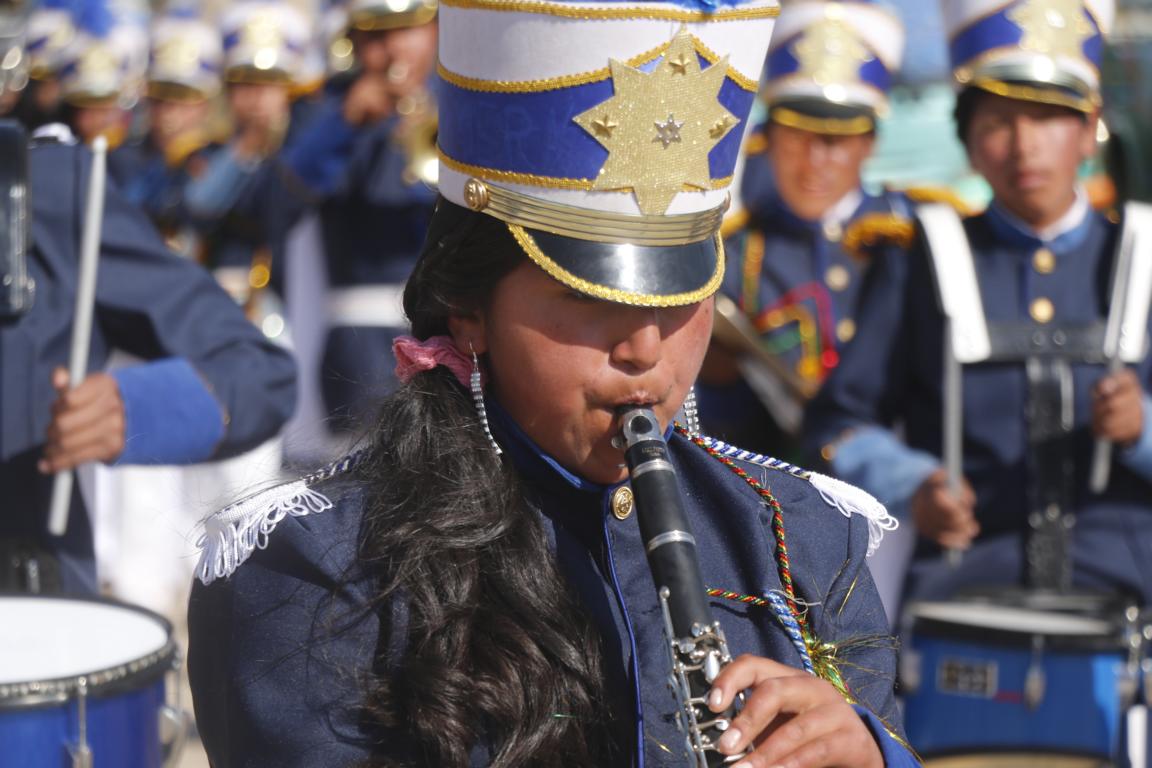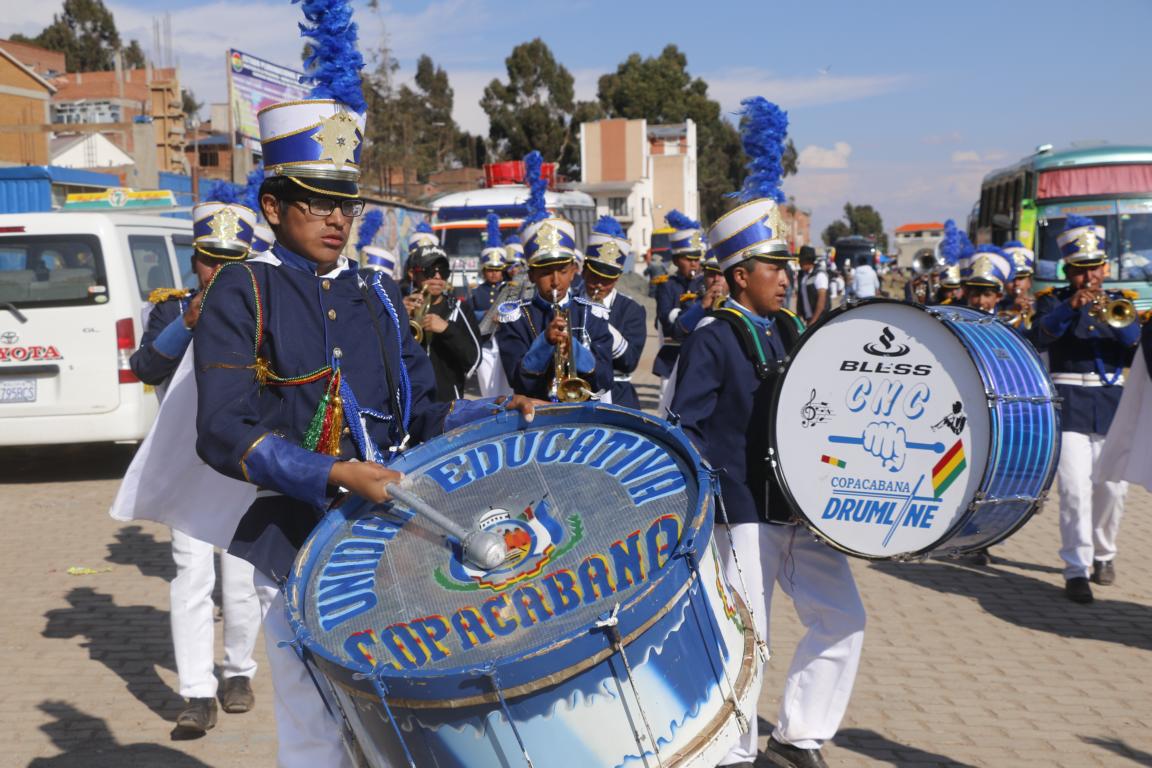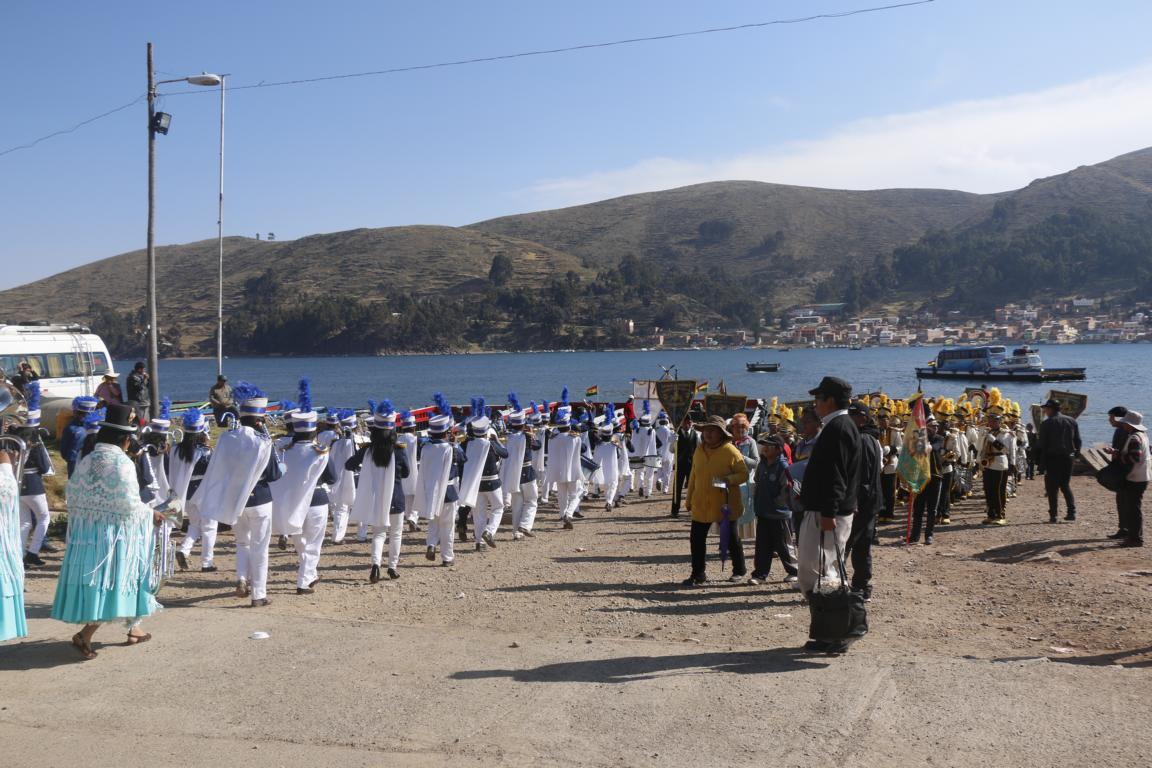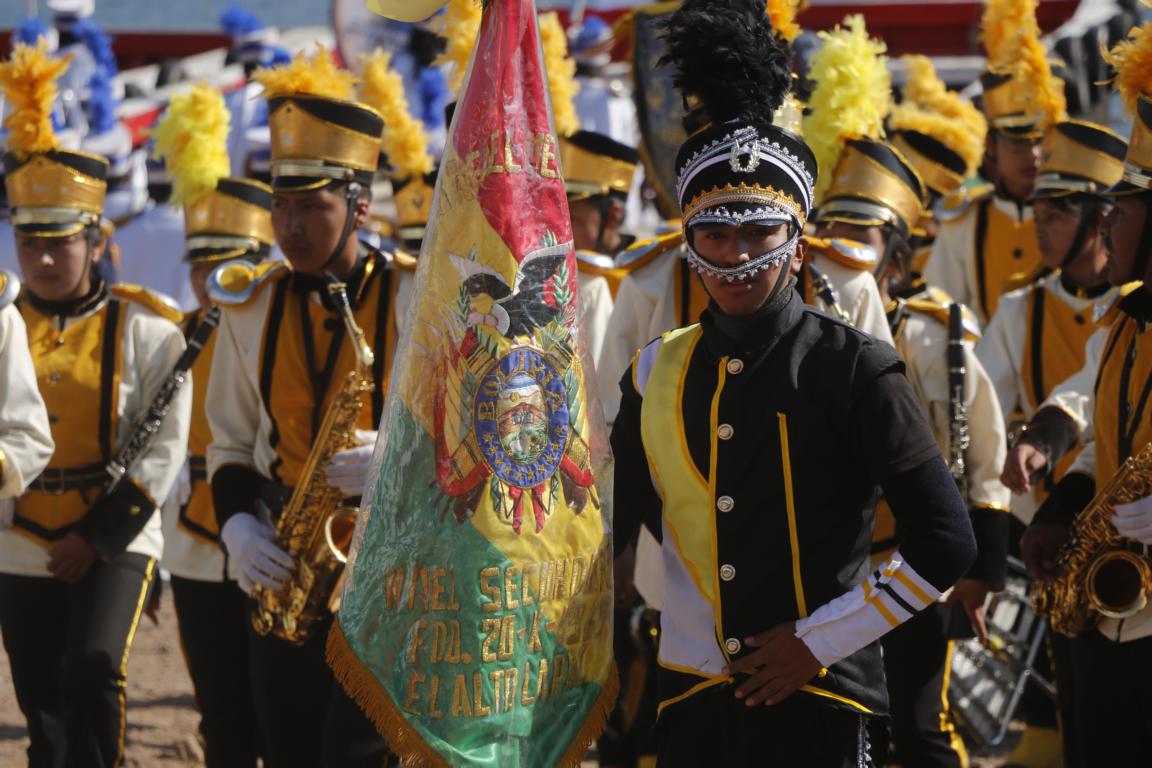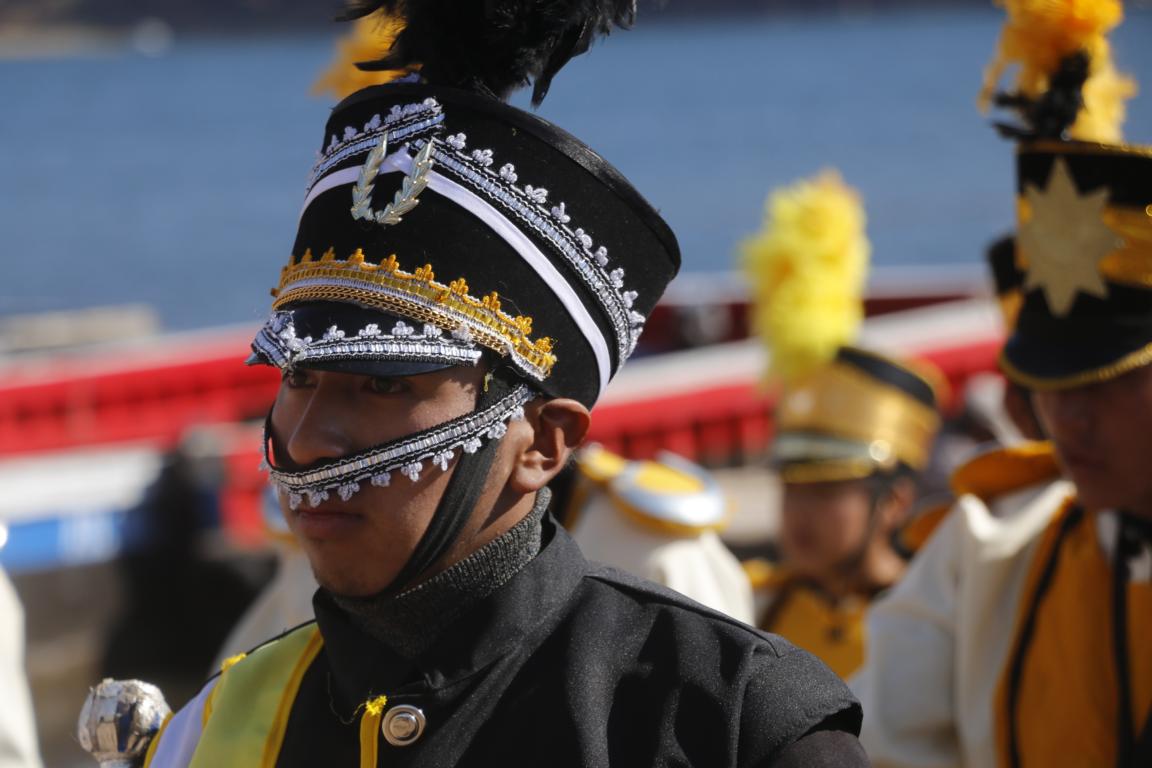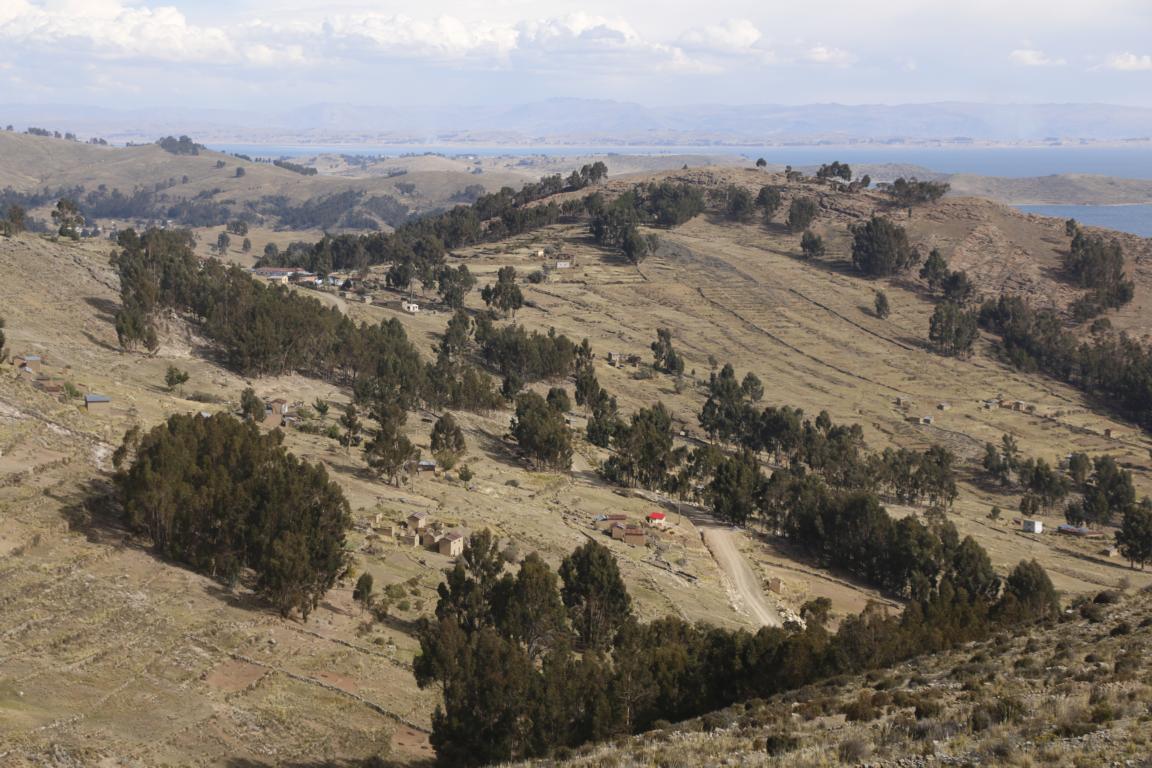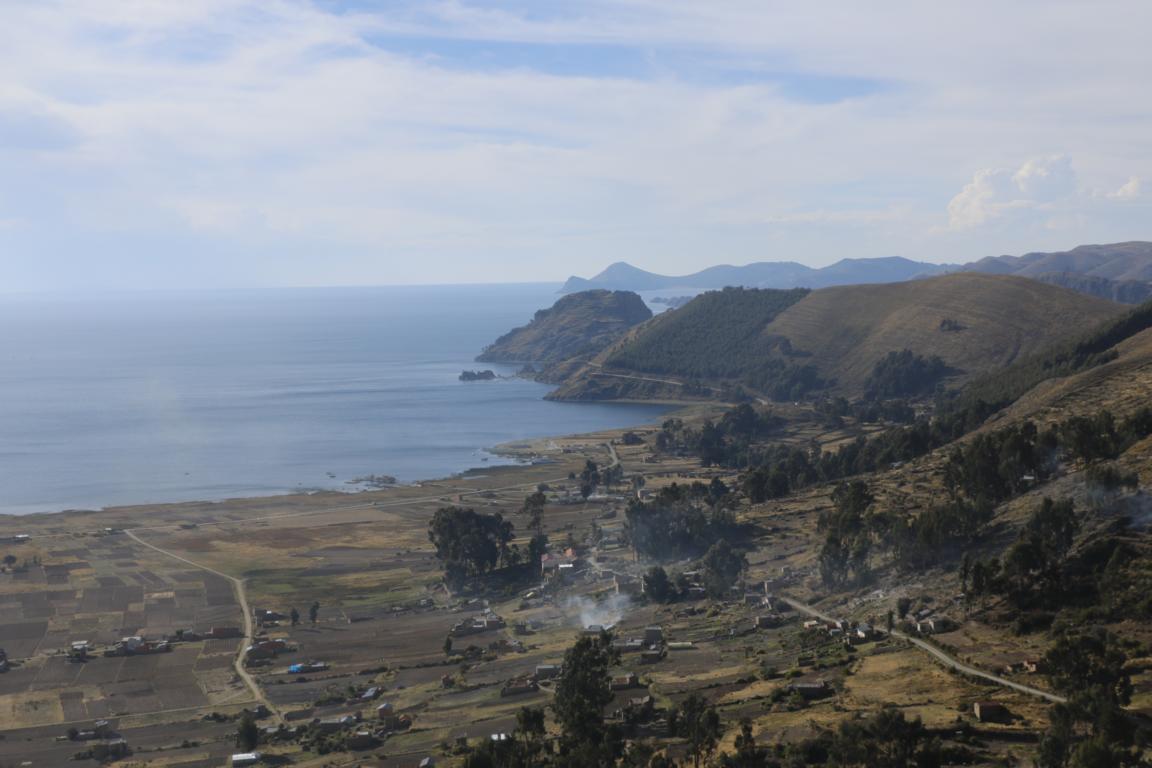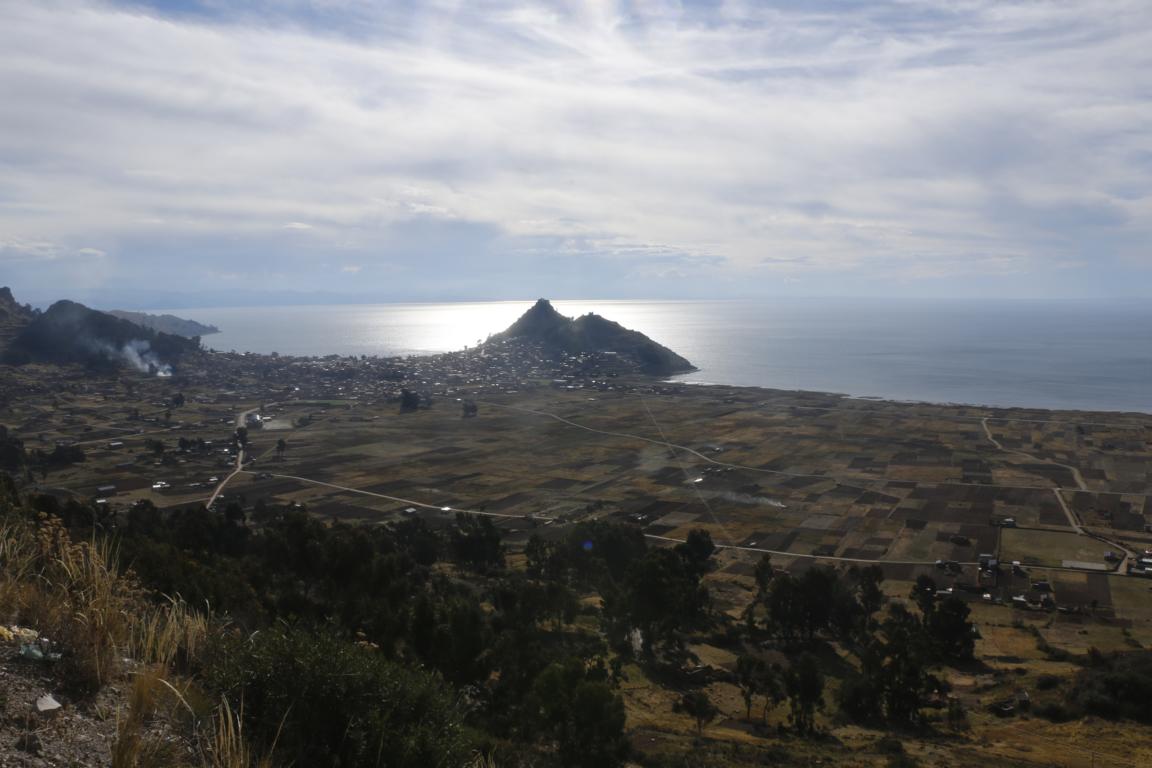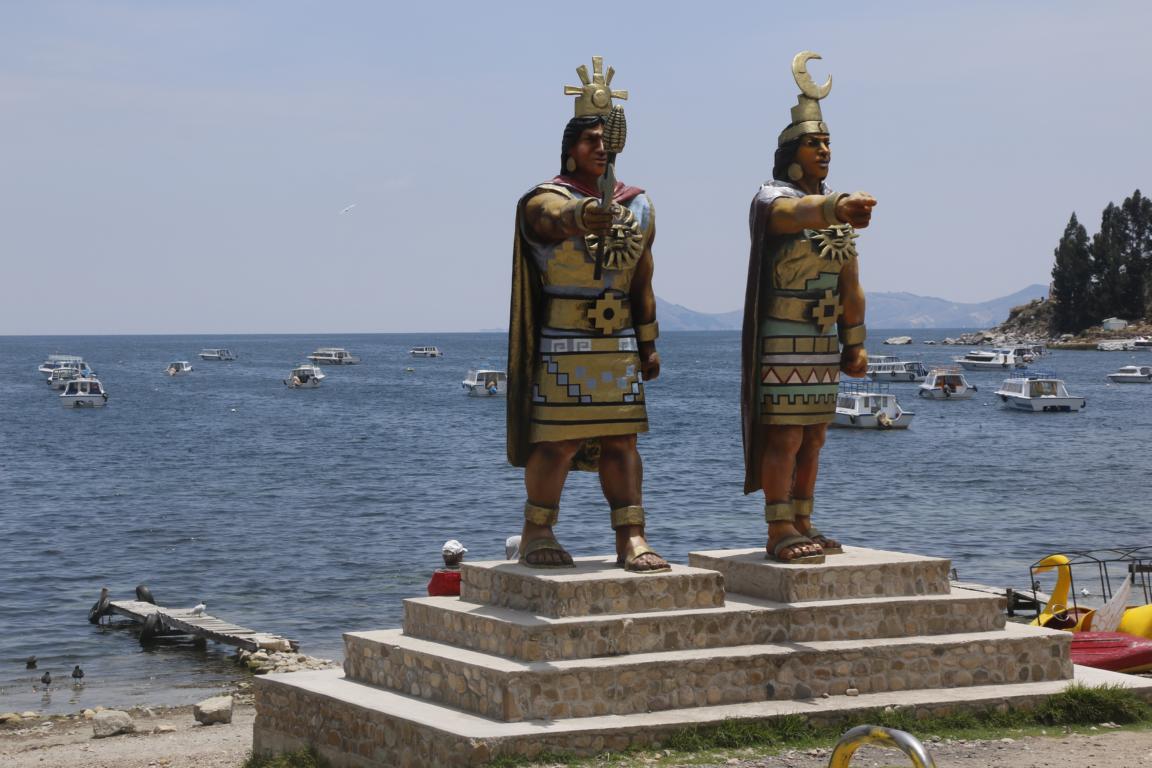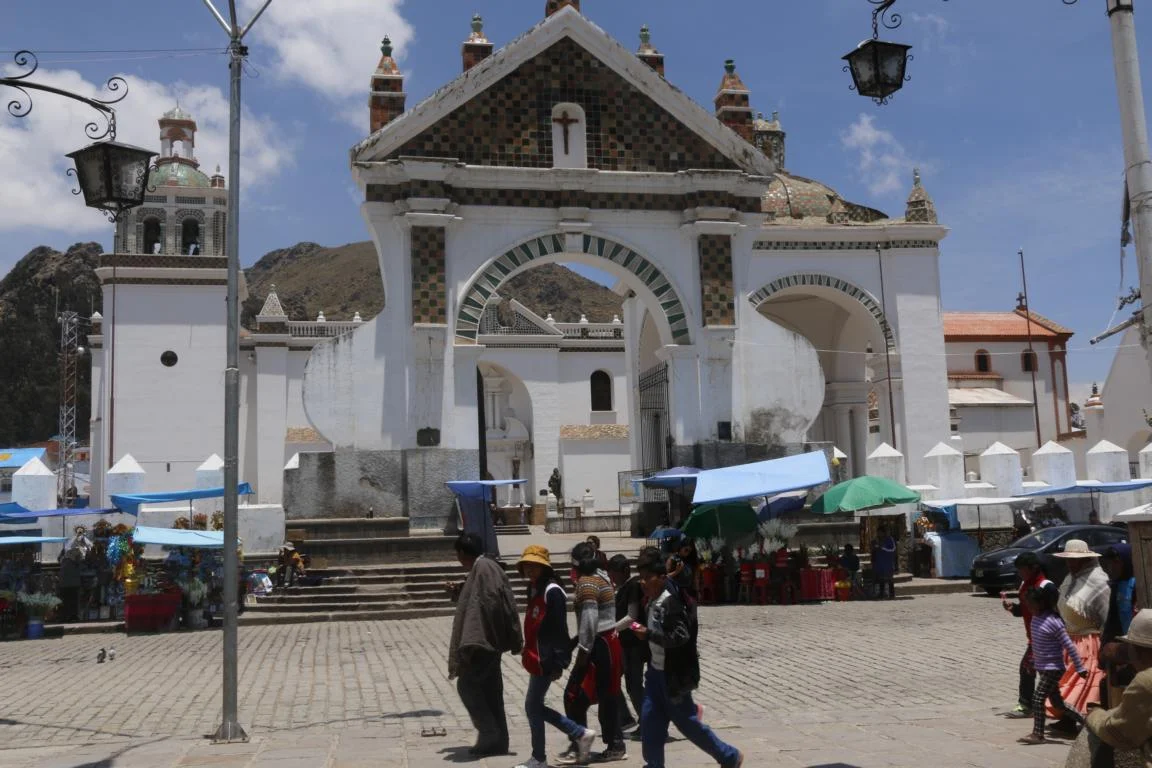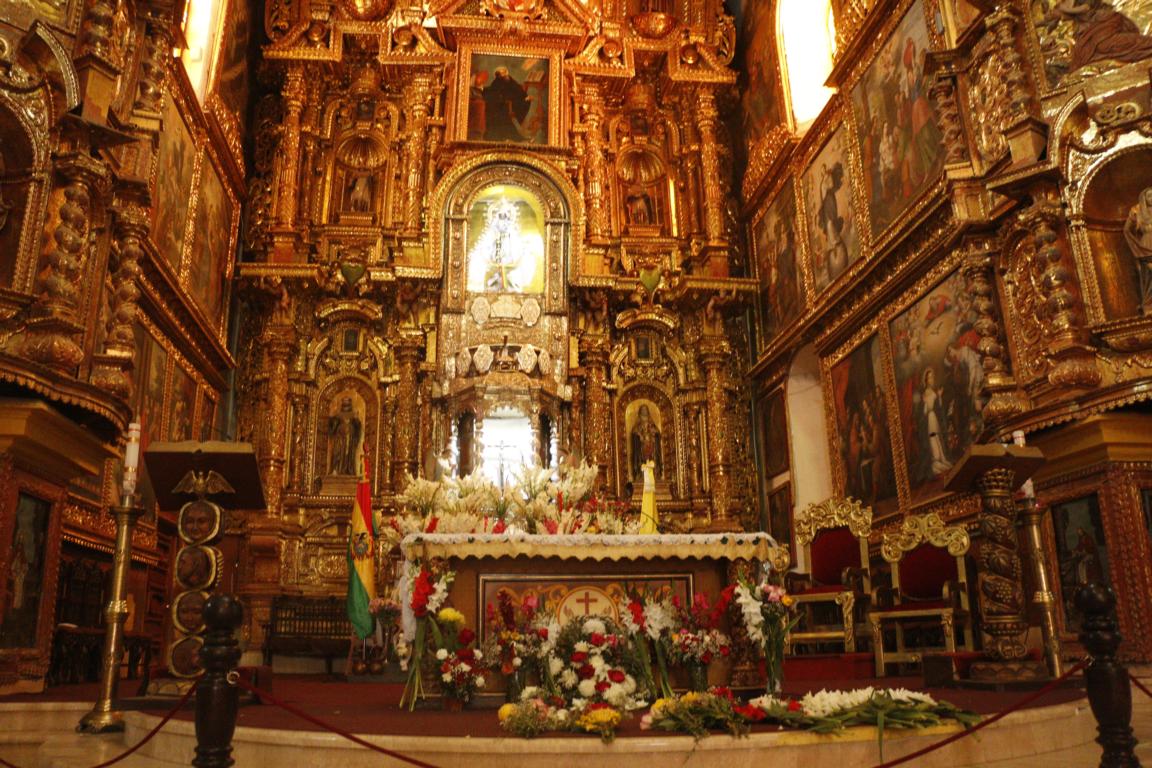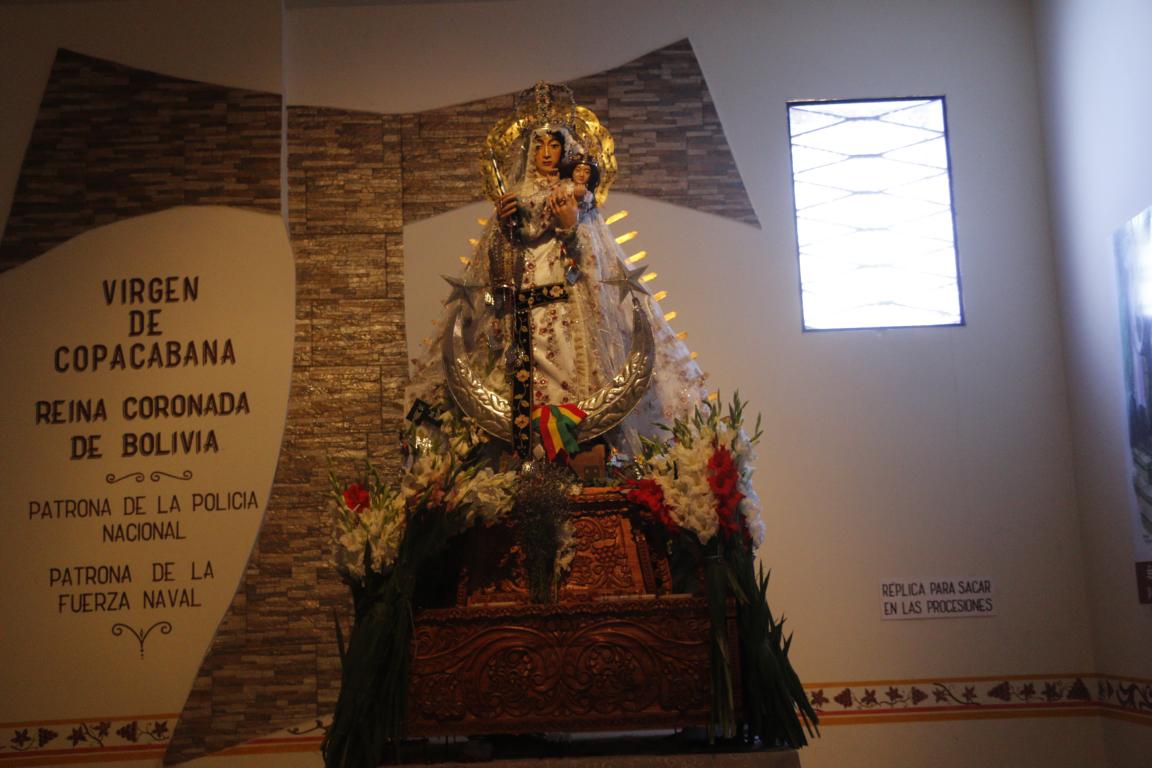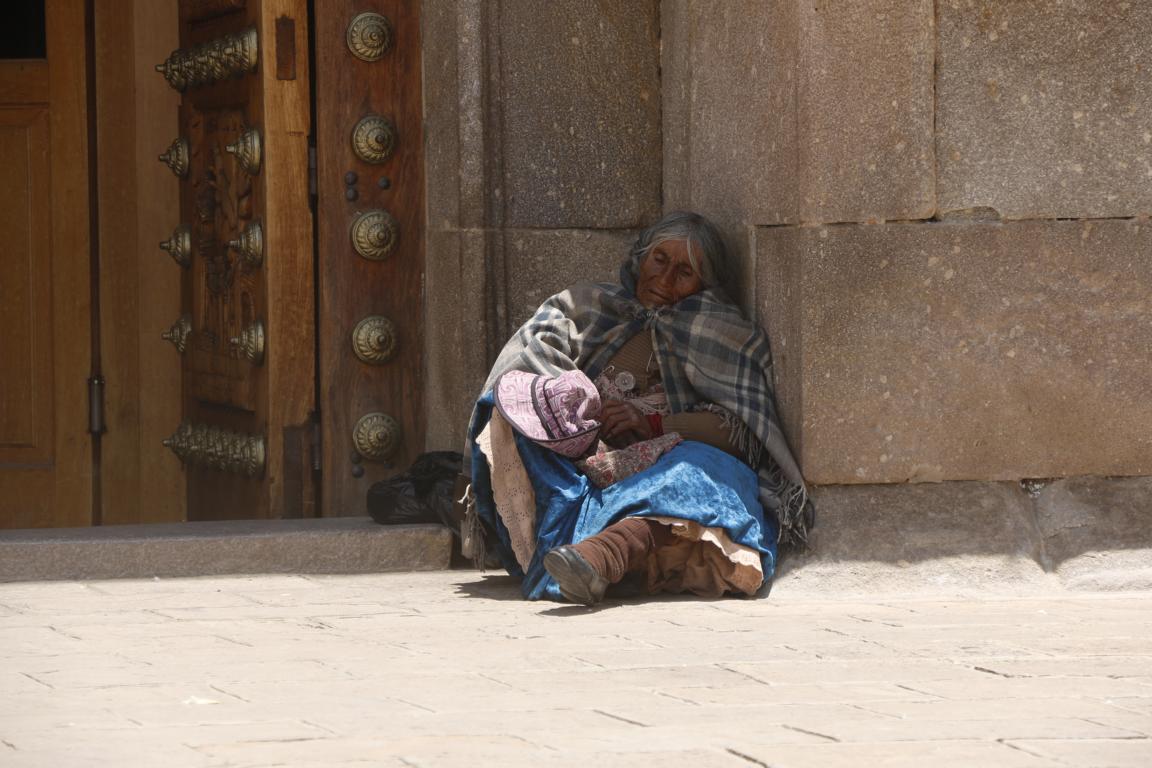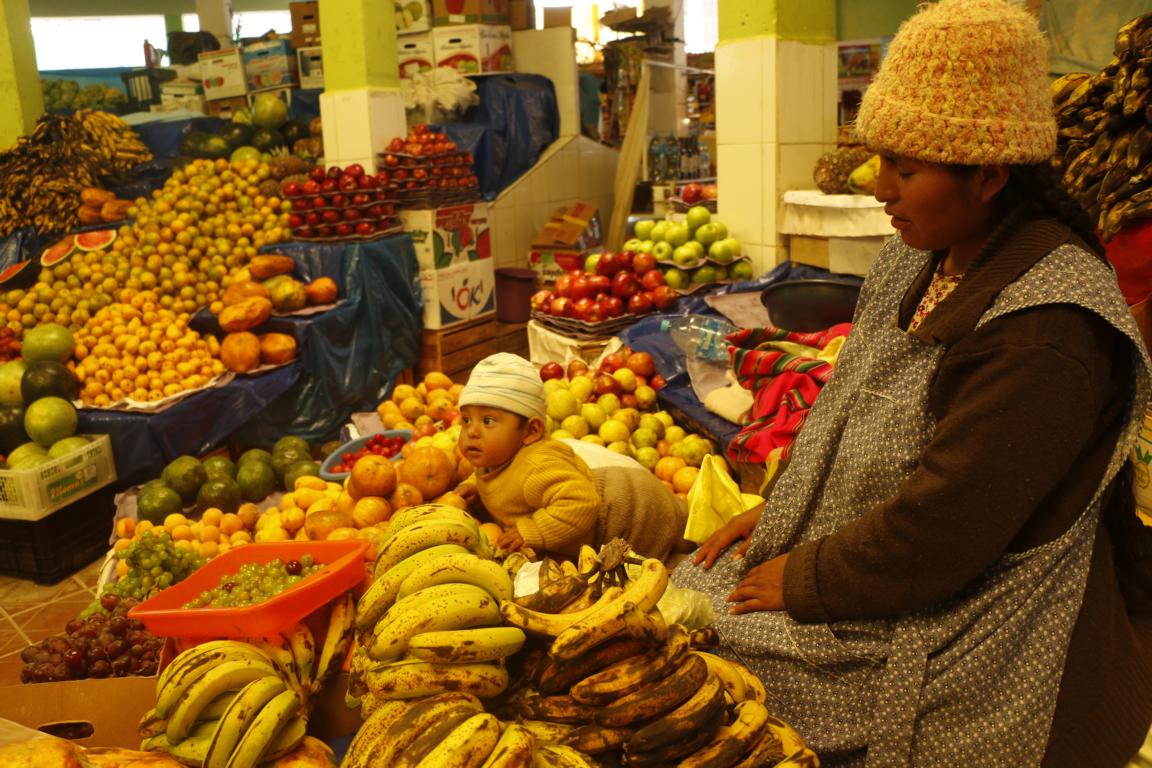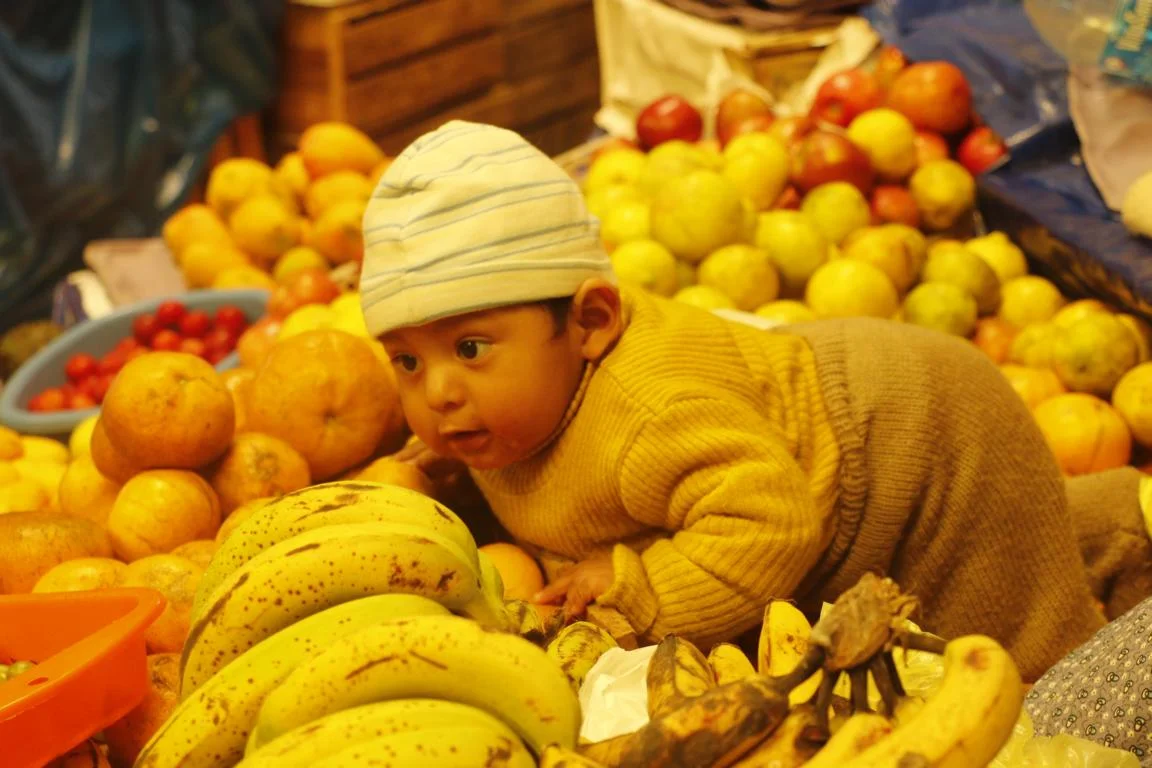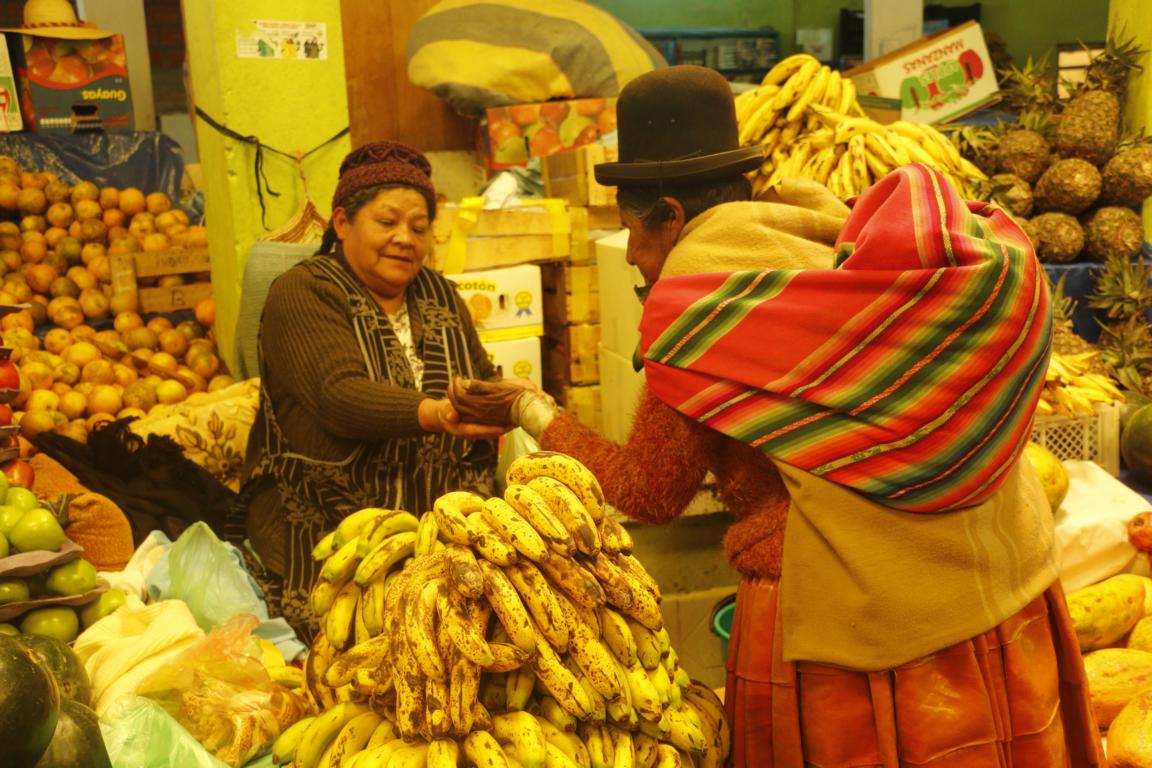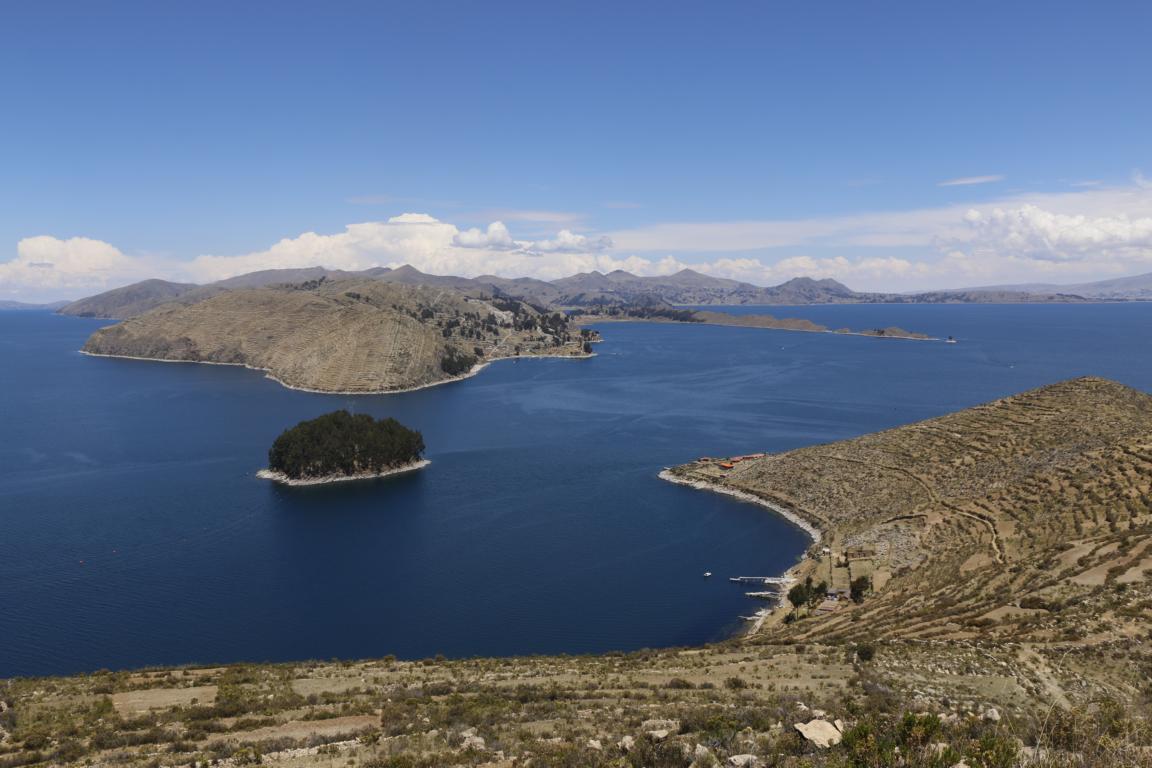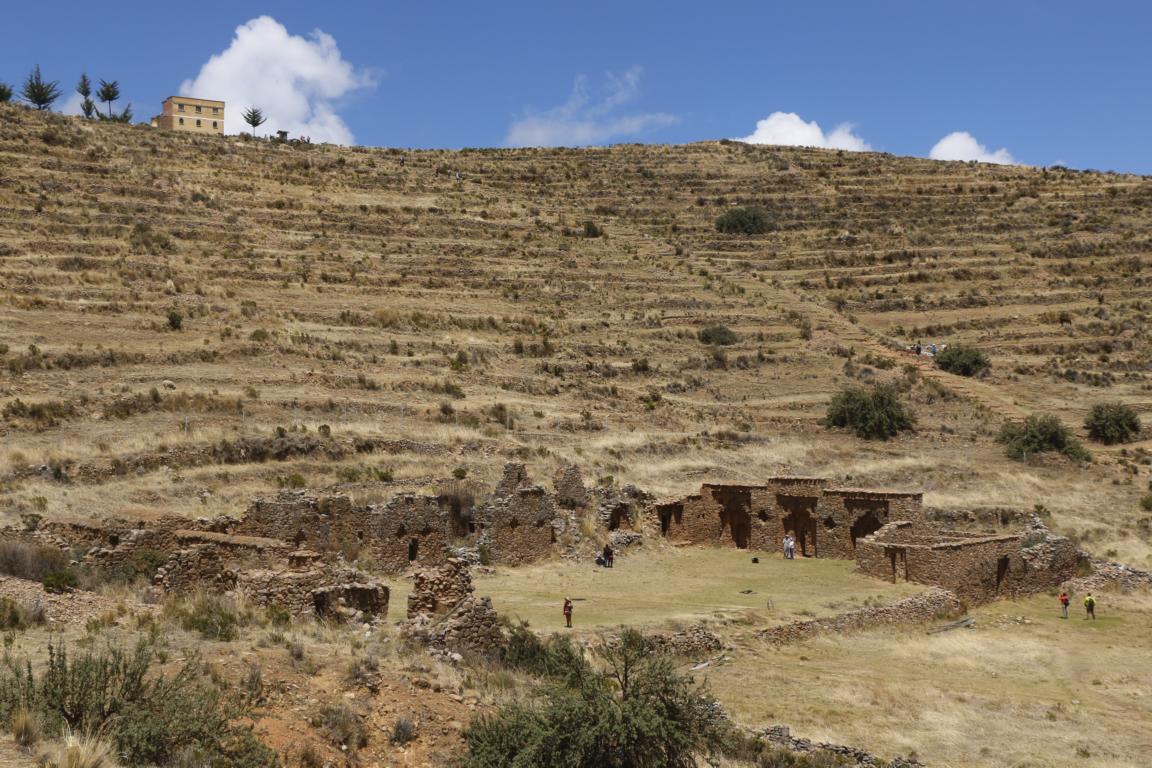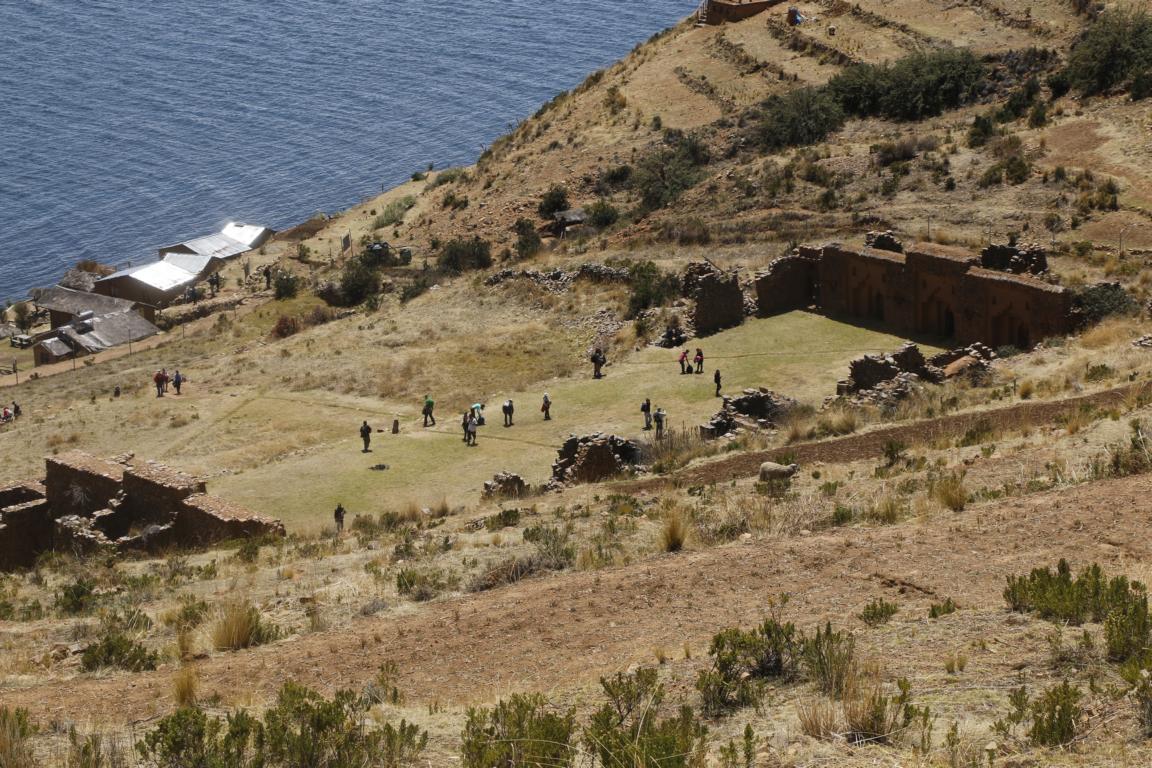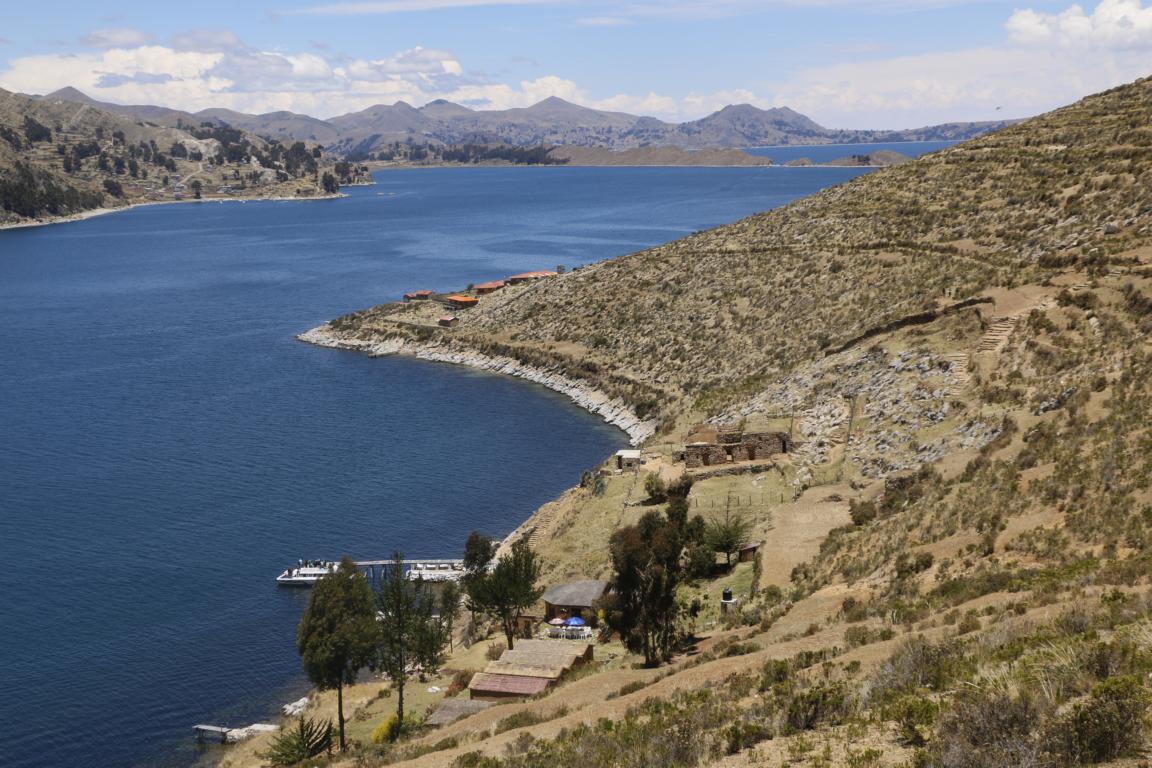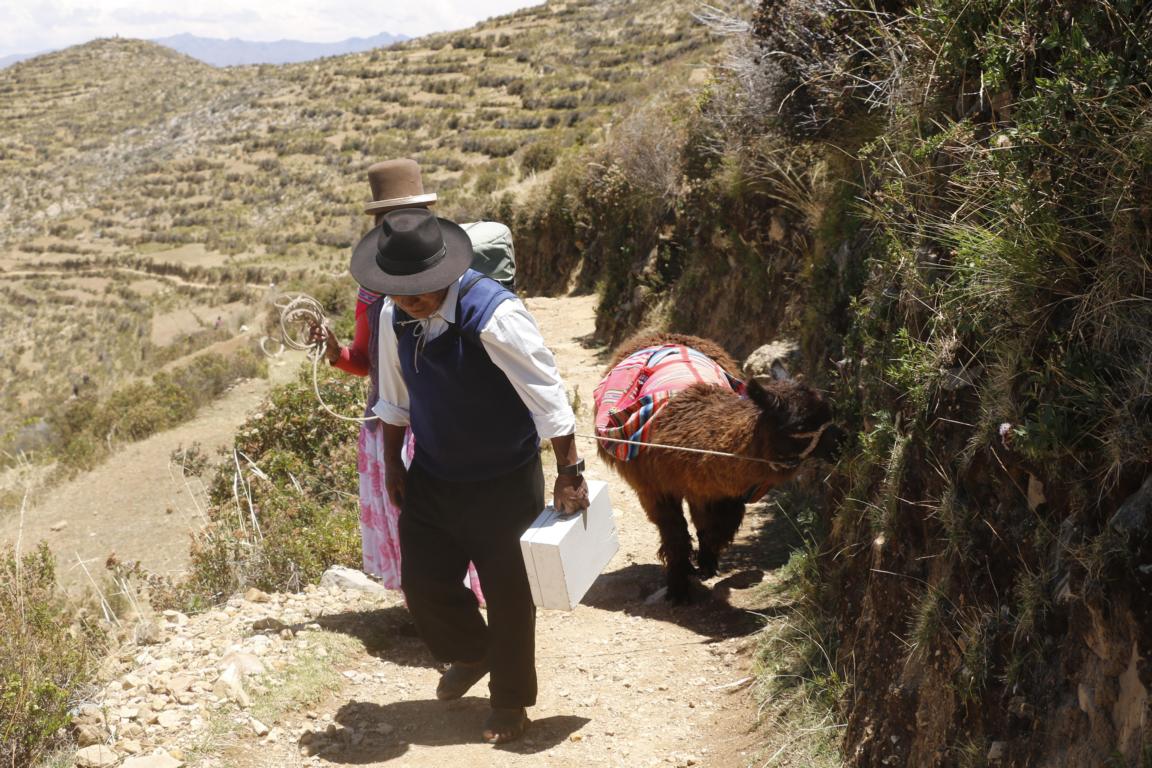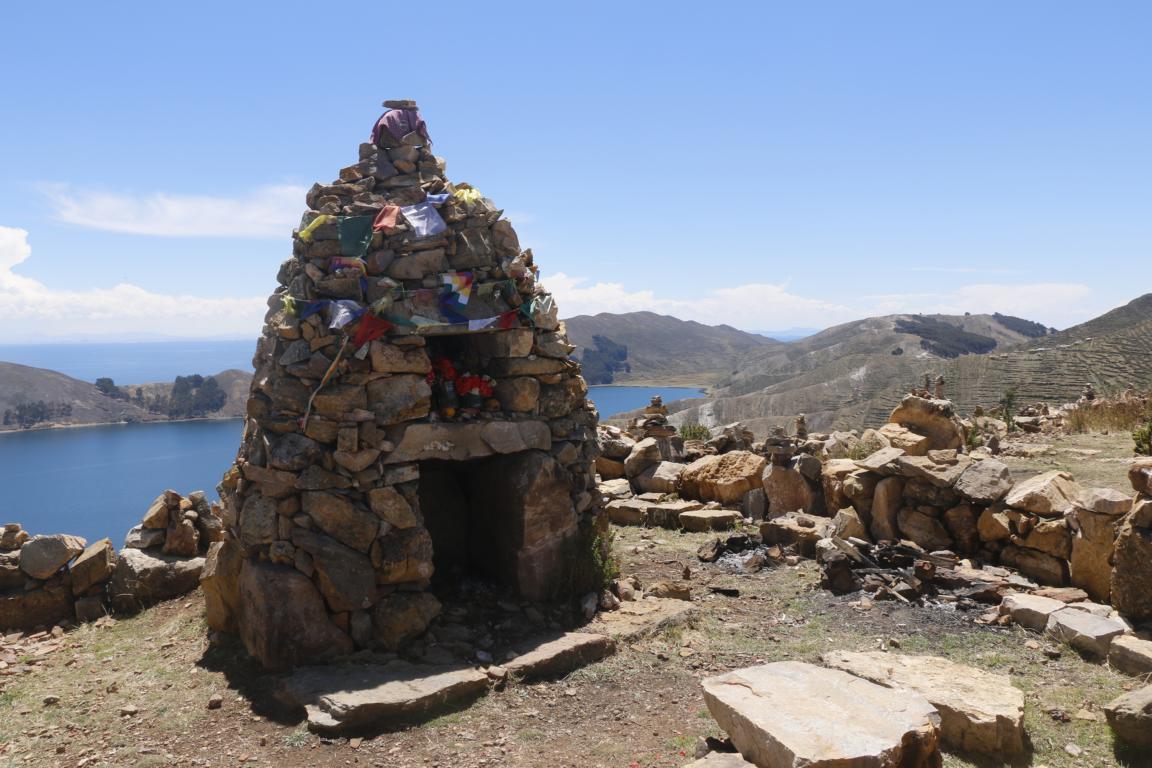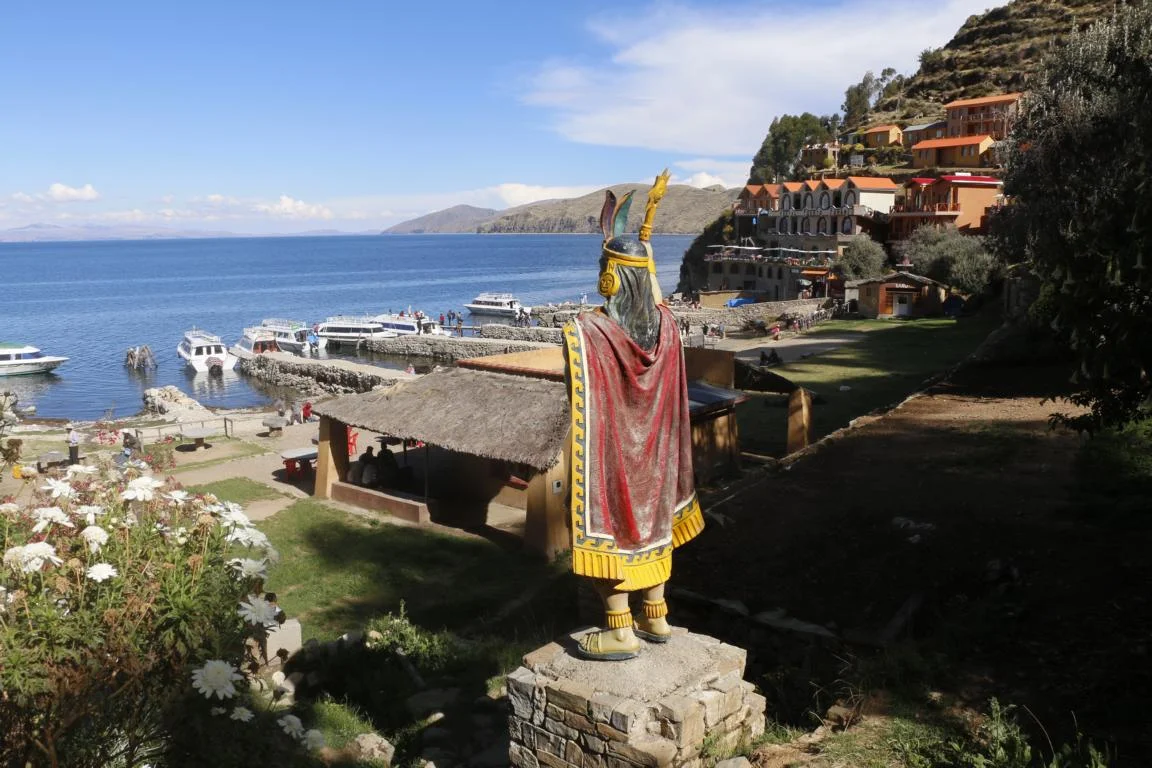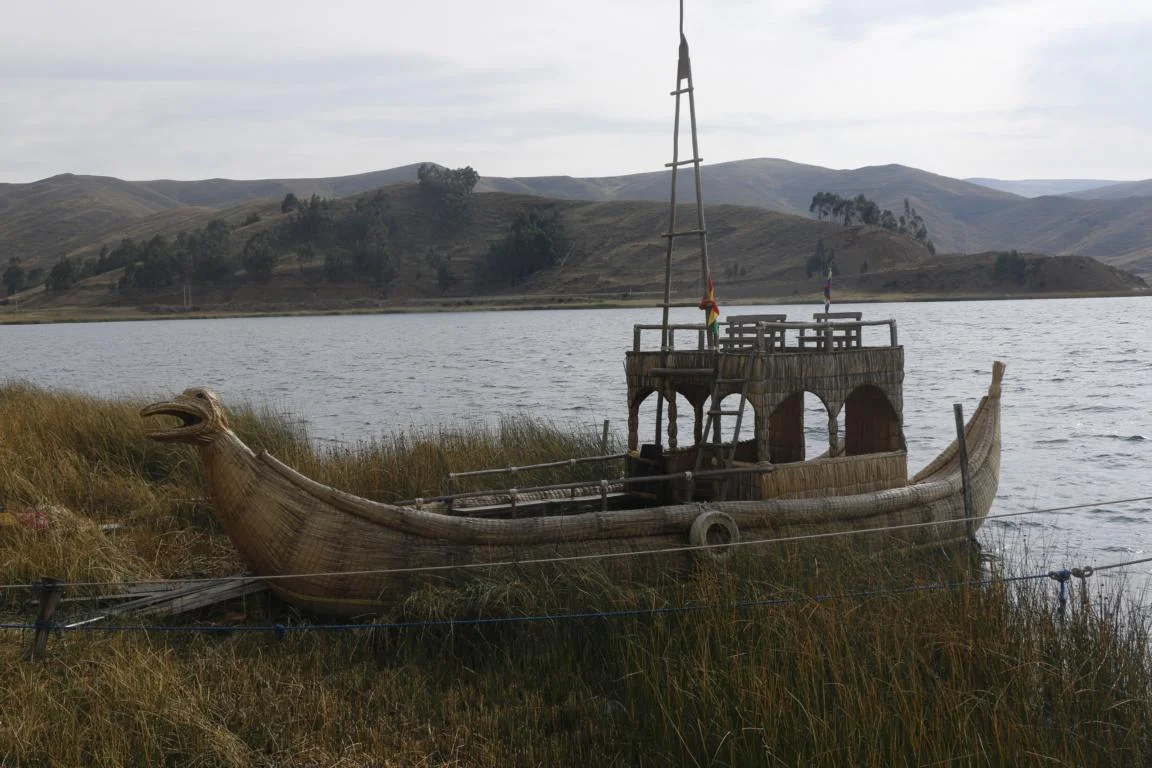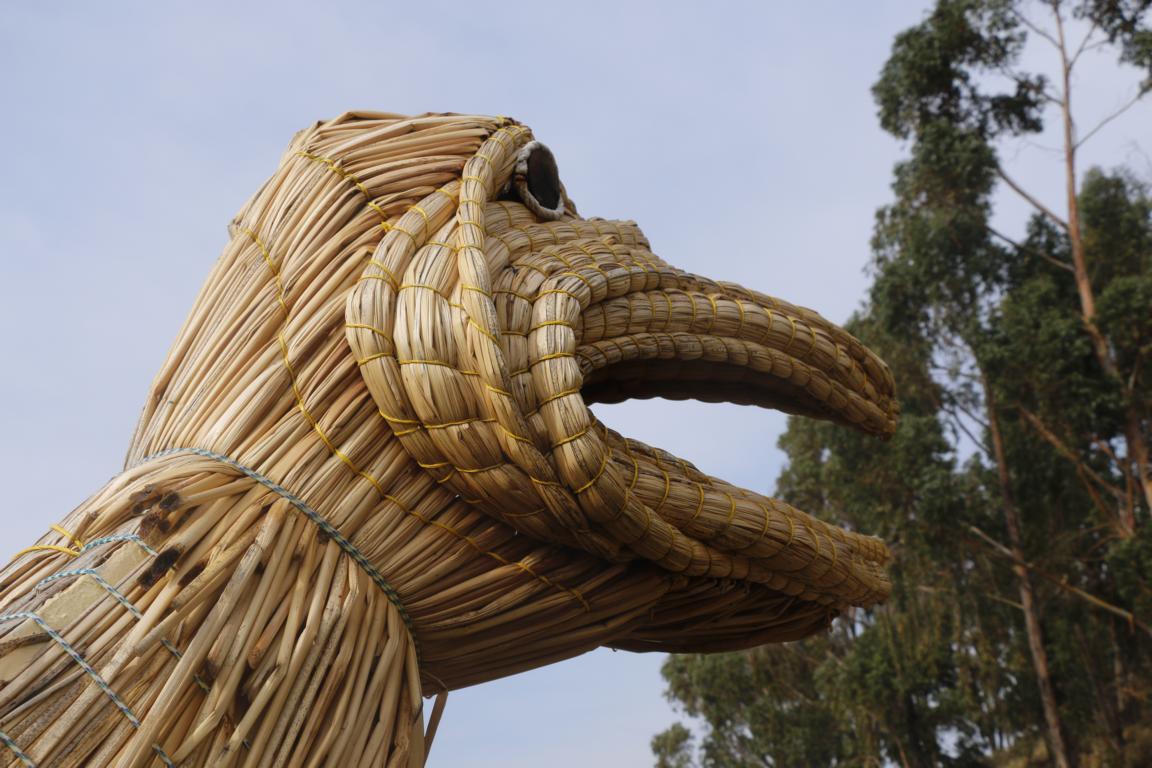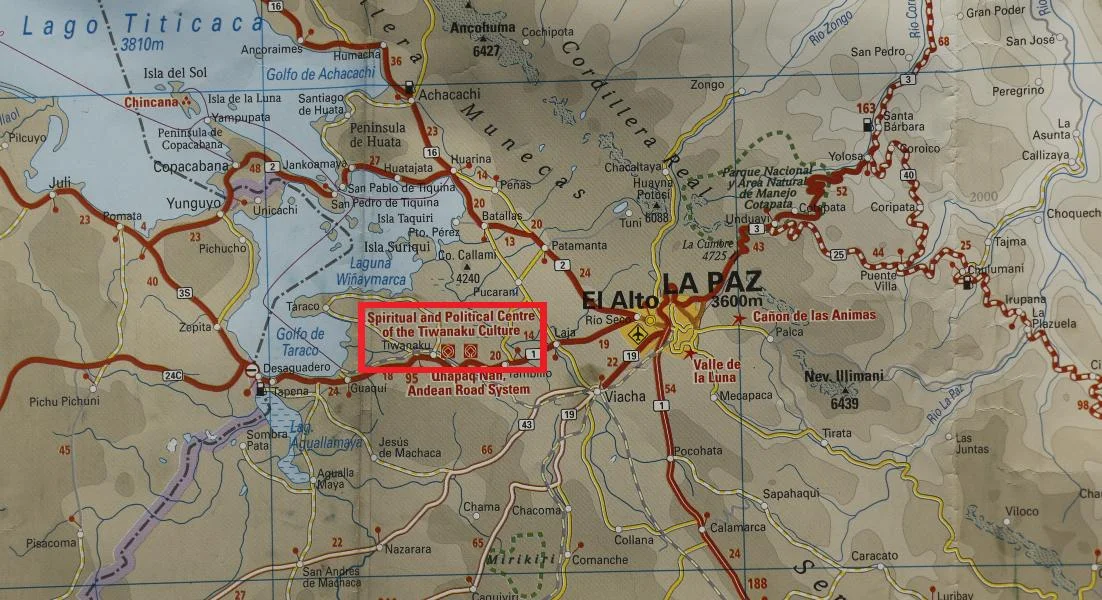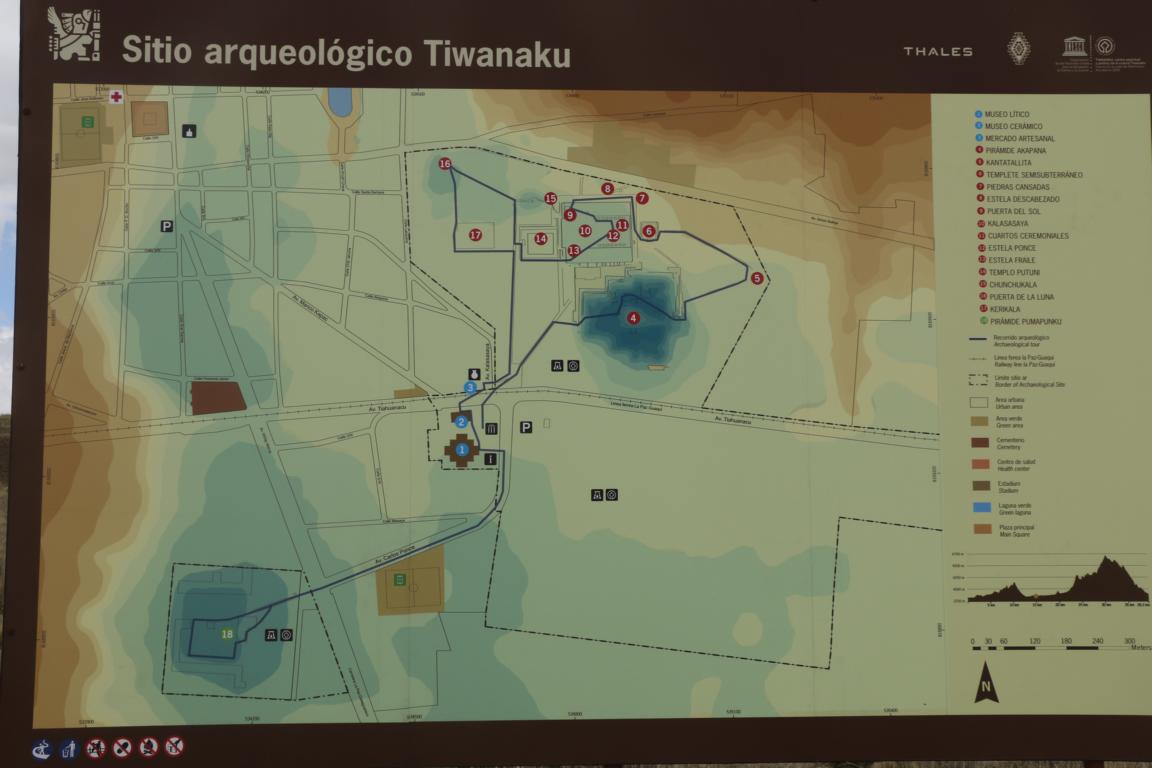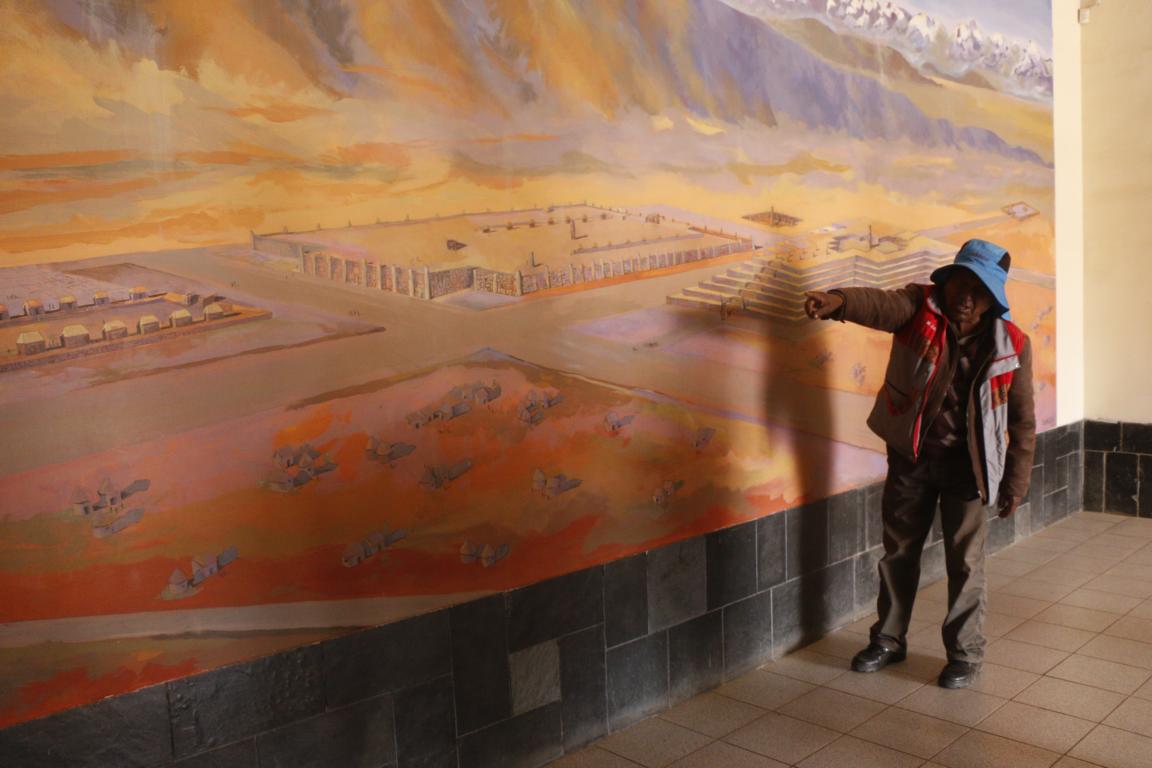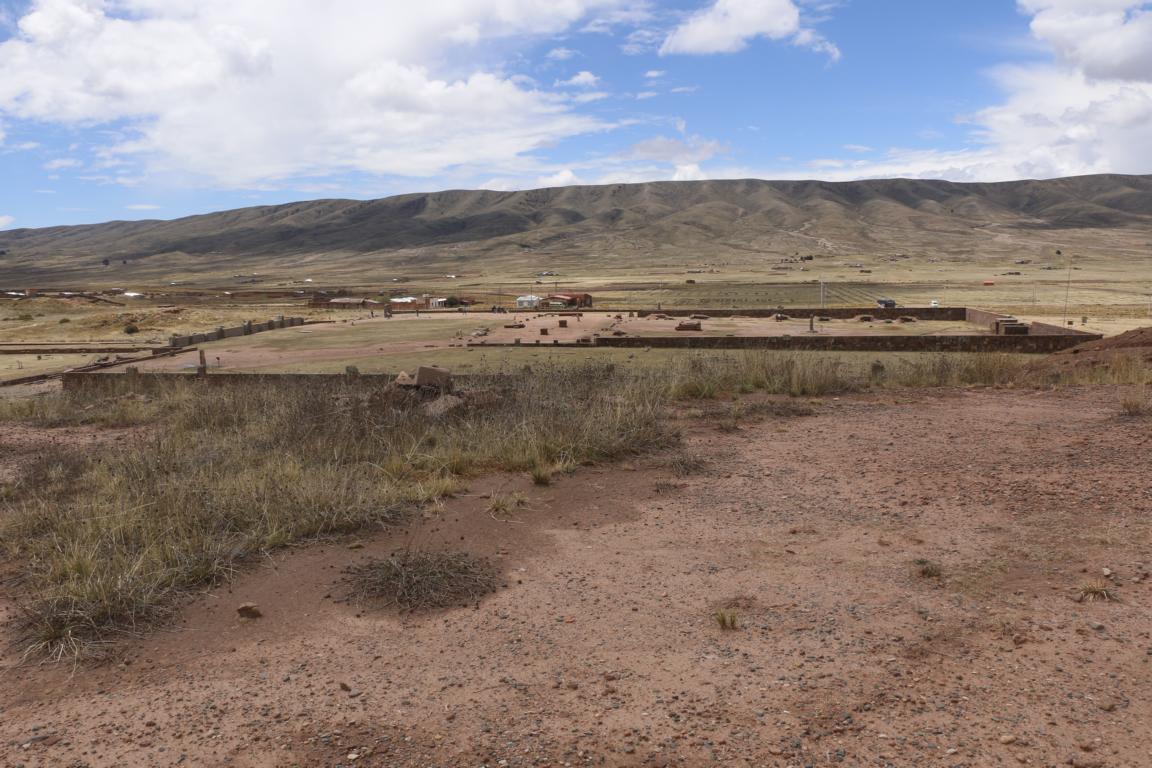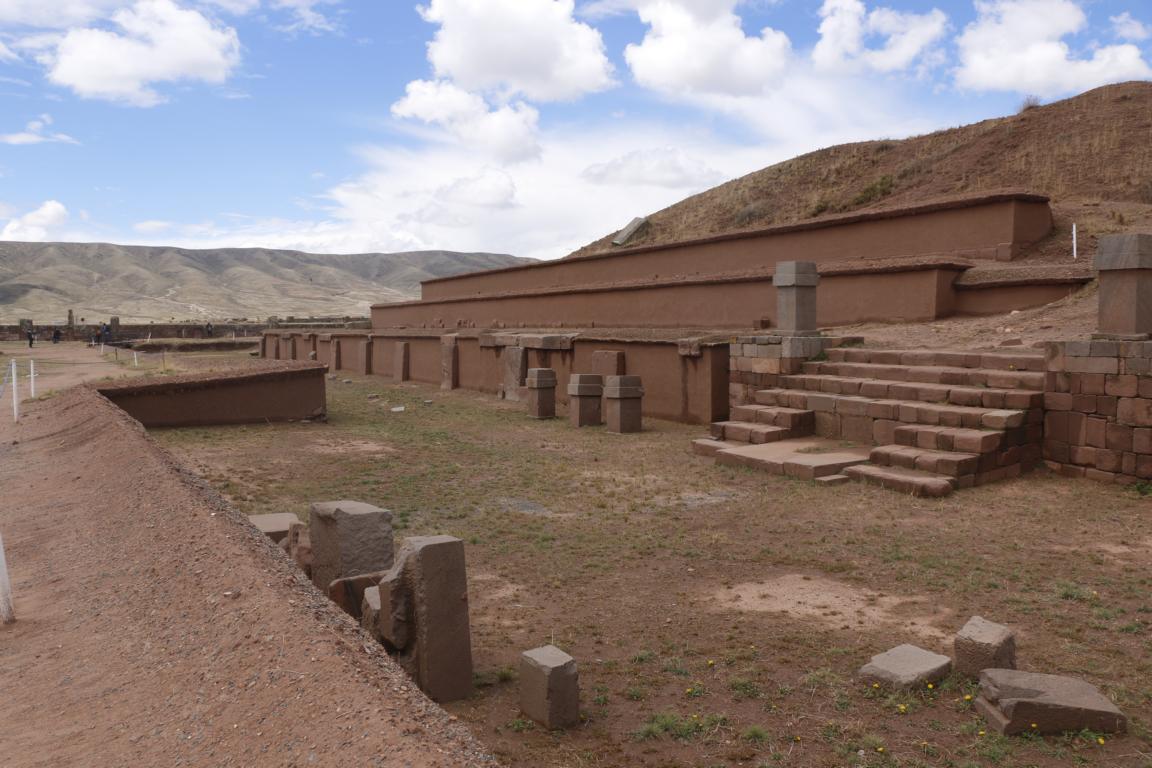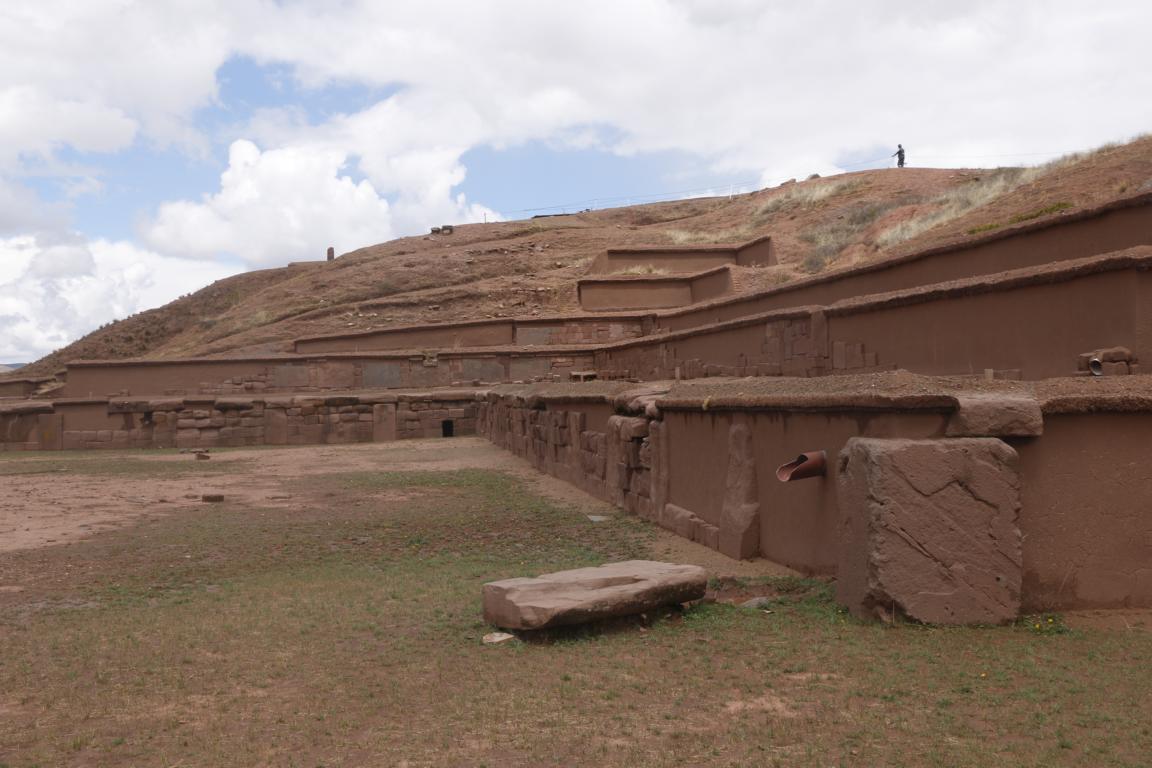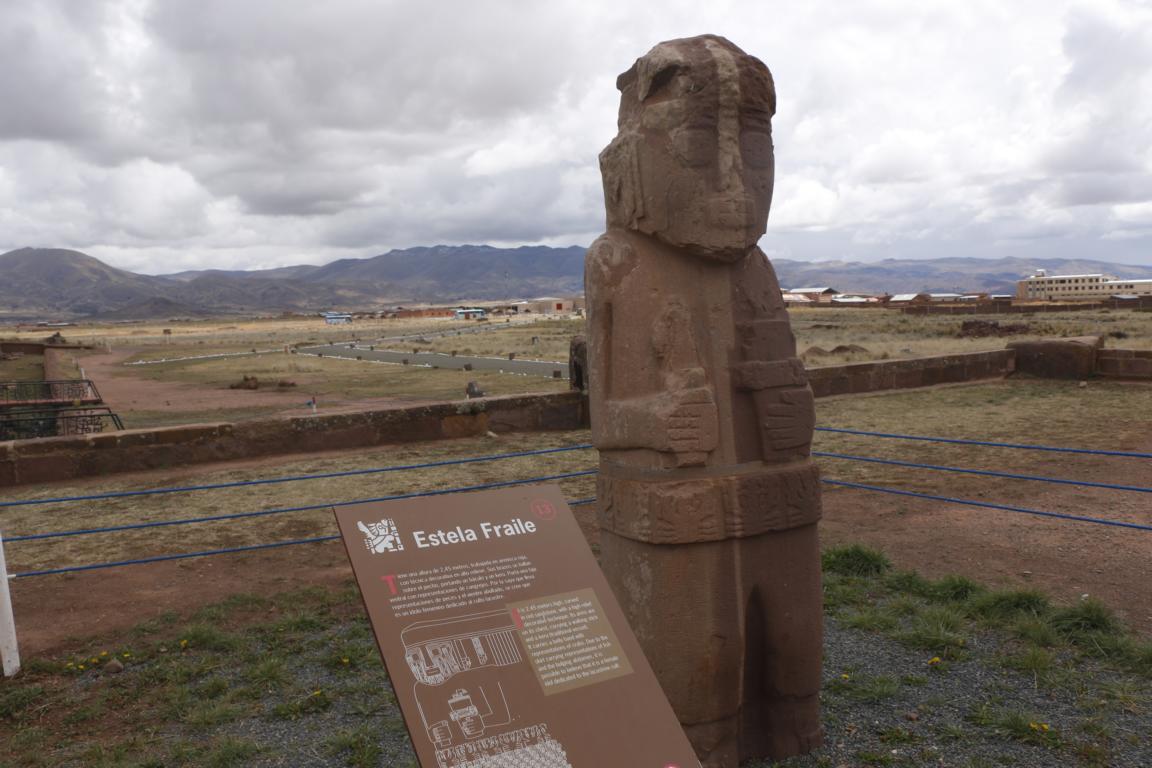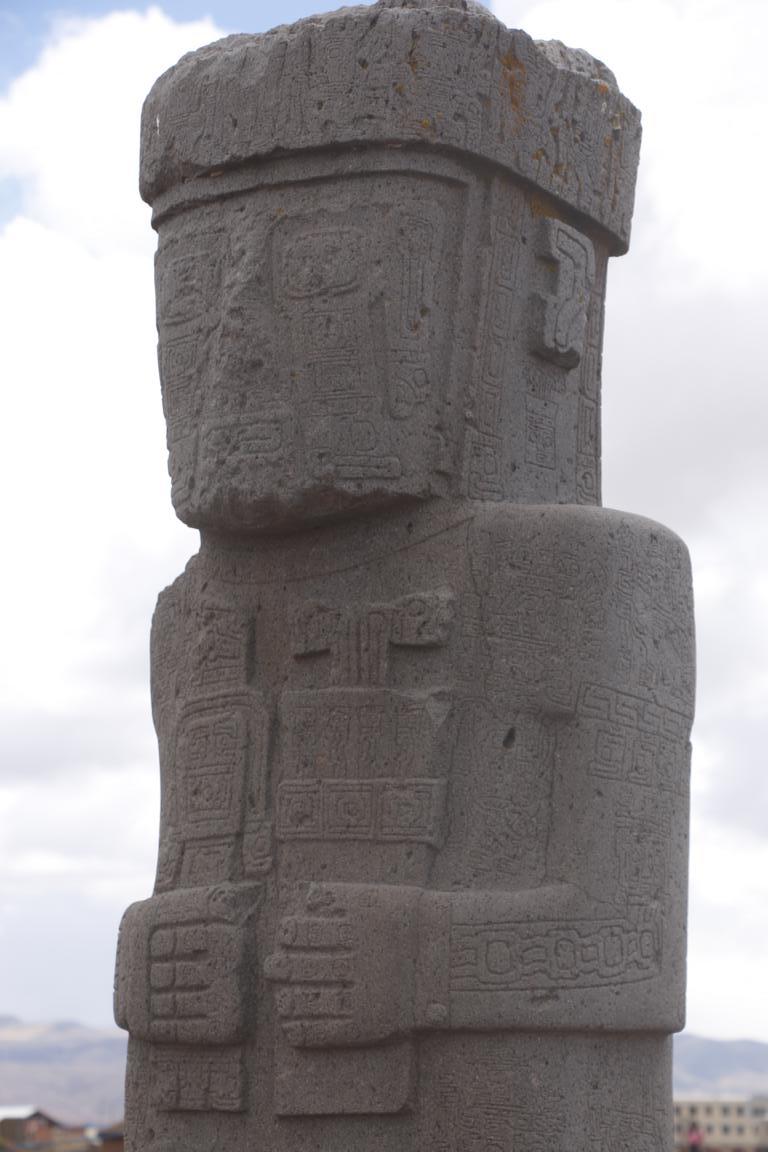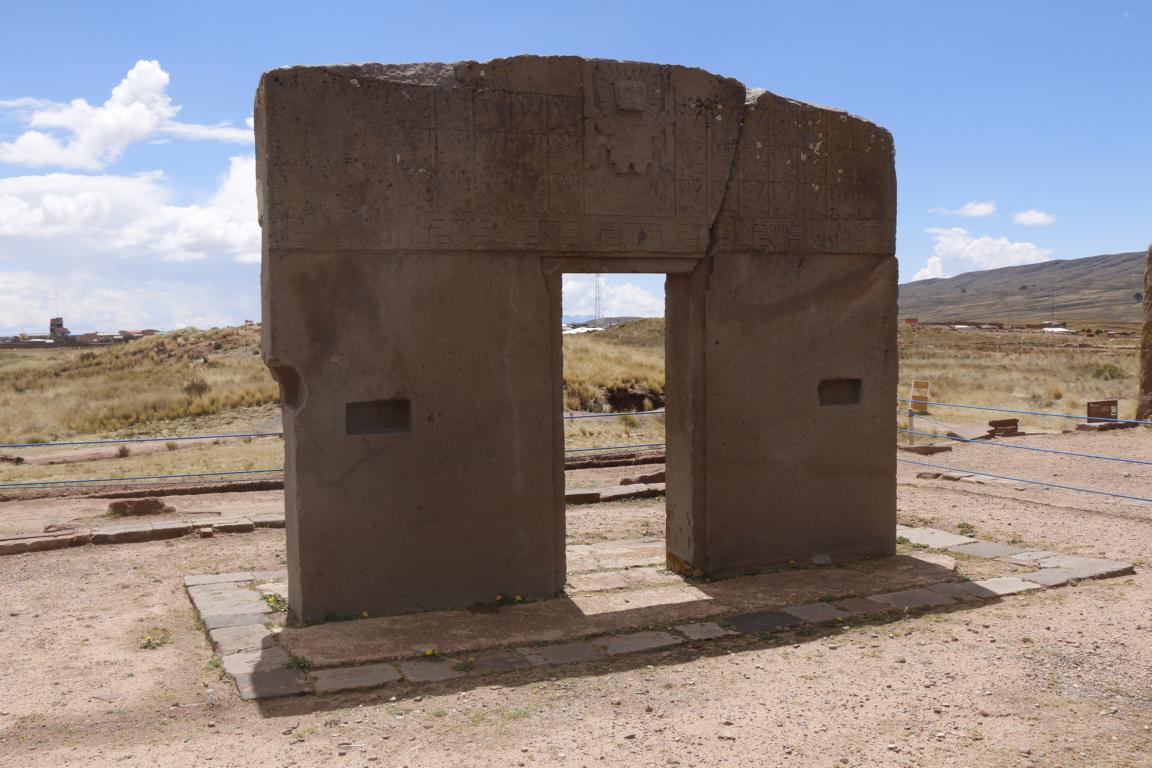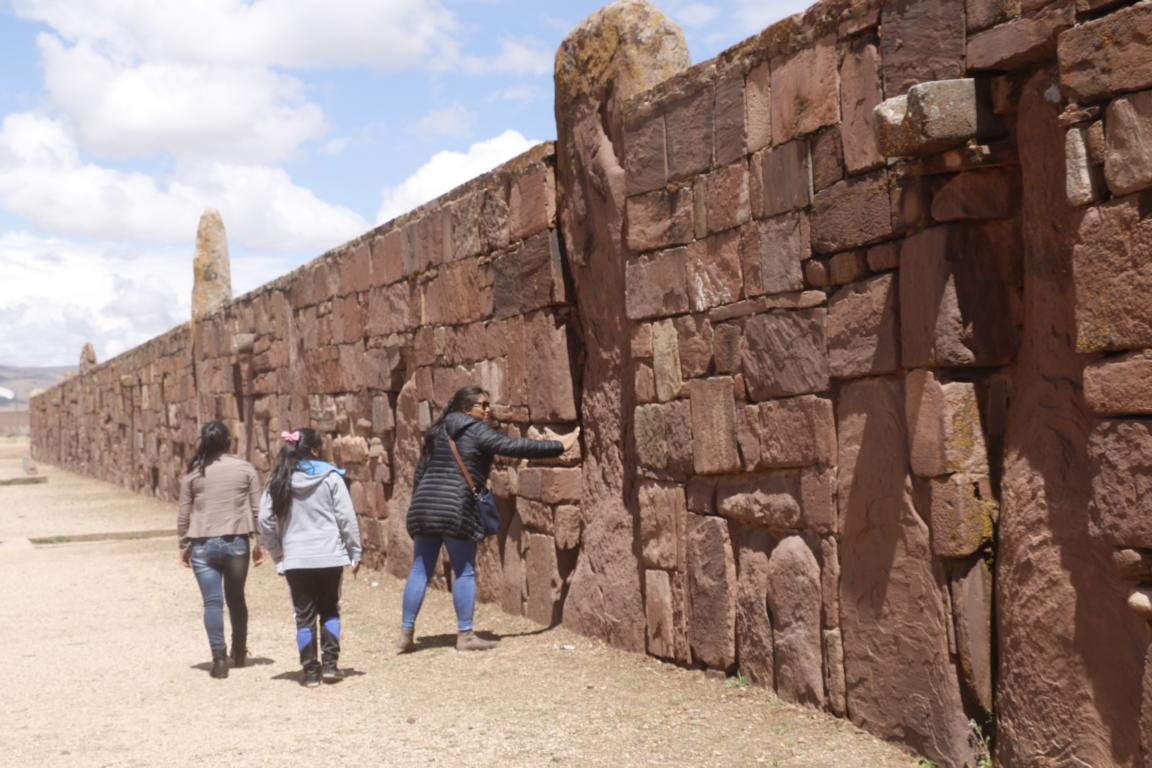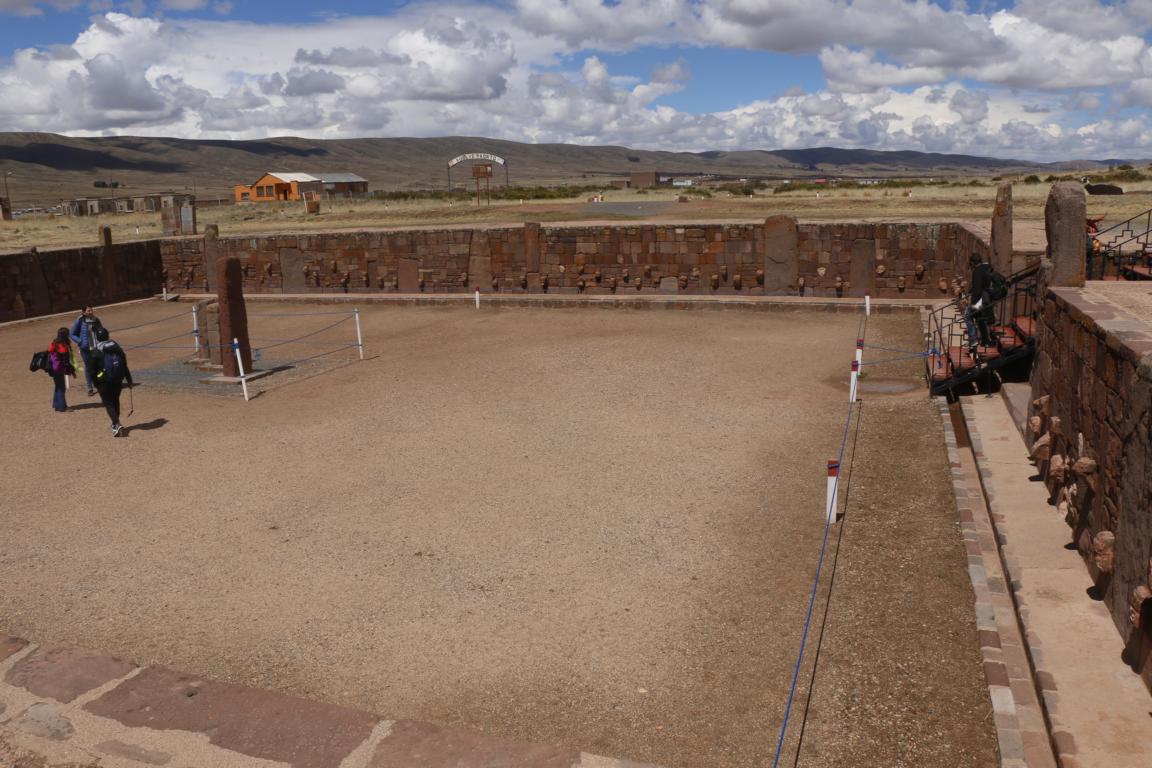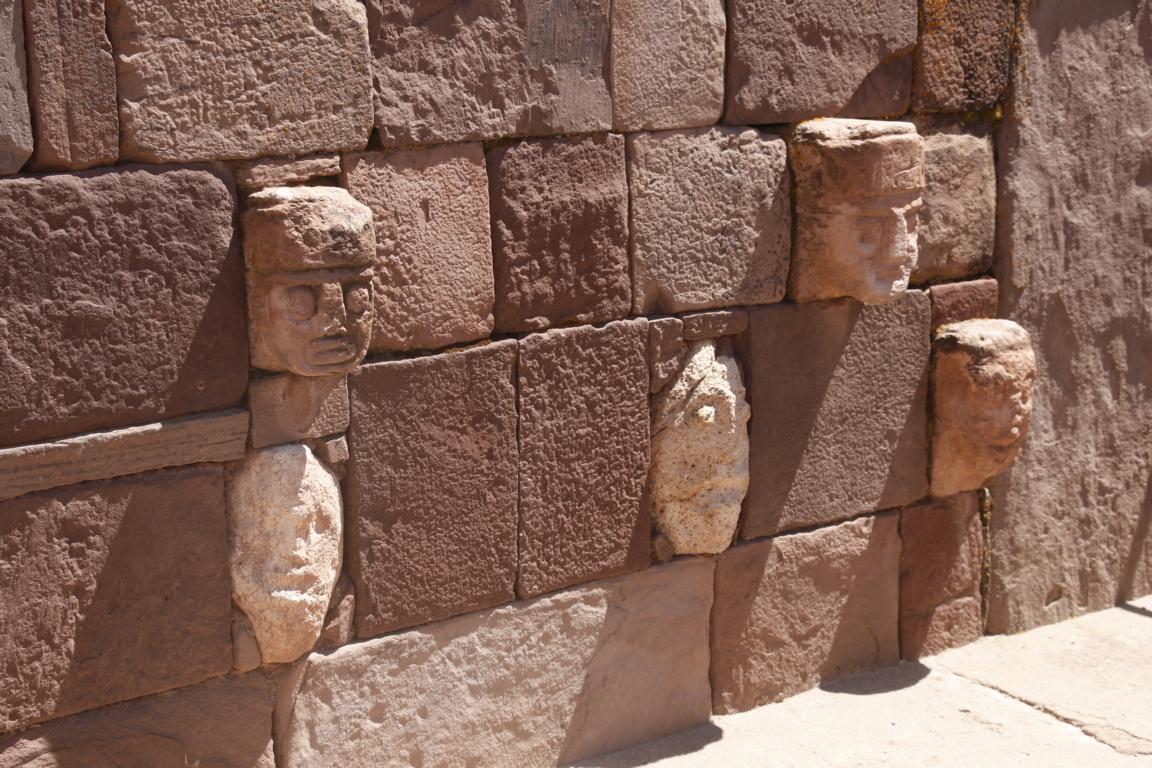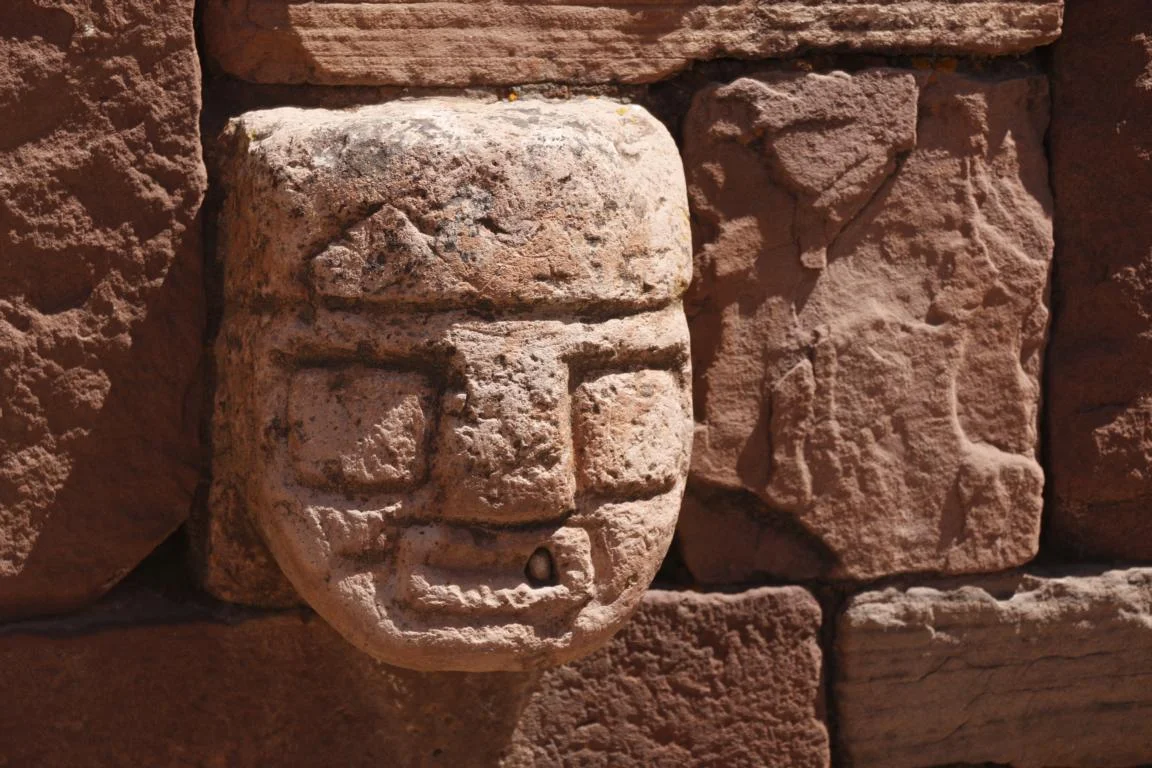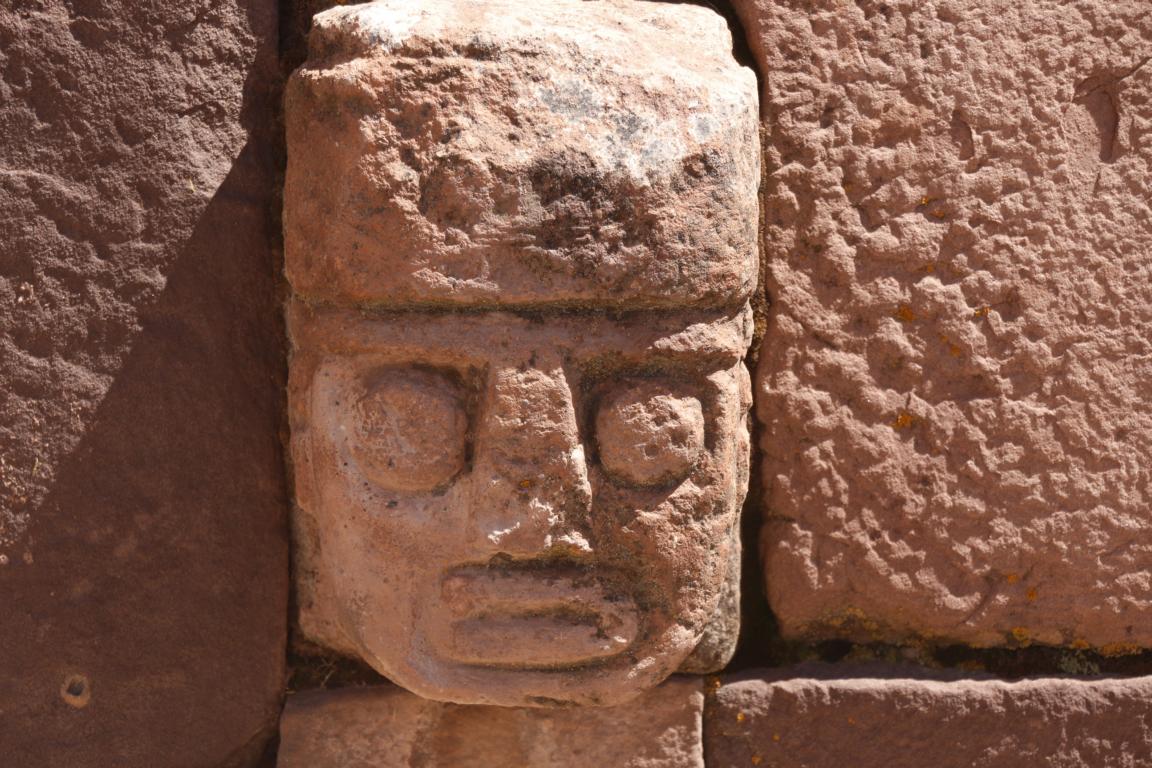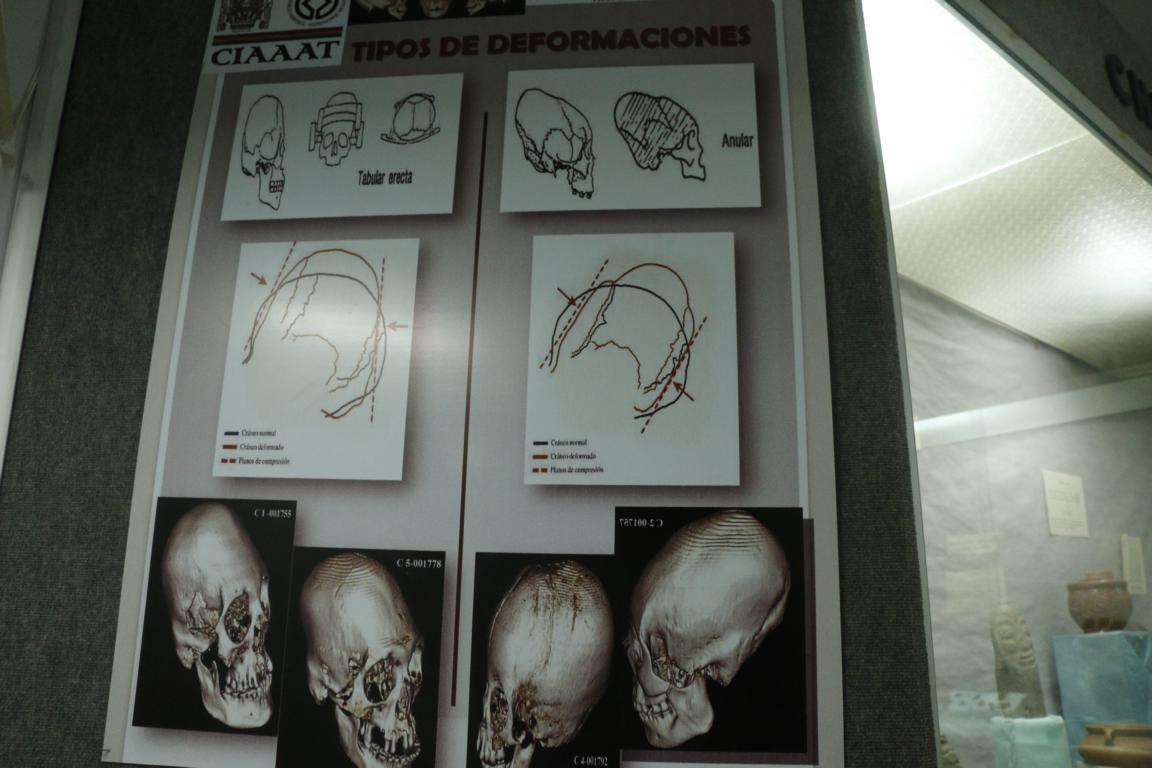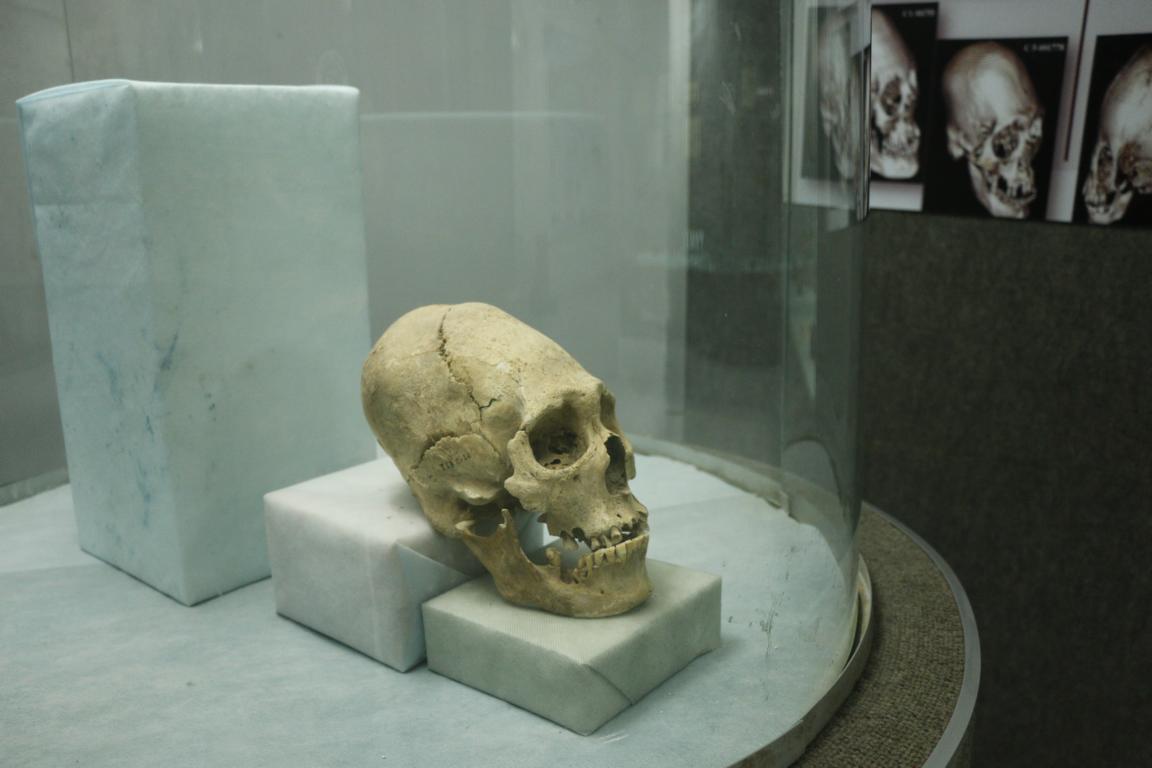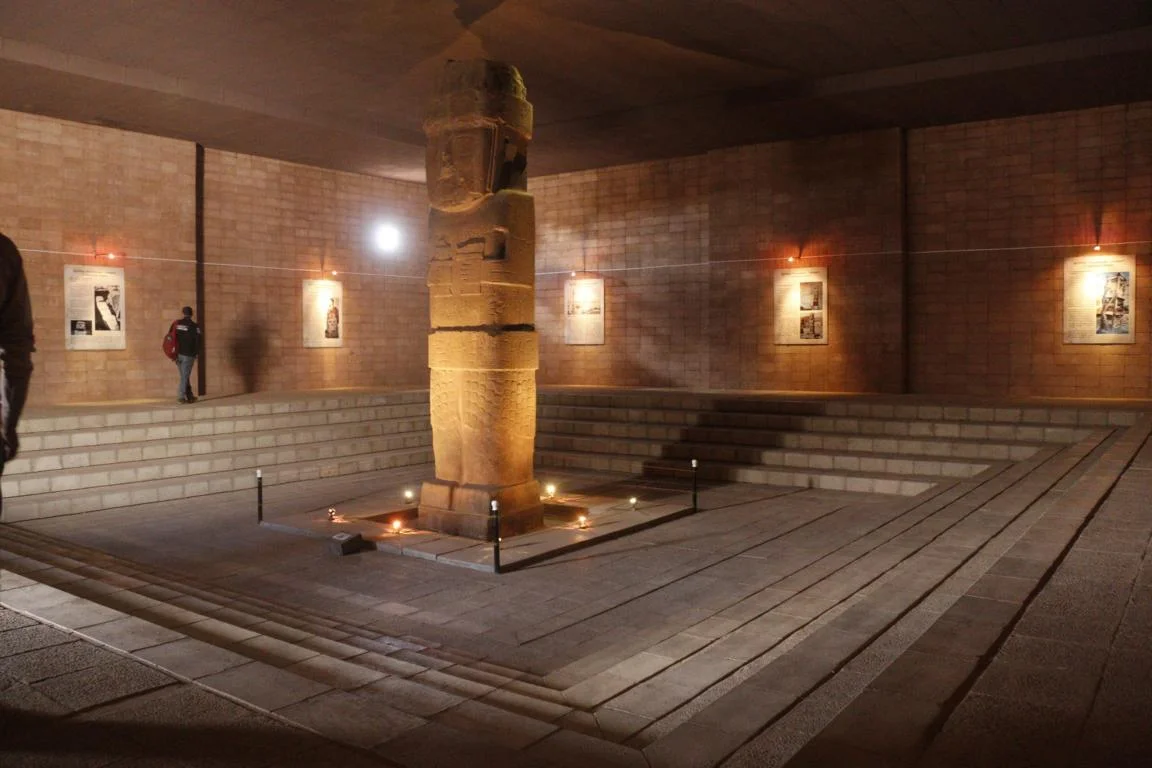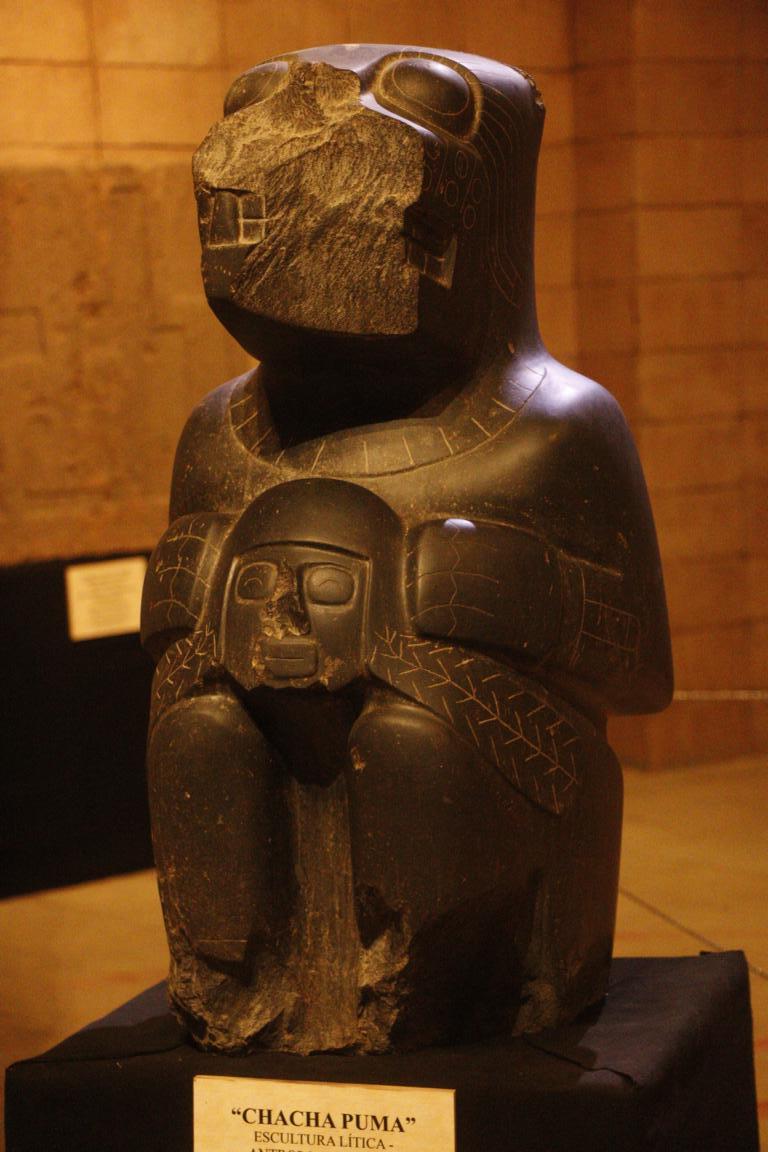Bolivia North-West, Oct 2017
The twin-cities La Paz and El Alto (which together have some 1,5 million inhabitants) are located between 3,200 and 4,100 m of altitude. There is a visible segregation between the rich who live in the lower parts (which are warmer and have more oxygen) and the poorer segment of the population living in El Alto (The High).
Squeezed into a canyon and suffering from constant traffic jams La Paz / El Alto in 2012 started to build a network of cable cars which help to transport people up, down and across the twin-cities.
While Sucre is the constitutional capital of Bolivia, La Paz is the administrative capital hosting the parliament and the seat of the government / presidential palace. The Iglesia de San Franciscus was founded in 1548.
Bolivians like to be on the streets, may it be for social gatherings or for demonstrations such as a protest march of the citizens of the town of Achacacha, who want their leaders released (who are accused of burning down a government building).
La Paz Street views: Most streets in La Paz are narrow and steep but nevertheless are used to set up little stalls such as the Mercado Negro (Black Market) and the Mercado de Hichicería (Witches’ Market). Lama fetuses are sold in the streets to be placed in the construction of basements of new buildings in order to bring luck. Judas and Huari are two popular beer brands. Popcorn comes in big bags.
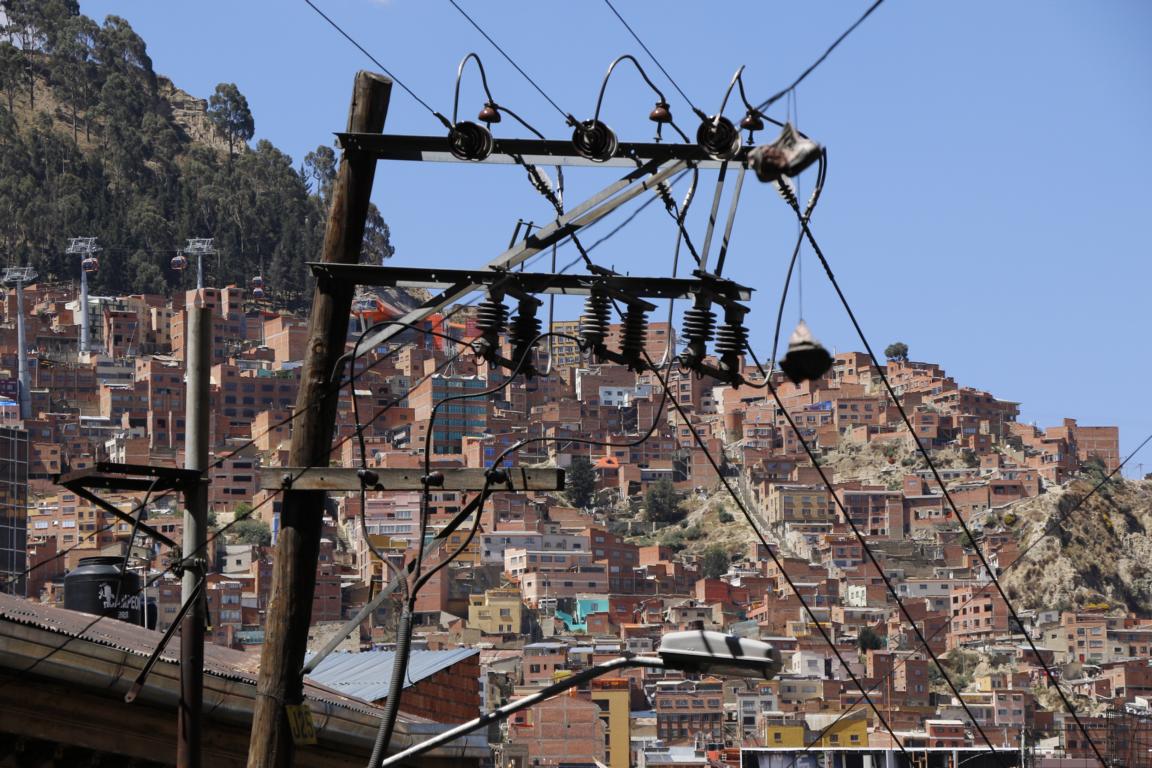
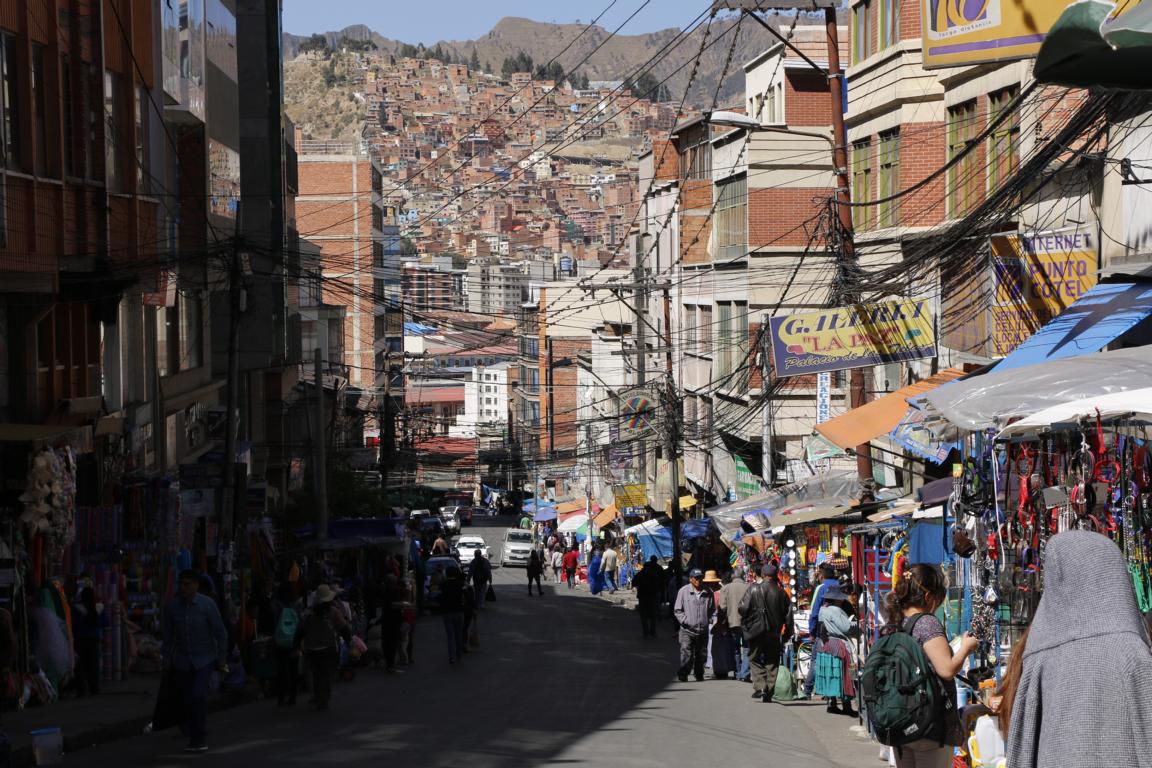
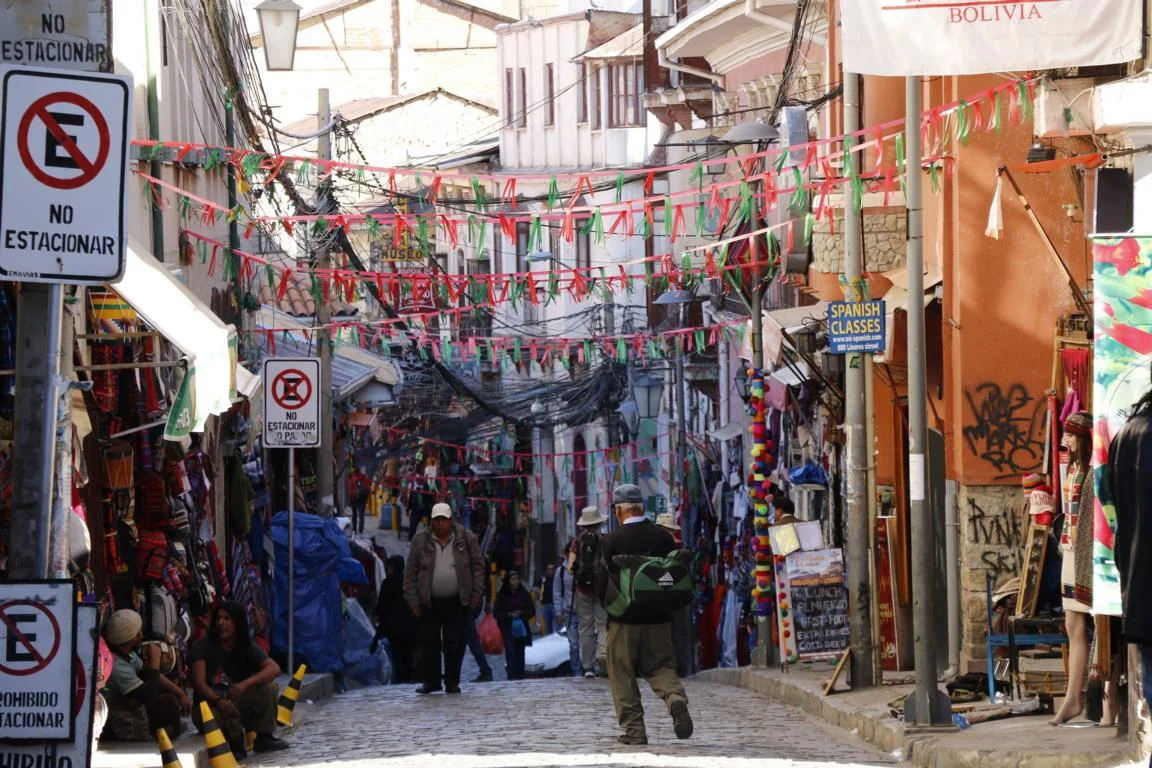
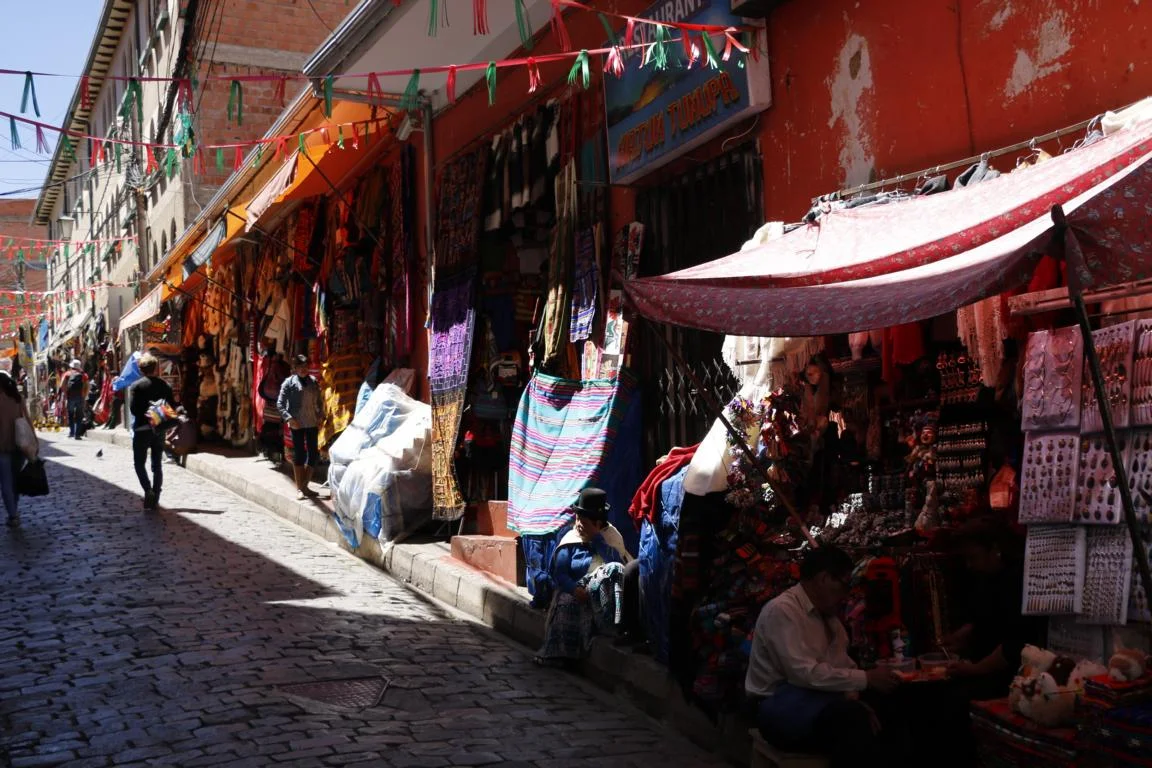

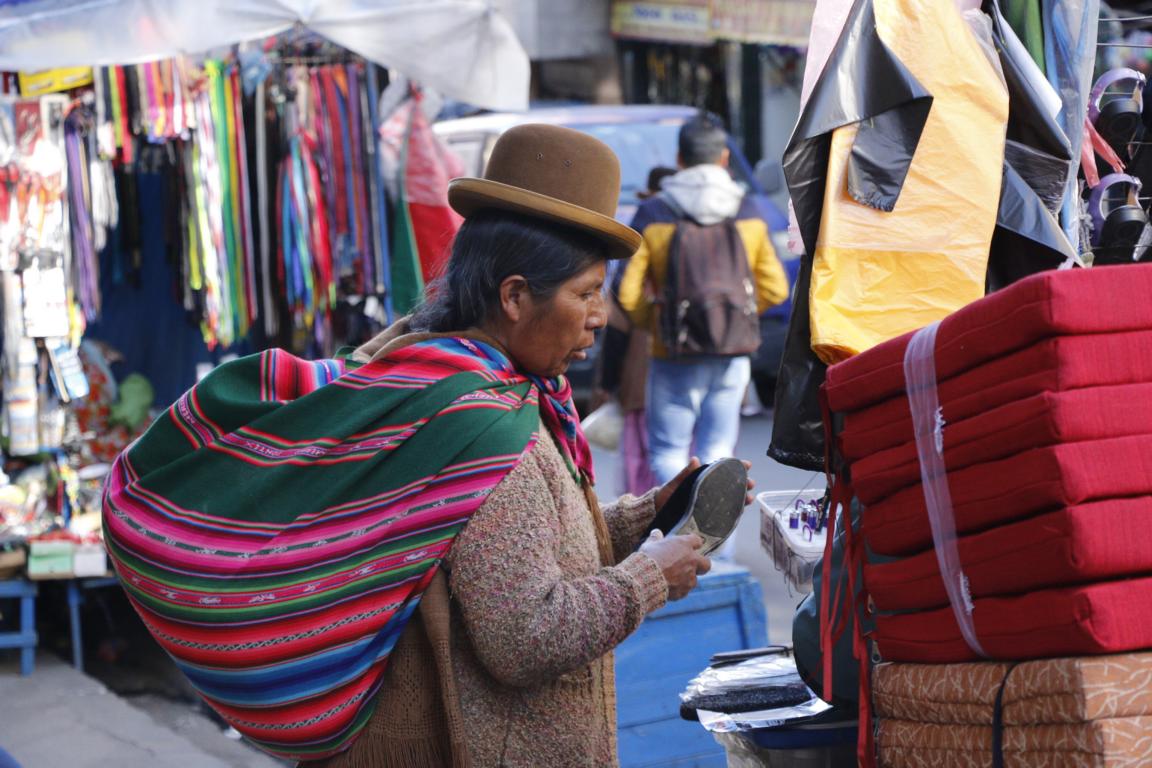
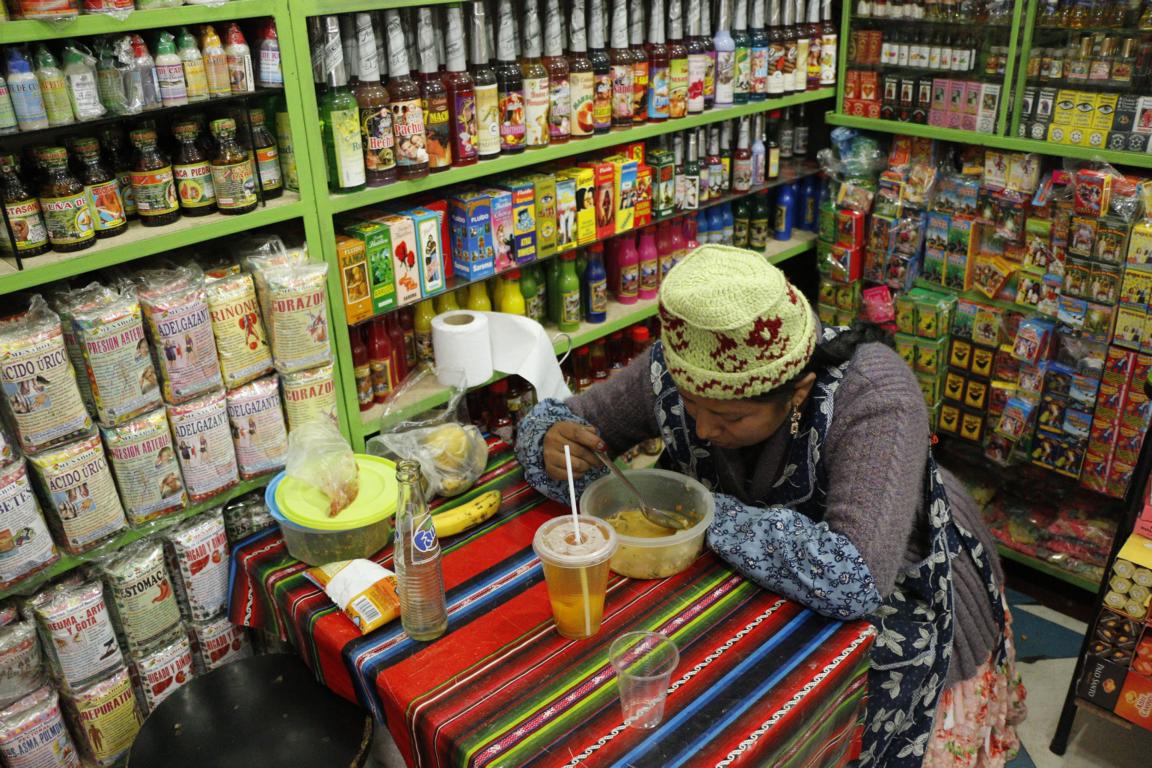
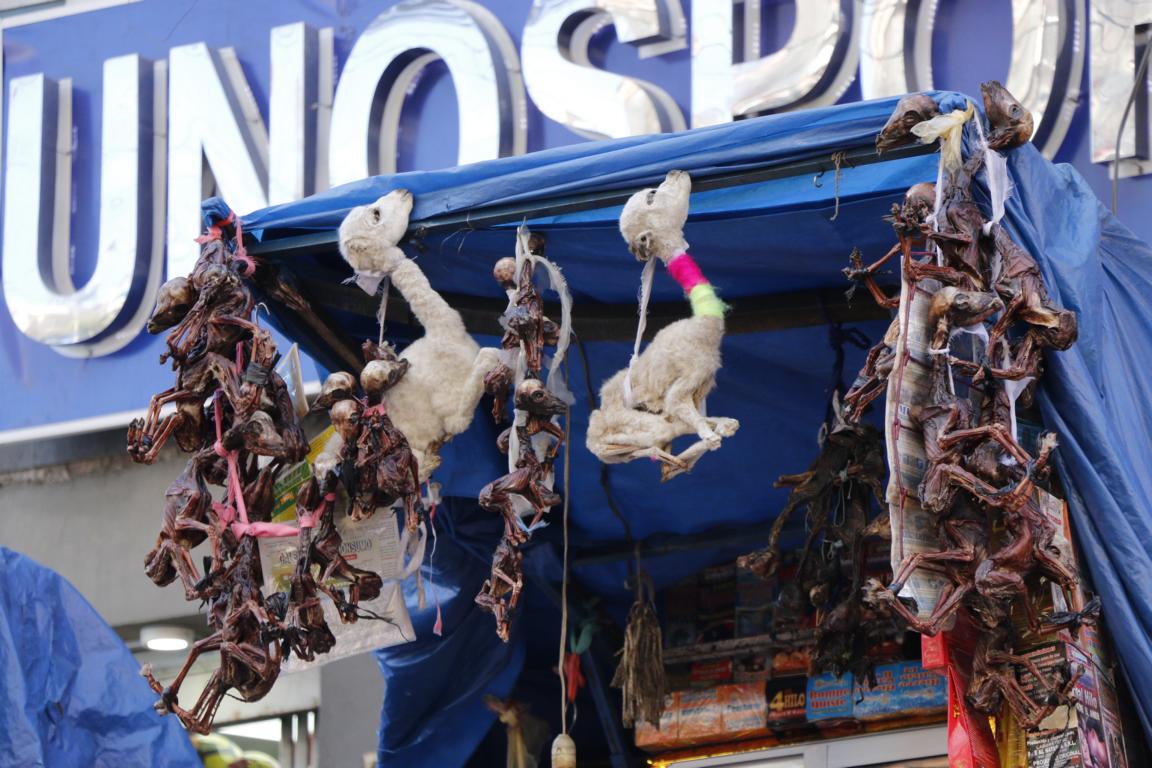
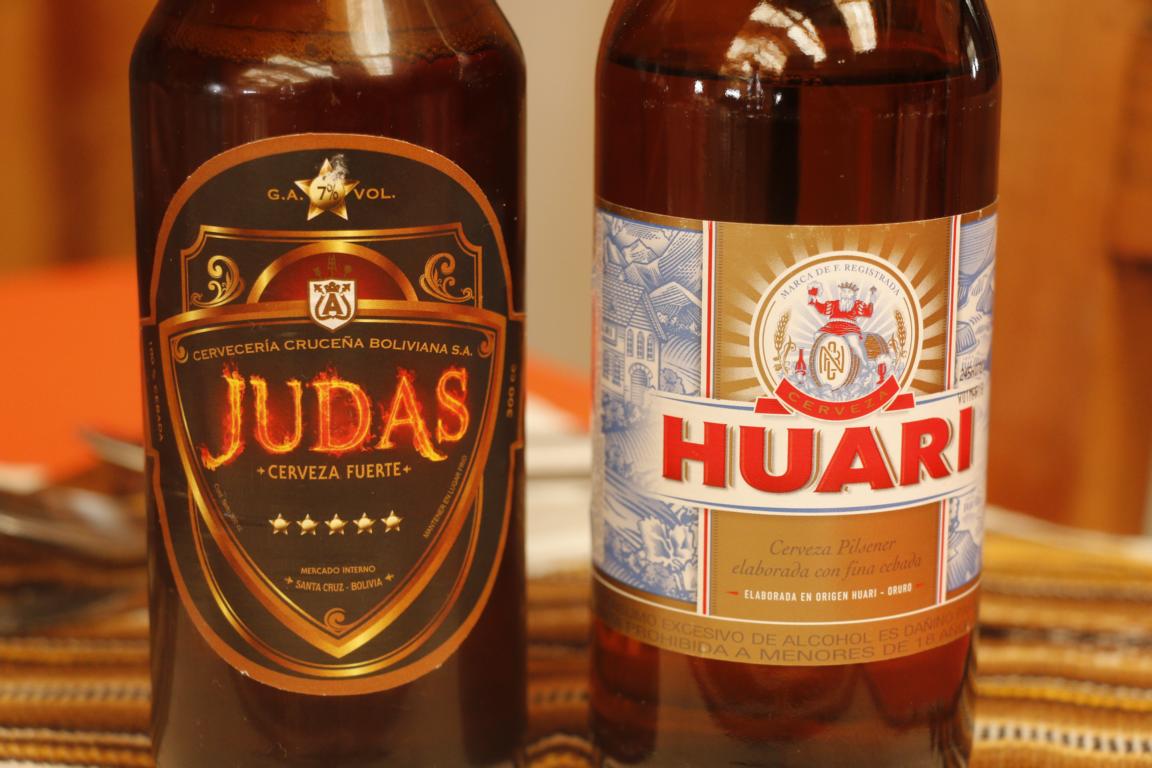
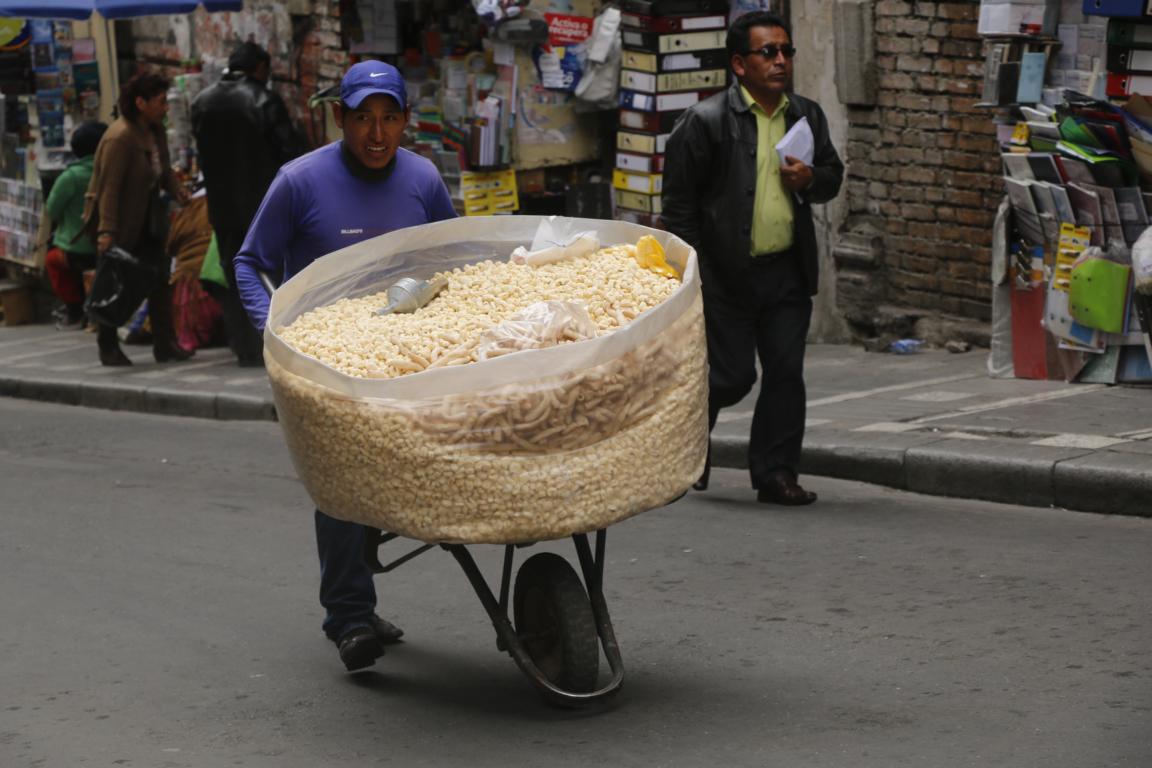
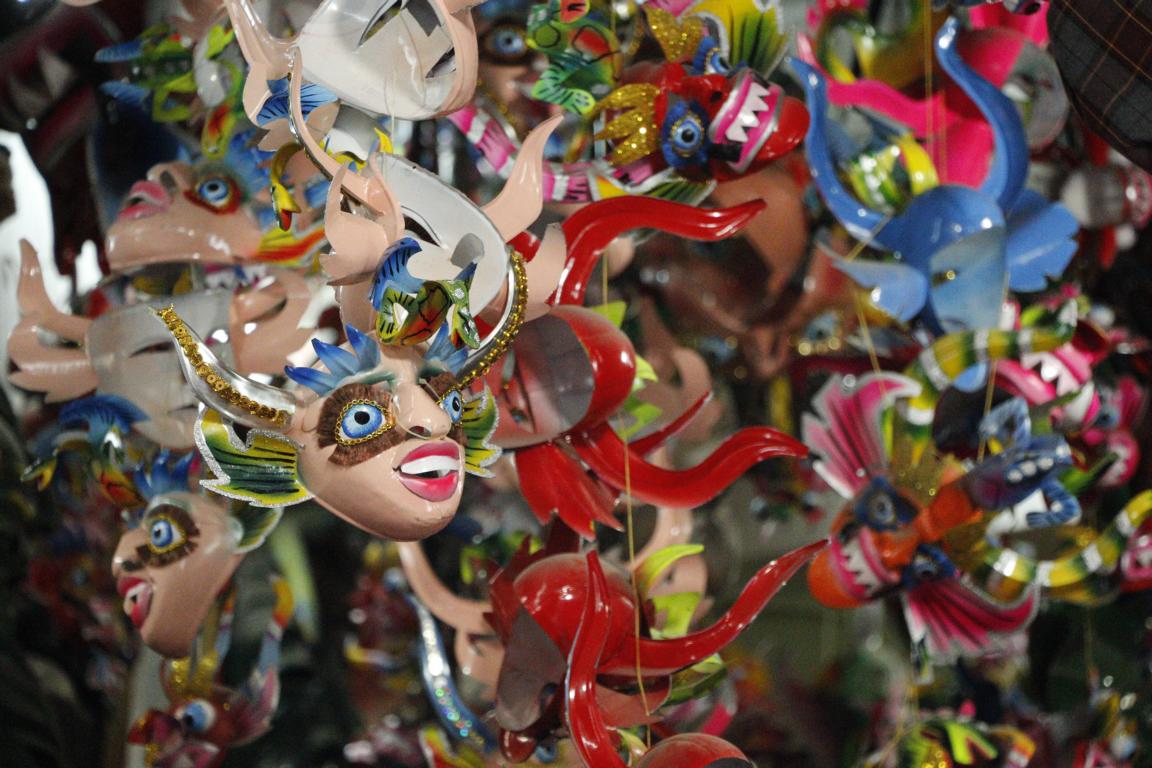
The consumption of coca in the form of chewing coca leaves or drinking mate de coca is widely applied in Bolivia and adjacent regions of neighboring countries. Coca is known throughout the world for its psychoactive alkaloid, cocaine. The alkaloid content of coca leaves is relatively low, between 0.25% and 0.77%. The native people use it for a stimulant, like coffee, an energy source. Extraction of cocaine from coca requires several solvents and a chemical process known as an acid / base extraction, which can fairly easily extract the alkaloids from the plant (Wikipedia).
Legally coca leaves are banned by the 1961 Single Convention on Narcotic Drugs determining that "The Parties shall so far as possible enforce the uprooting of all coca bushes which grow wild. They shall destroy the coca bushes if illegally cultivated" (Art. 26), and that, "Coca leaf chewing must be abolished within twenty-five years from the coming into force of this Convention".
However, under president Evo Morales, who was a coca farmer himself, Art. 384 of the new 2007 Bolivian Constitution regulates: “The State shall protect native and ancestral coca as cultural patrimony, a renewable natural resource of Bolivia's biodiversity, and as a factor of social cohesion; in its natural state it is not a narcotic. Its revaluing, production, commercialization, and industrialization shall be regulated by law.”
In a well-balanced exhibition the Coca Museum in La Paz informs about the long historic tradition of coca consumption, its spiritual background, the importance to help people to sustain the harsh living conditions as well as the dangers of cocaine addiction. Consuming coca leaves enables the body to use oxygen more efficiently.
While until 1912 Coca Cola contained cocaine today only the aroma of the coca leaves is included making Coca Cola the biggest buyer of Coca leaves.
La Paz faces a serious air and water pollution as well as waste management problem.
Bolivian women are strong and energetic - see the wall painting of a women assistance center (Mujeres en Busca de Justicia / Women in Search of Justice) and some paintings in the museums.
Cholita wrestling (cholita is the name for a traditional Andean woman wearing a hat and numerous underskirts) has become a major tourist attraction. The sport started some decades ago when women commenced training to defend themselves against domestic violence. While it is of course more show than serious fighting the acrobatics involved nevertheless are impressive.
La Paz is a great center for outdoor sports. One highlight is a mountain bike tour down the Ruta de la Muerte (the Death Road) which until a new road was constructed in 2006 was considered the deadliest and most dangerours road in the world.
Built in the 1930s by Paraguayan war prisoners an average of 200 to 300 people died in car accidents every year. Today it is a popular 50 km downhill track from the Paso La Cumbre at 4,700m to the small town of Coroico (1,200m). While the beginning of the route is asphalt most of the road still is gravel. It is obligatory to drive on the left side (!) in order to enable drivers of vehicles to use the last centimeters to the edge when passing-by another car.
Chacaltaya (30 km north of El Alto) from 1933 until 2006 was Peru´s number-one skiing center until global warming melted away the glacier. The mountain chalet at 5,200m can easily be reached by car. In the far distance one can see La Paz / El Alto.
The Huayna Potosi (6,088m) is one of the many high mountains surrounding La Paz. Its popular for mountaineering as one can drive up to base camp (4,700 m) from where it is a 2 to 3 hour walk to the high-camp, a mountain chalet at 5,150m. From there it takes 4 to 7 hours to reach the summit in a combination of glacier walking and climbing. As you will see from the pics it was harder than I expected. During the hike I was accompanied by a German travel mate Andreas and the mountain guide Miguel.
South-east of La Paz there is nice paragliding site. The day when we were flying was a bit bumpy due to heavy wind from the south.
Lake Titicaca located at 3,812 m of altitude is the largest lake in South-America. The 190 km long, 80 km broad and 291 m deep lake is divided between Peru (60%) and Bolivia (40%). Water temperature varies between 10 and 14 degree C. The area is inhabited since many thousand years. The most important city on the Bolivian side is Copacabana, home to the famous Virgin de Copacabana.
Close to Copacabana are the two mythical islands Isla del Sol (Island of the Sun) and Isla de la Luna (Island of the Moon) home to pre-Inca and Inca communities and religious sites.
People around the Lake Titicaca still know the techniques to build ships out of reed. Boats of this type can last several months before disintegrating. Norwegian adventurer Thor Heyerdahl sought technical advice from traditional shipbuilders at Lake Titicaca when constructing a papyrus boat (Ra II) in order to cross the Atlantic Ocean in 1970.
Tiwanaku (settled for several thousand years) once was a spiritual center and town of 100,000 inhabitants governing over an empire encompassing parts of Peru and Bolivia. The believe was that at the place where a pyramid-observatory and a huge stone calendar were erected cosmic energy vertically comes down to earth. In an ancient practice parents of the elite deformed the sculls of their children in order to distinguish them from ordinary people. Tiwanaku also is the place where the famous Gate of the Sun and the Cacha Puma (Puma Man) statue were found.
